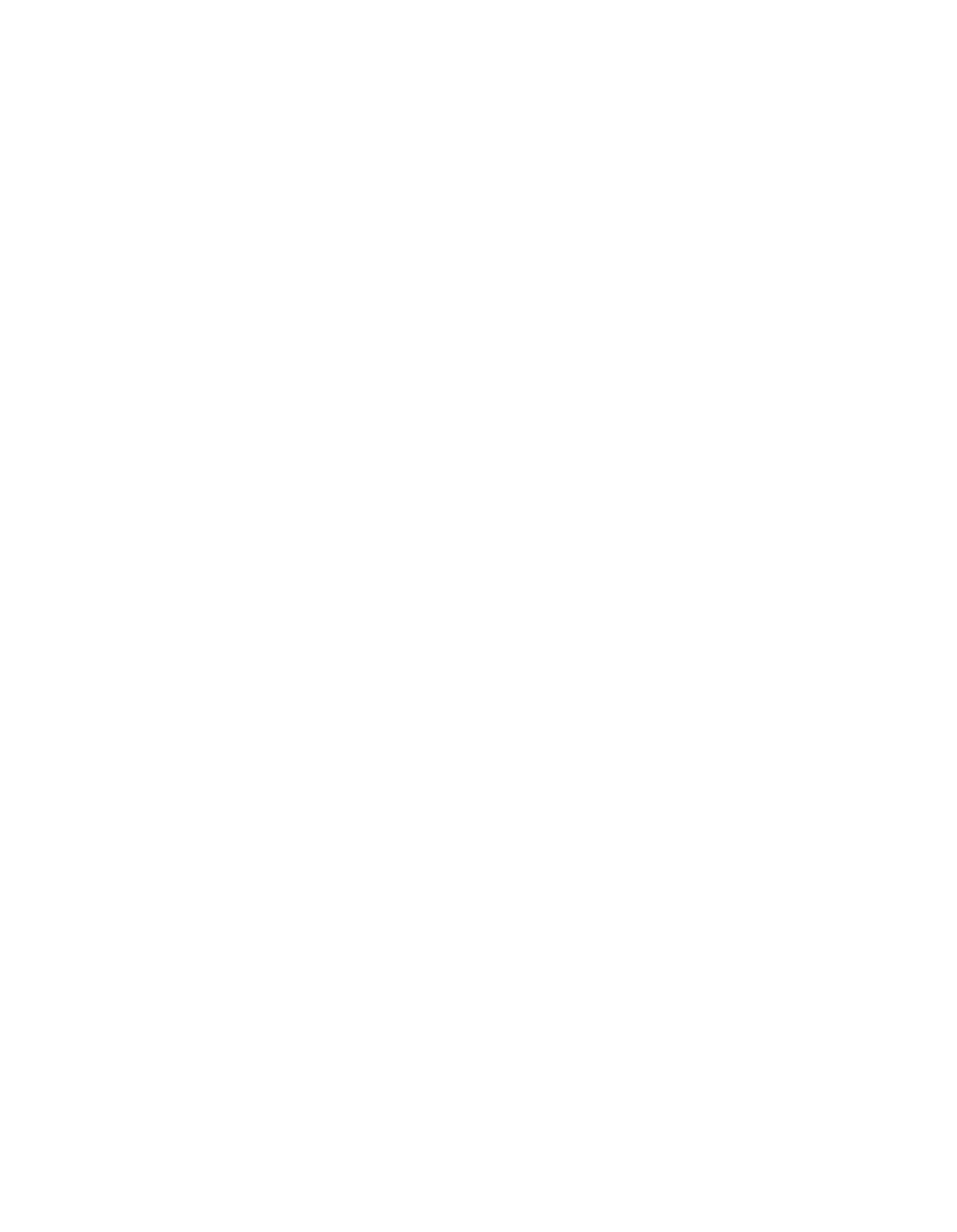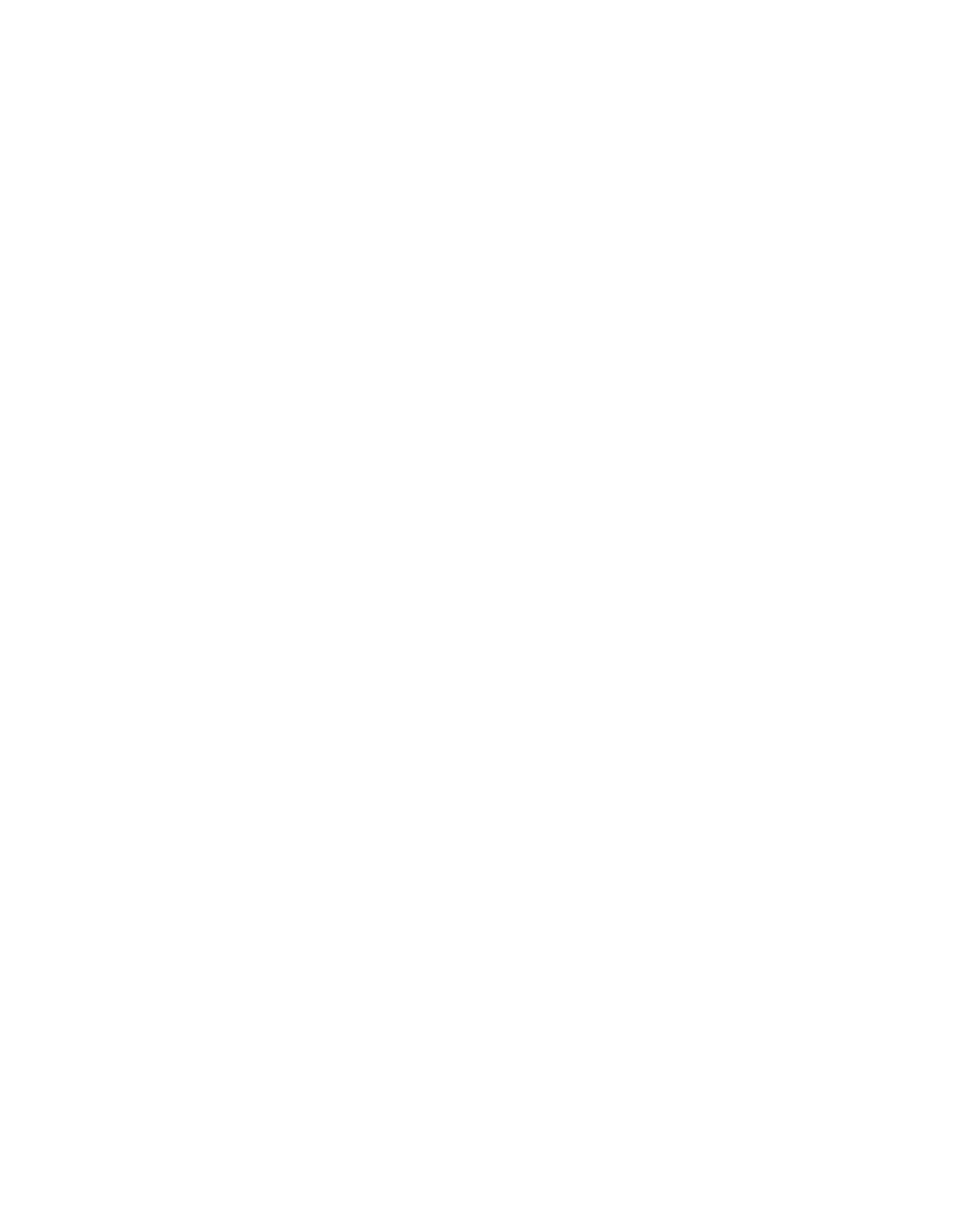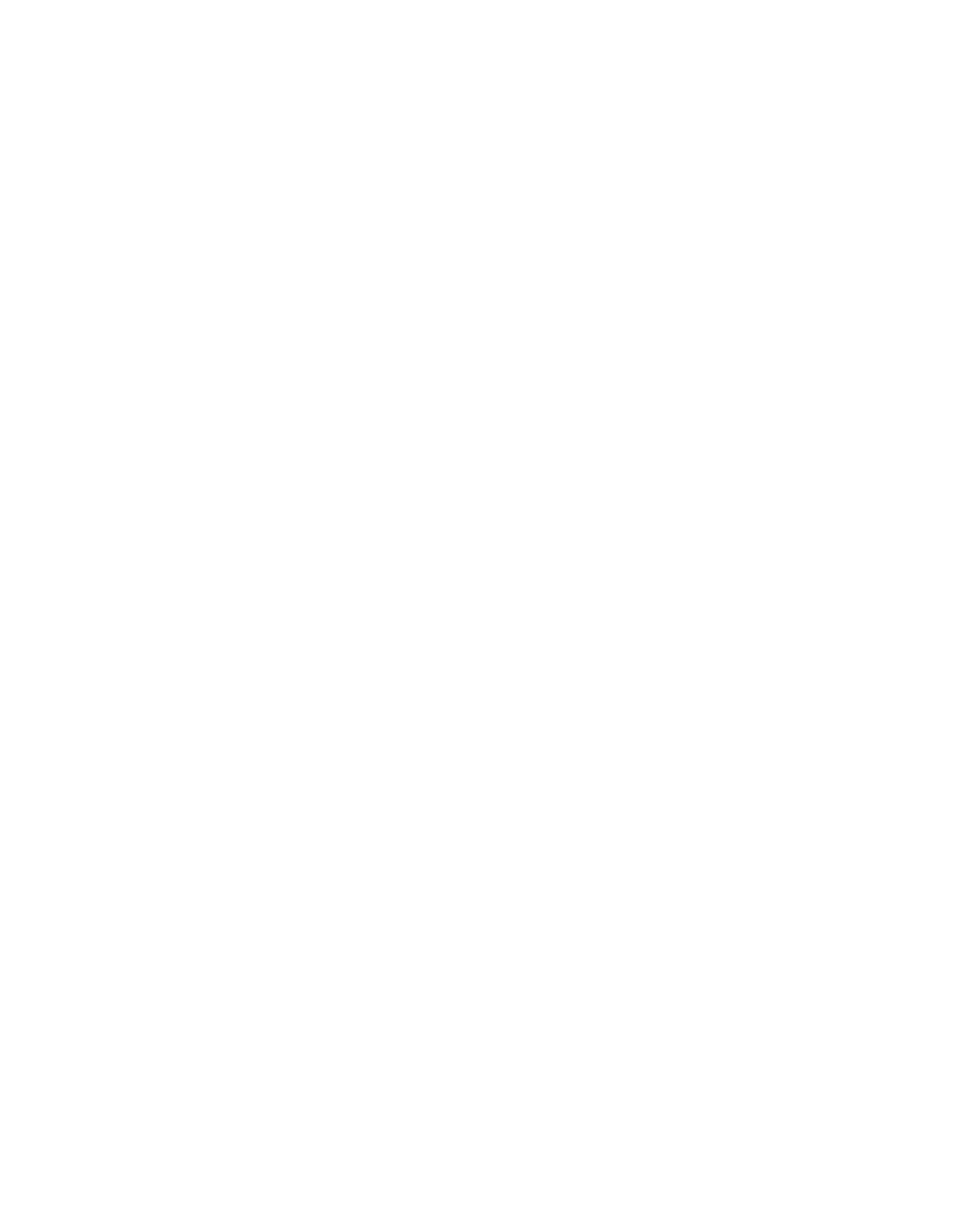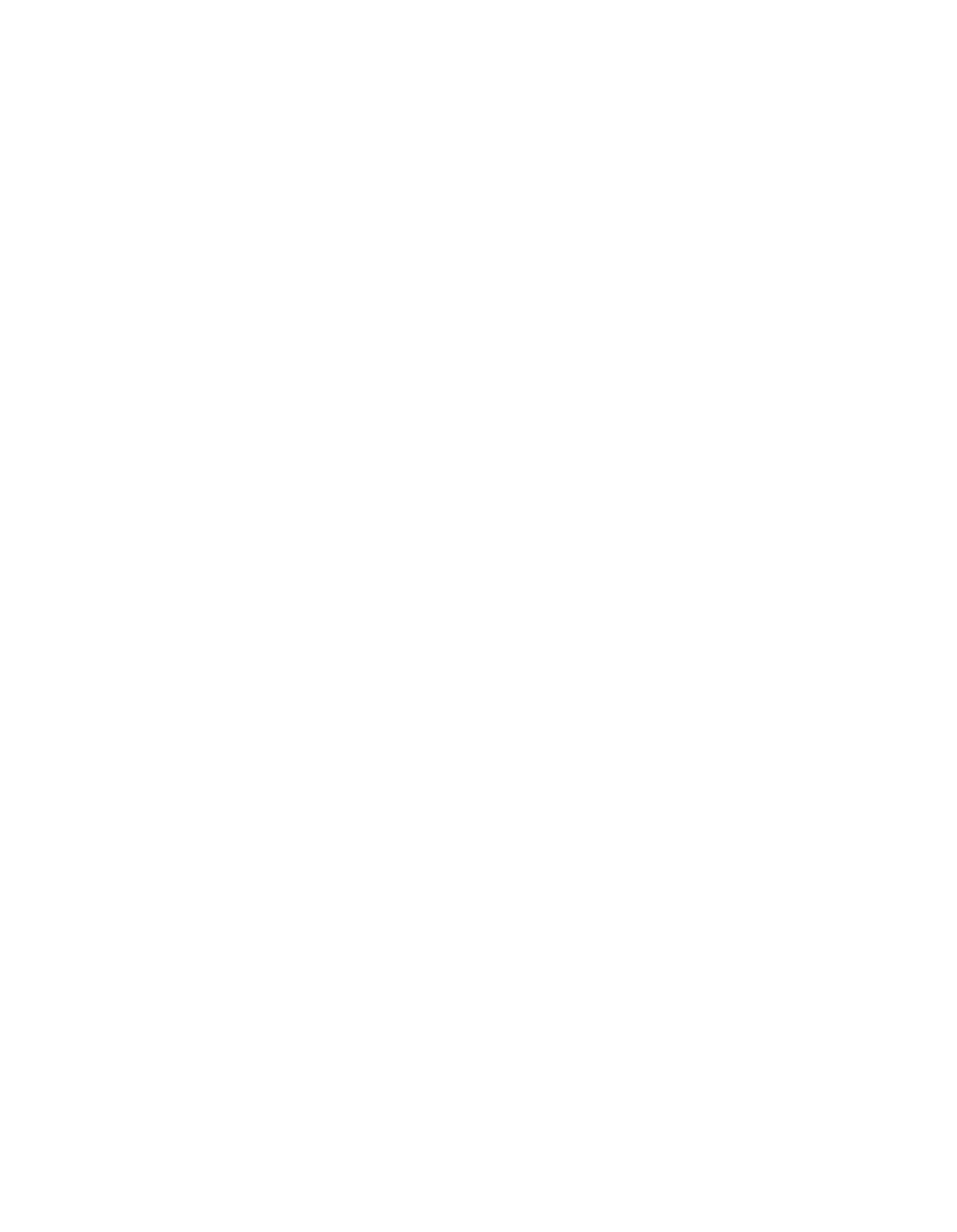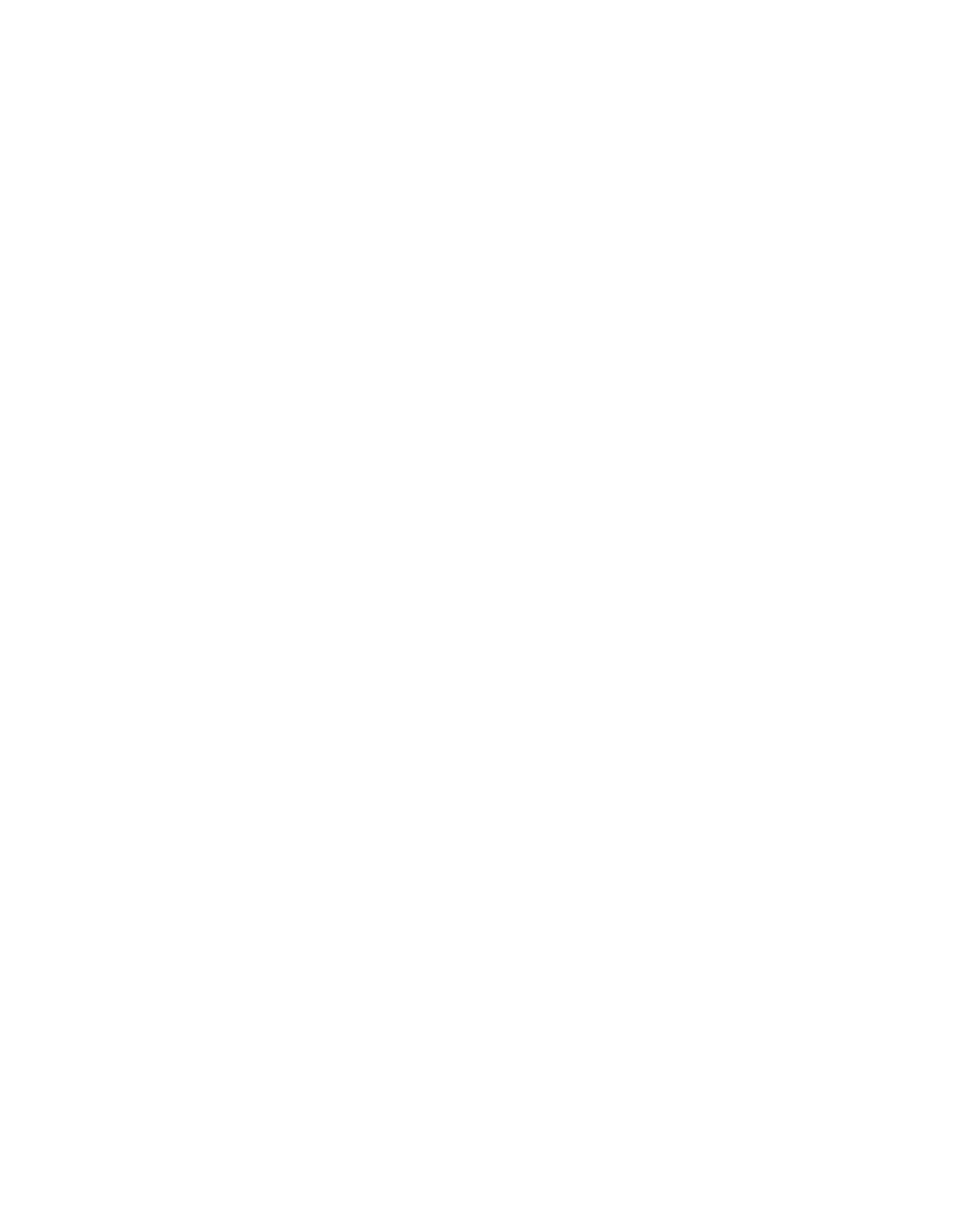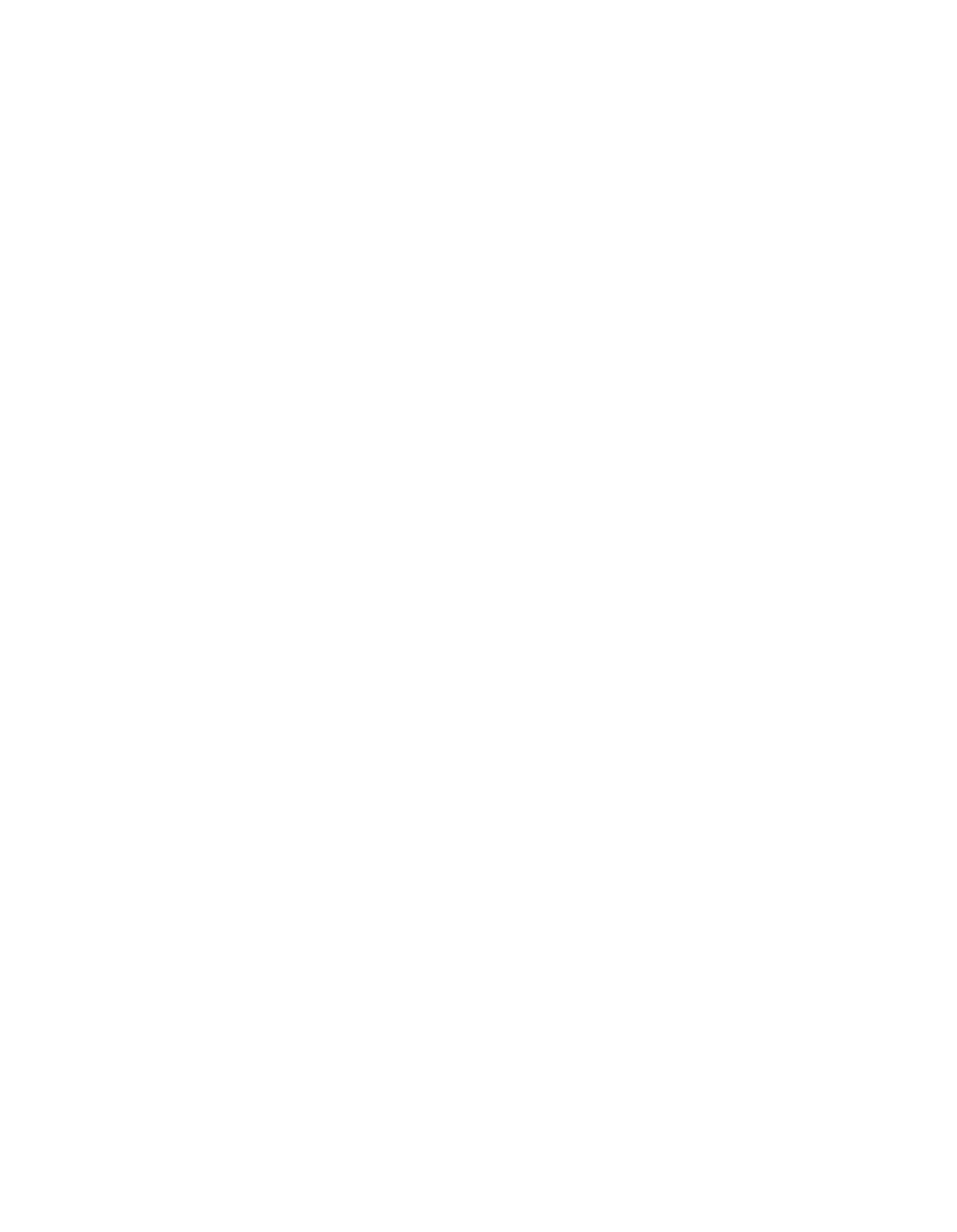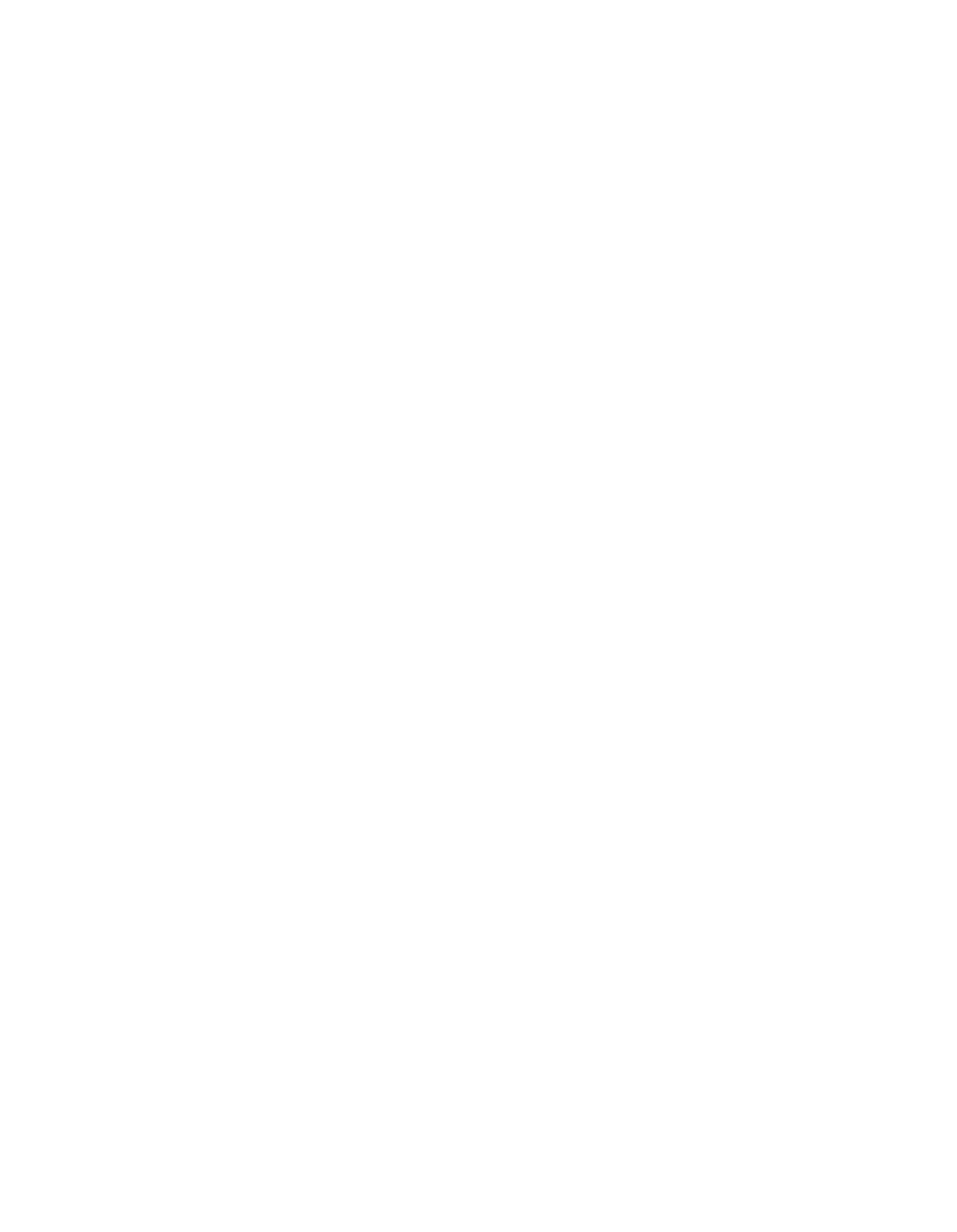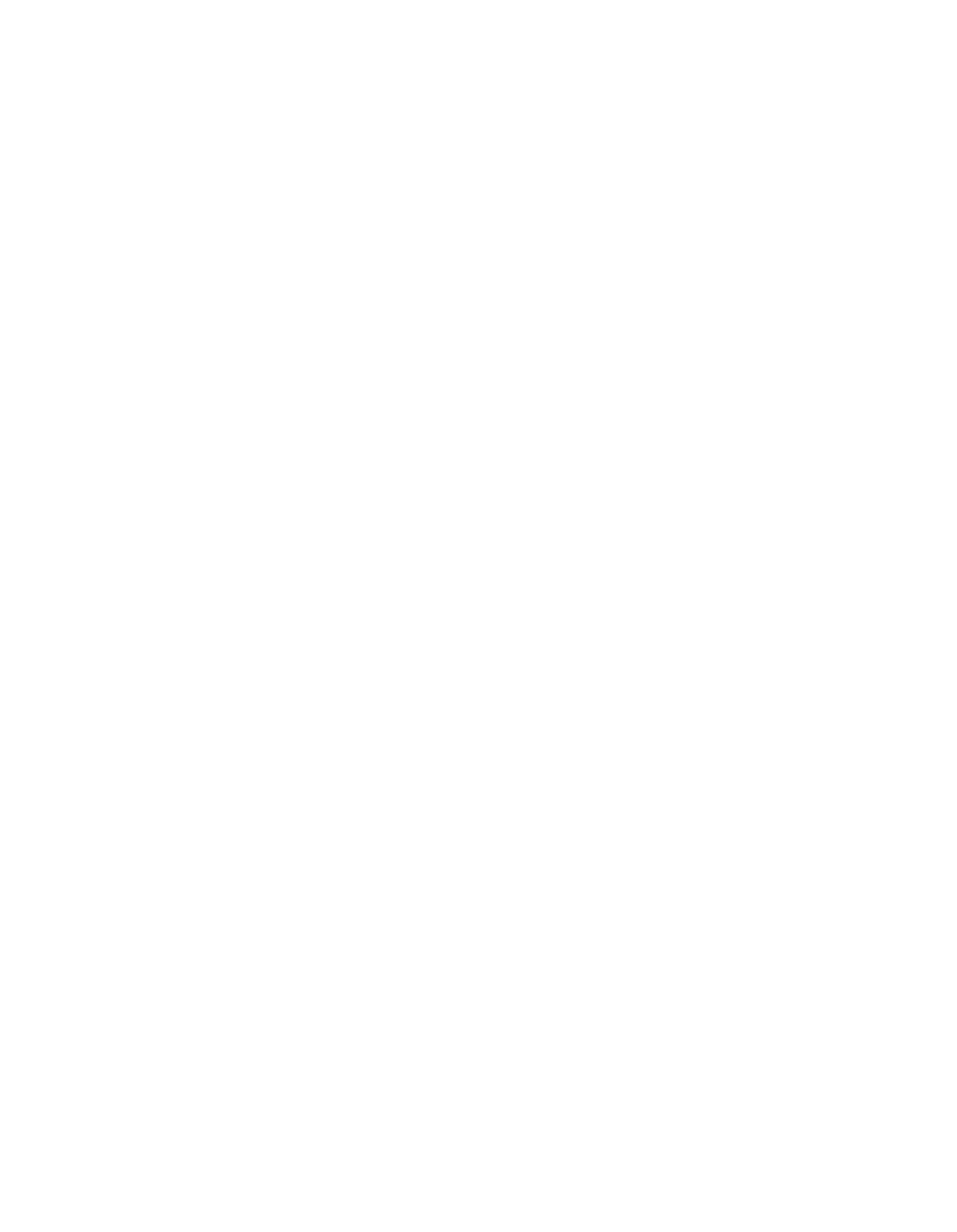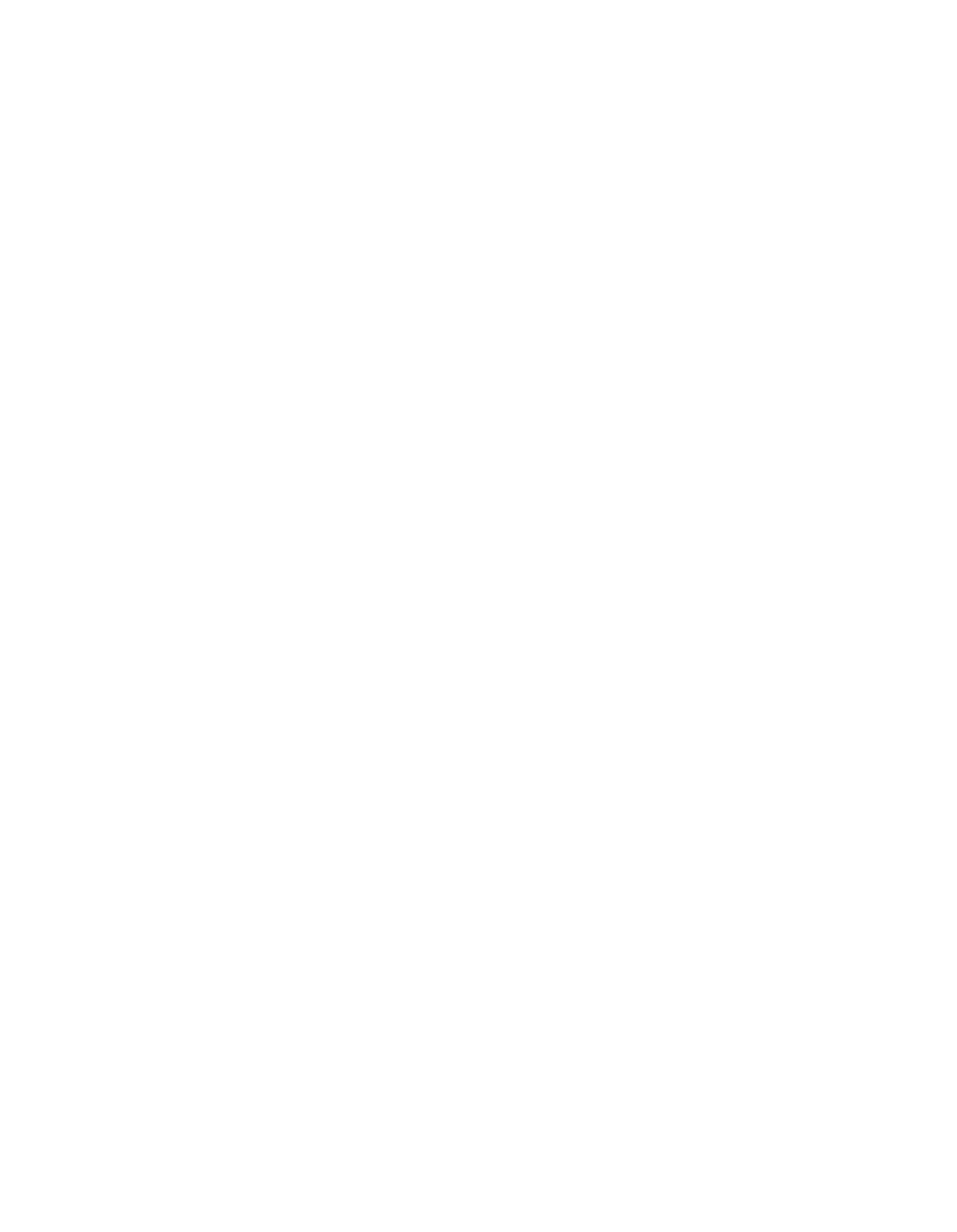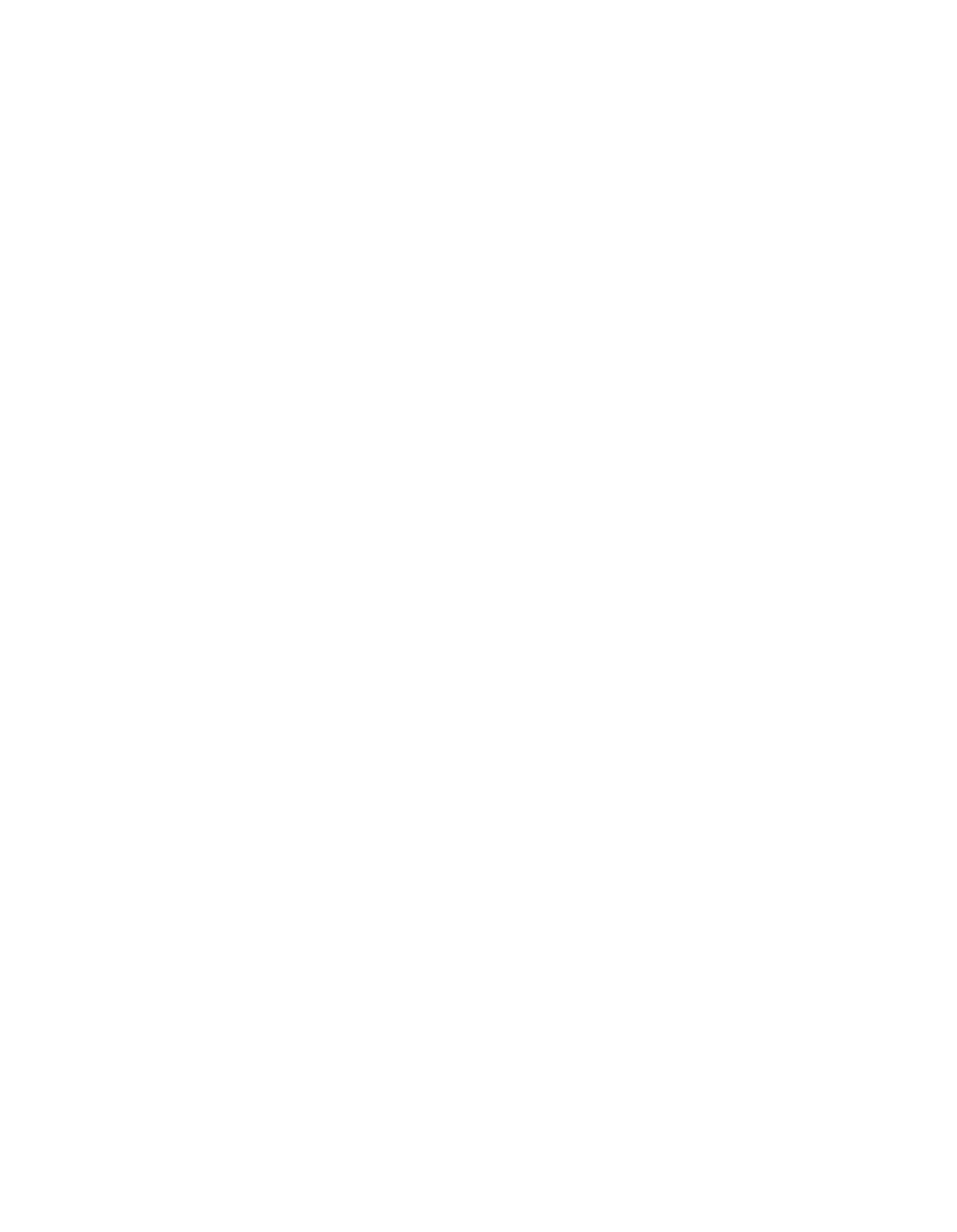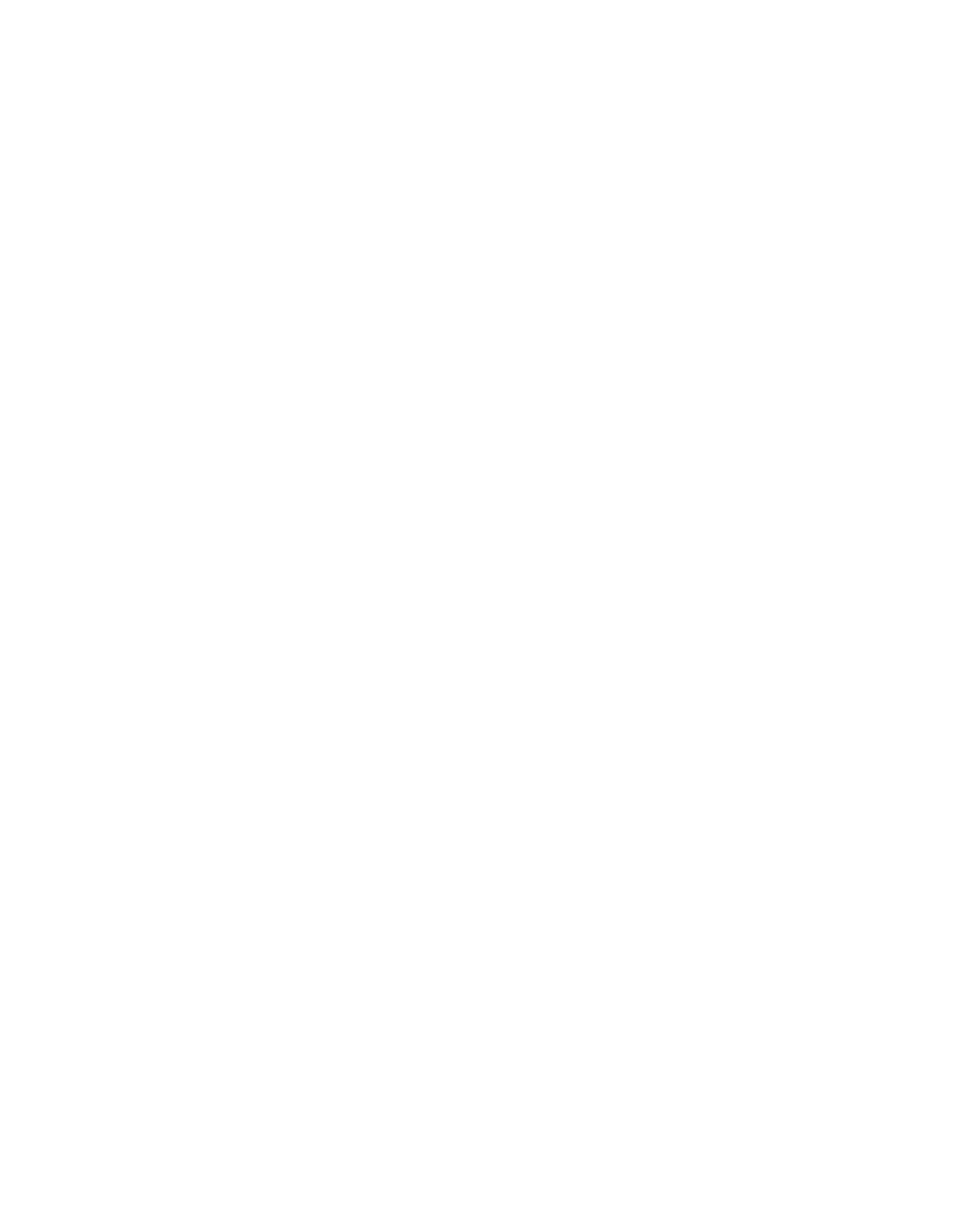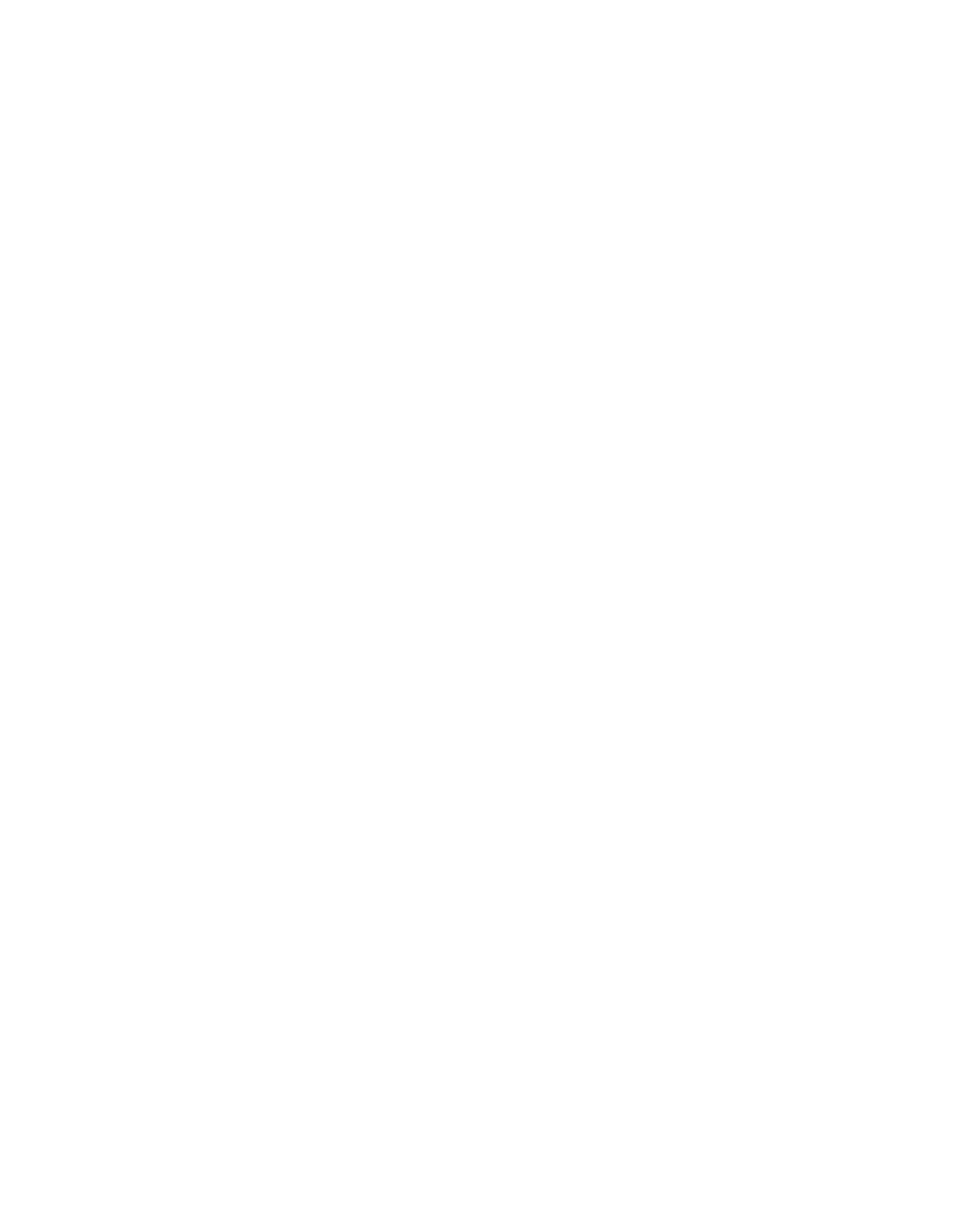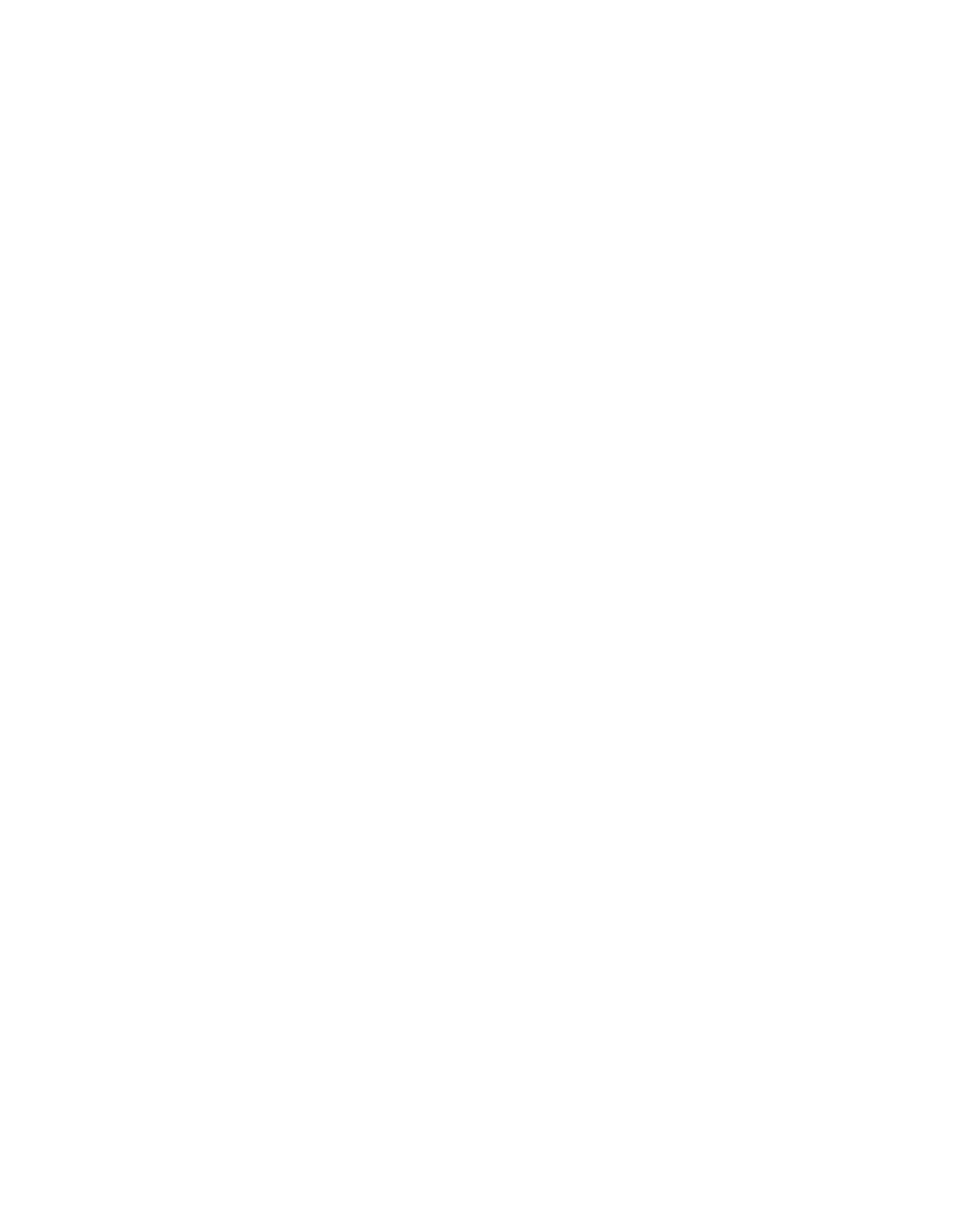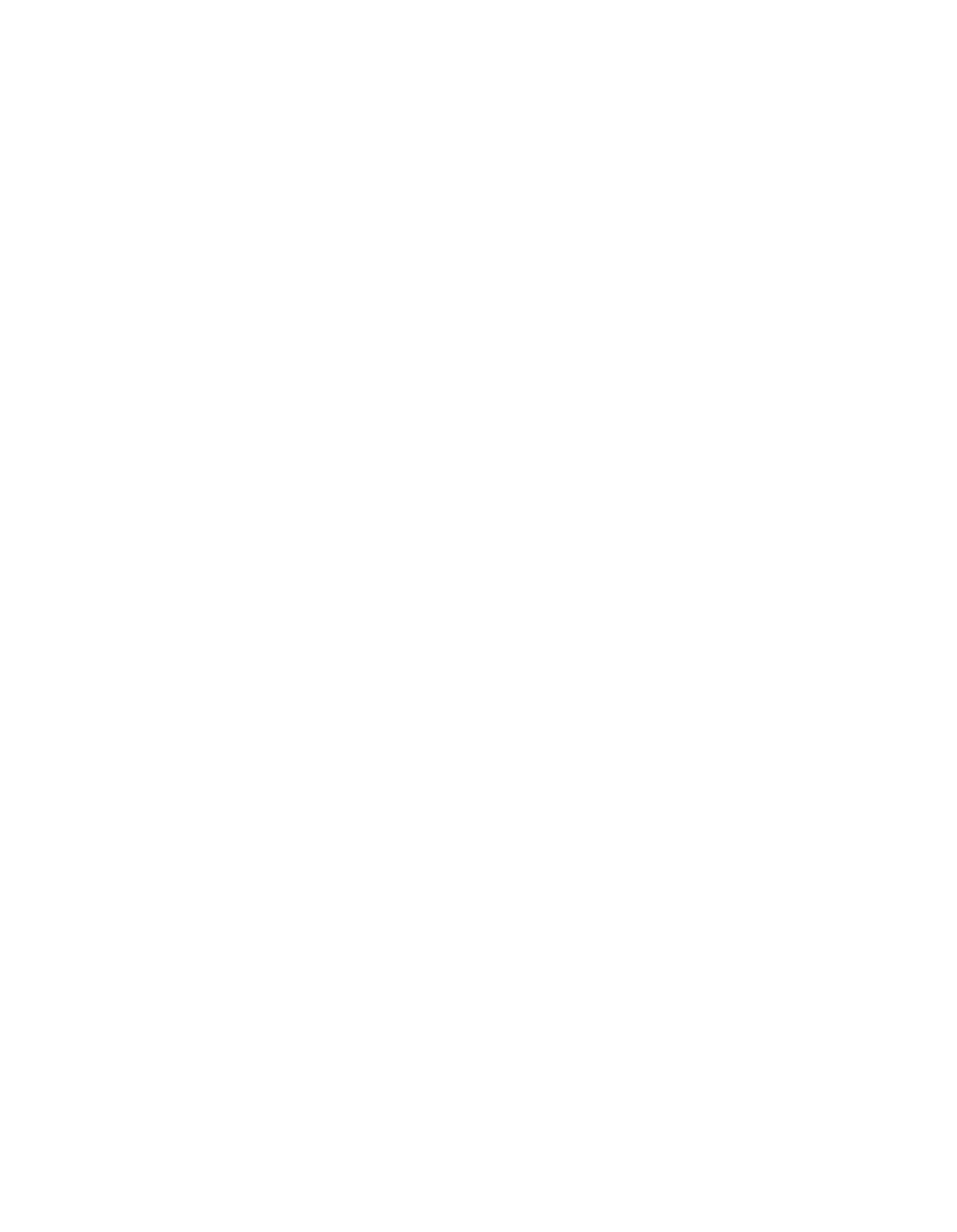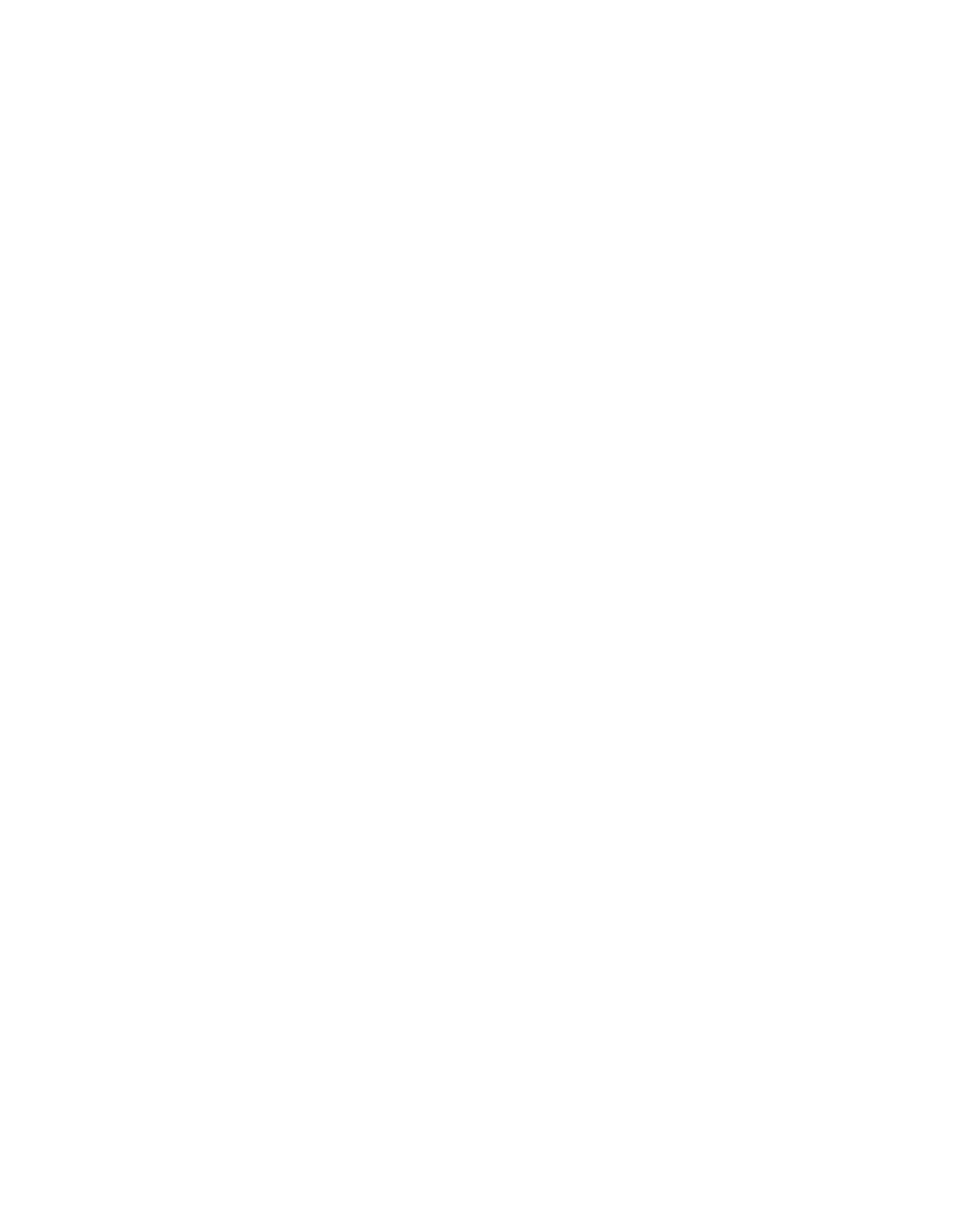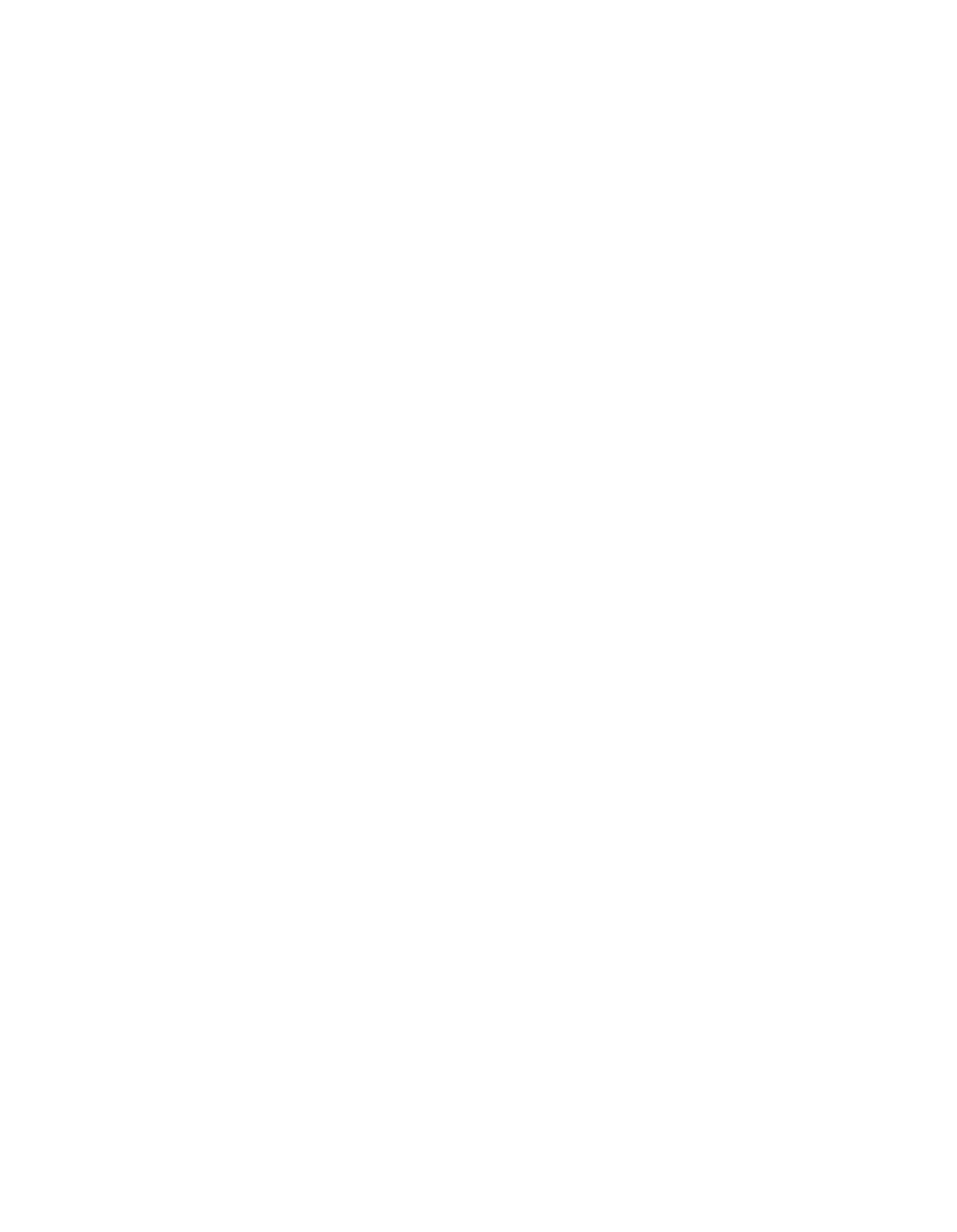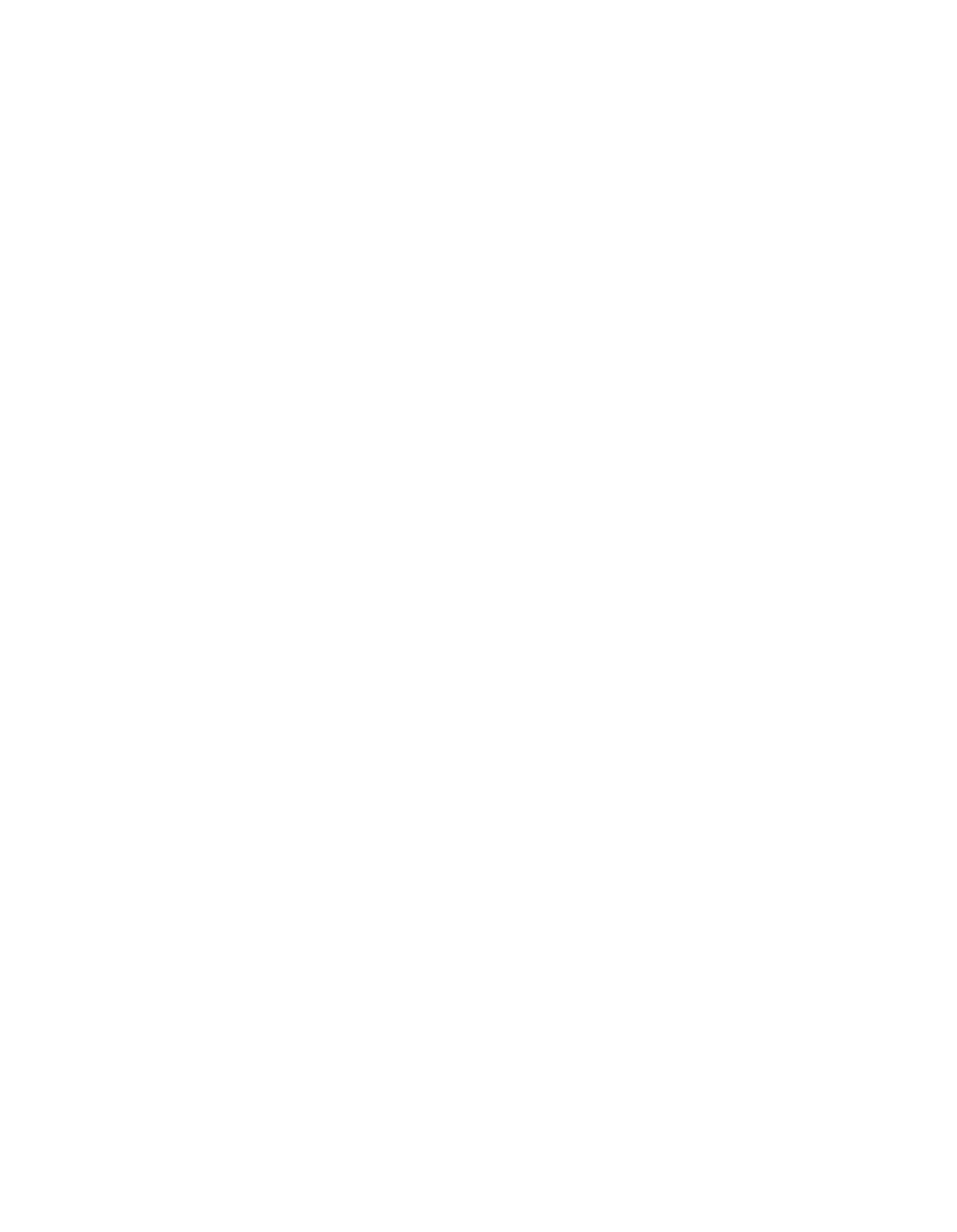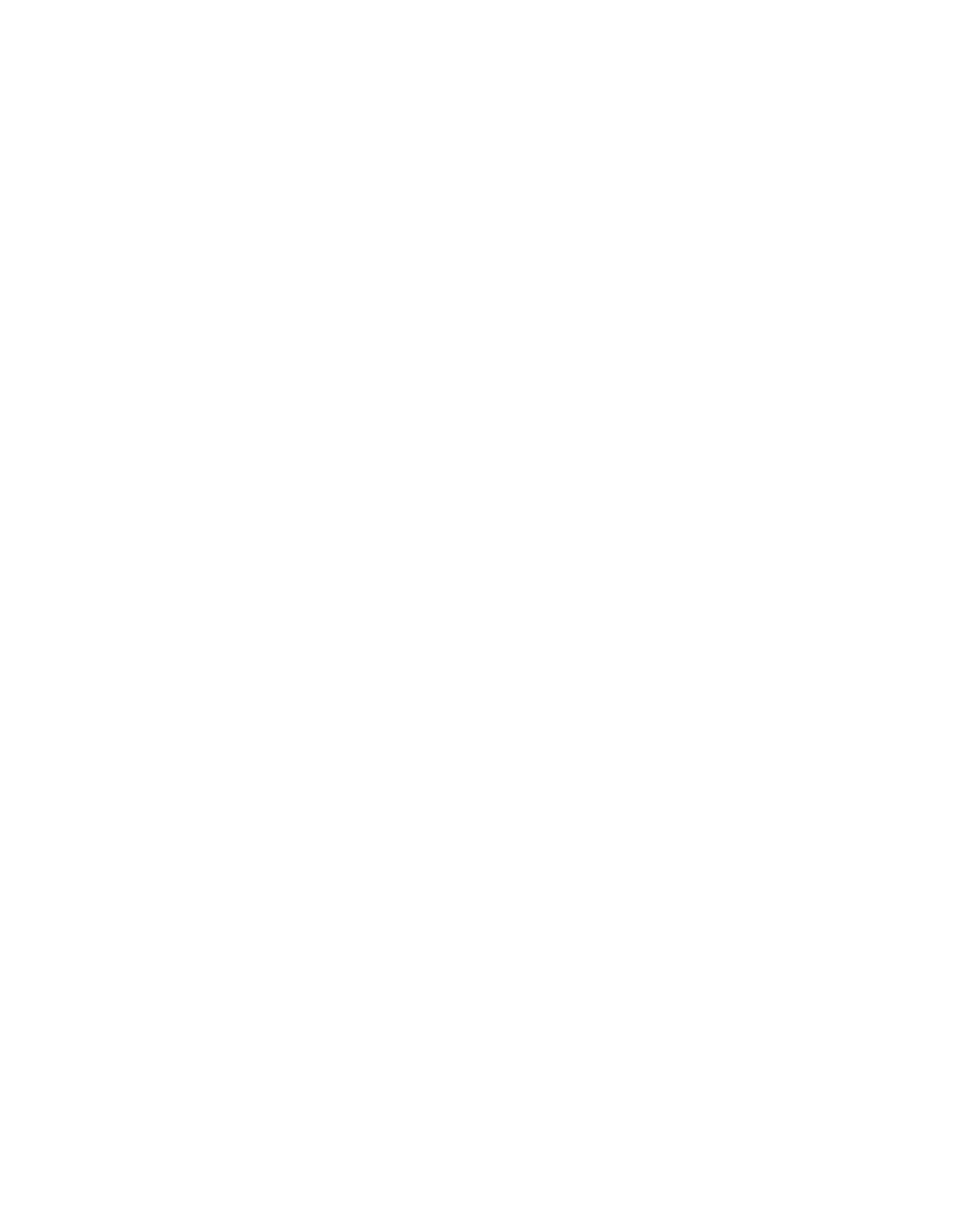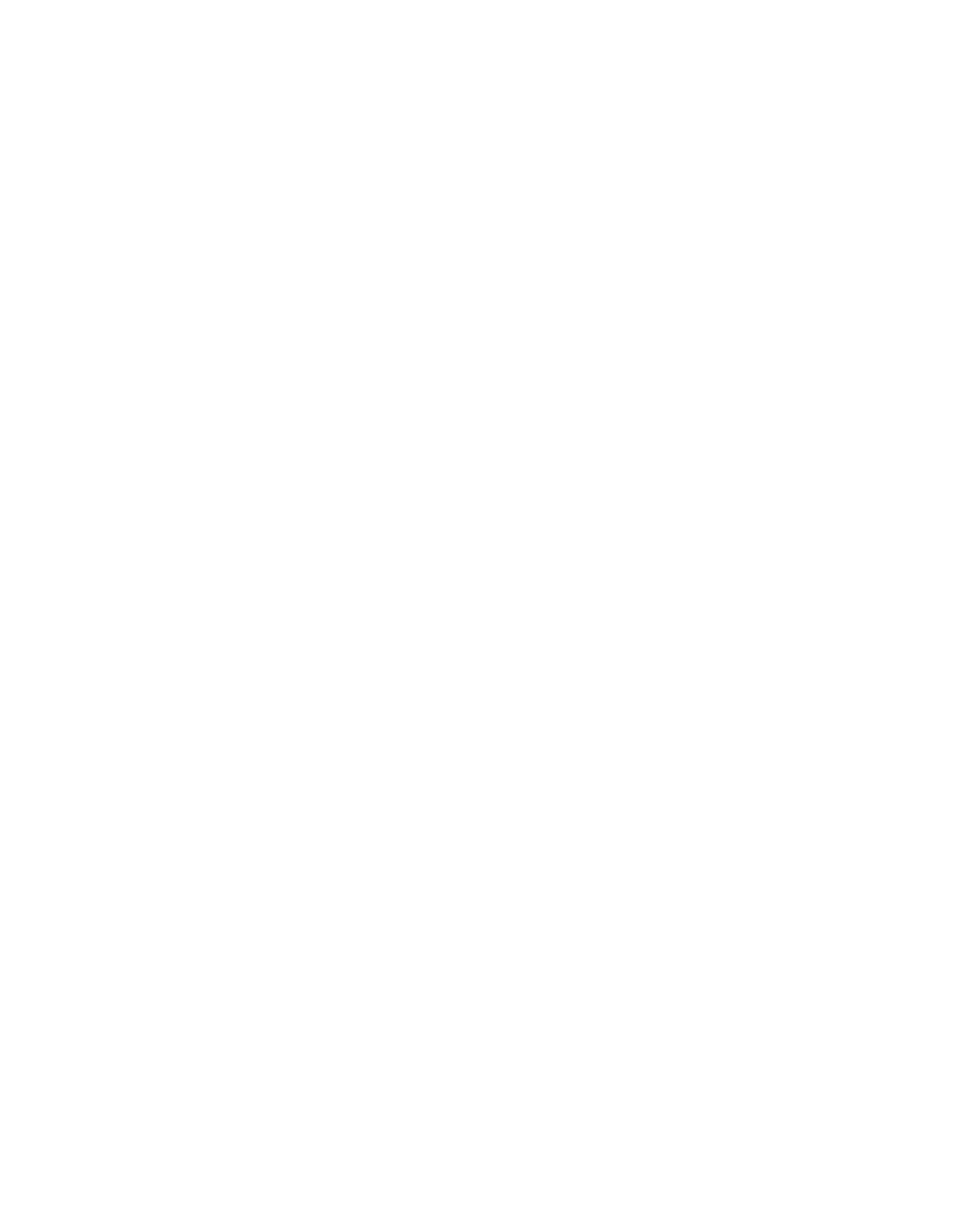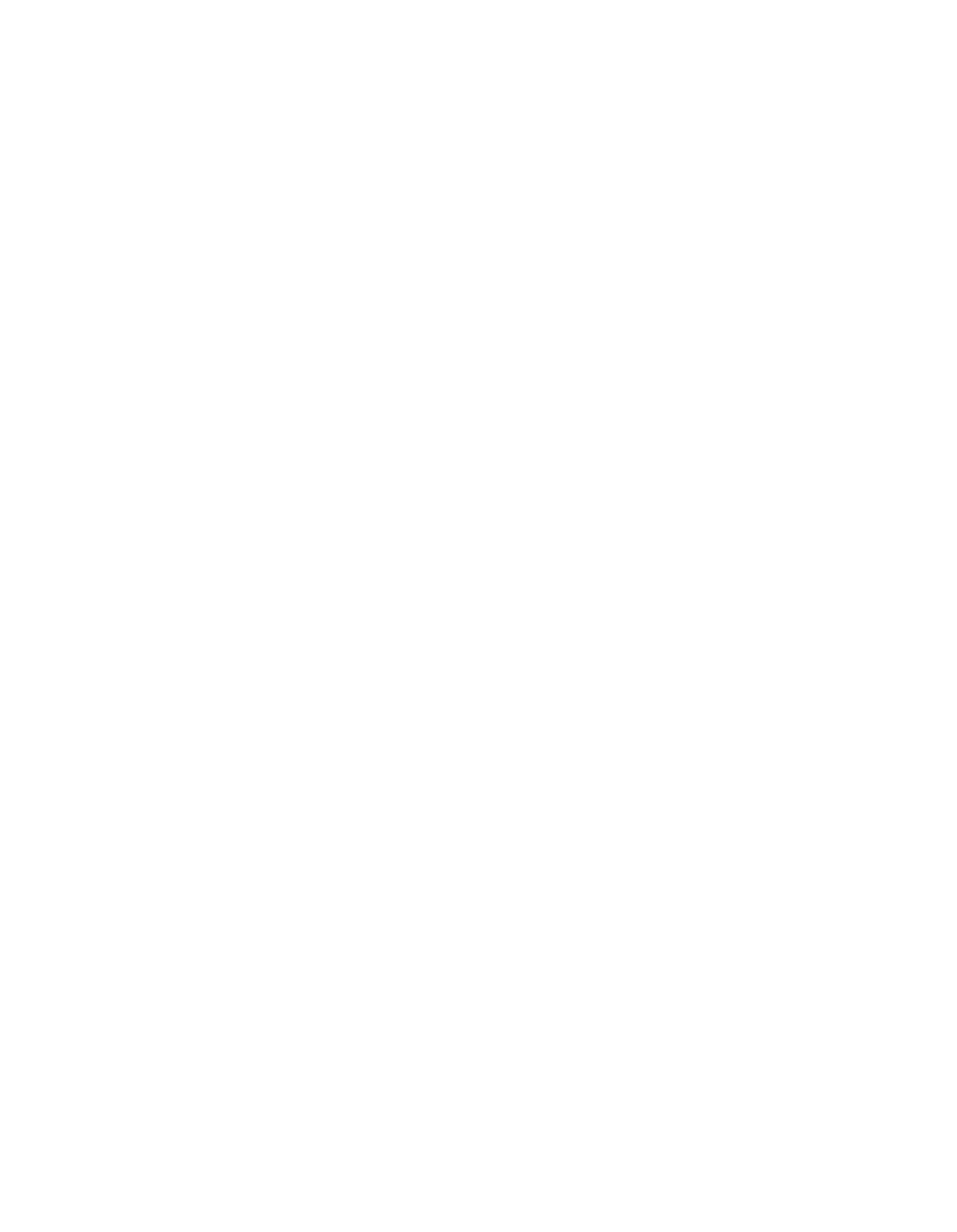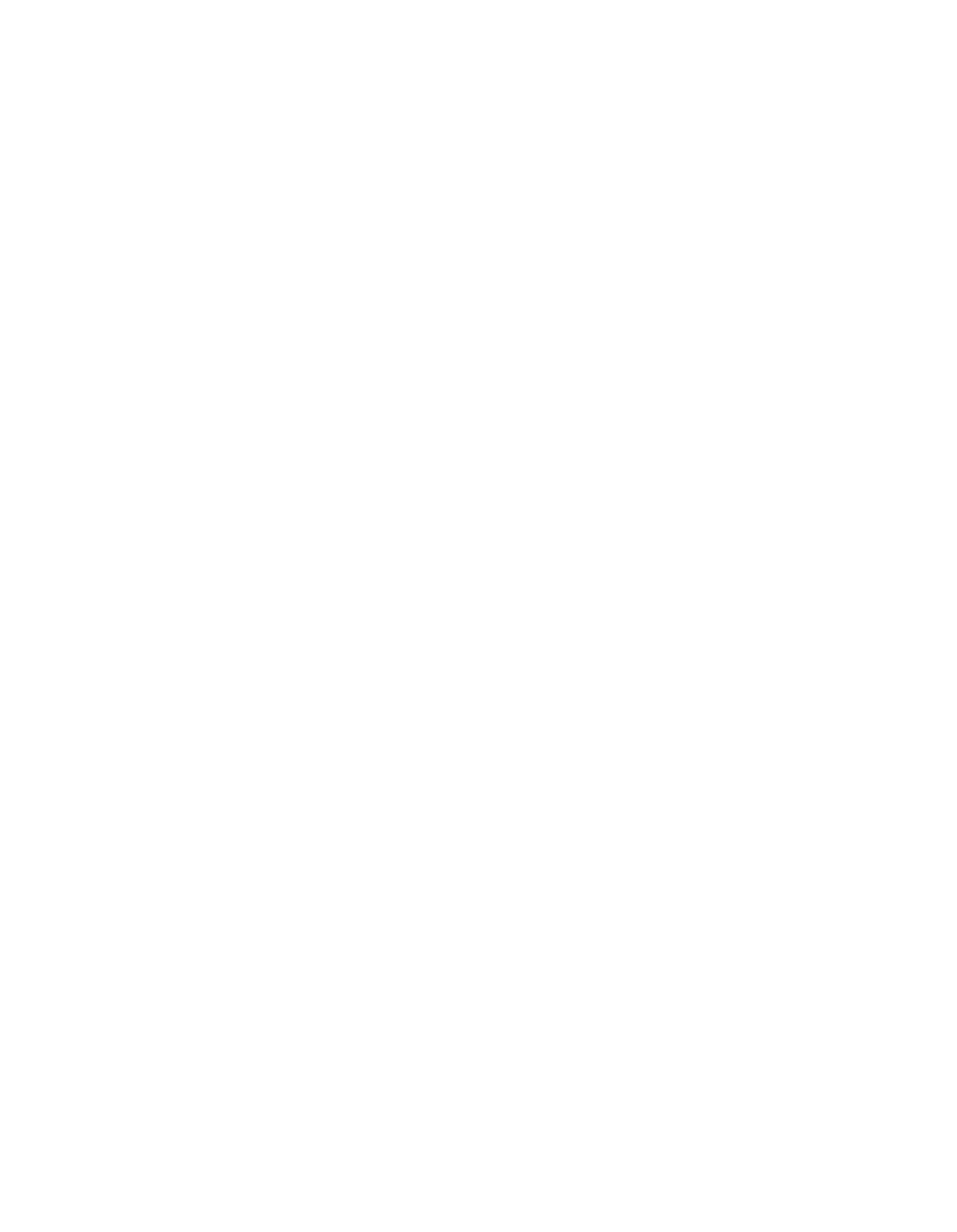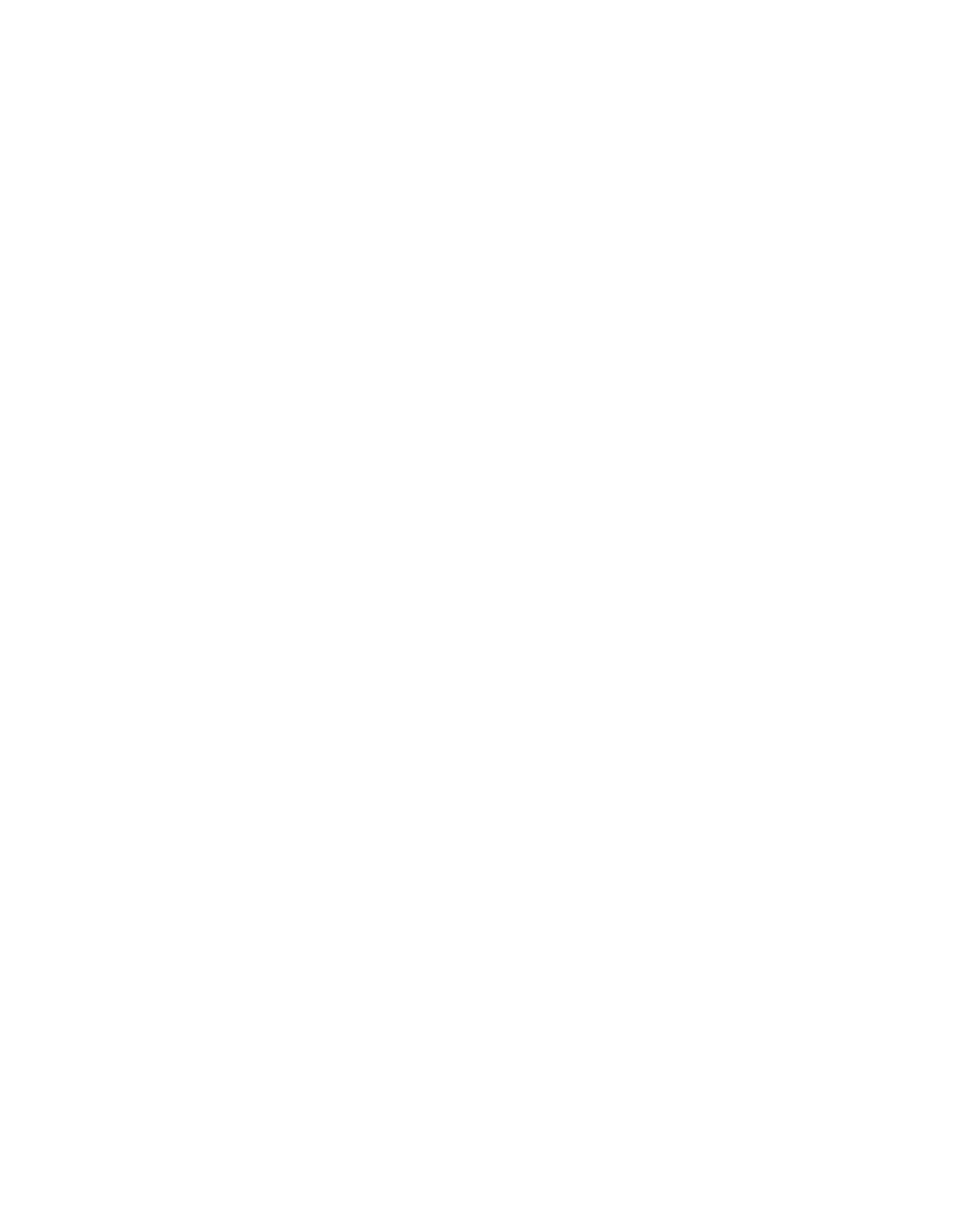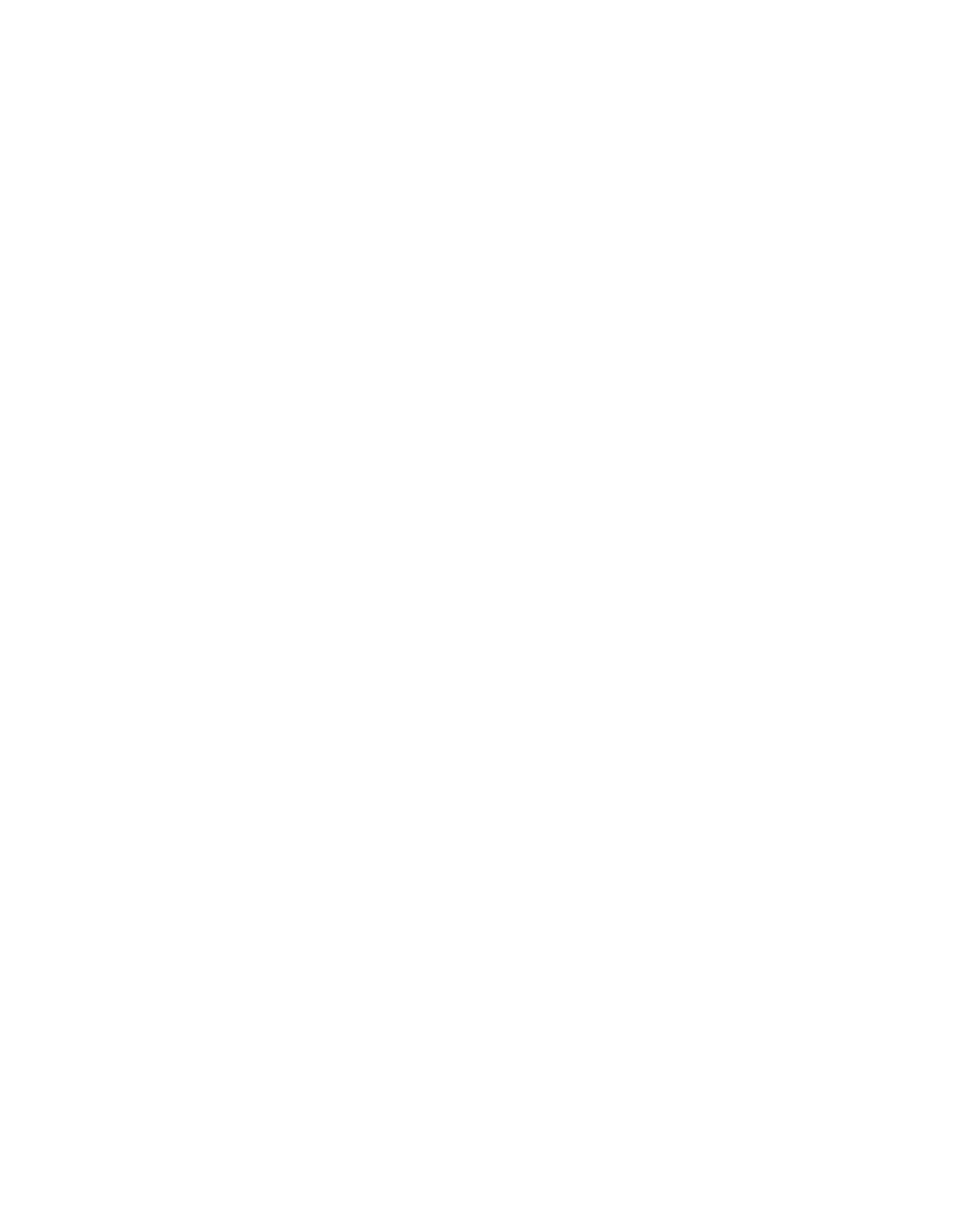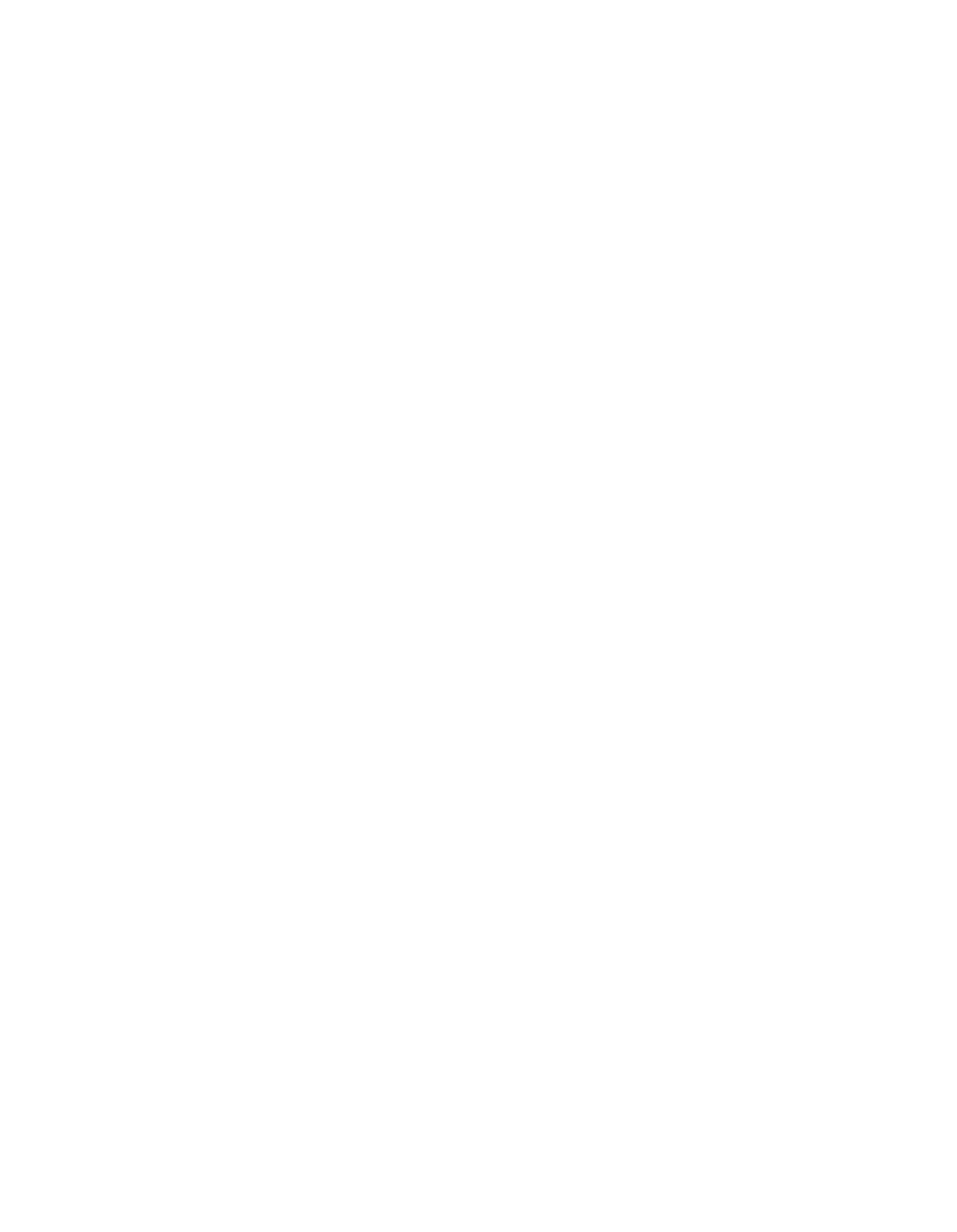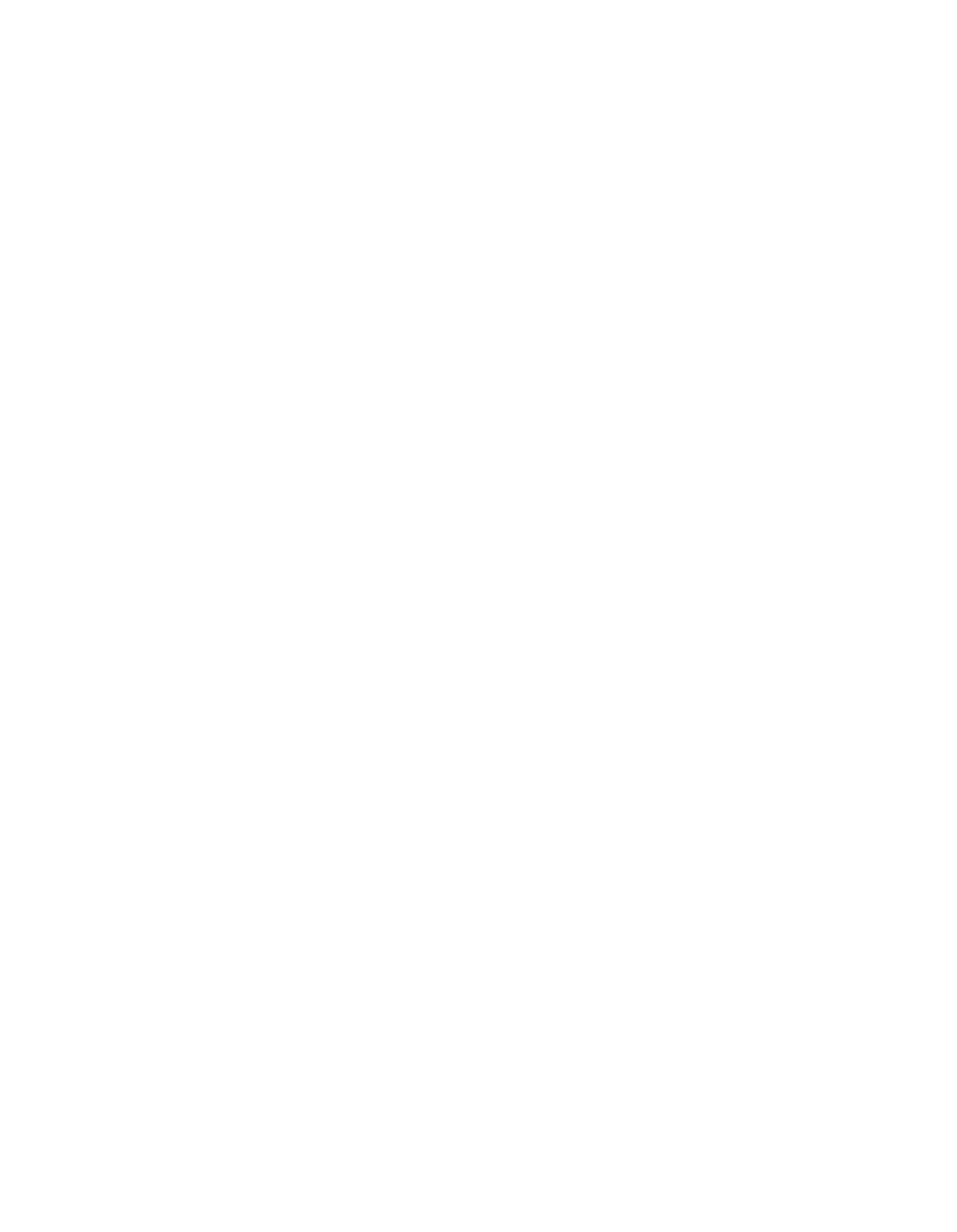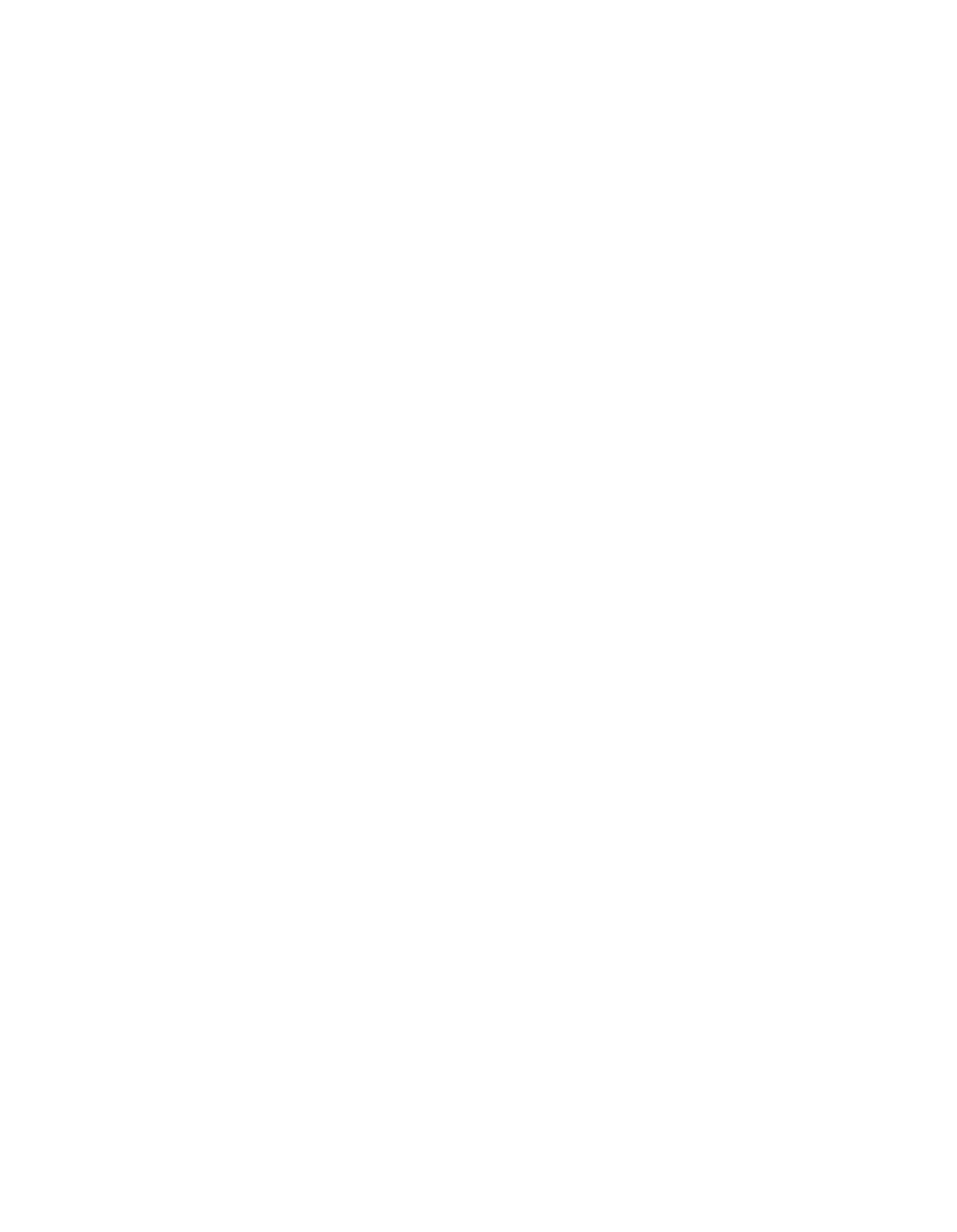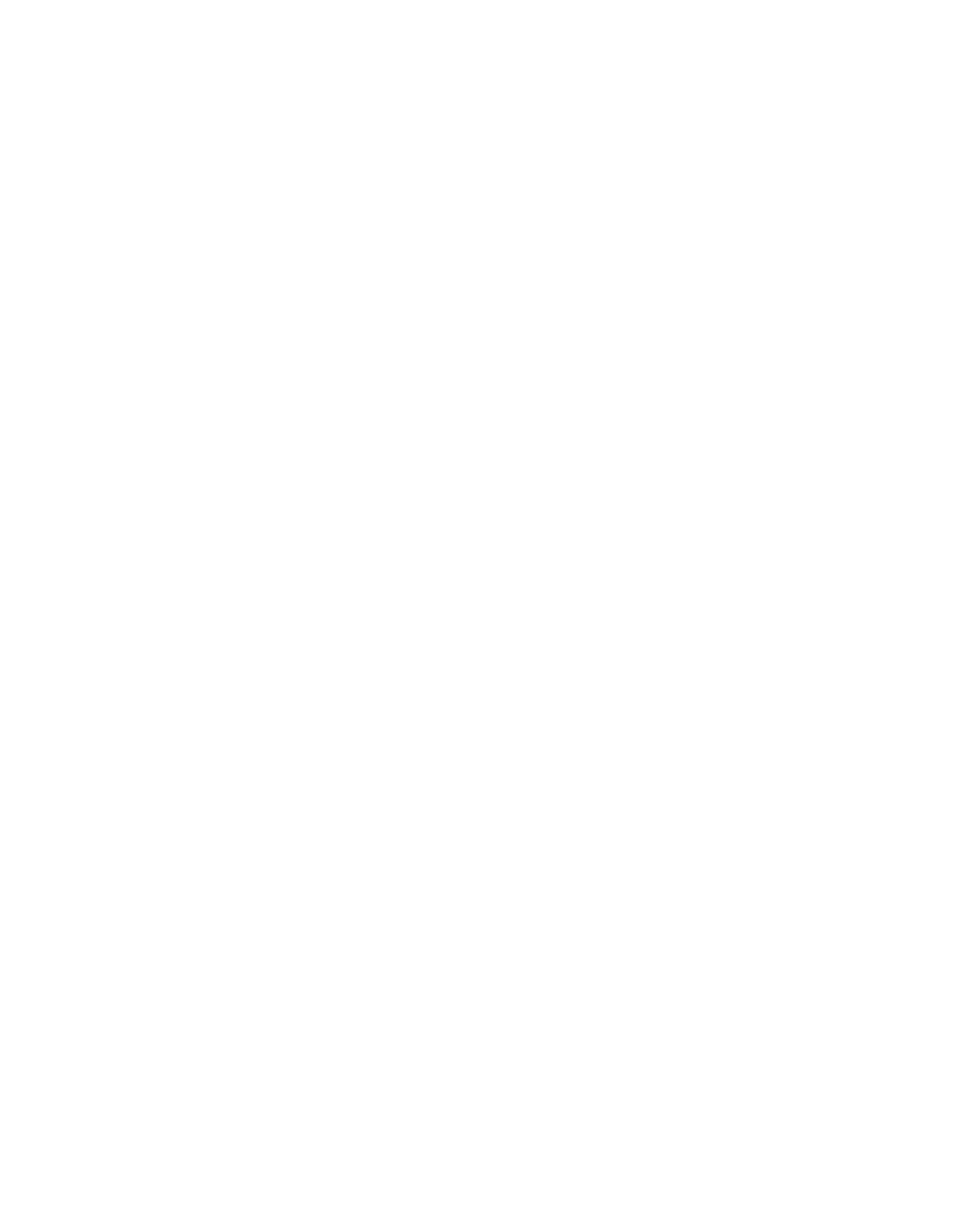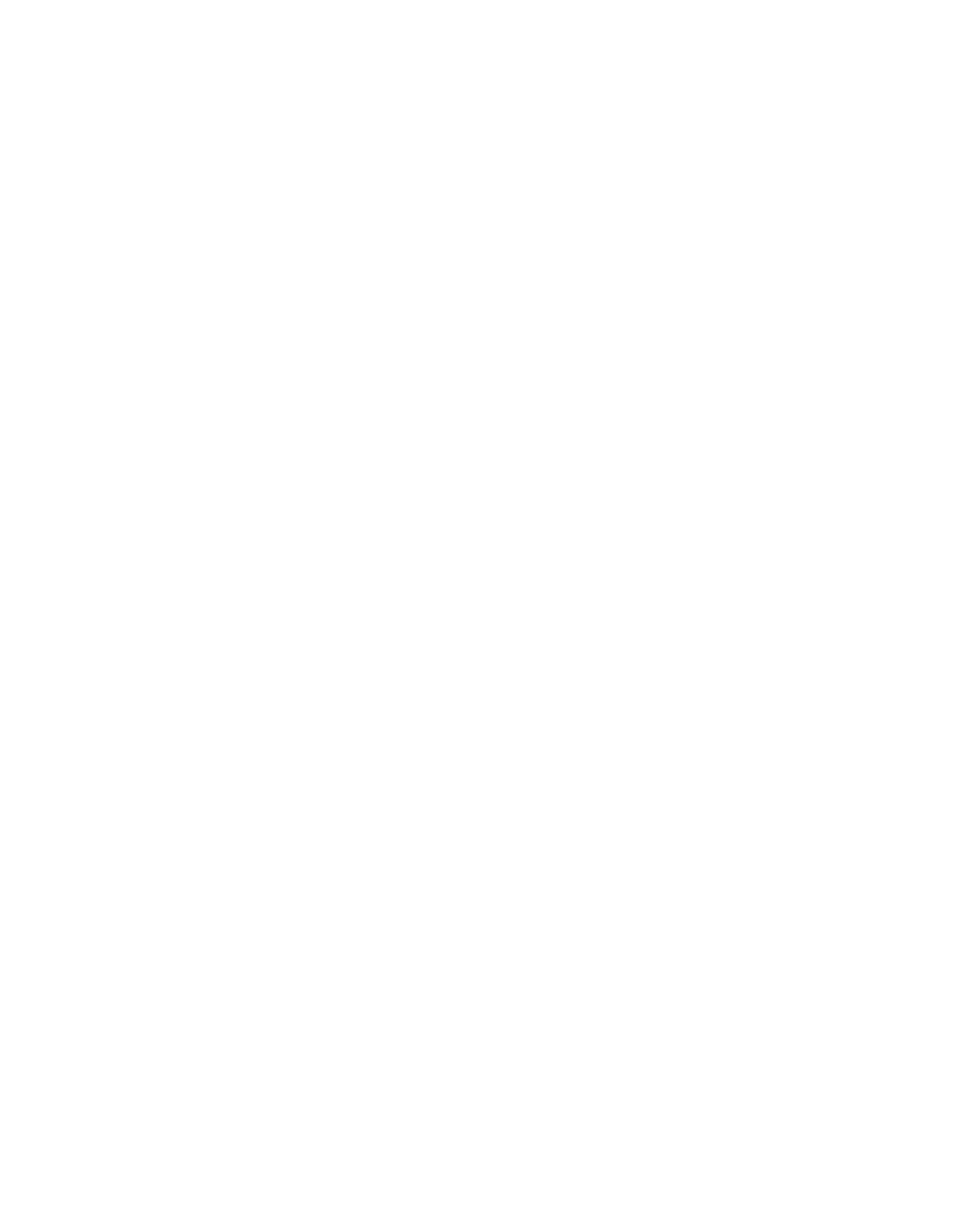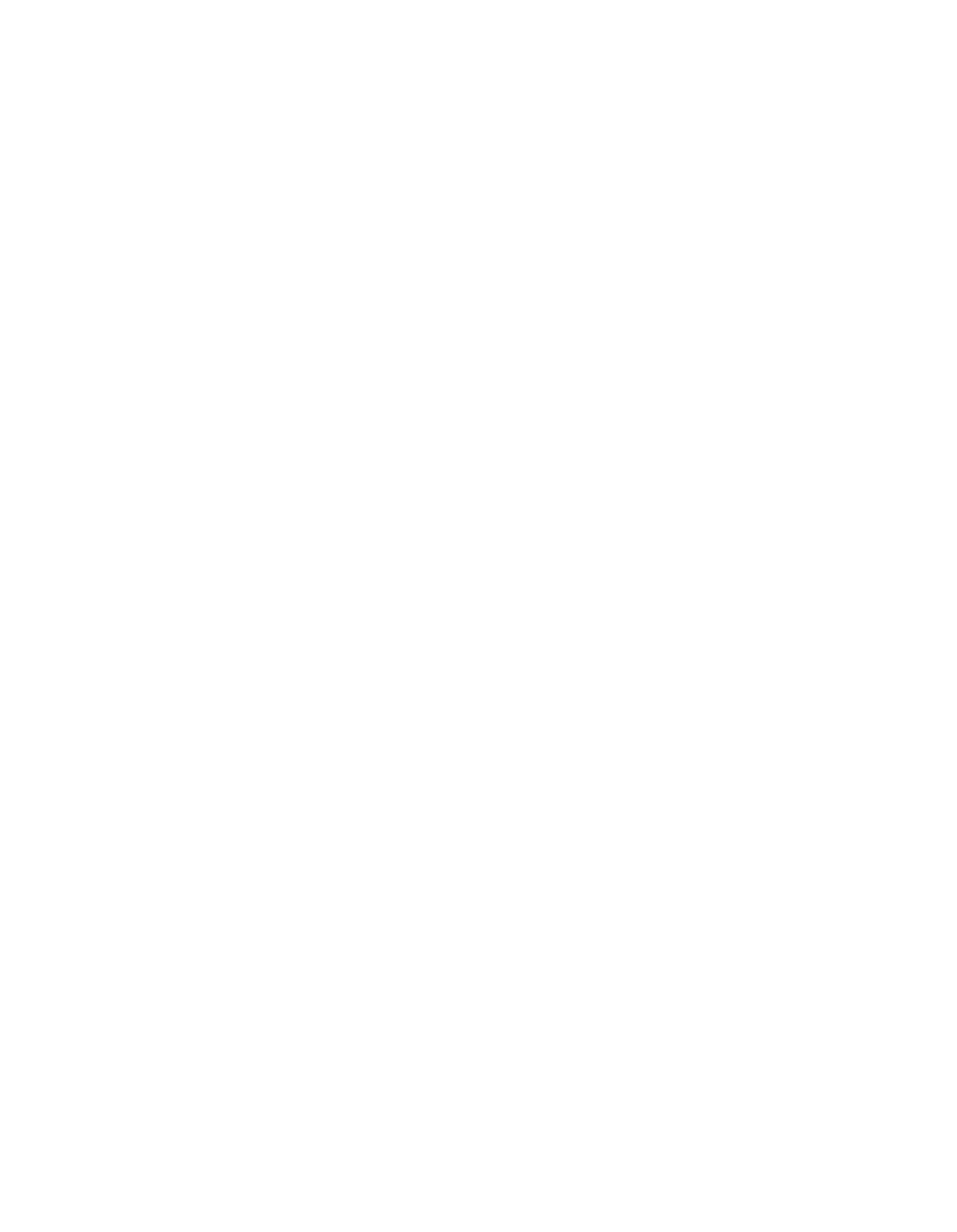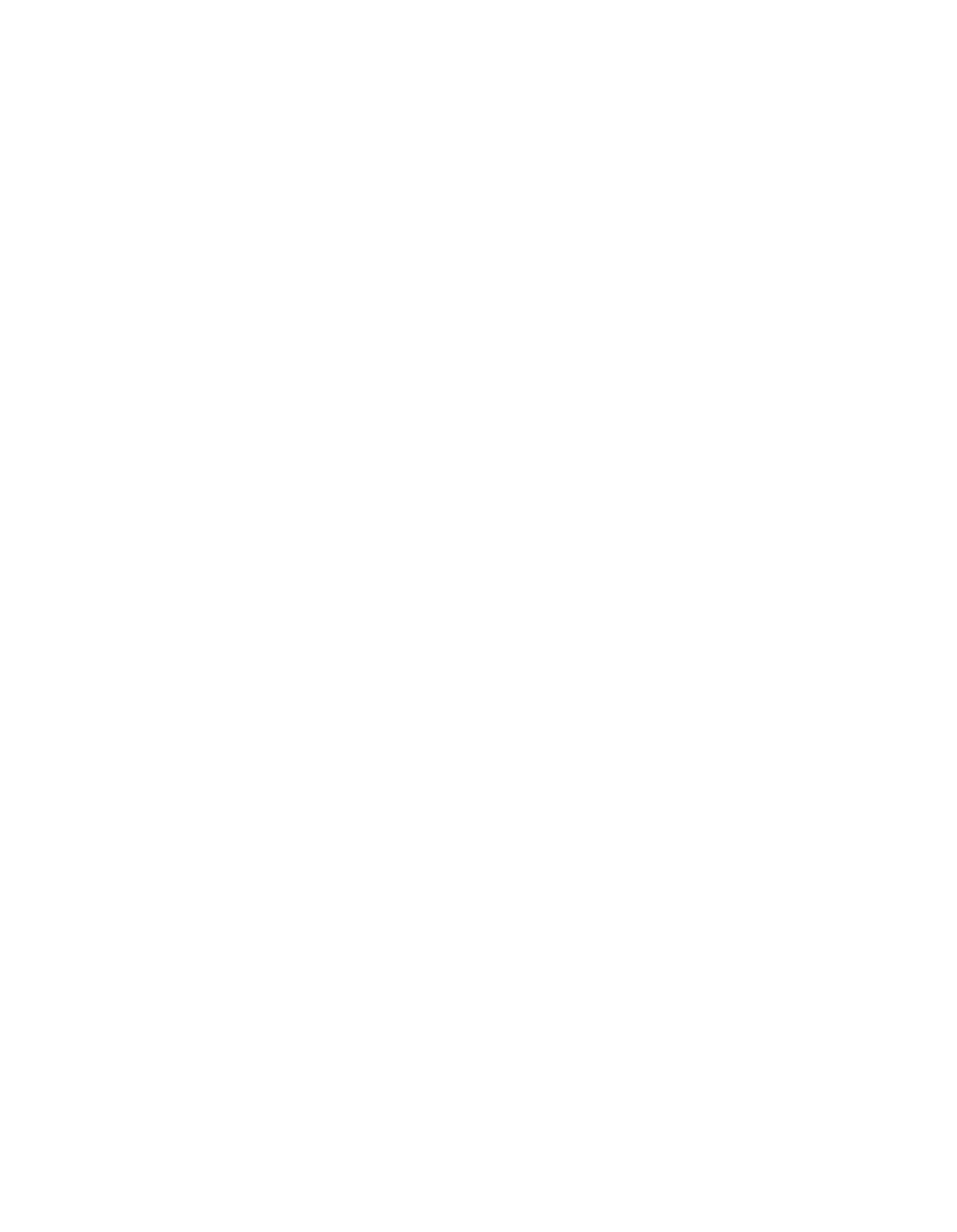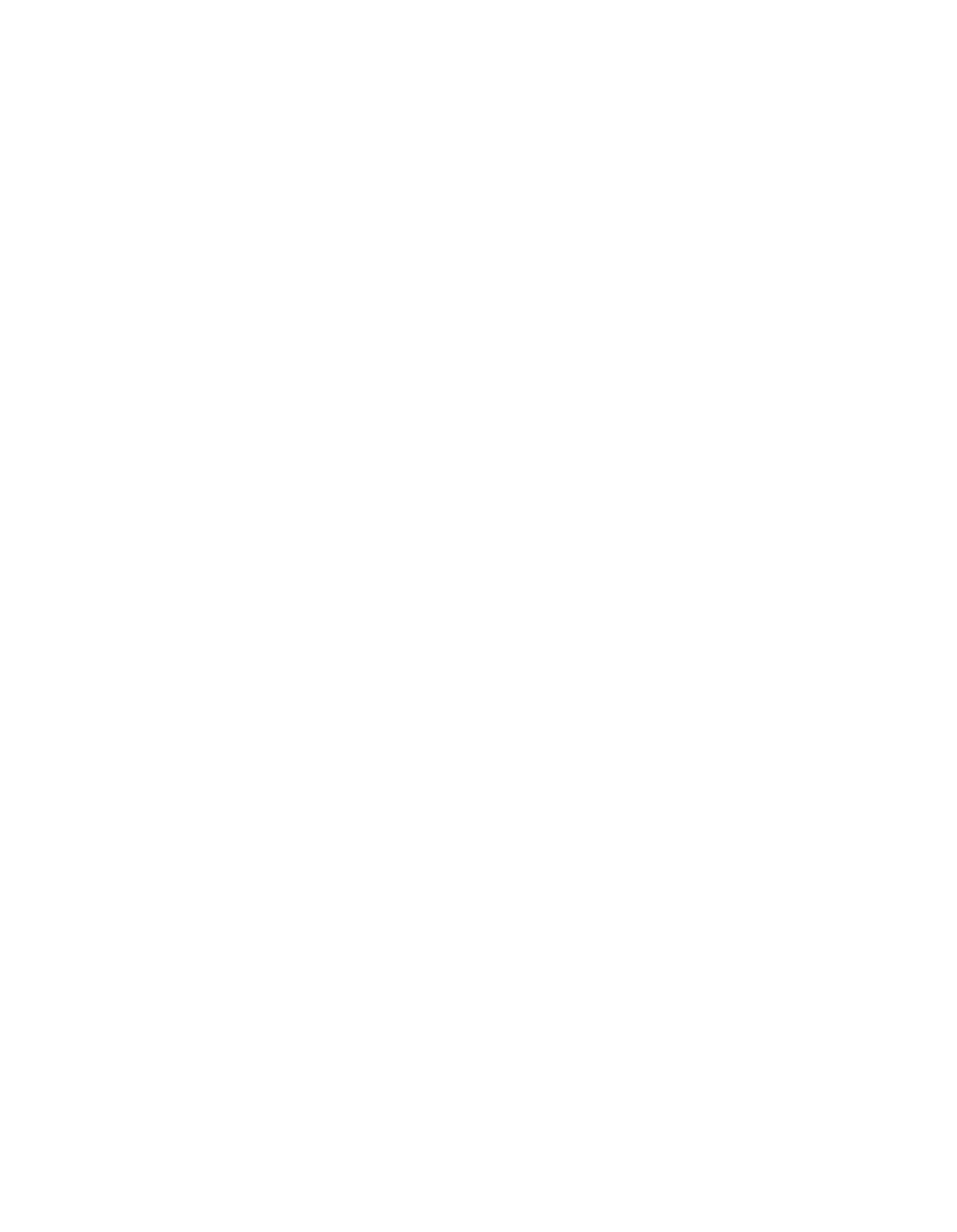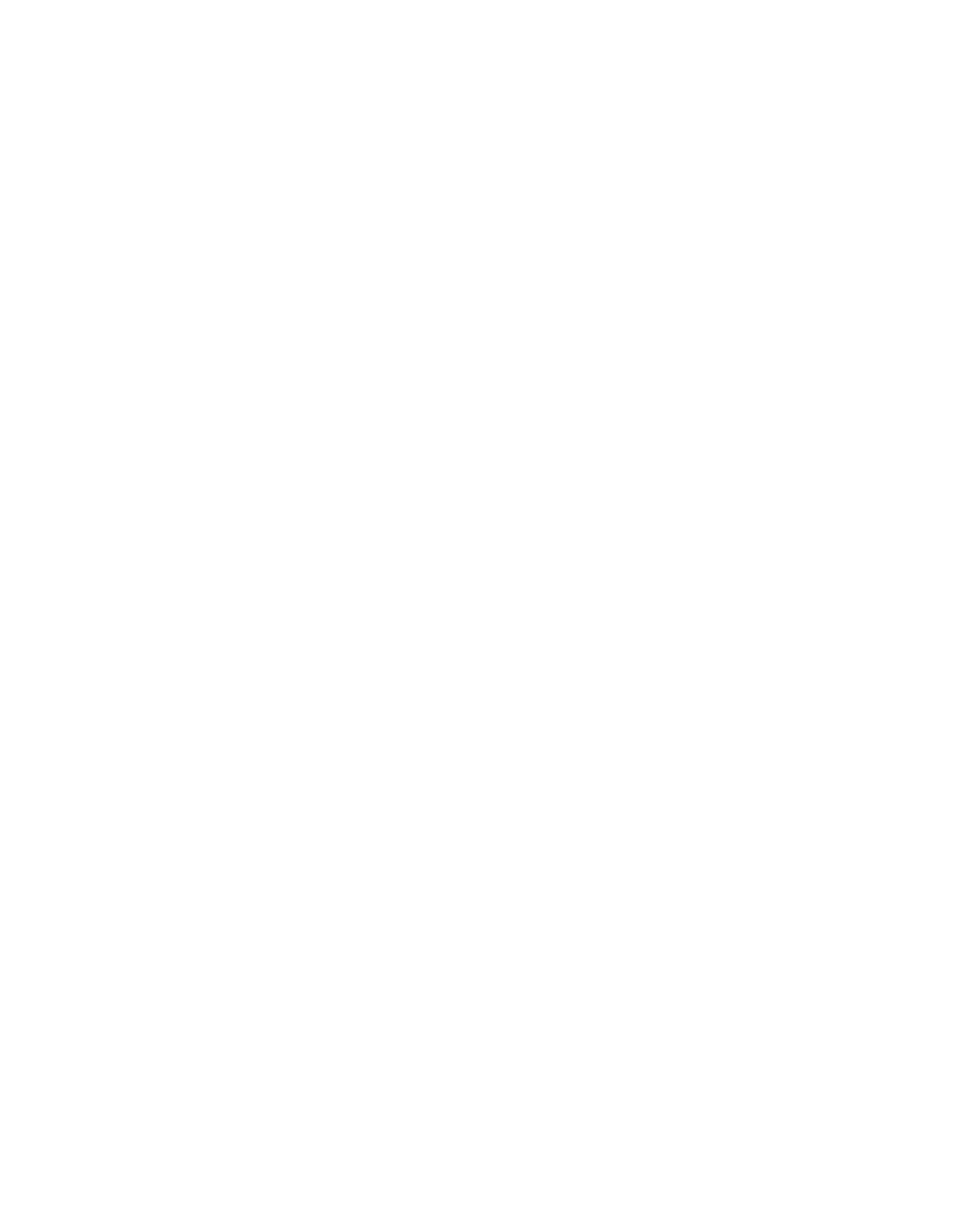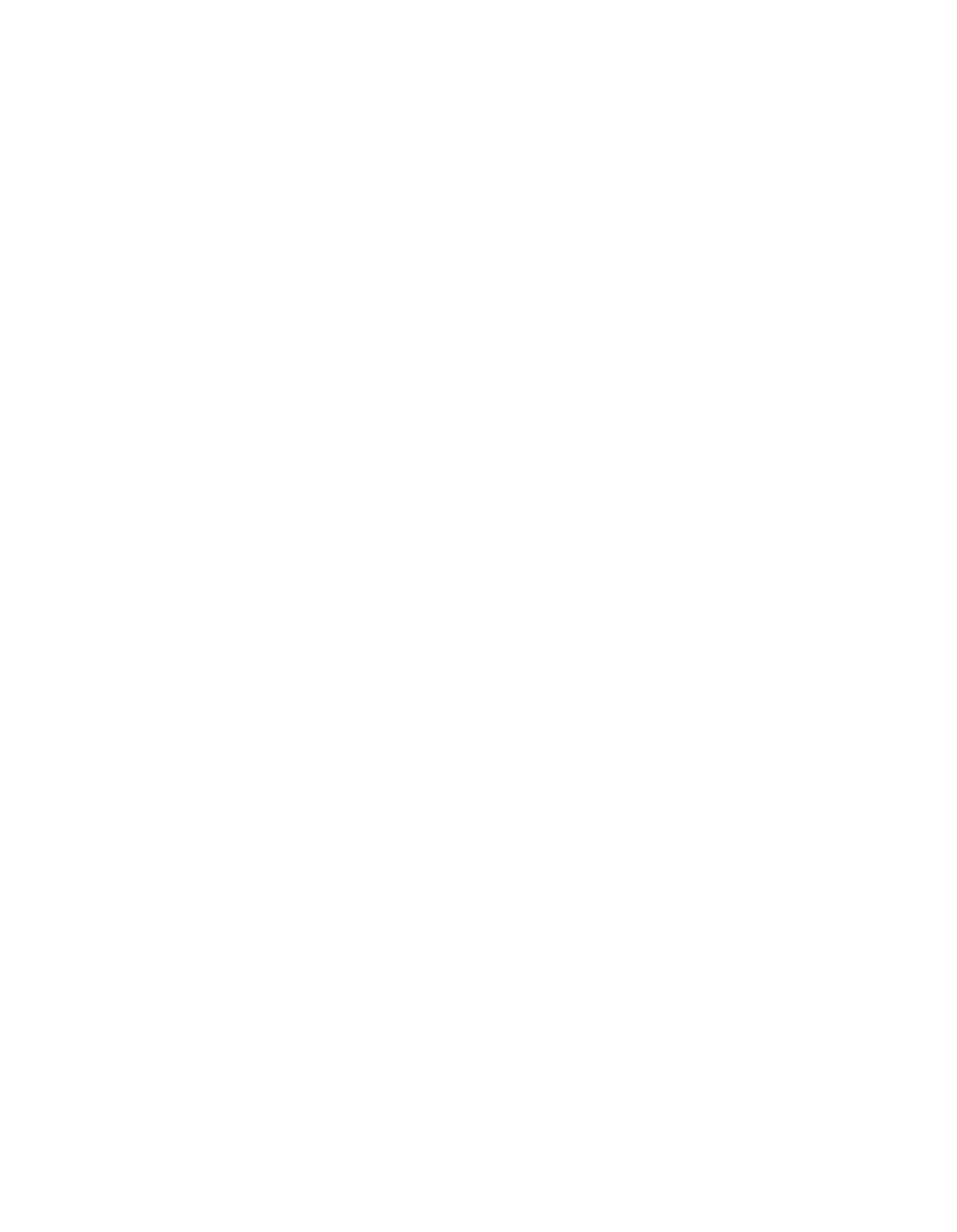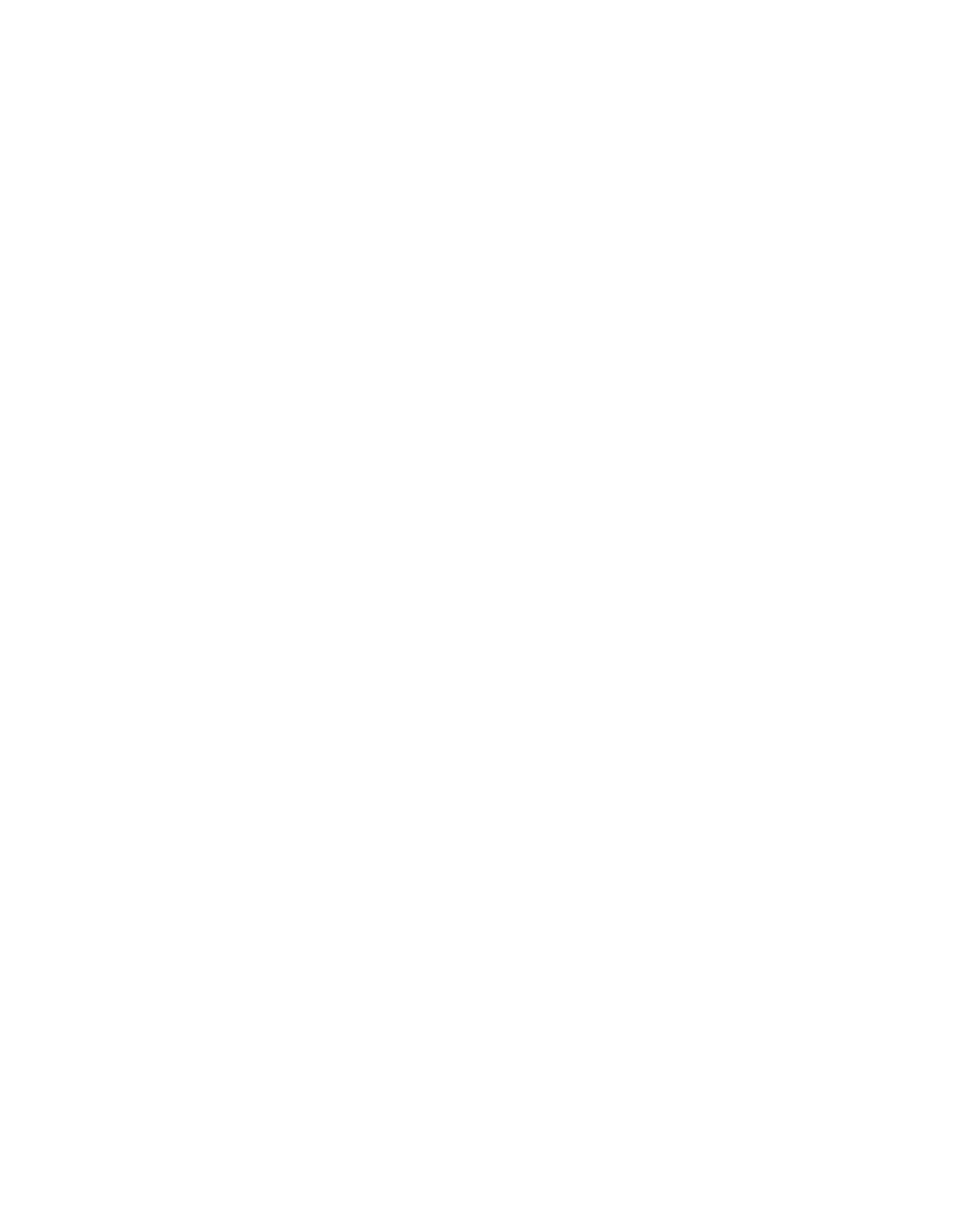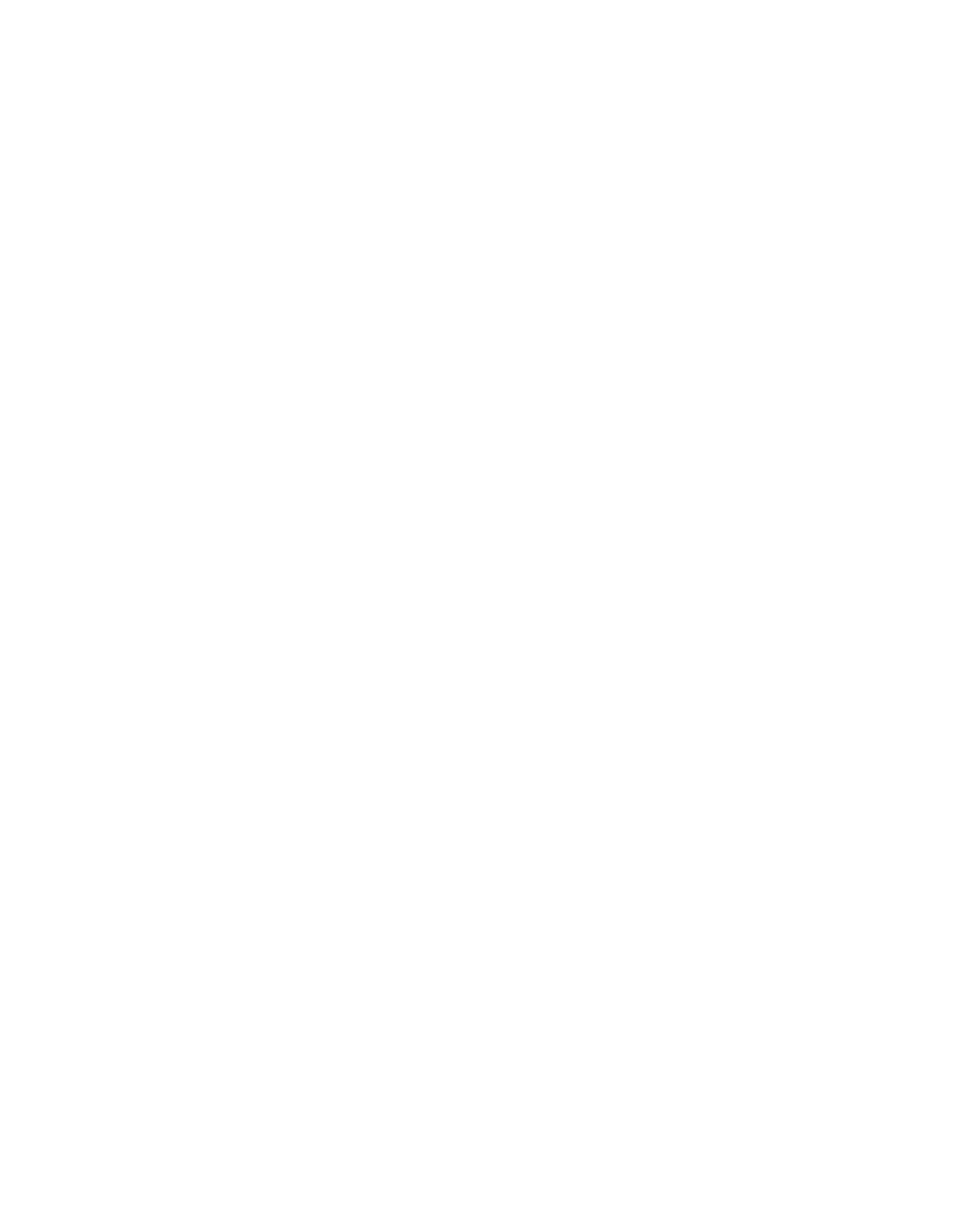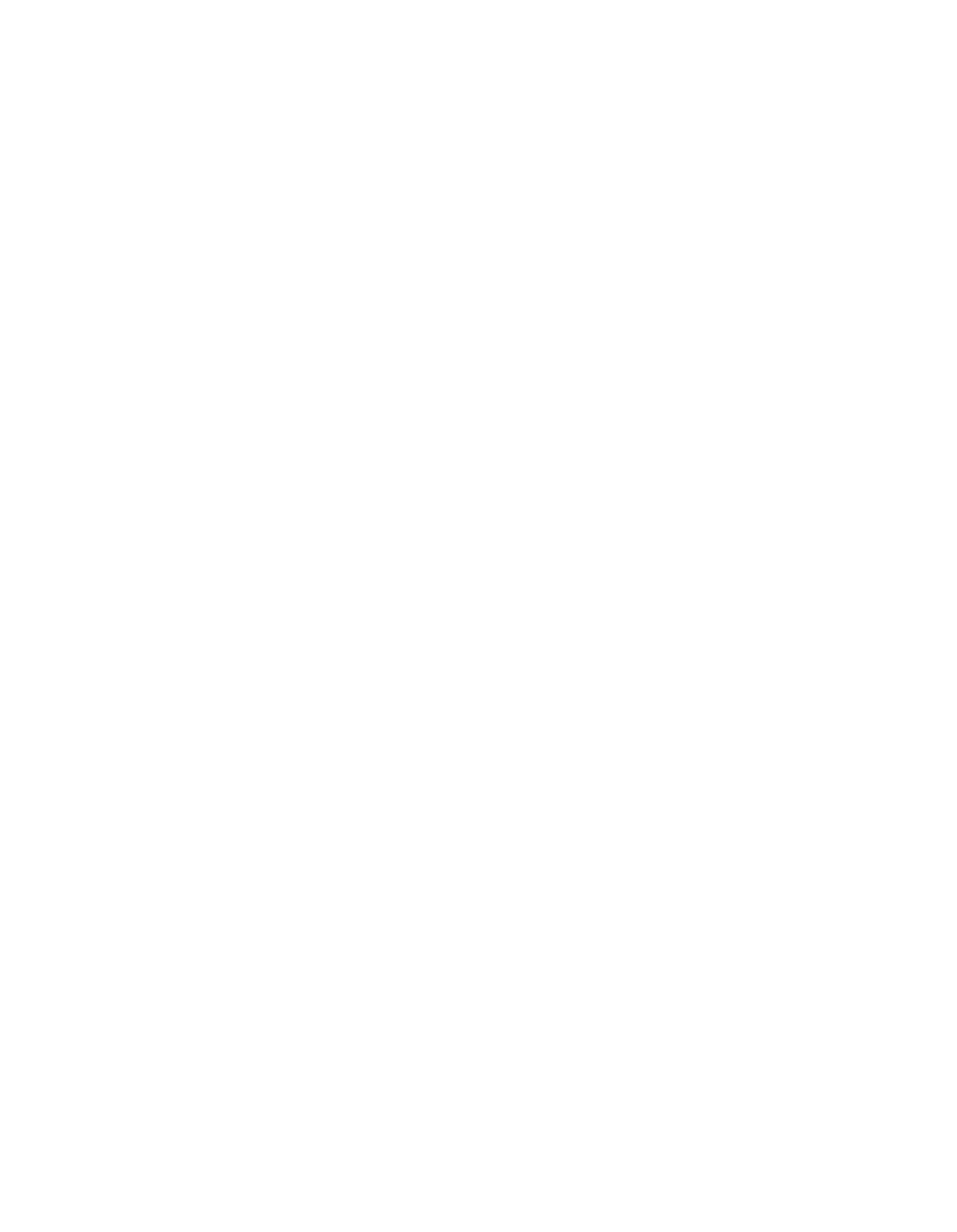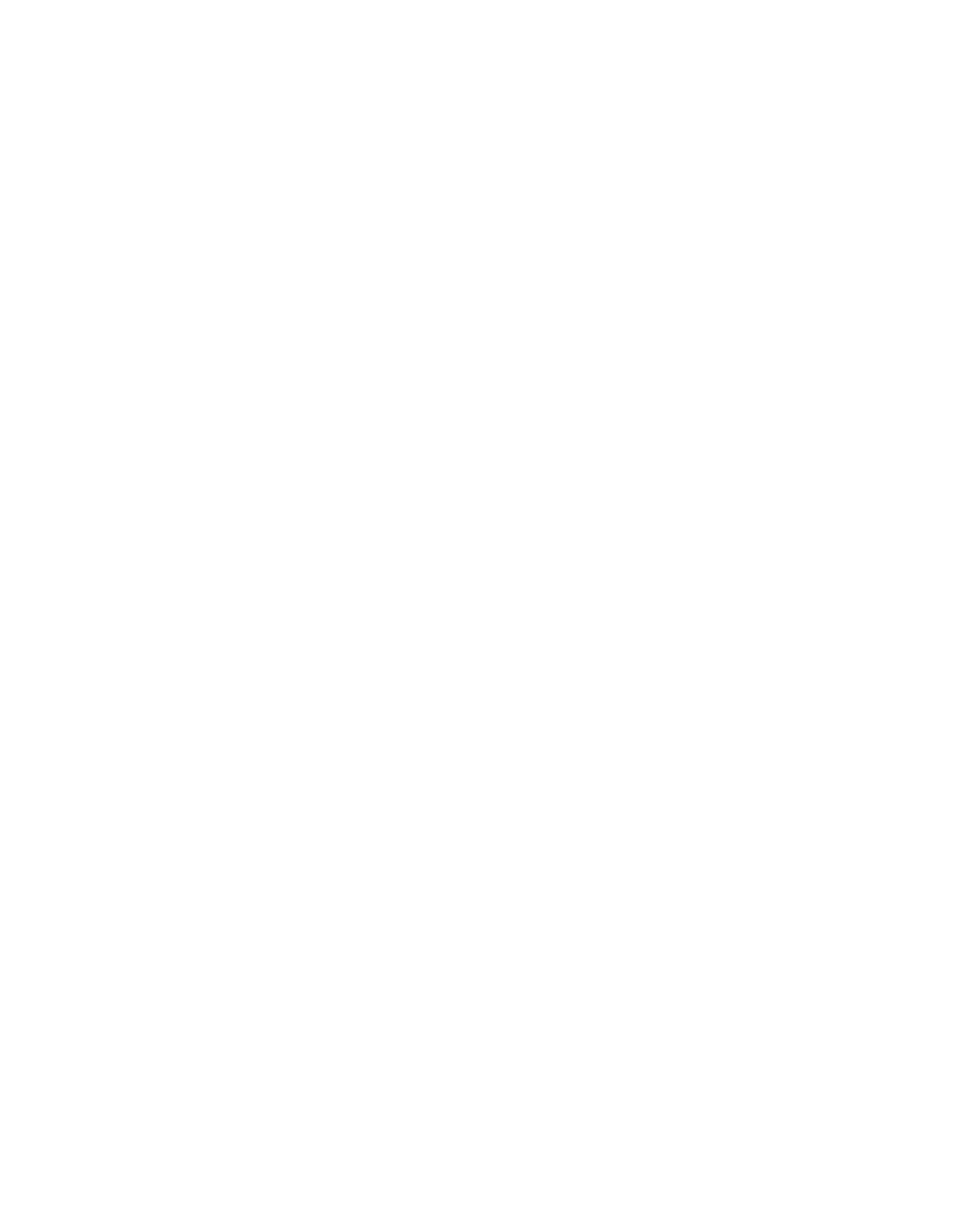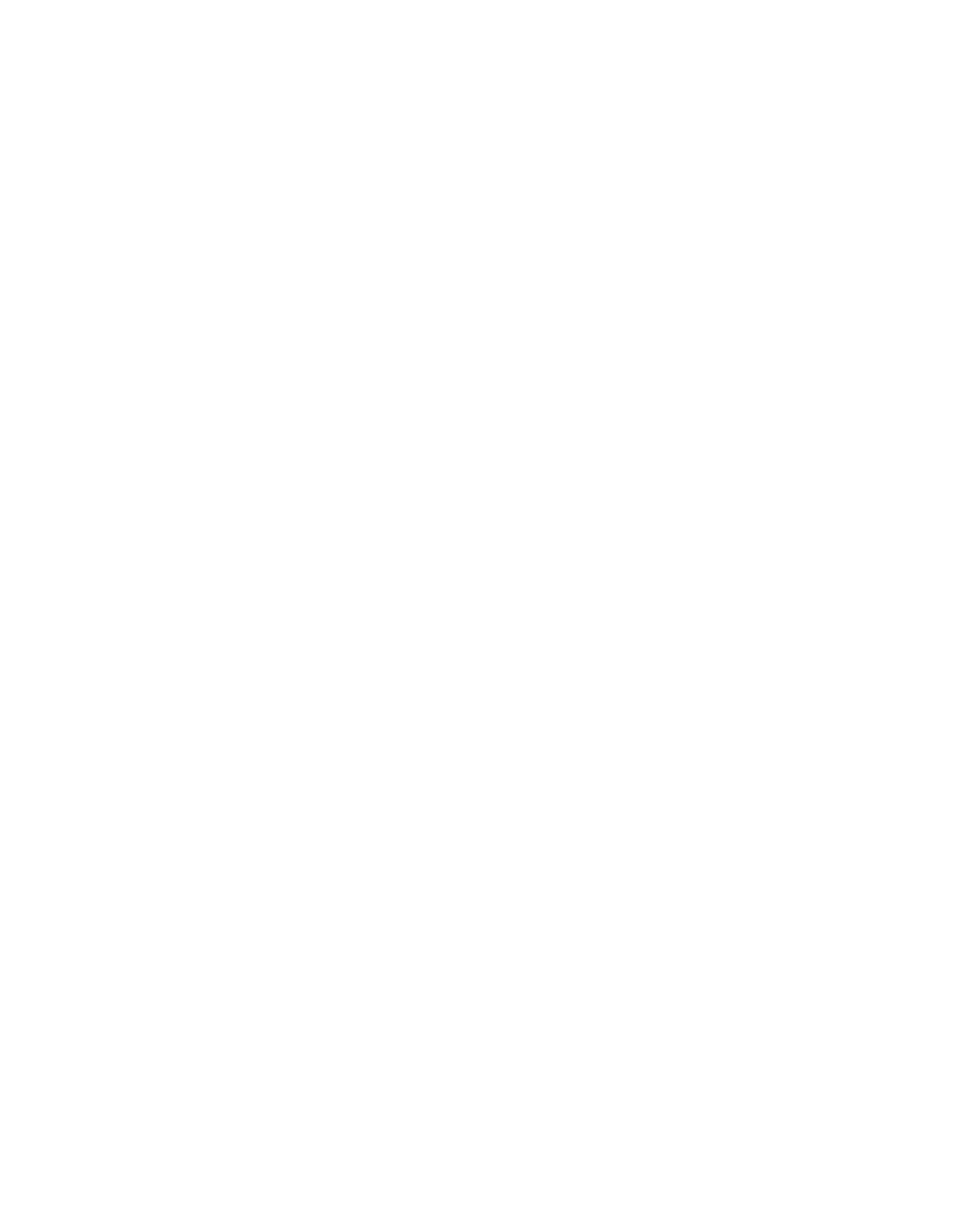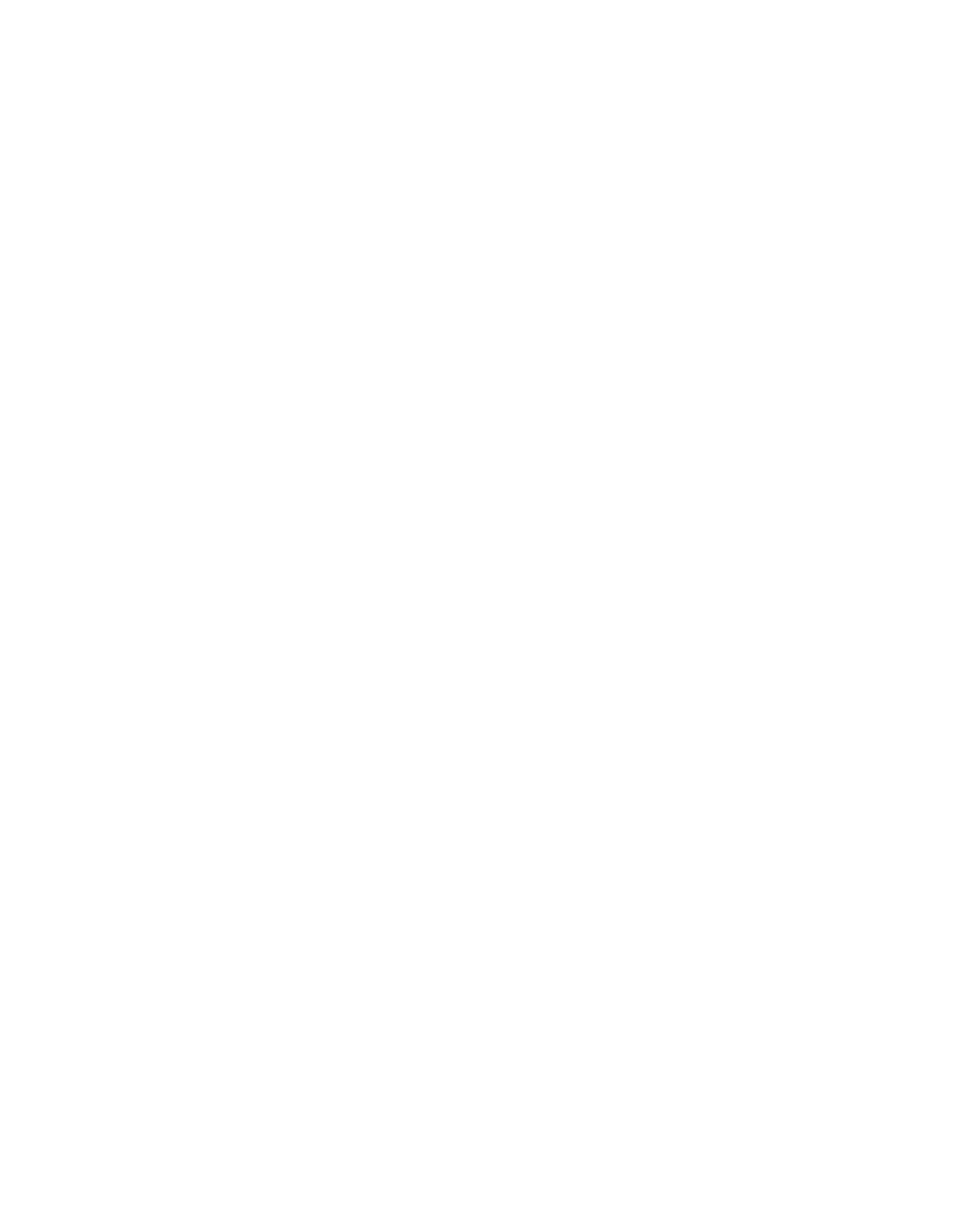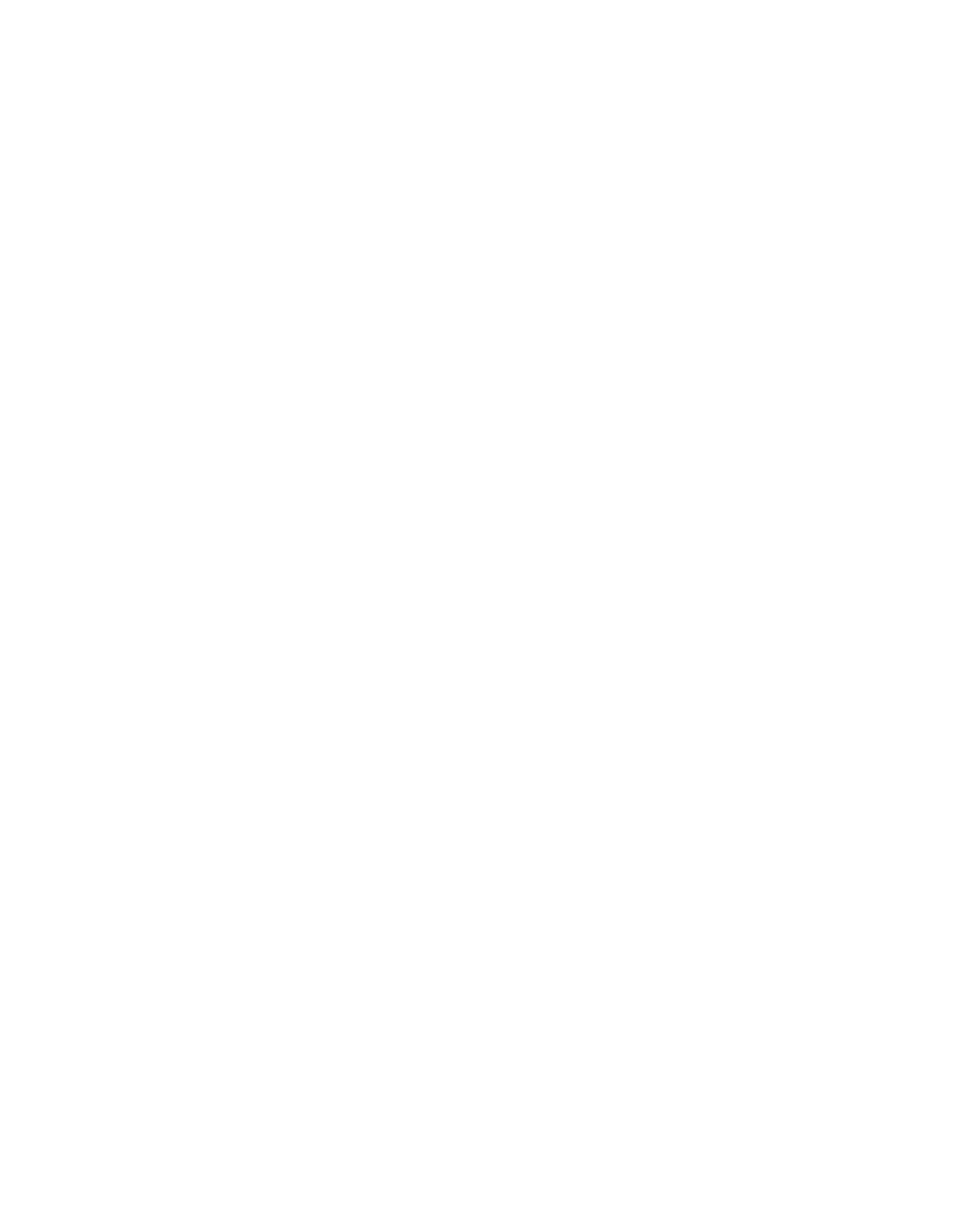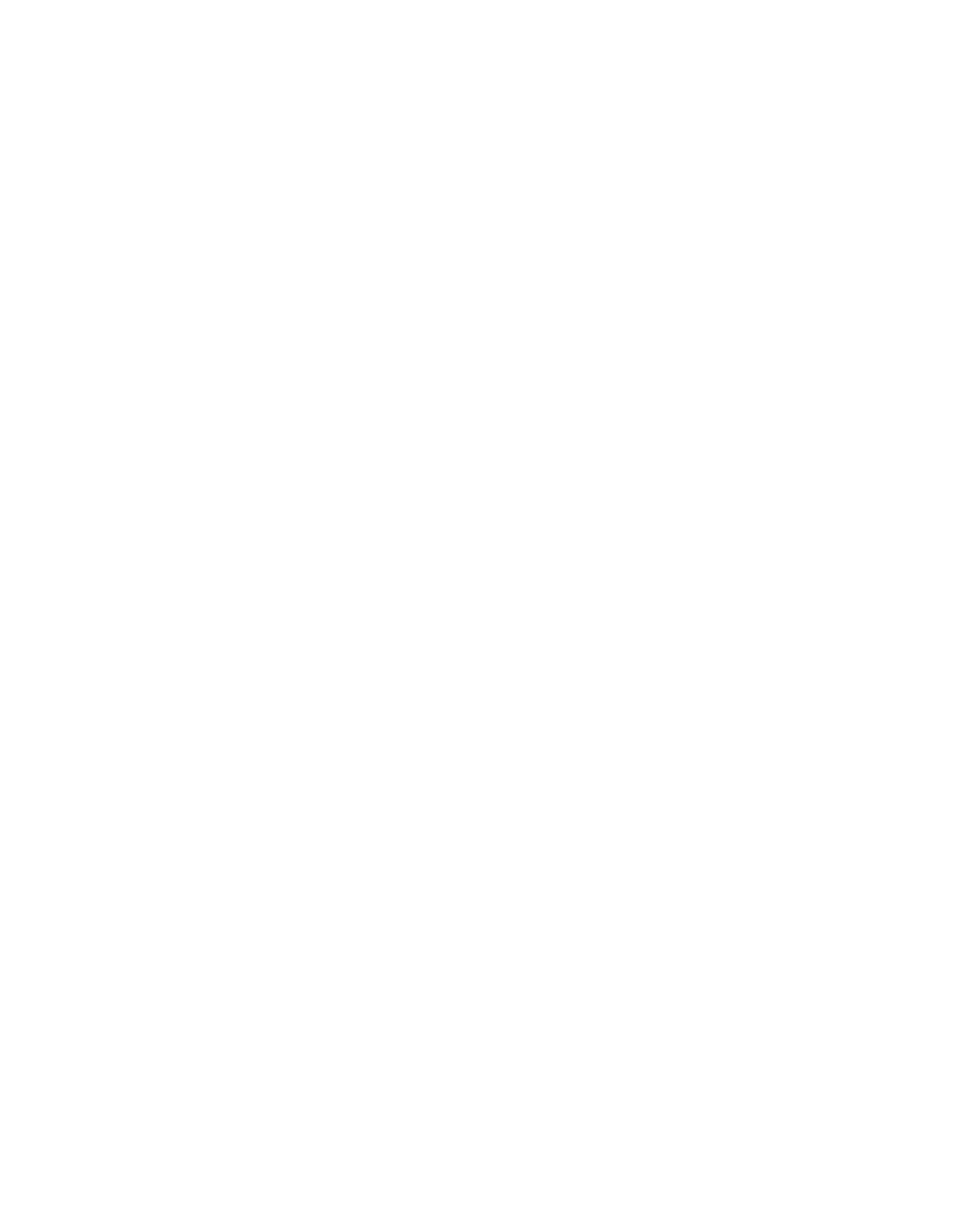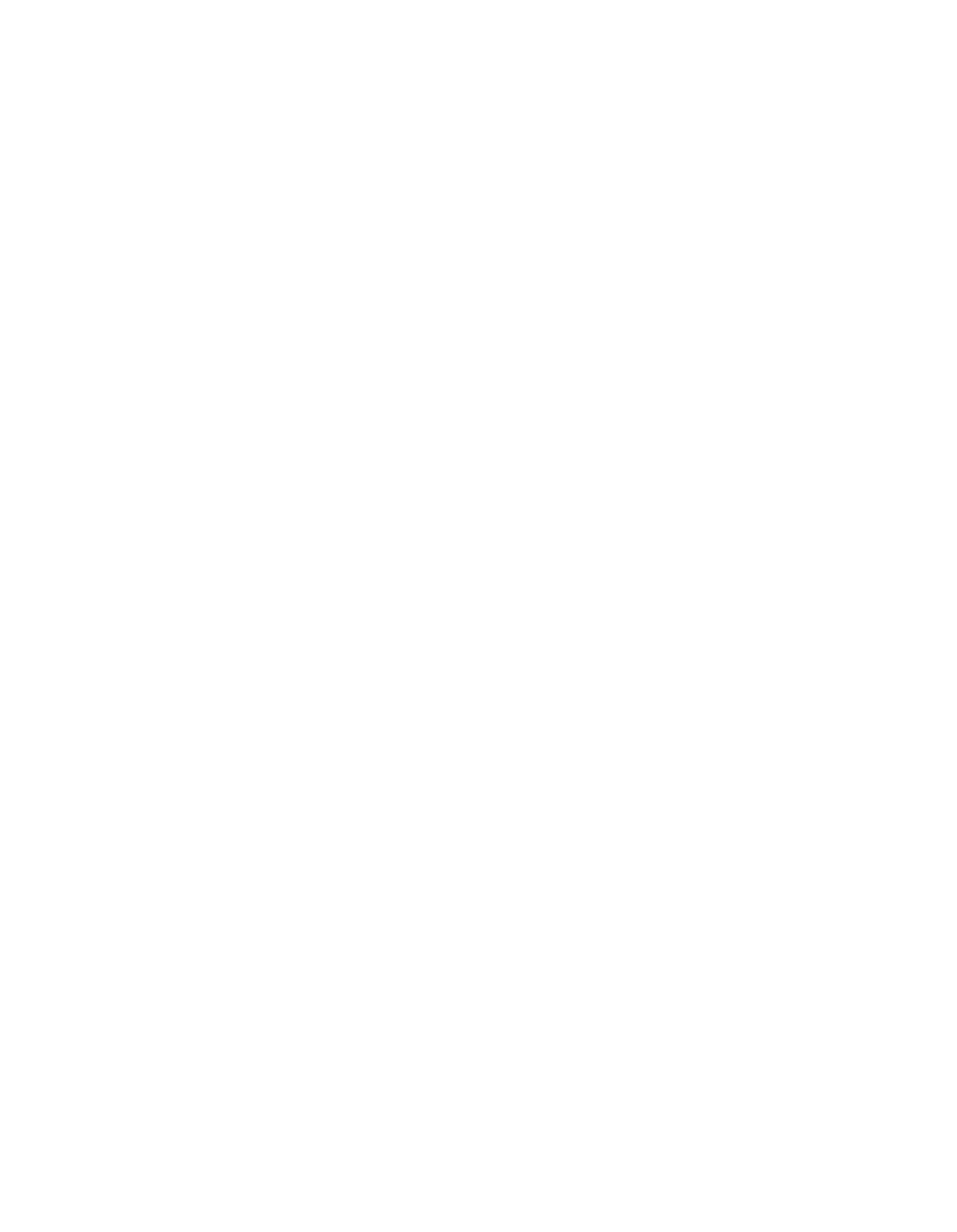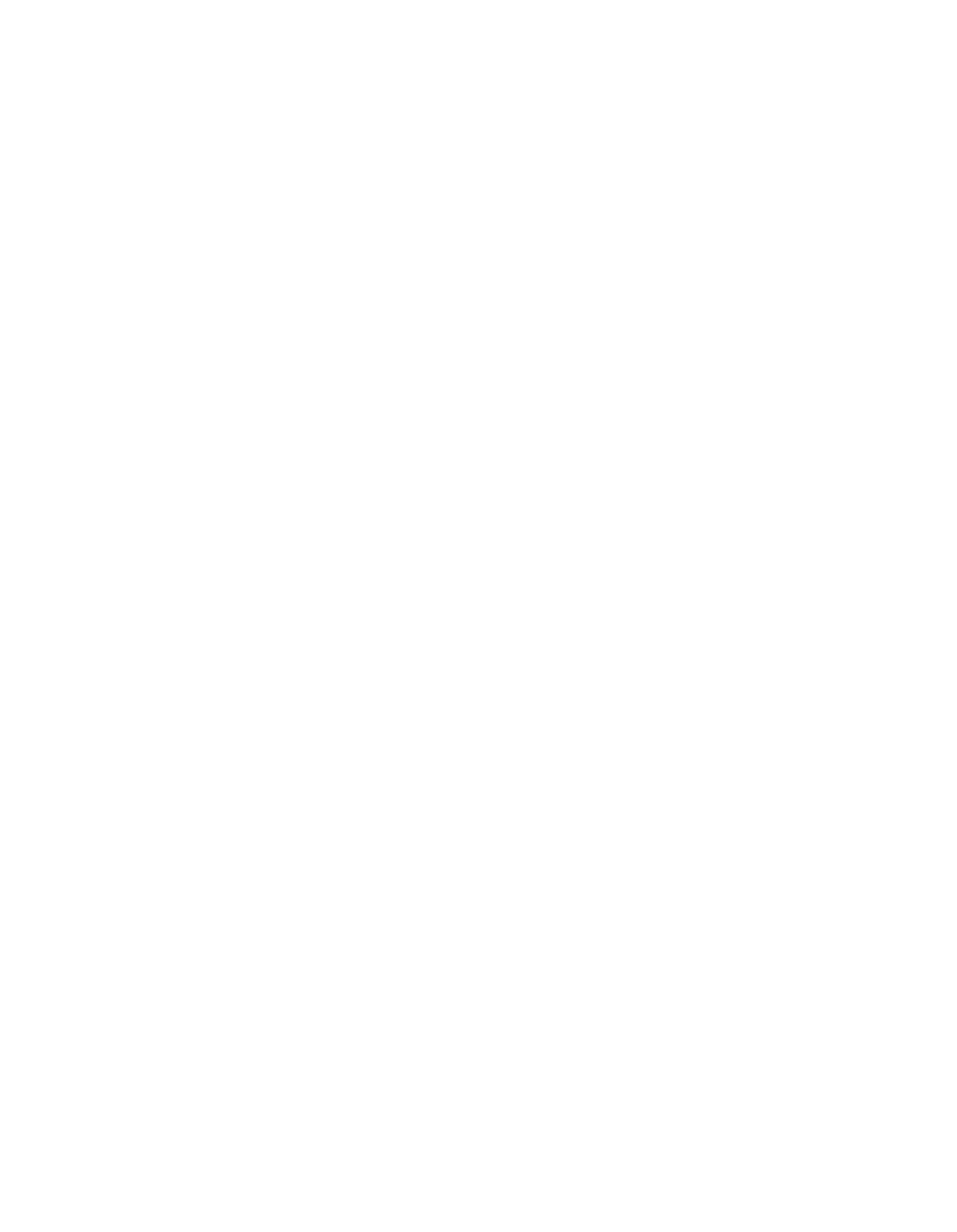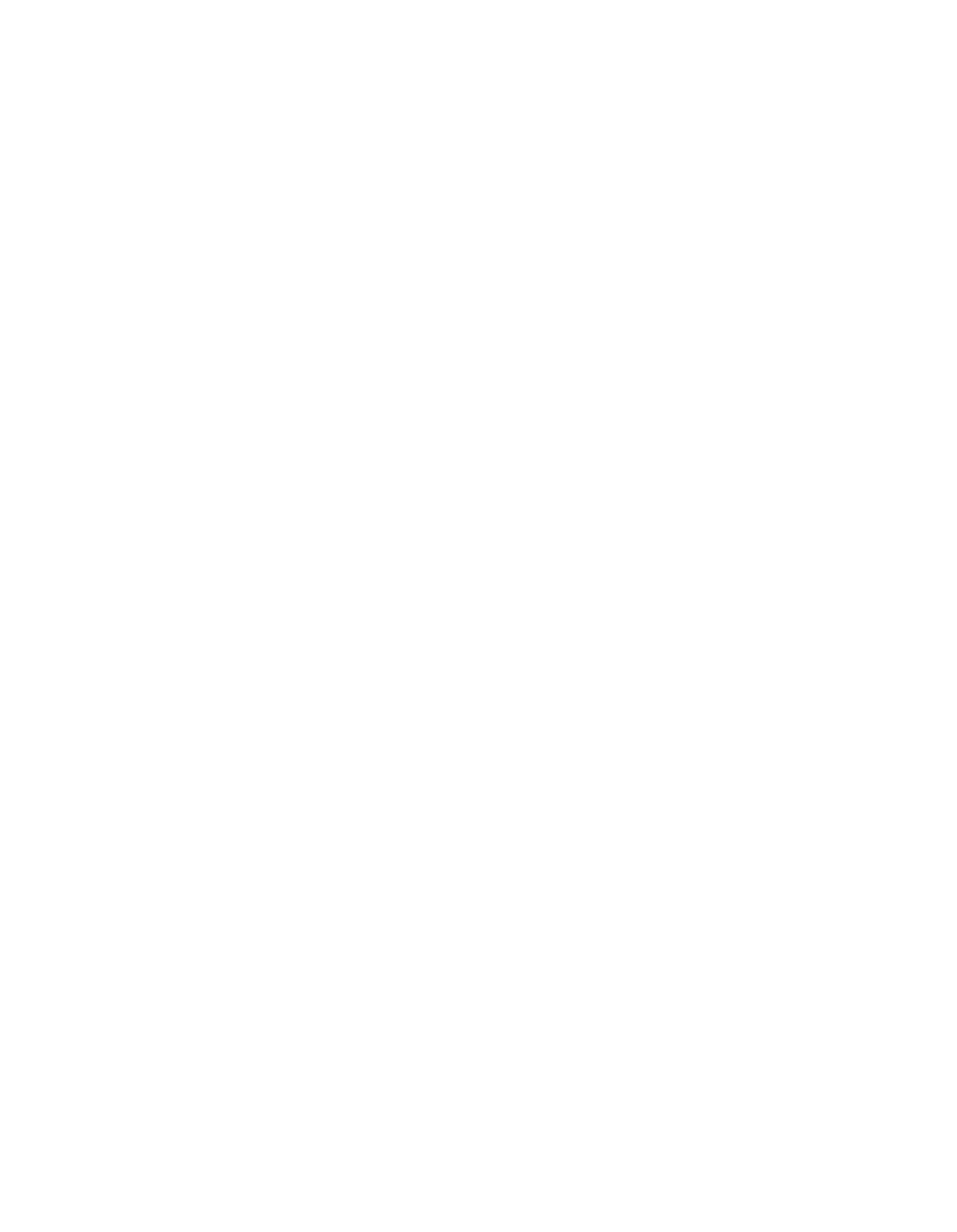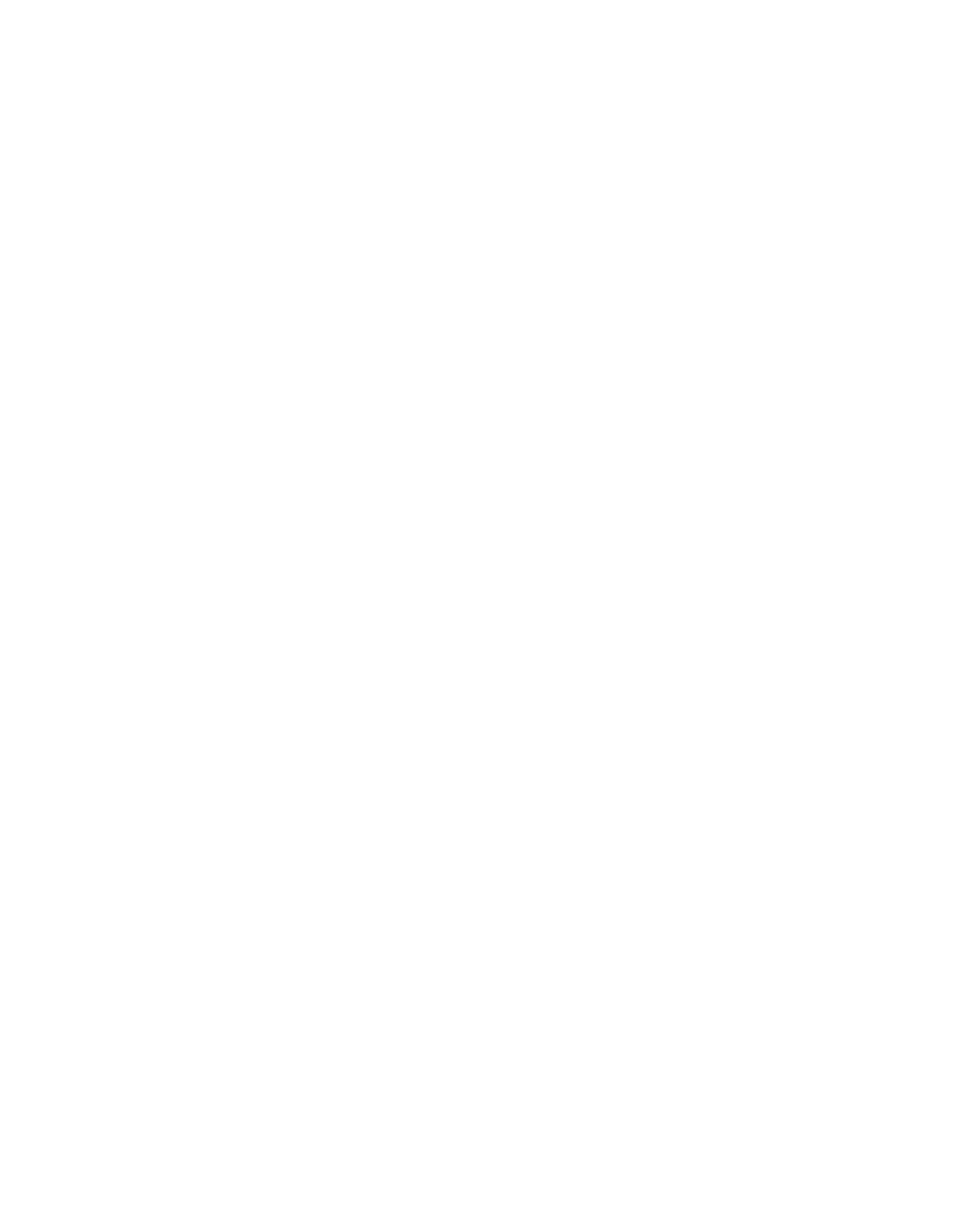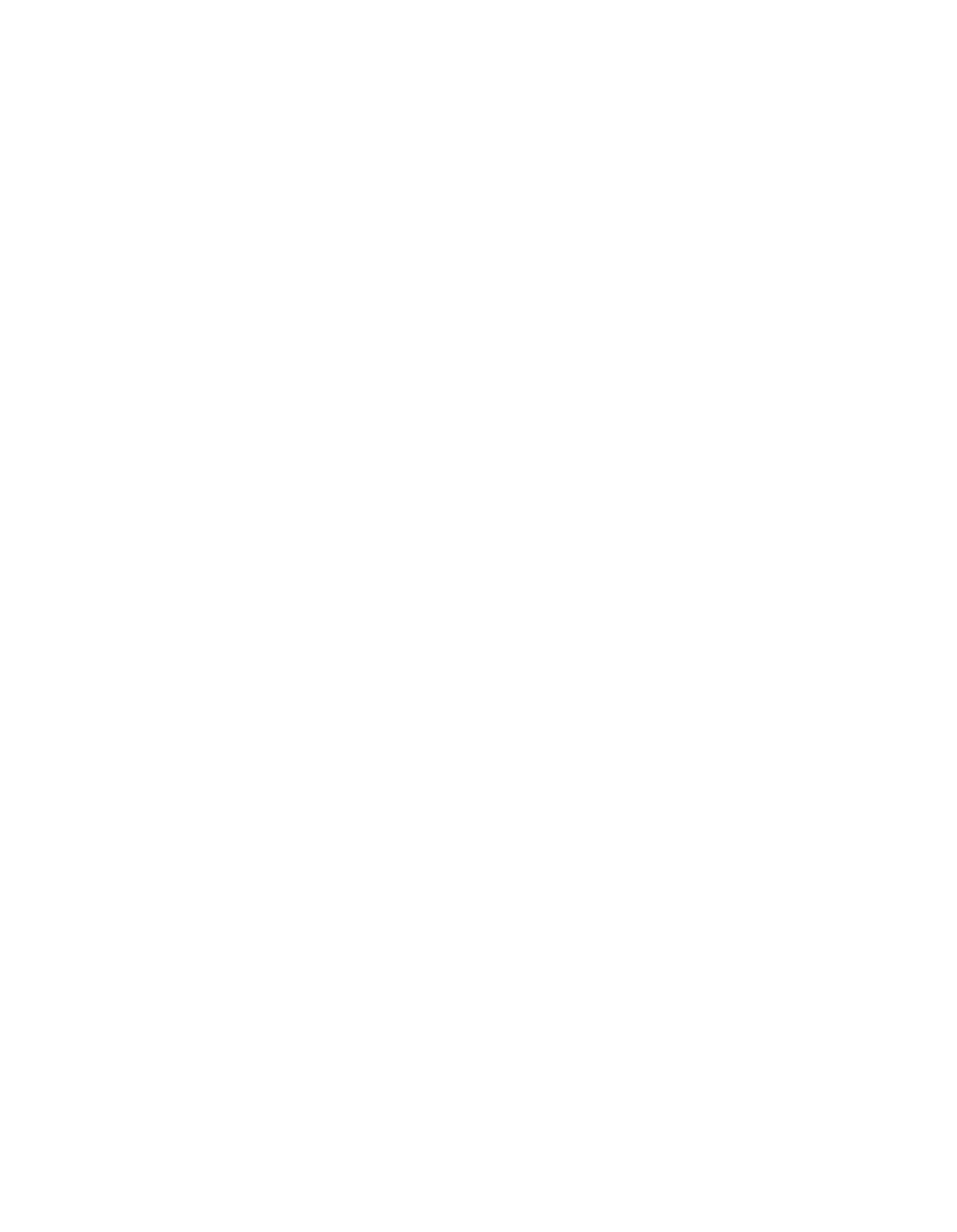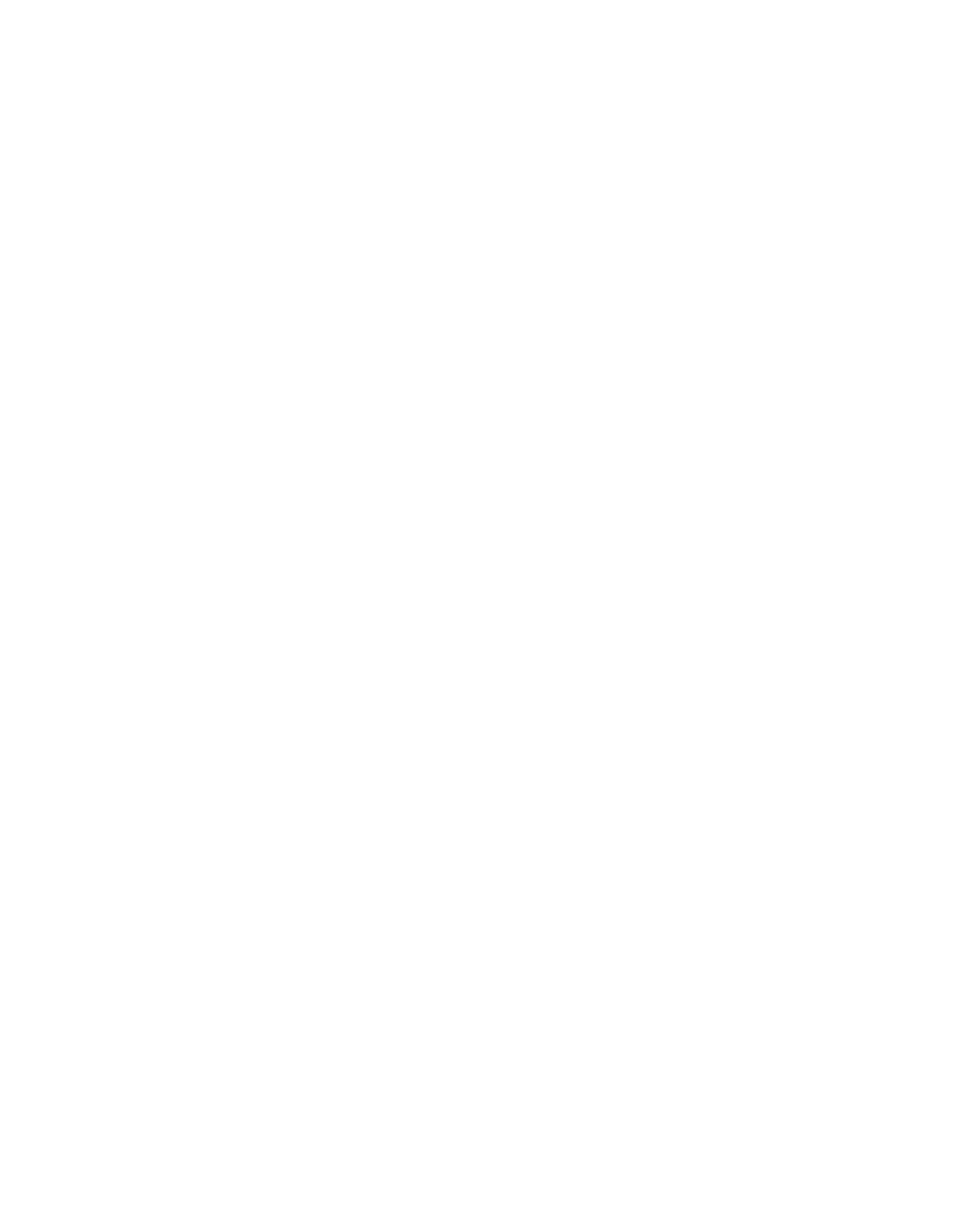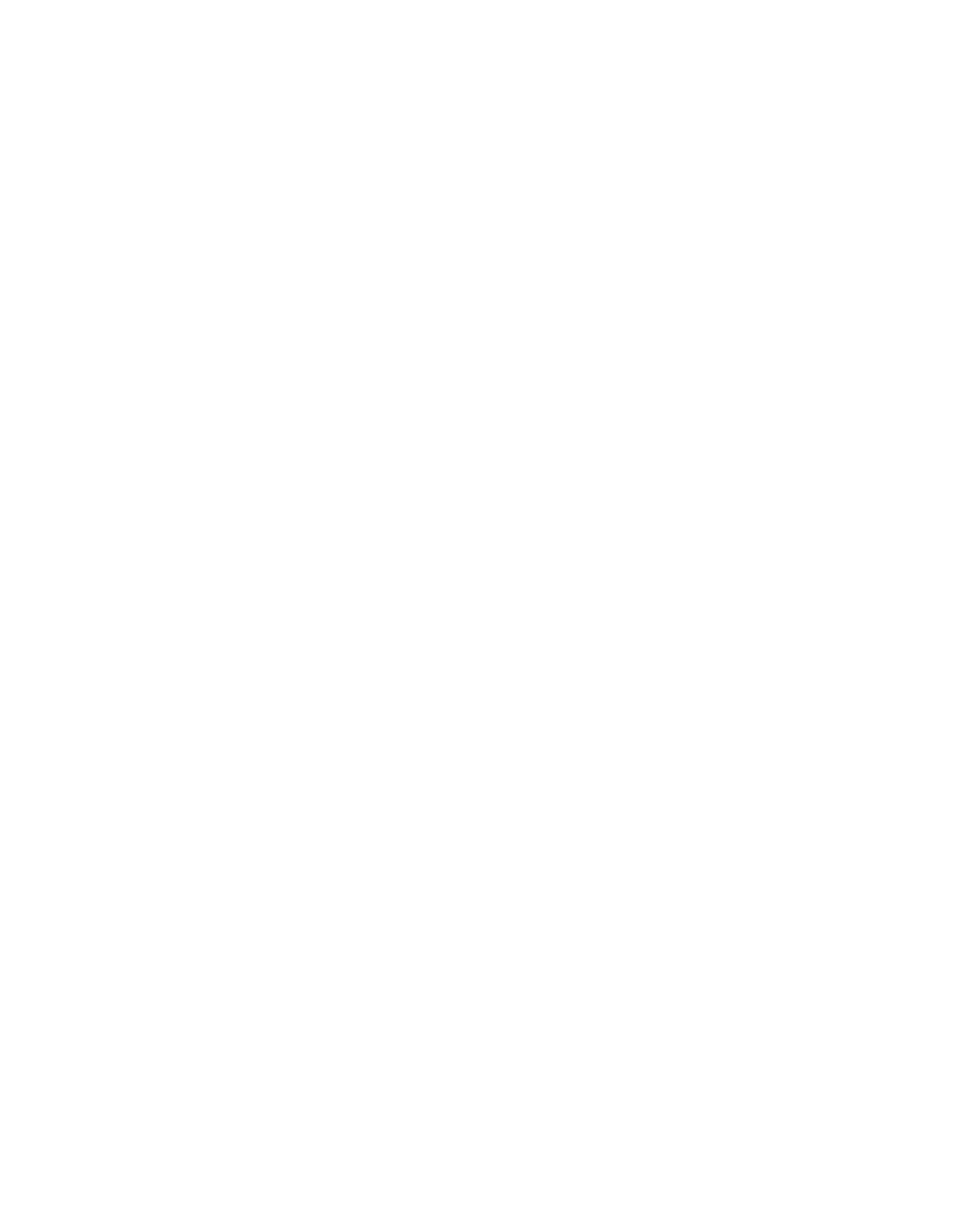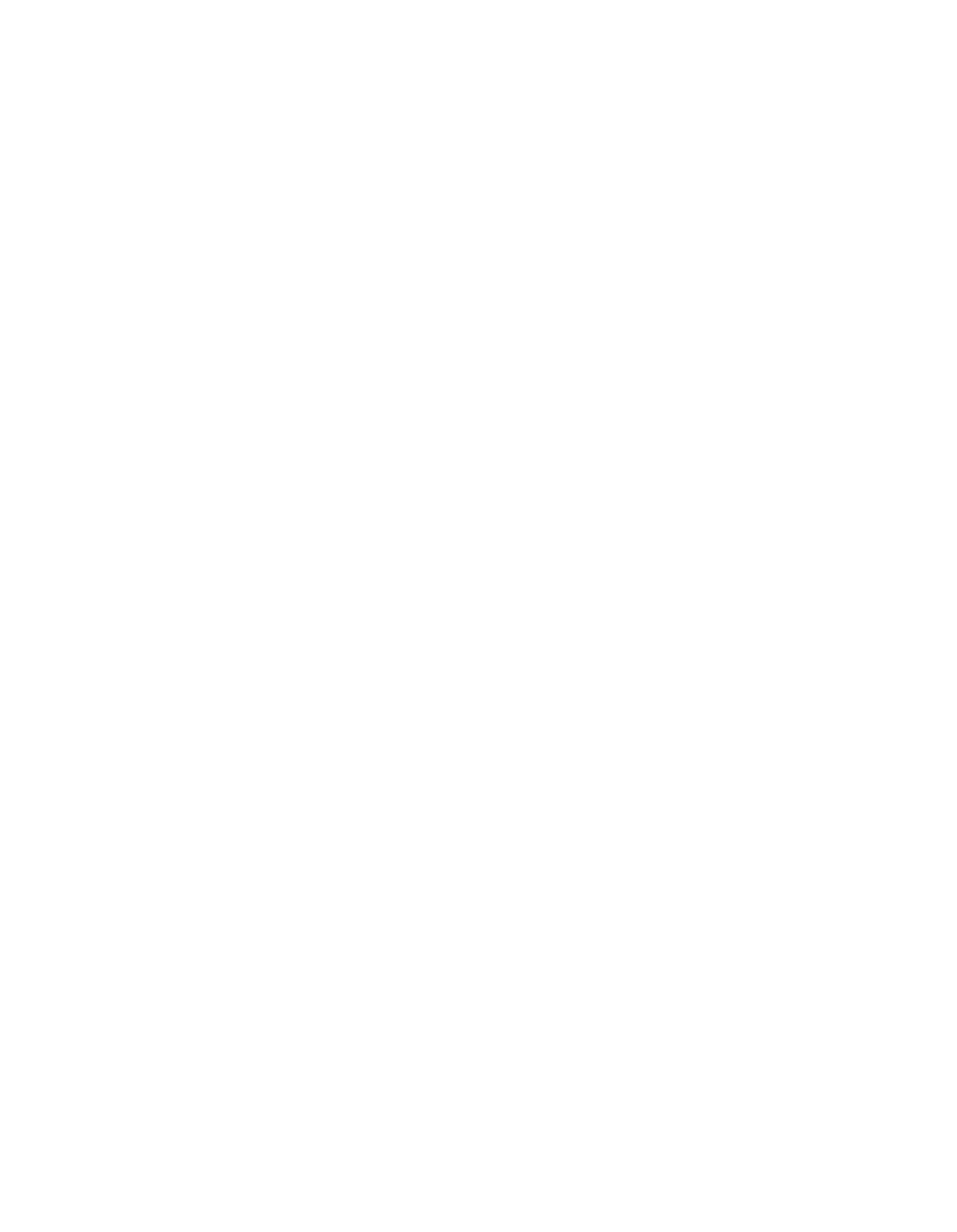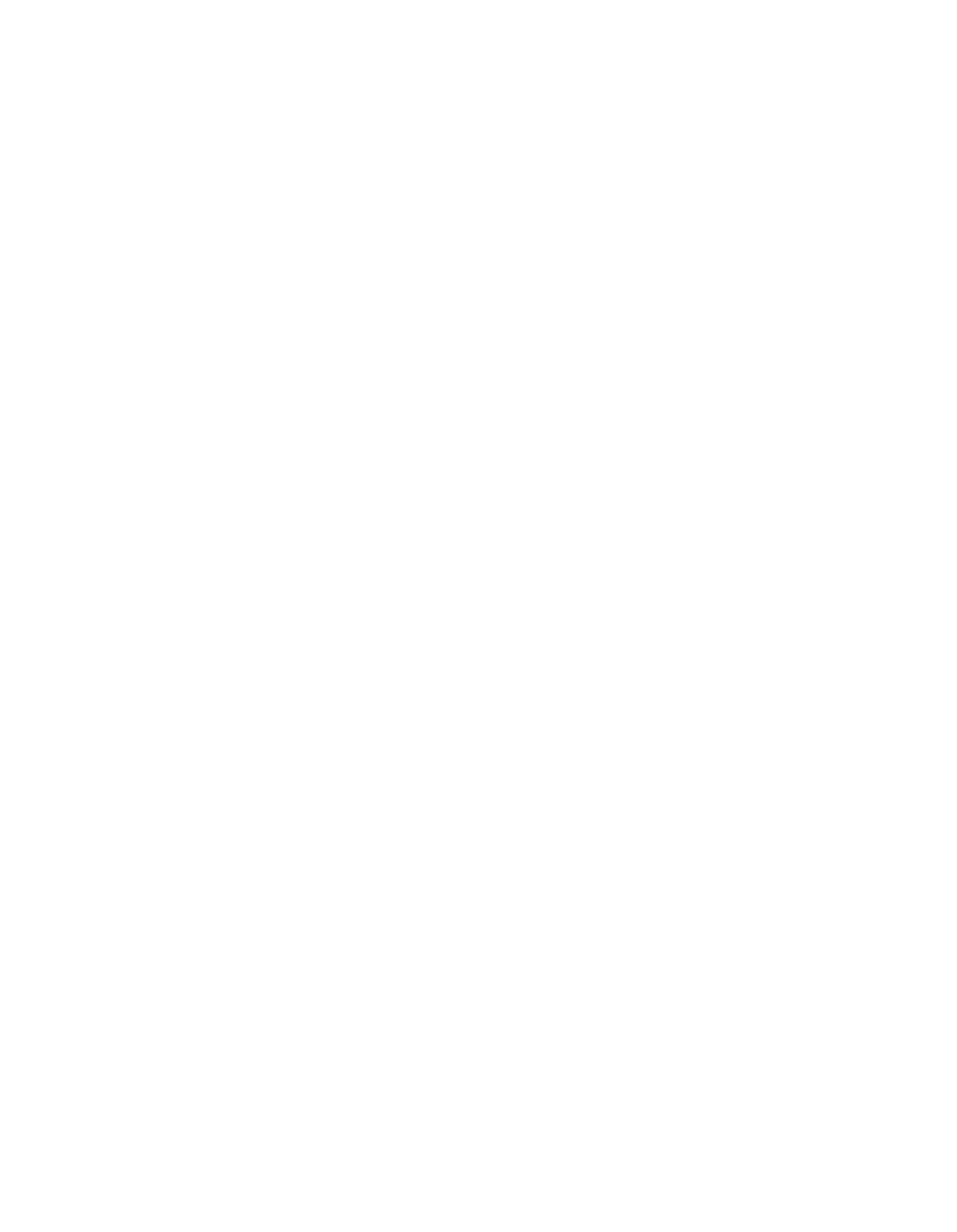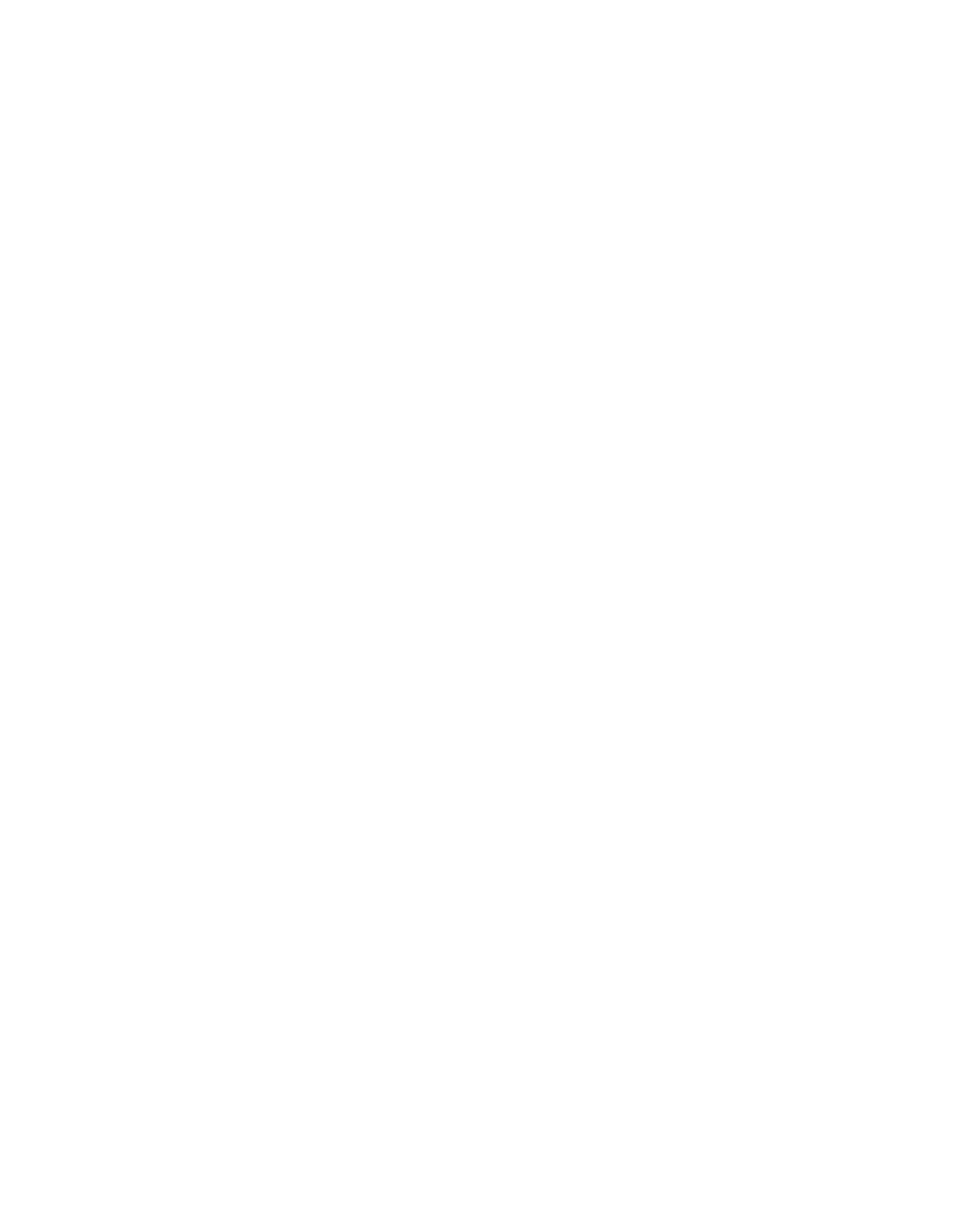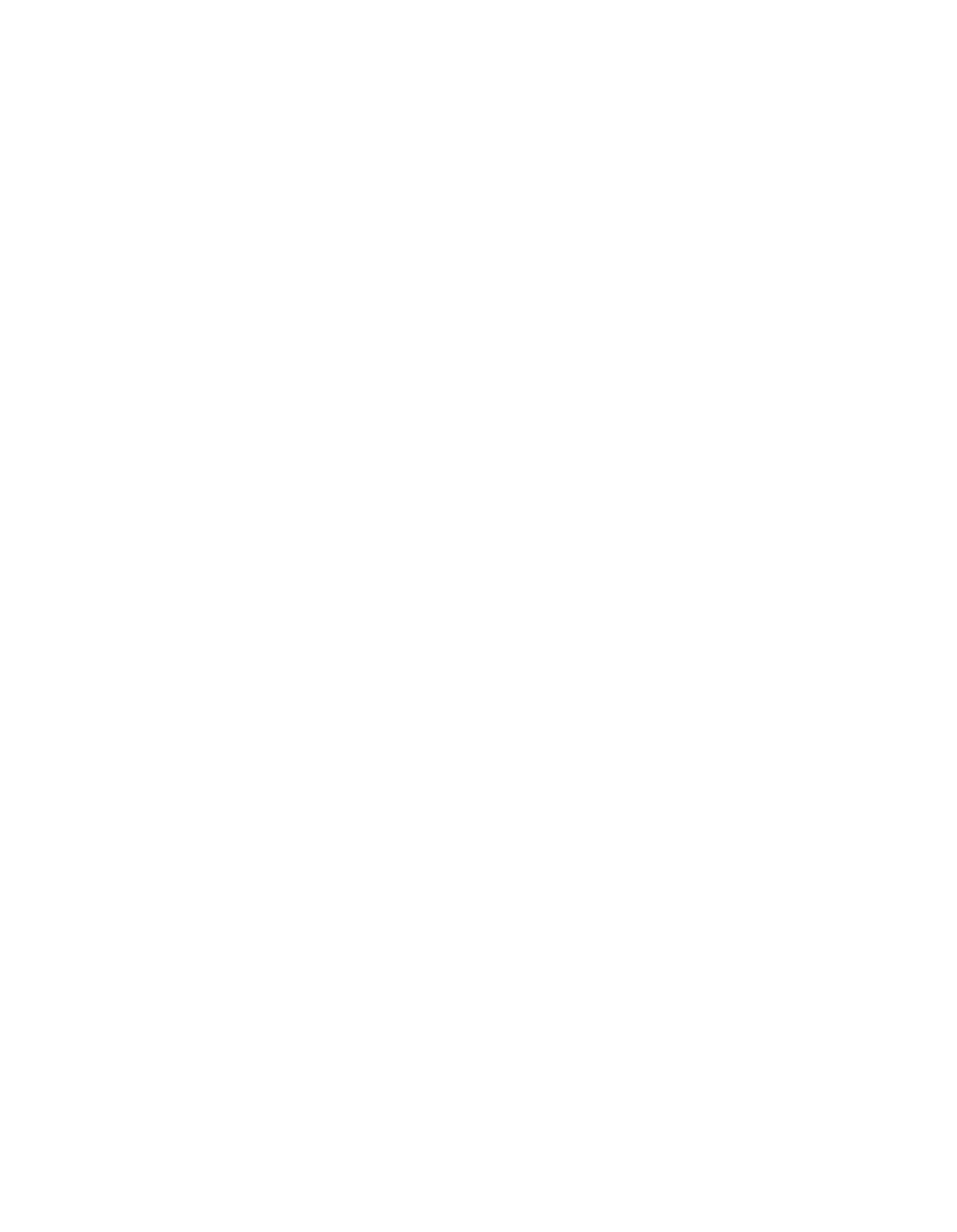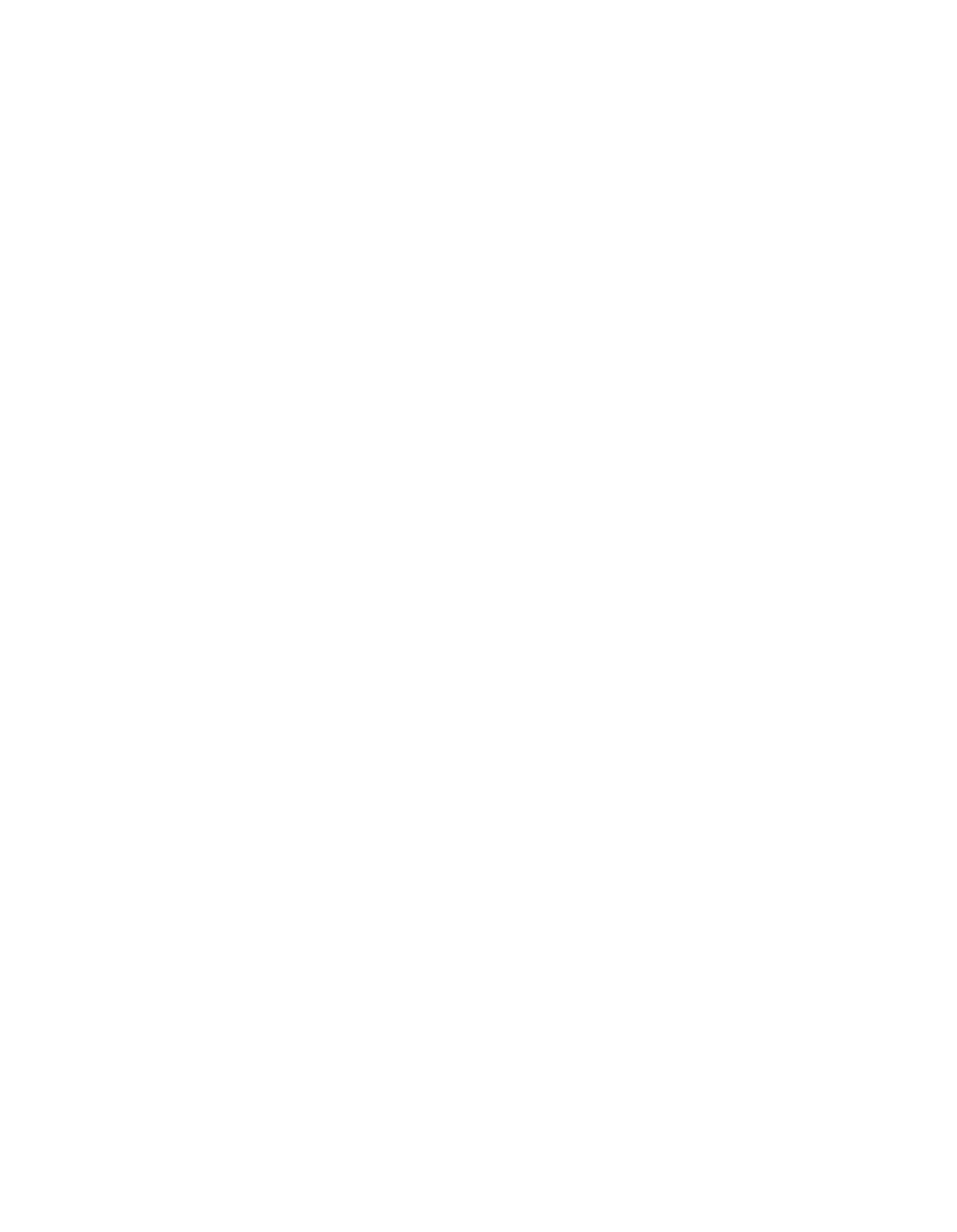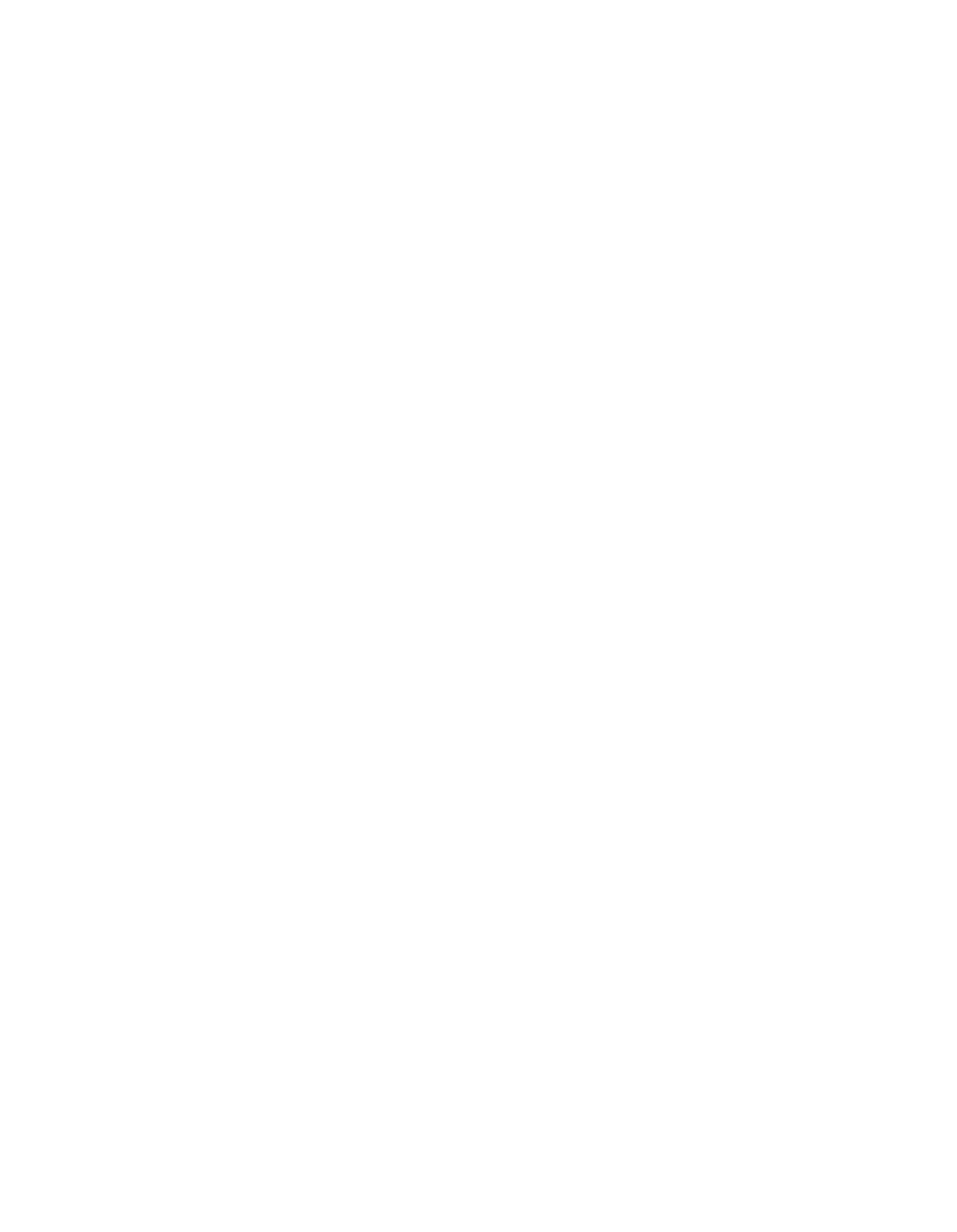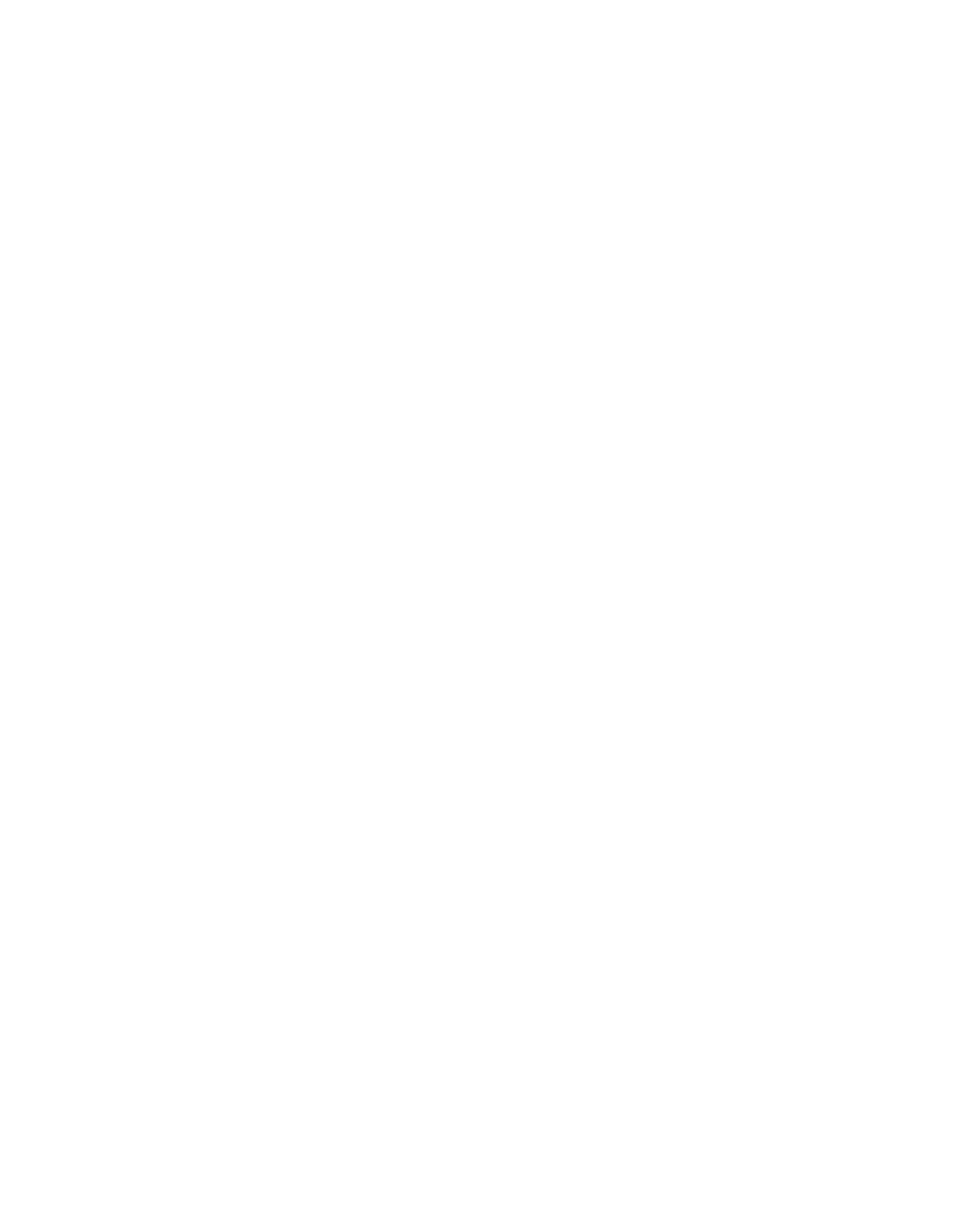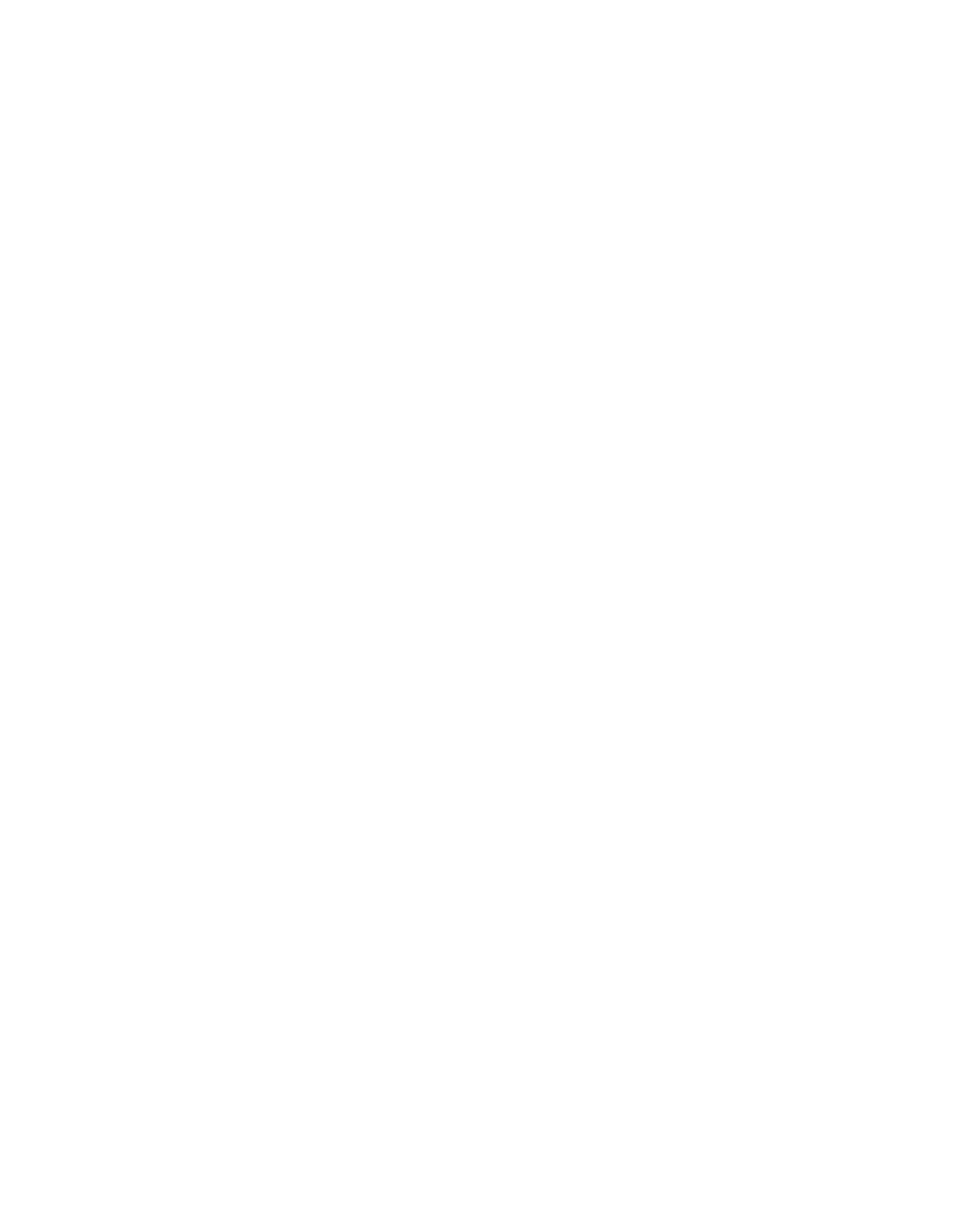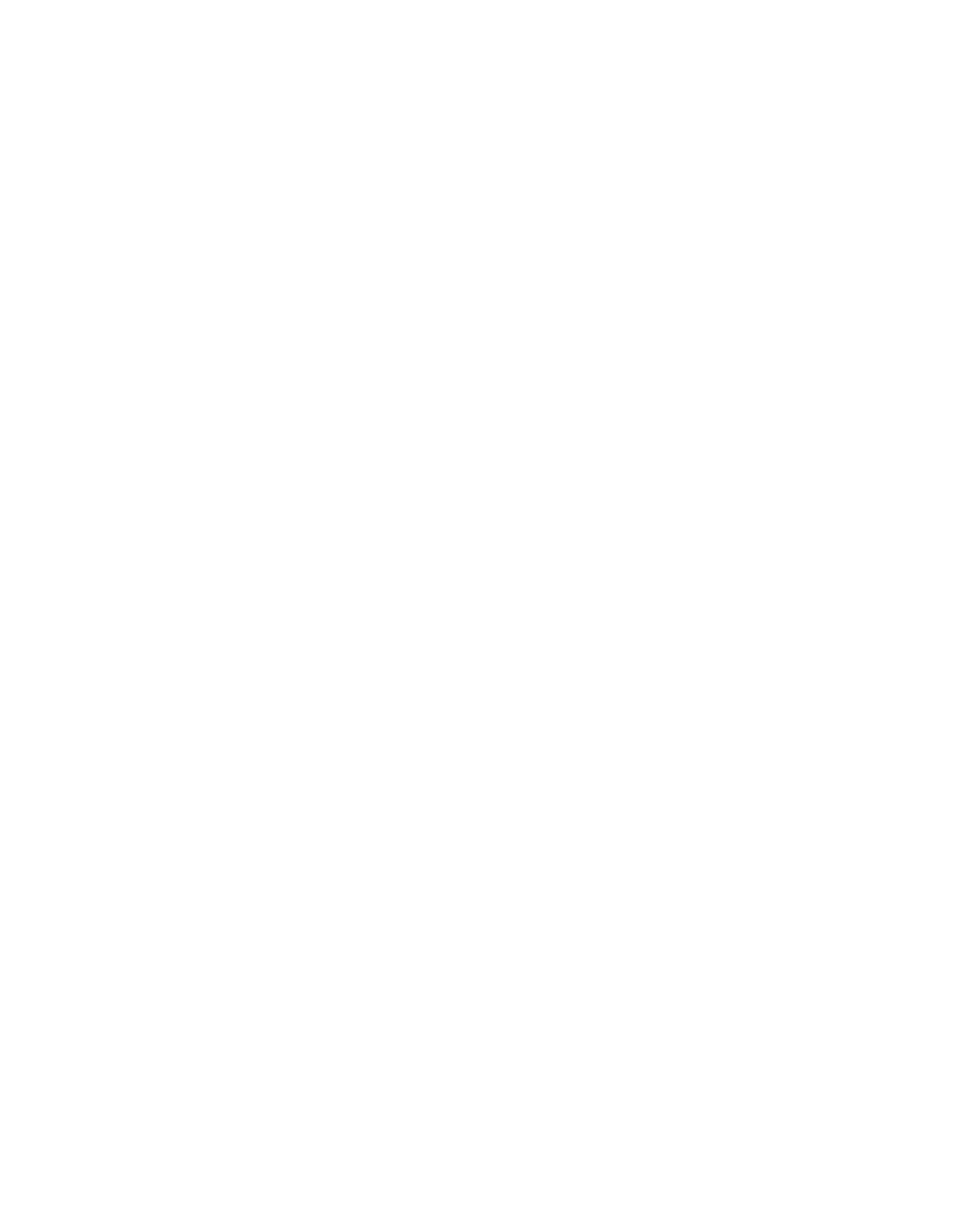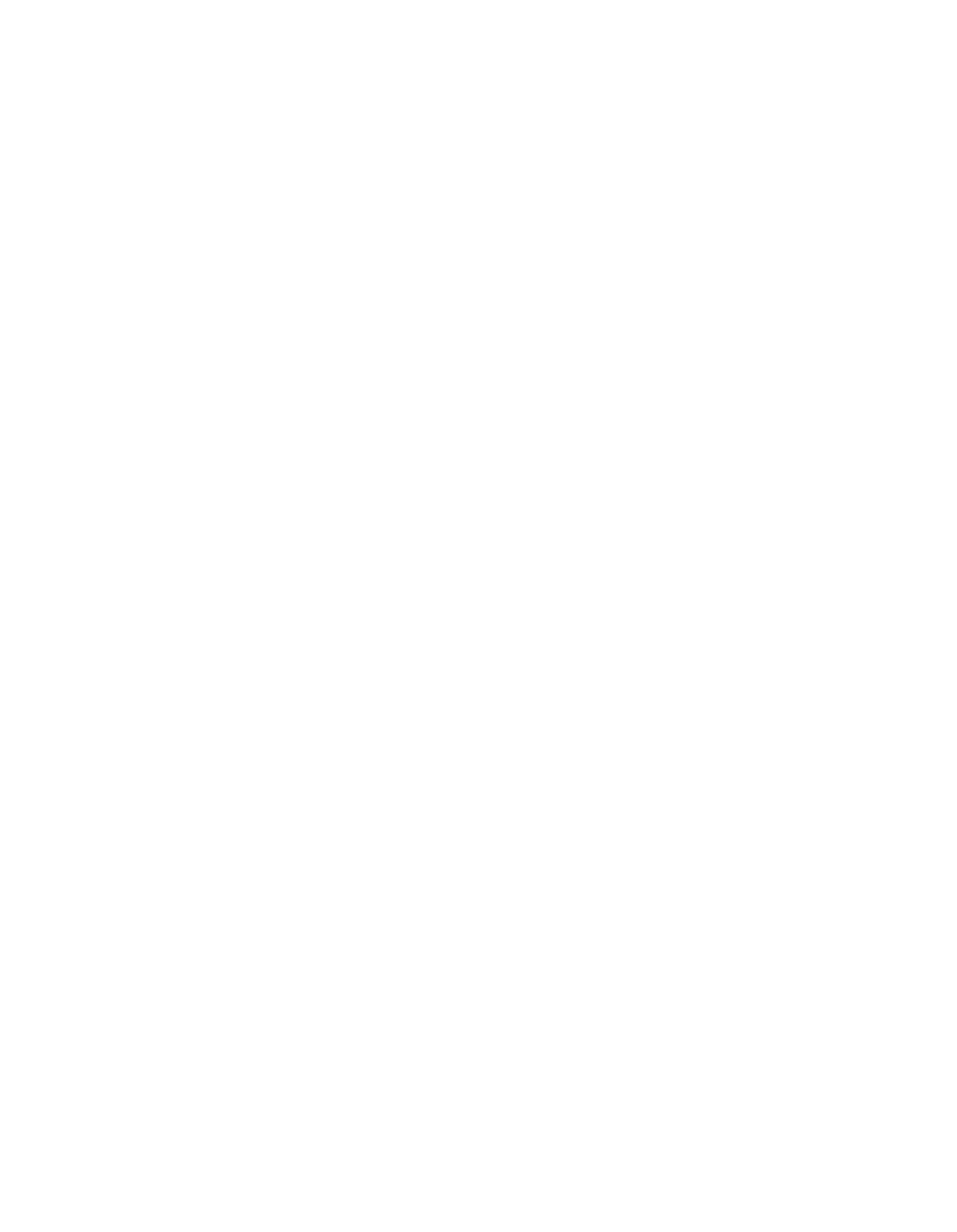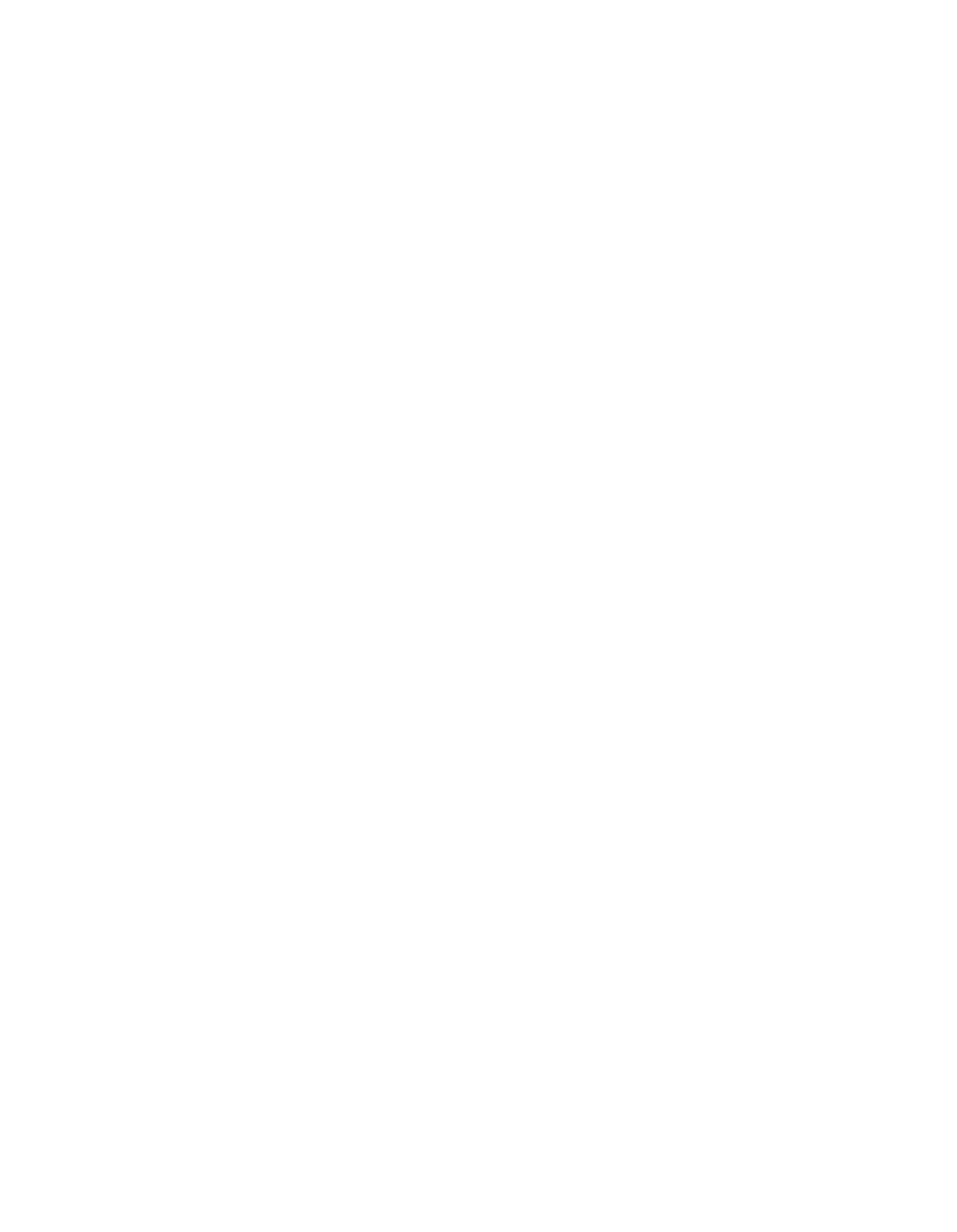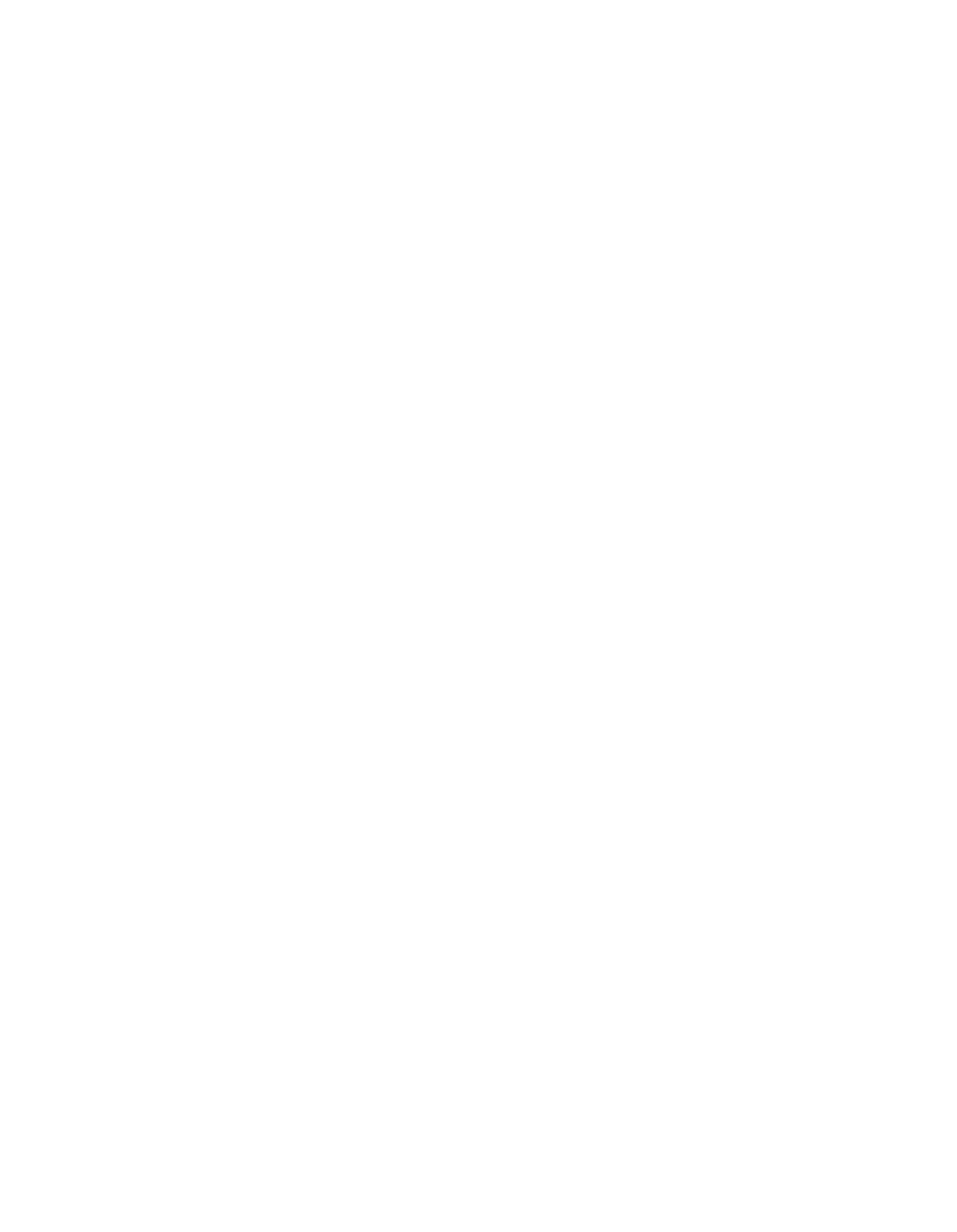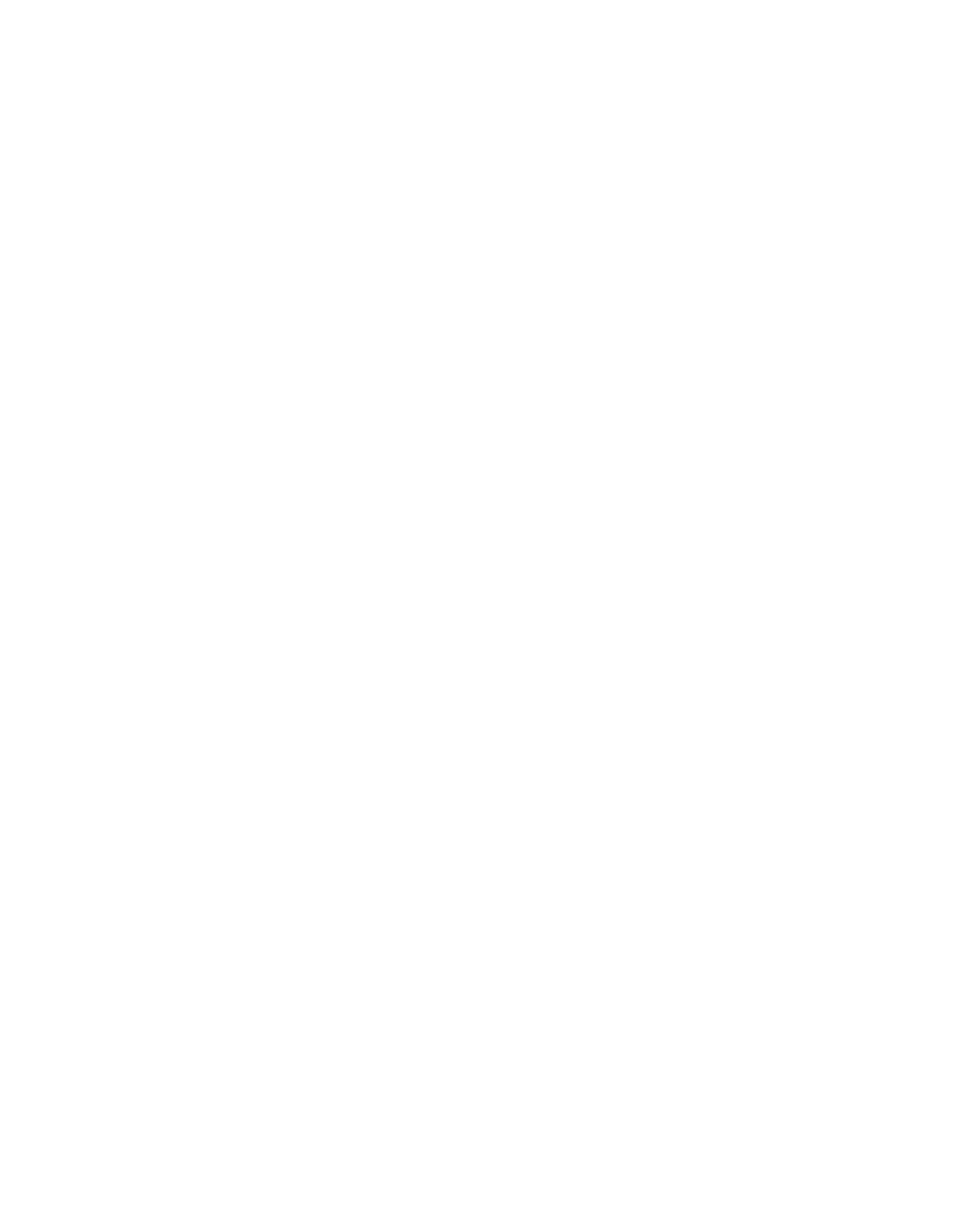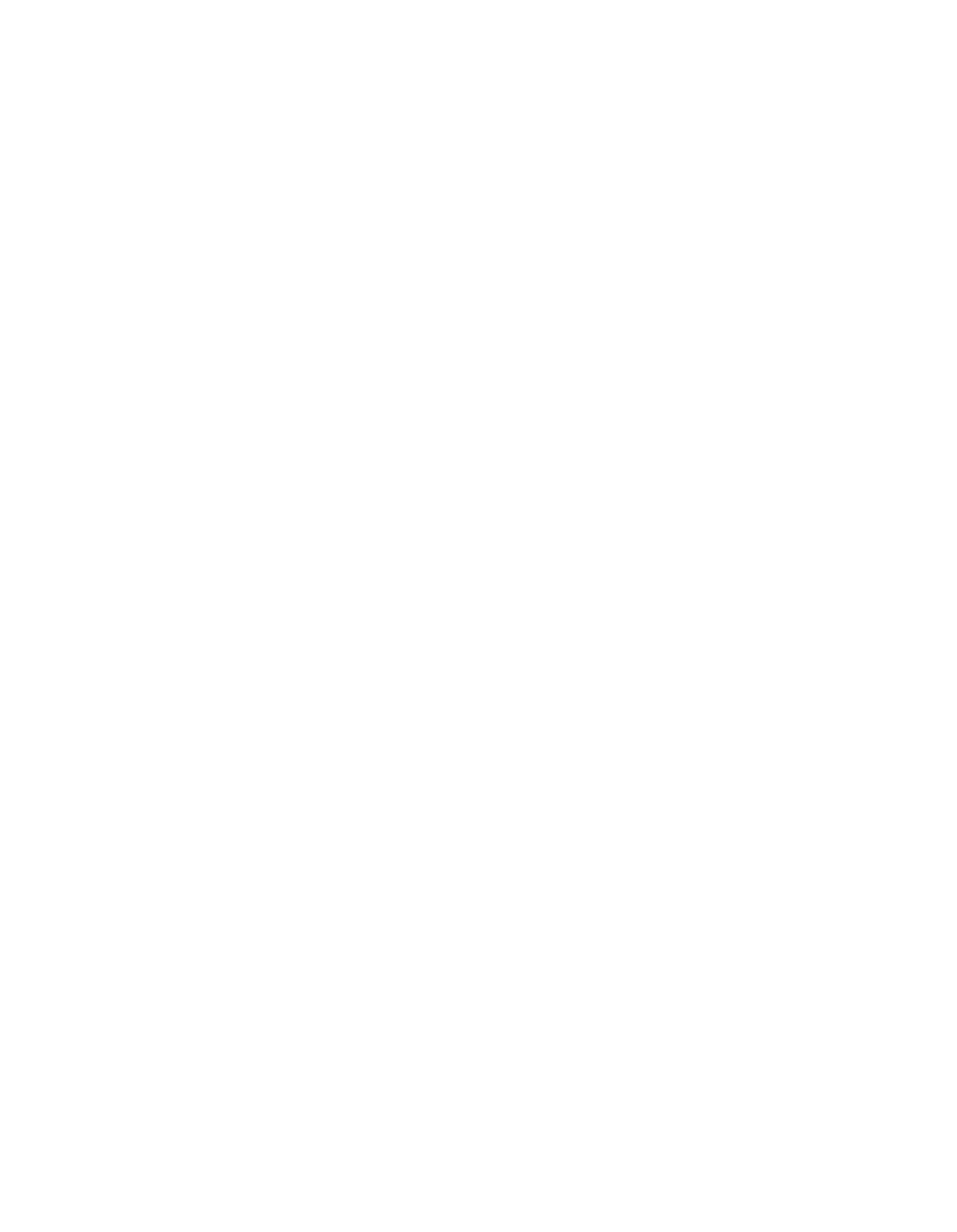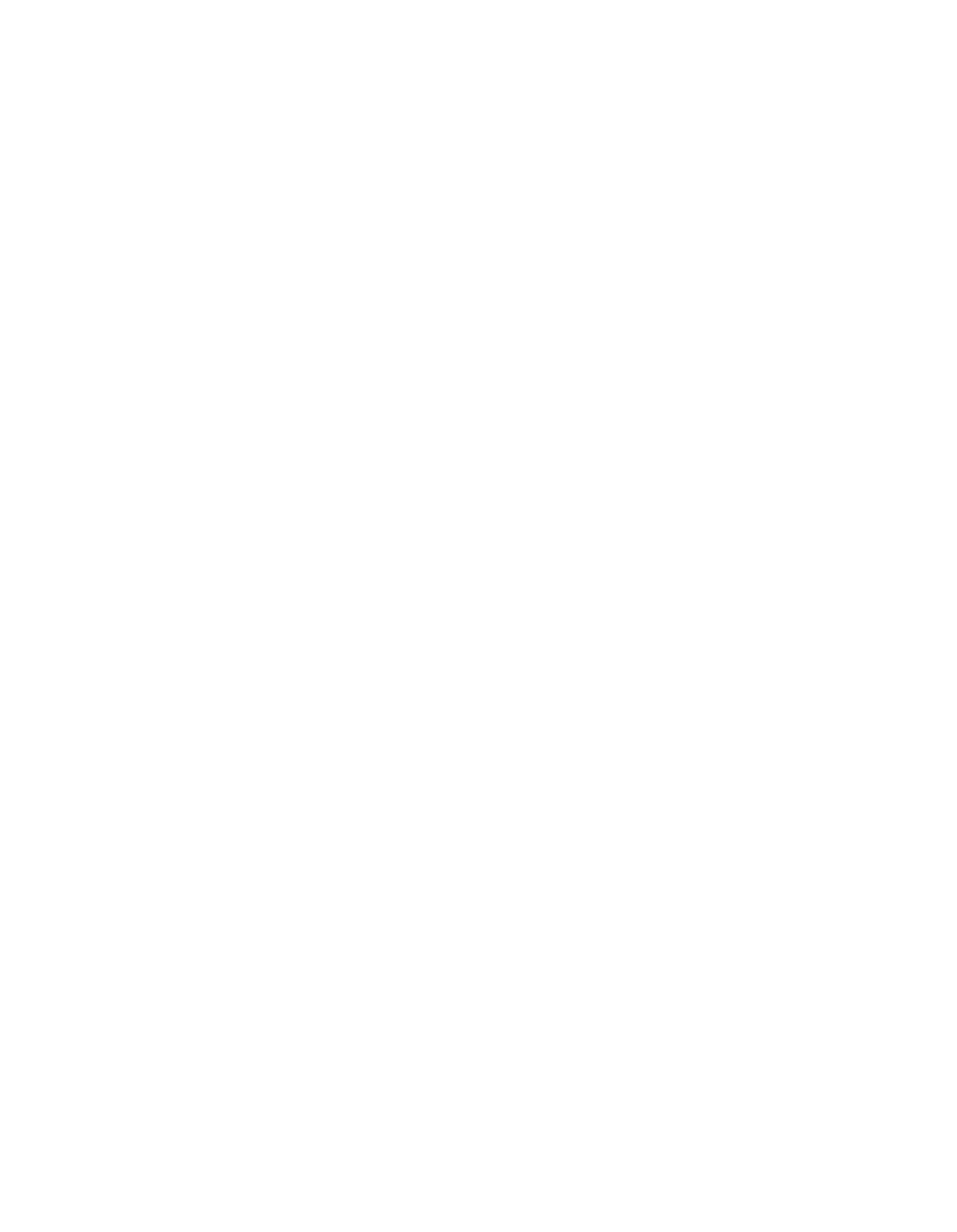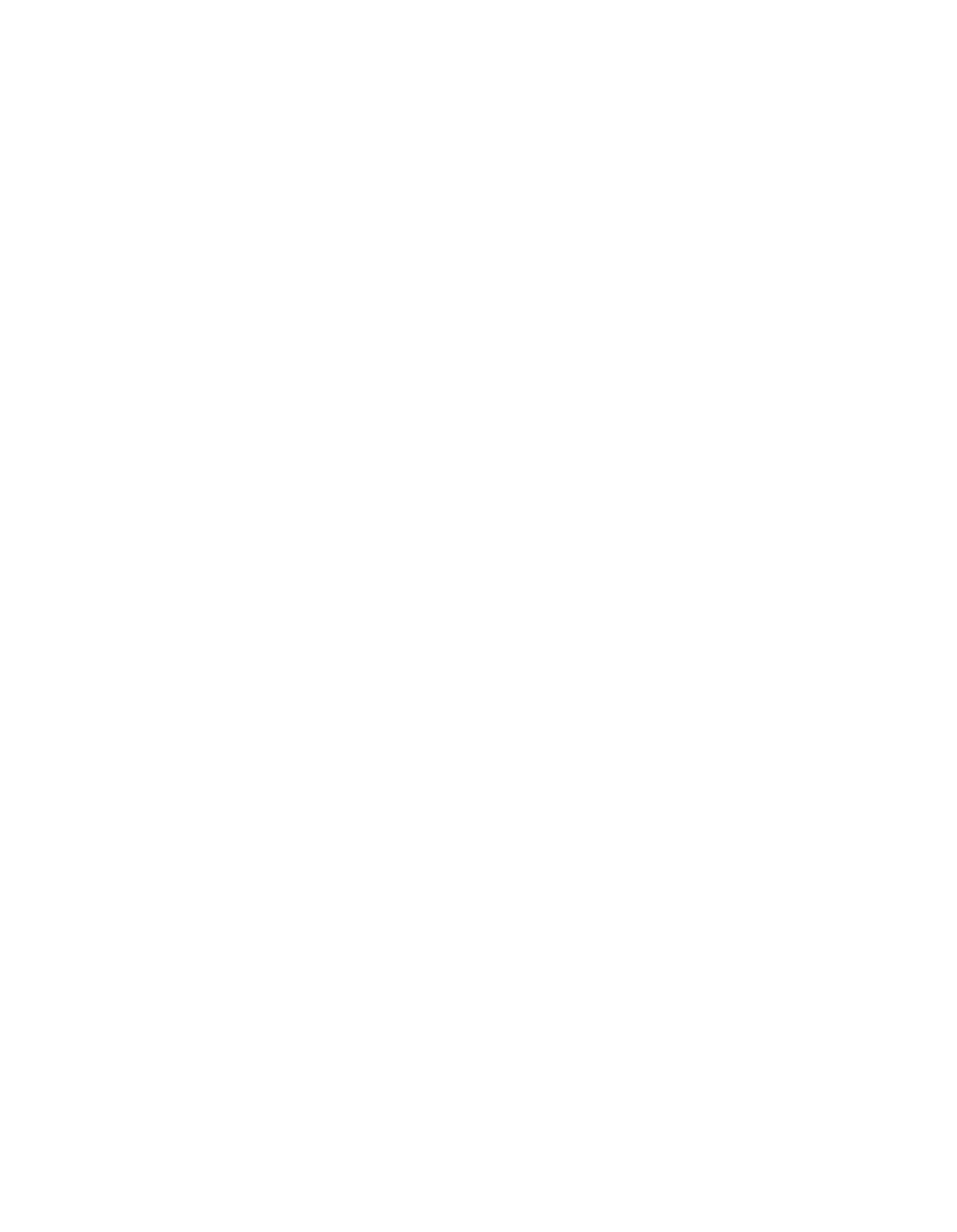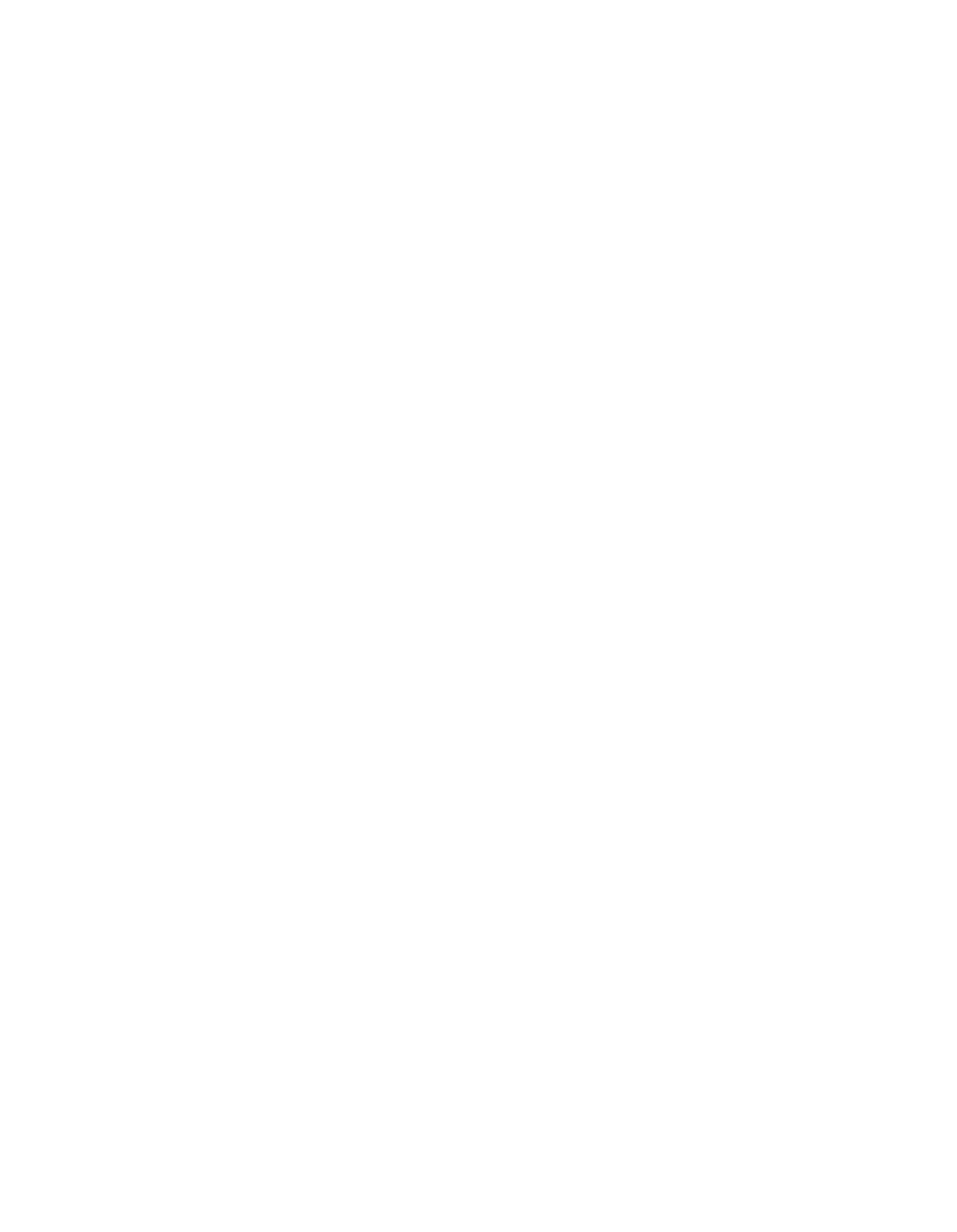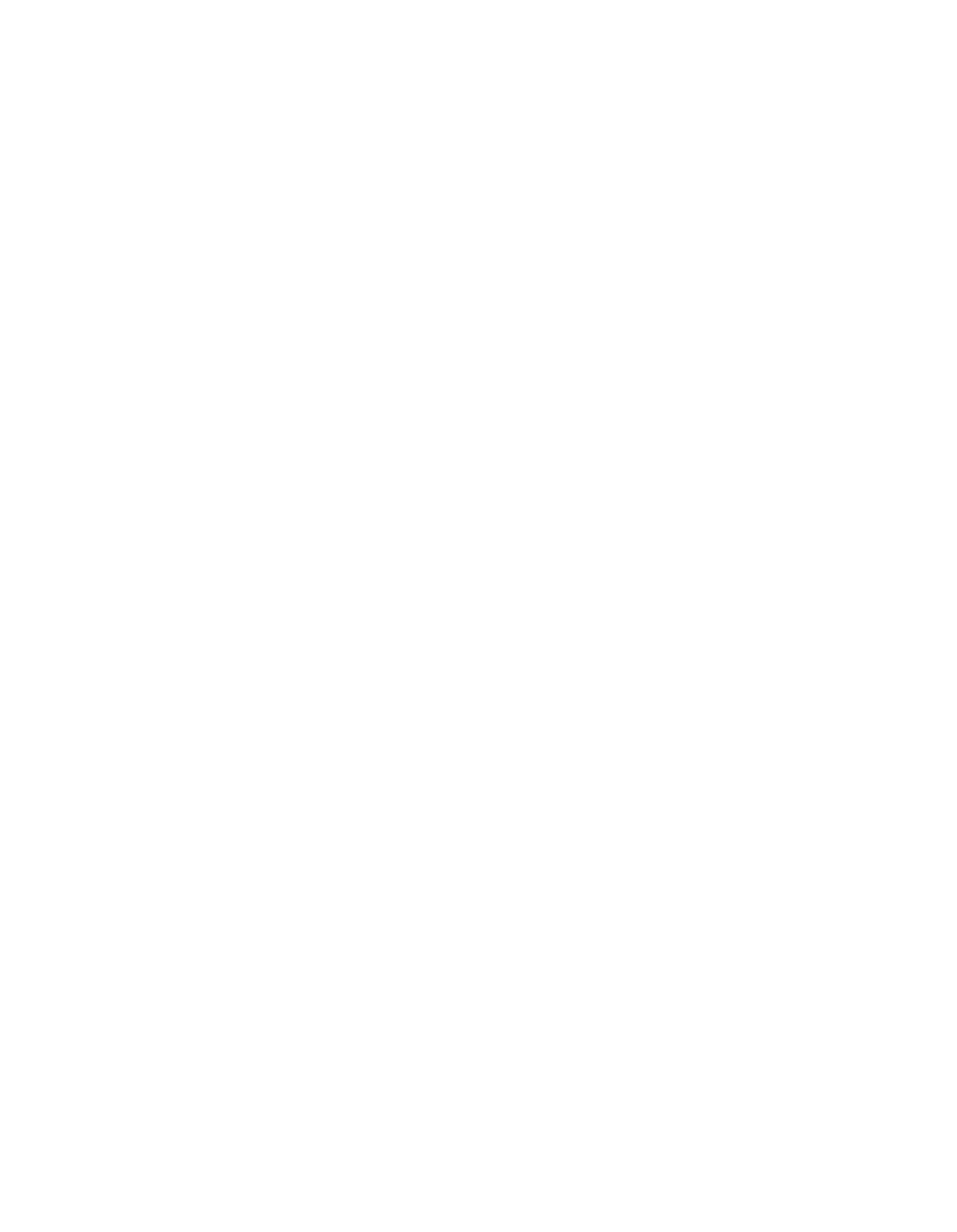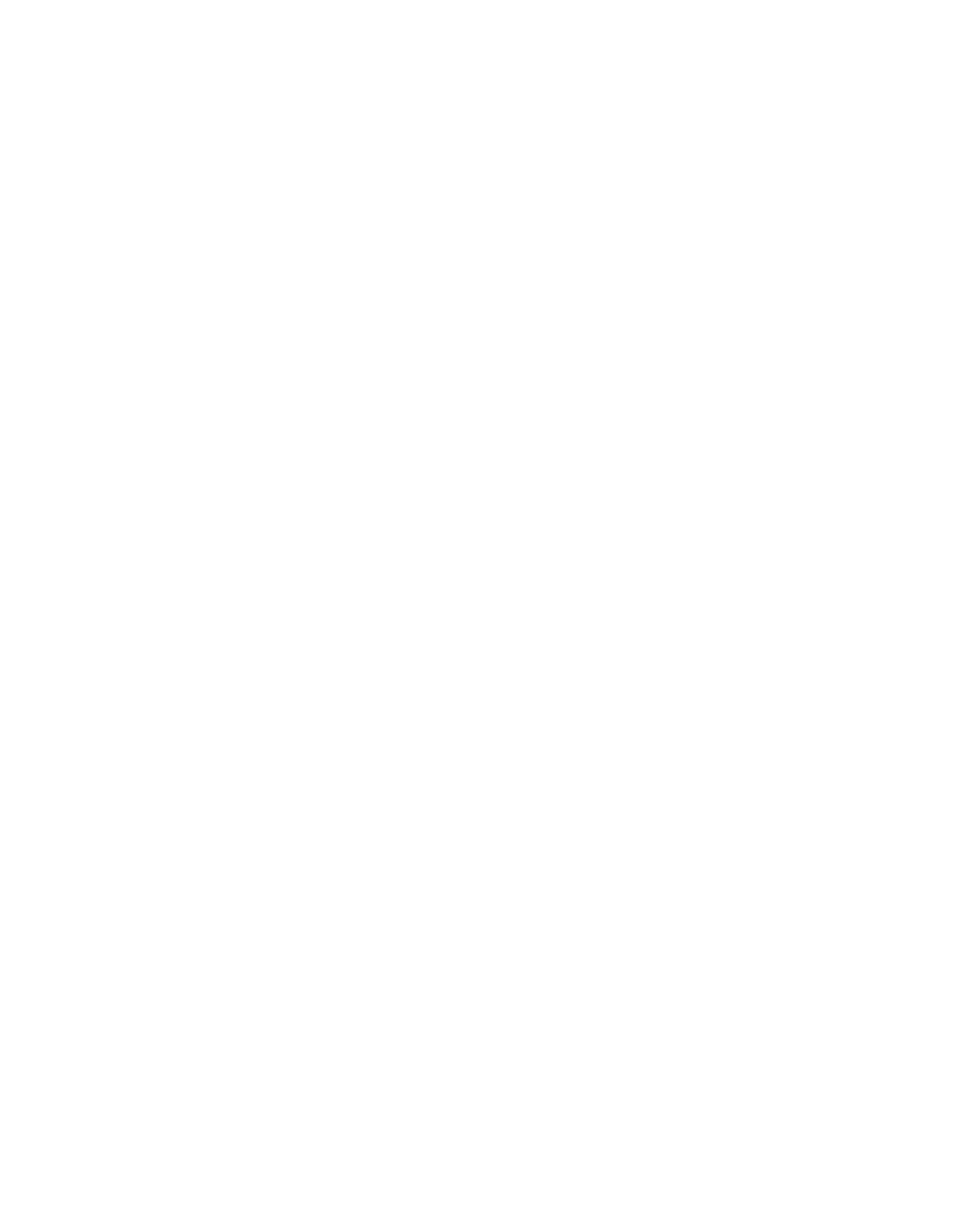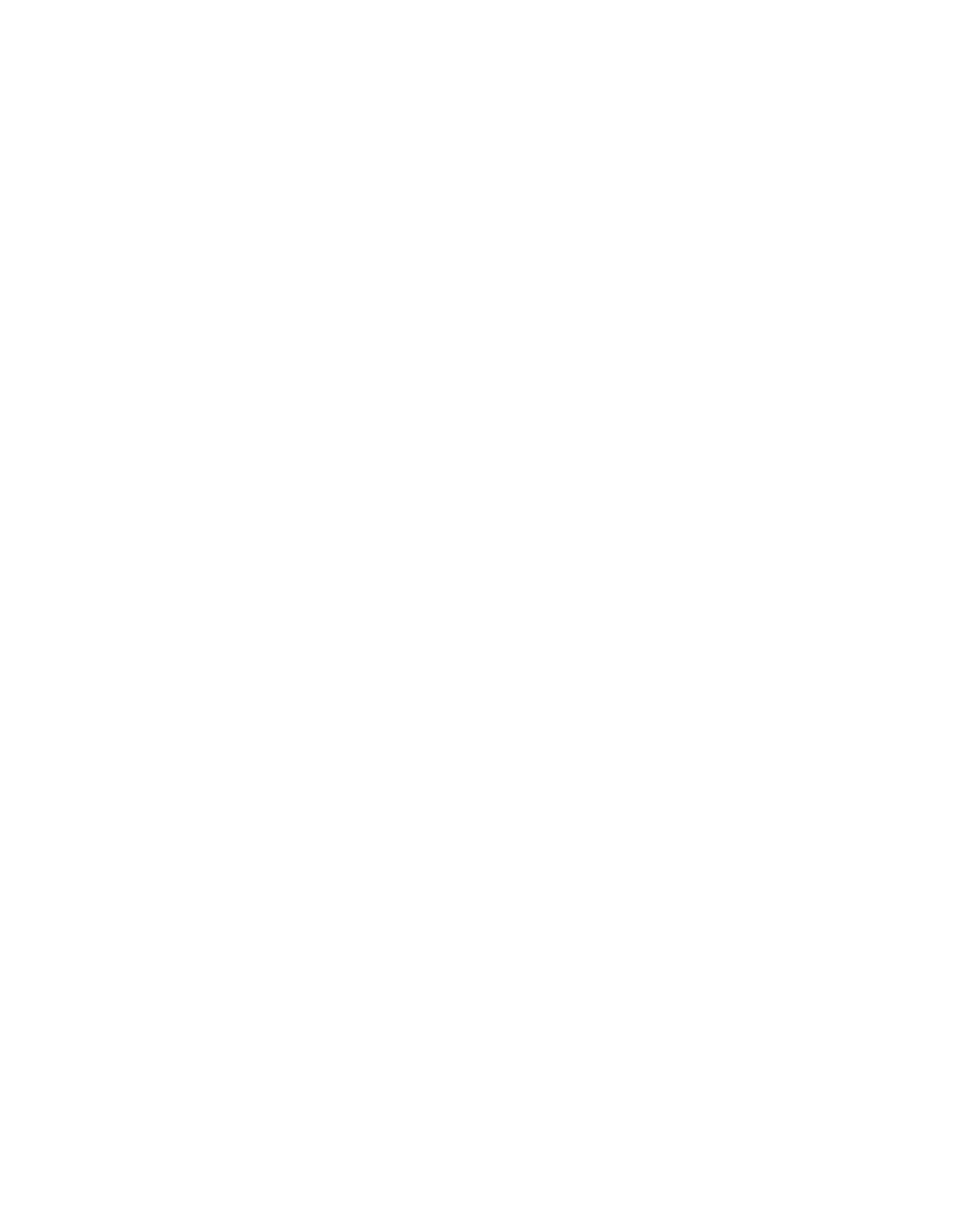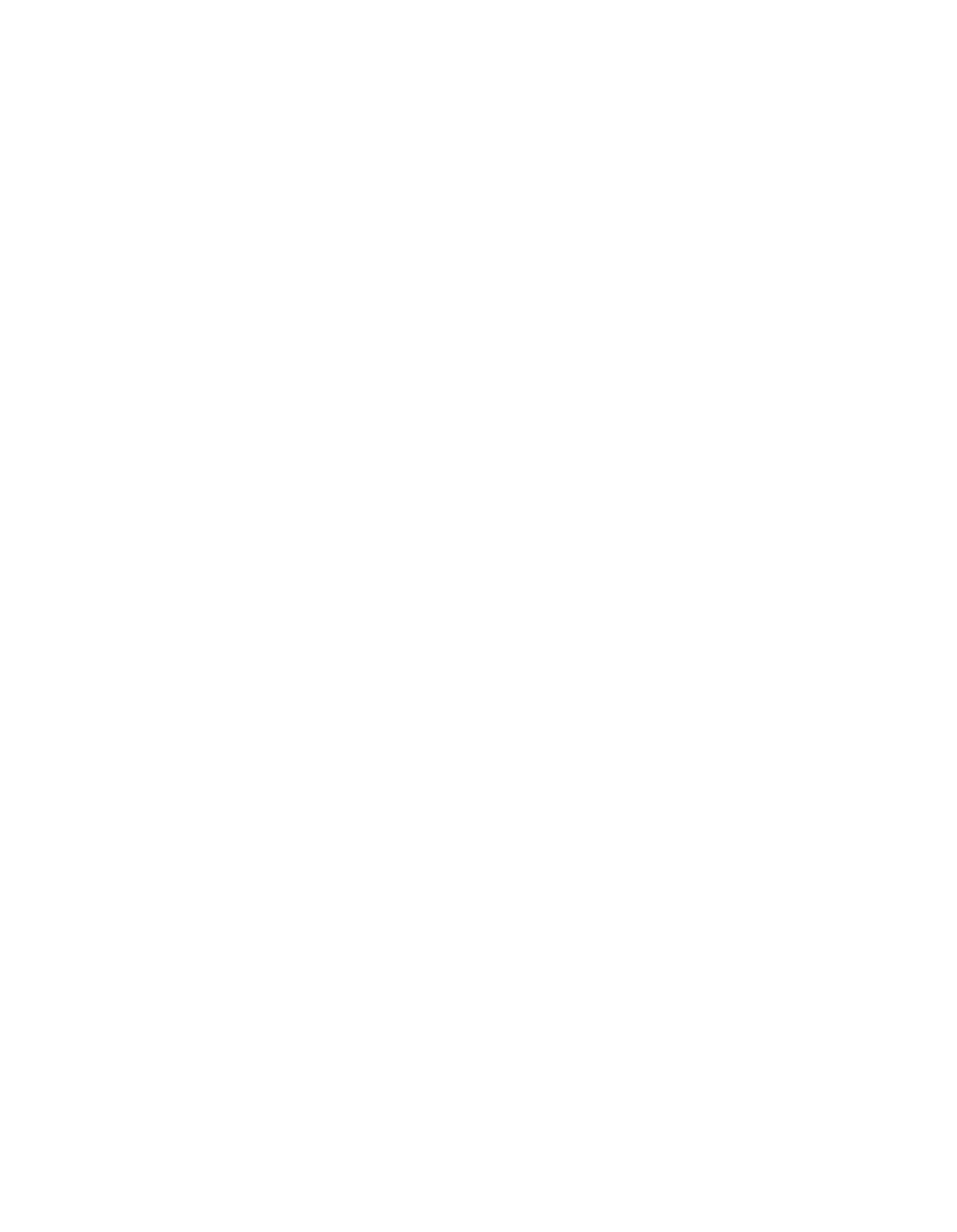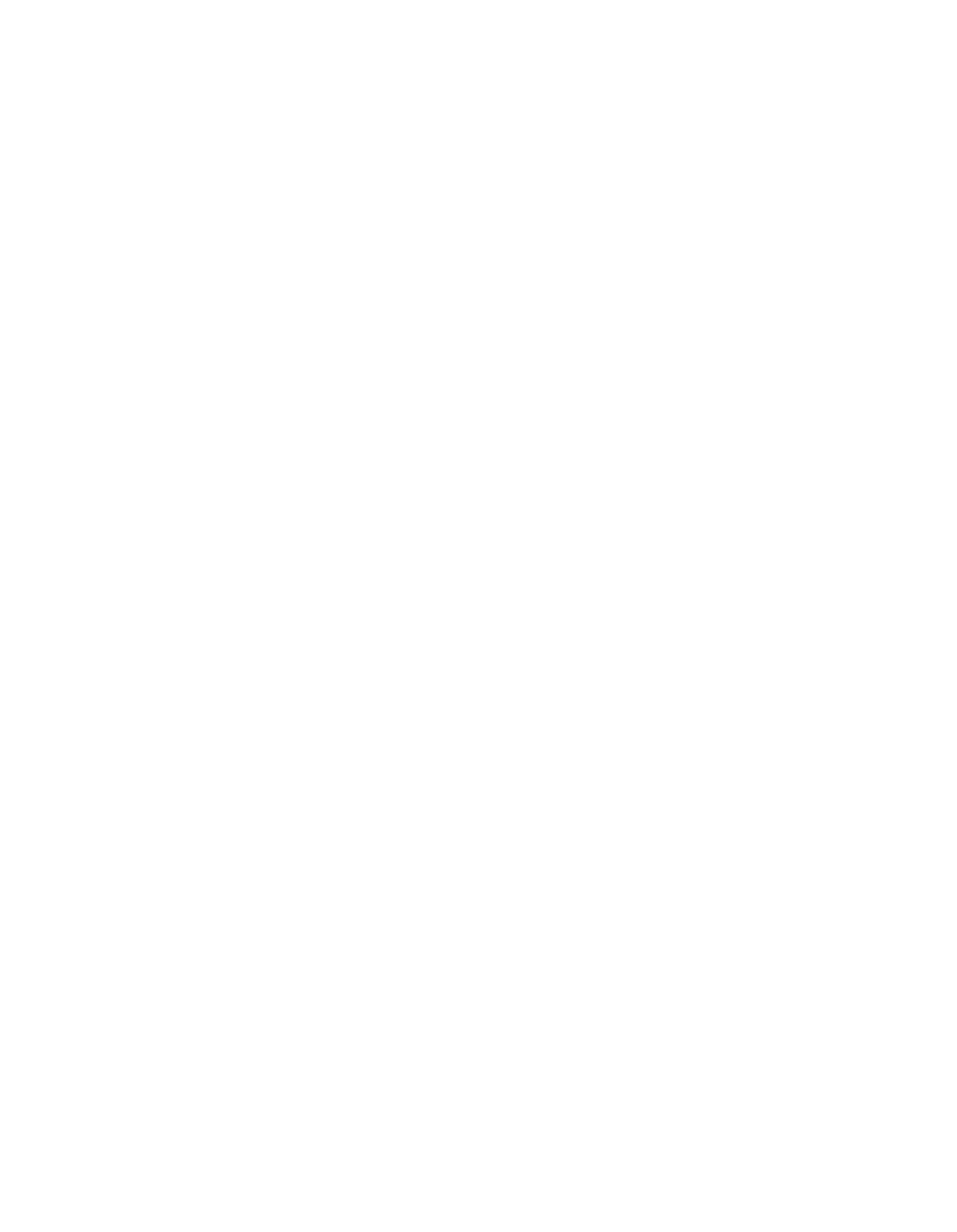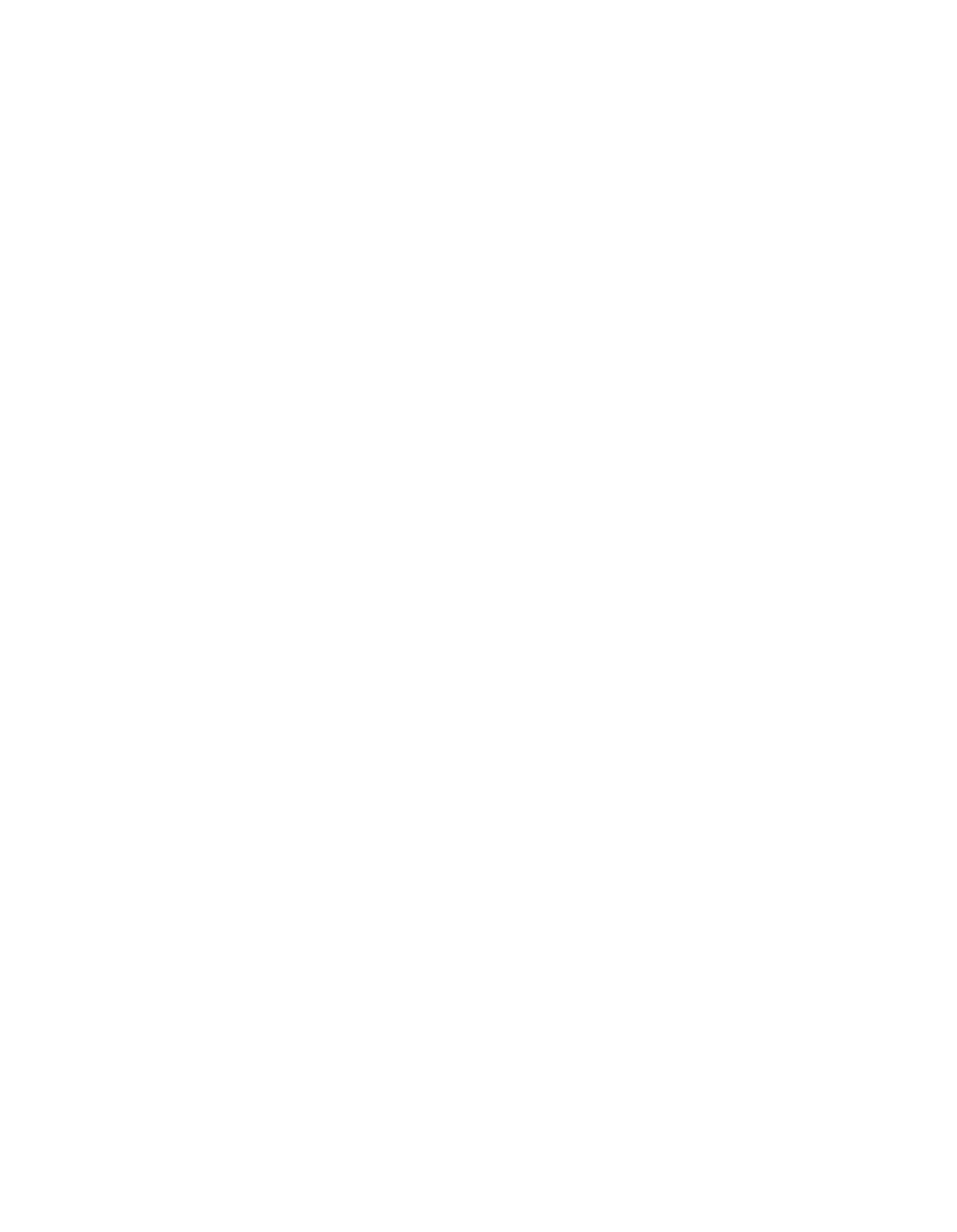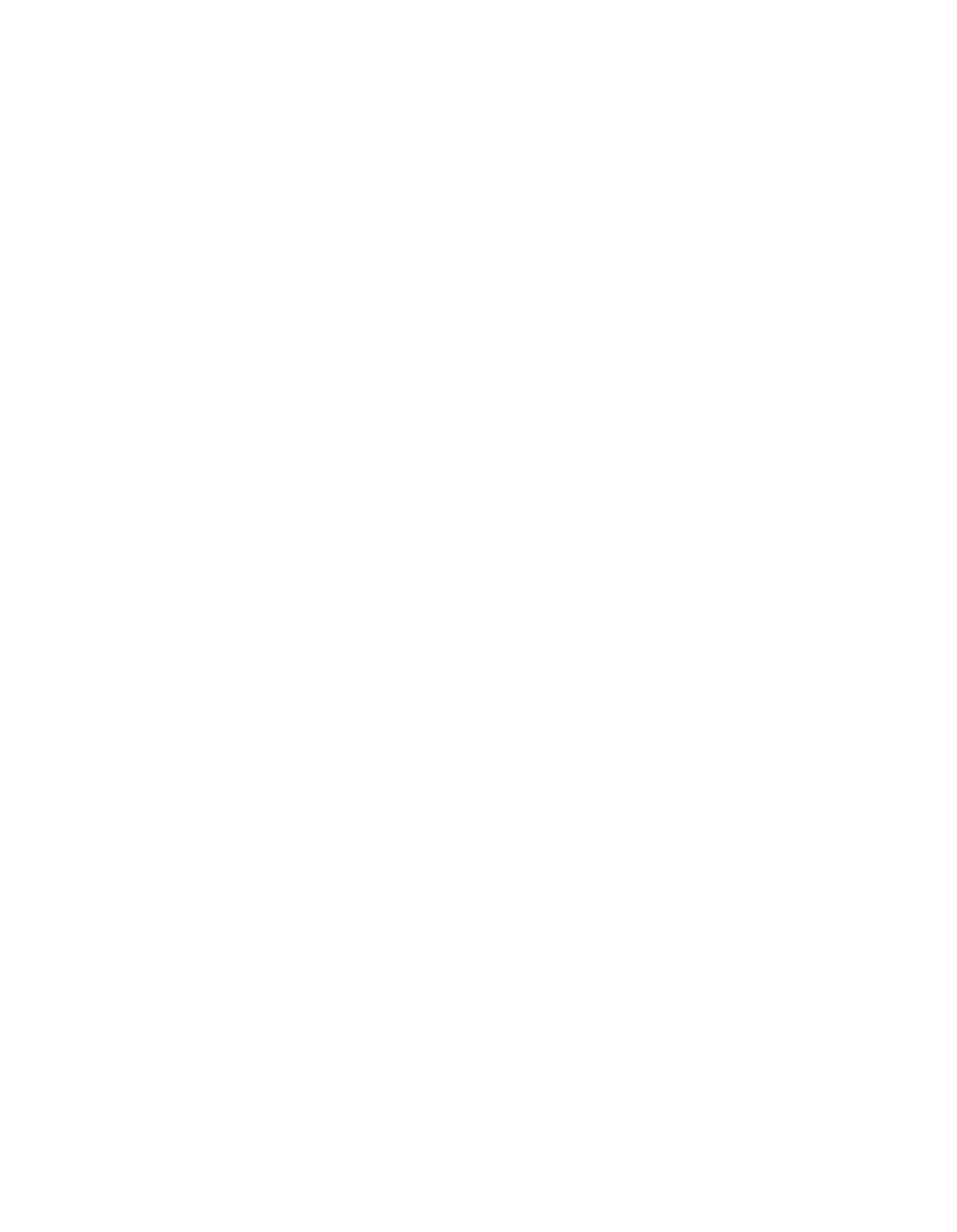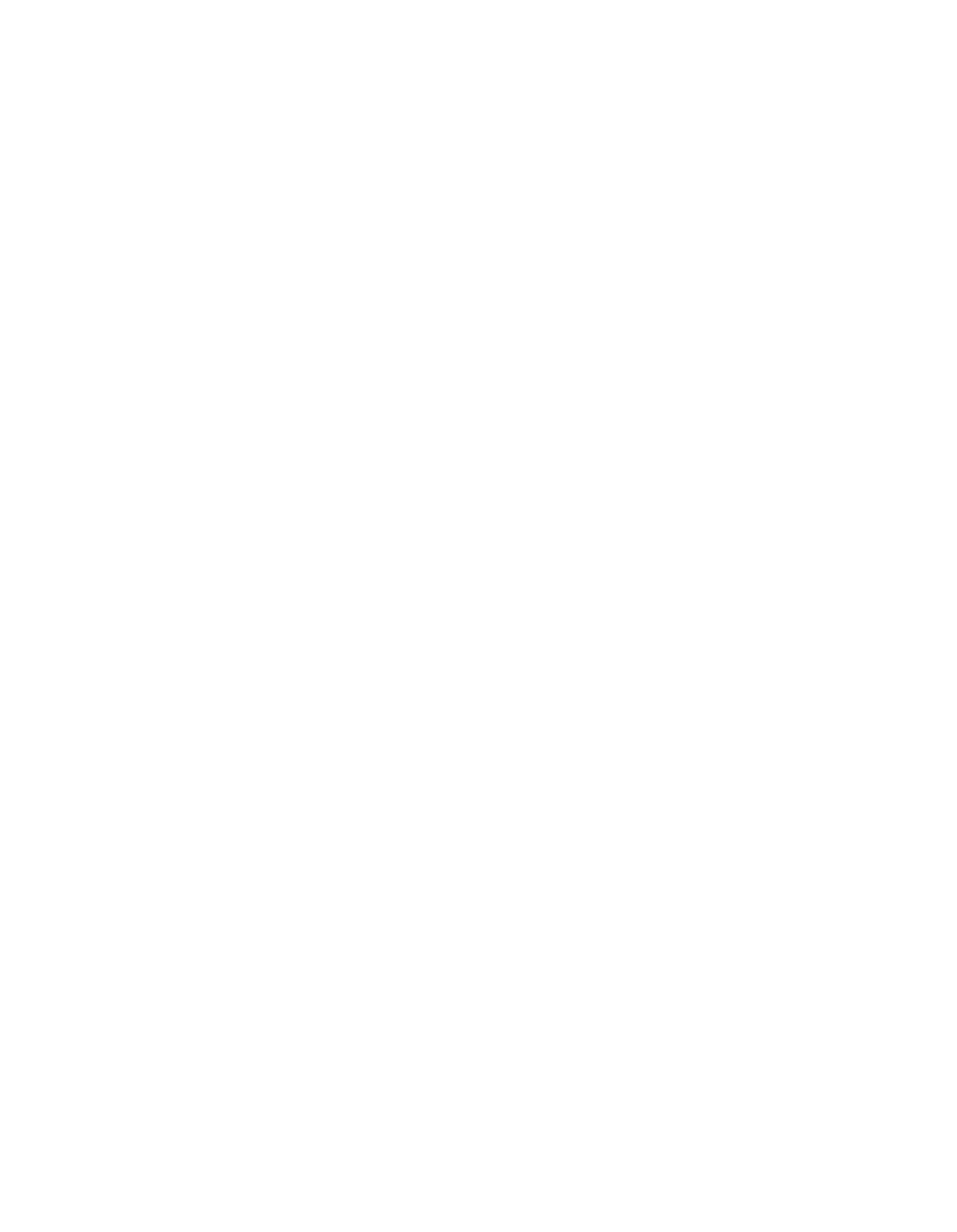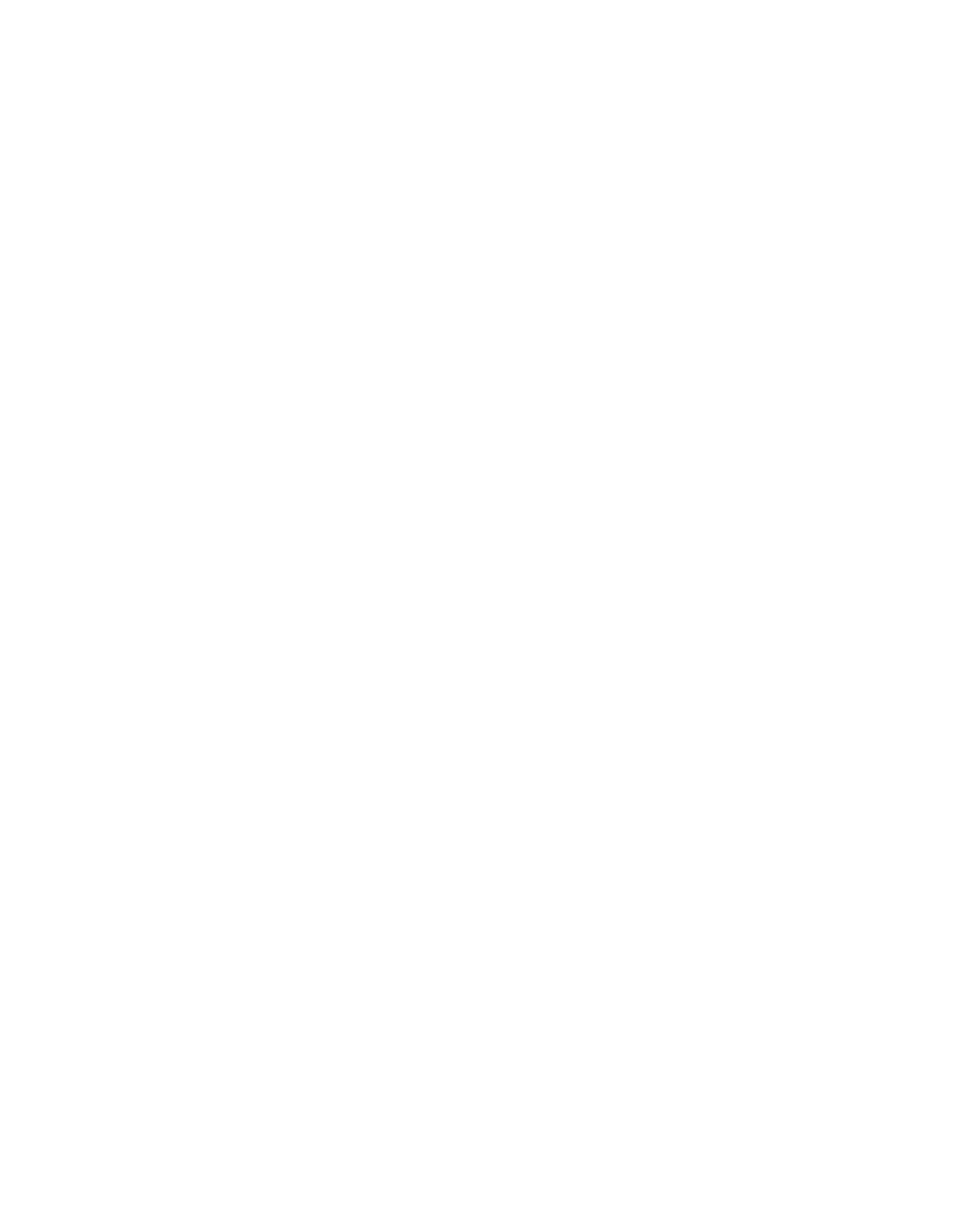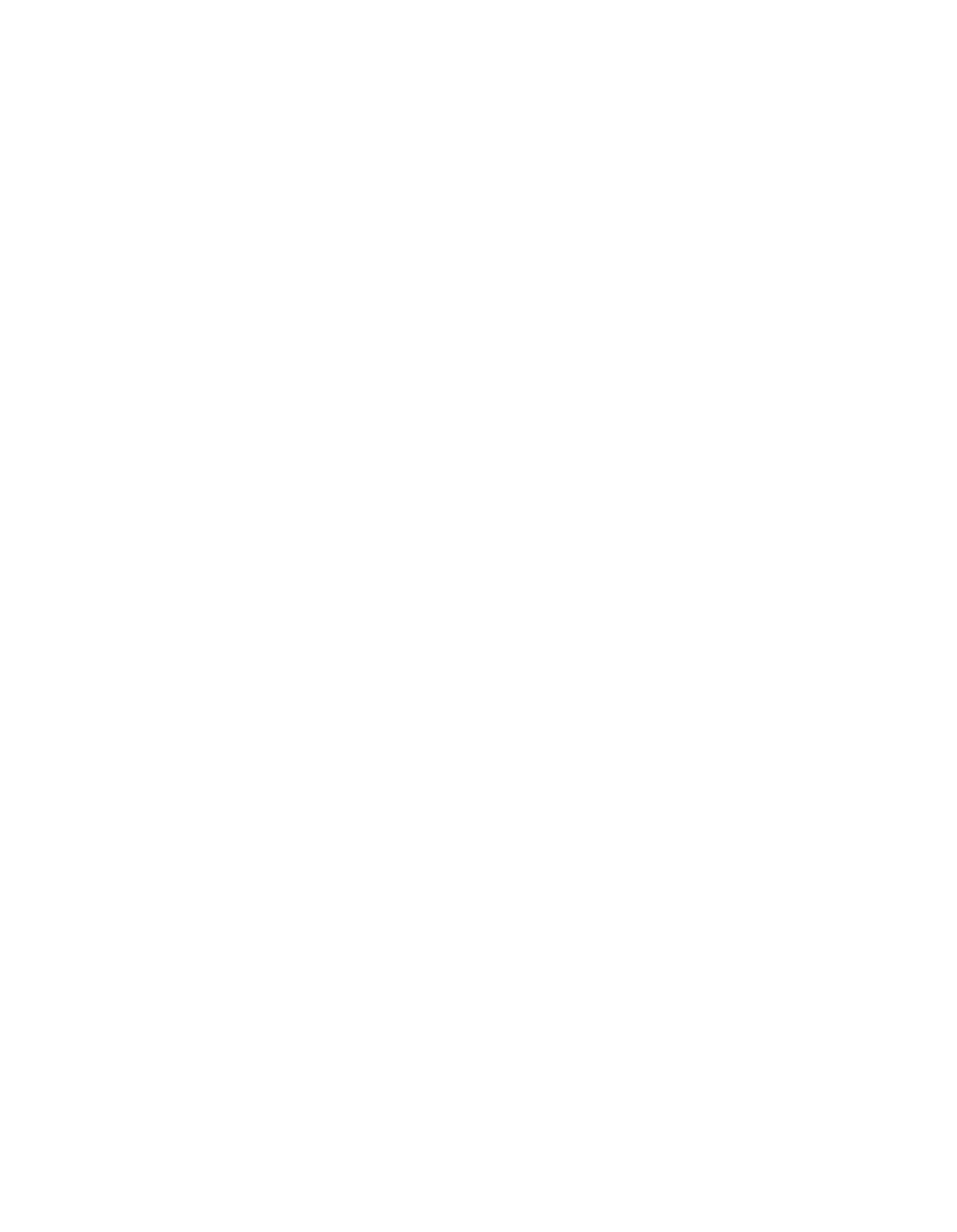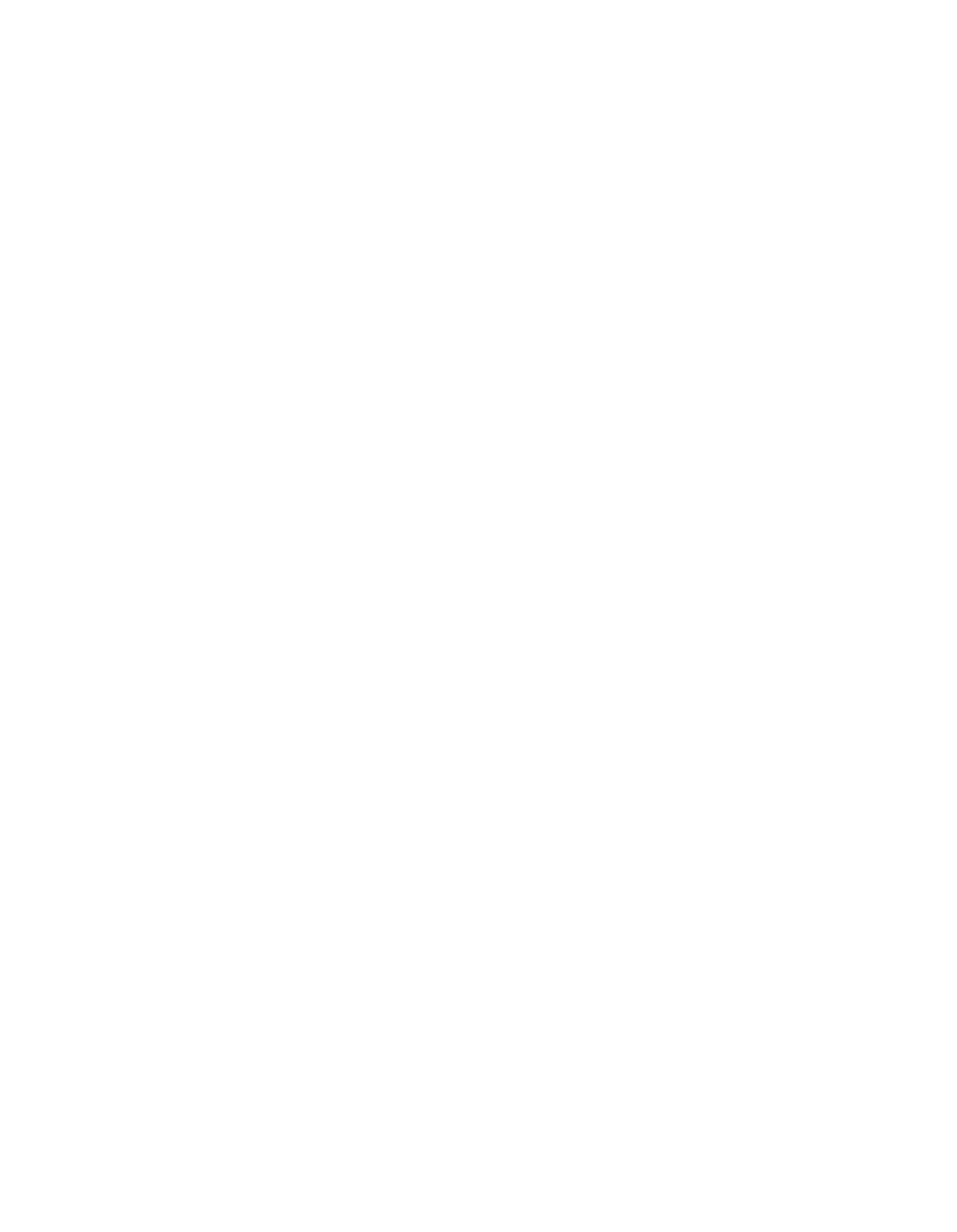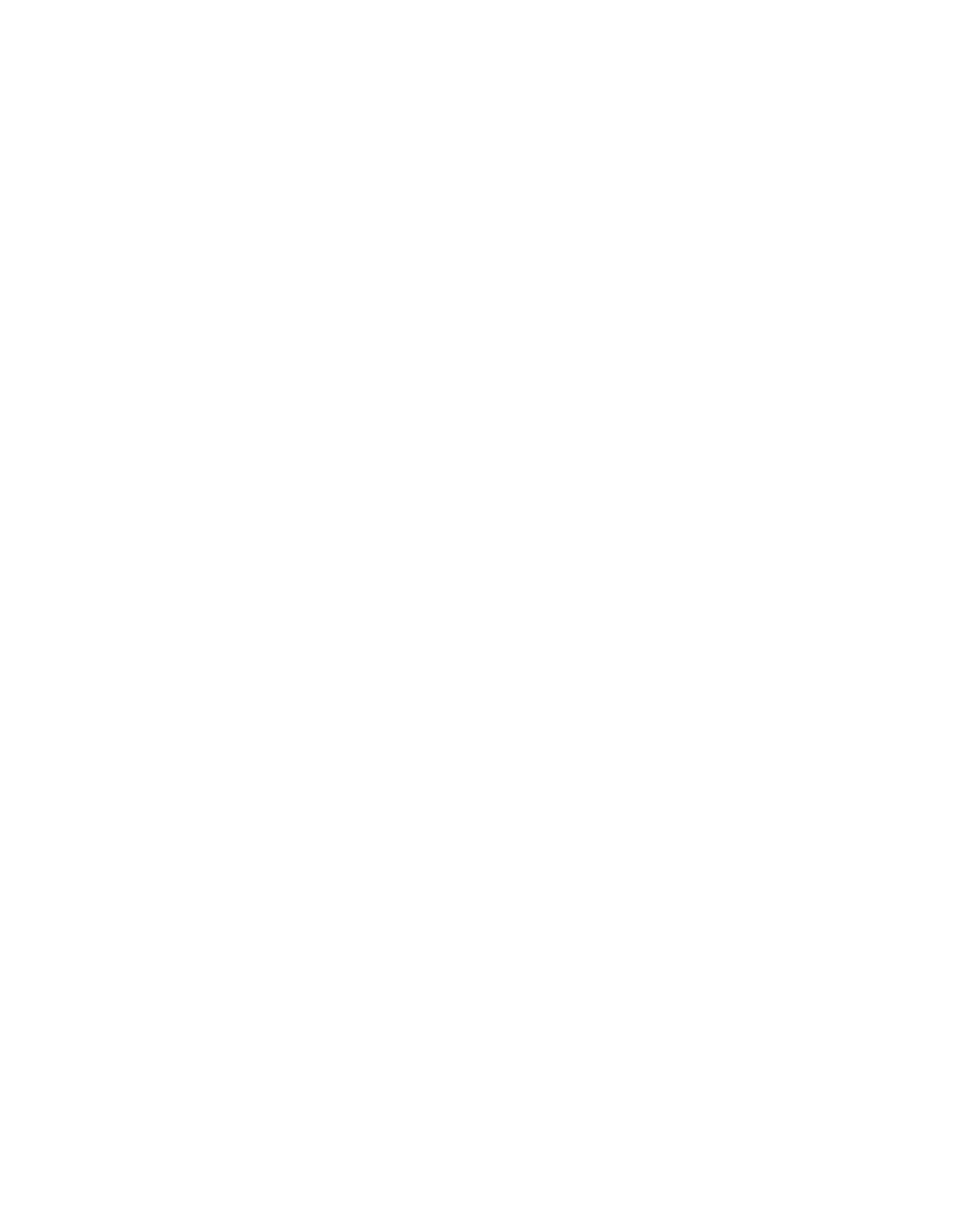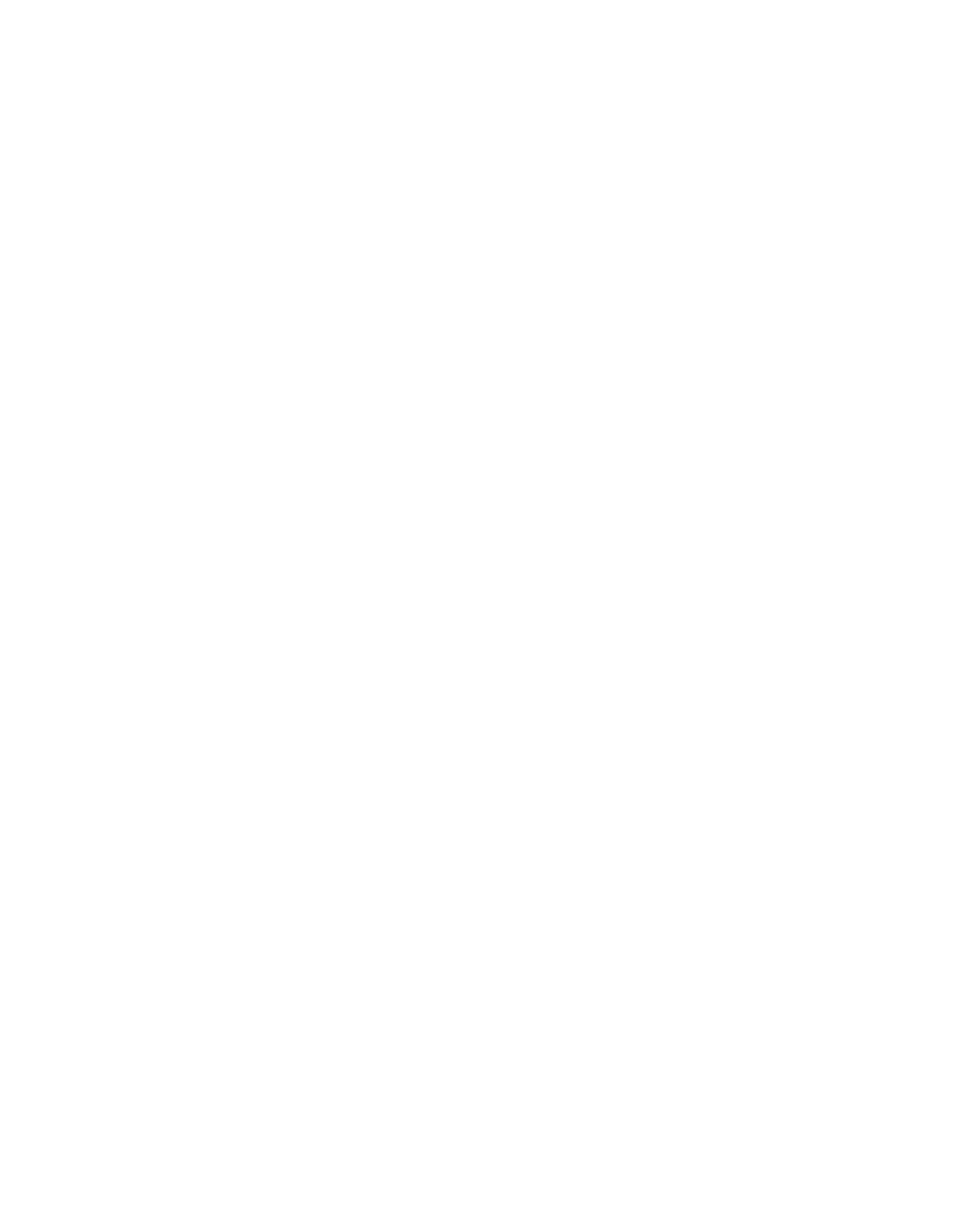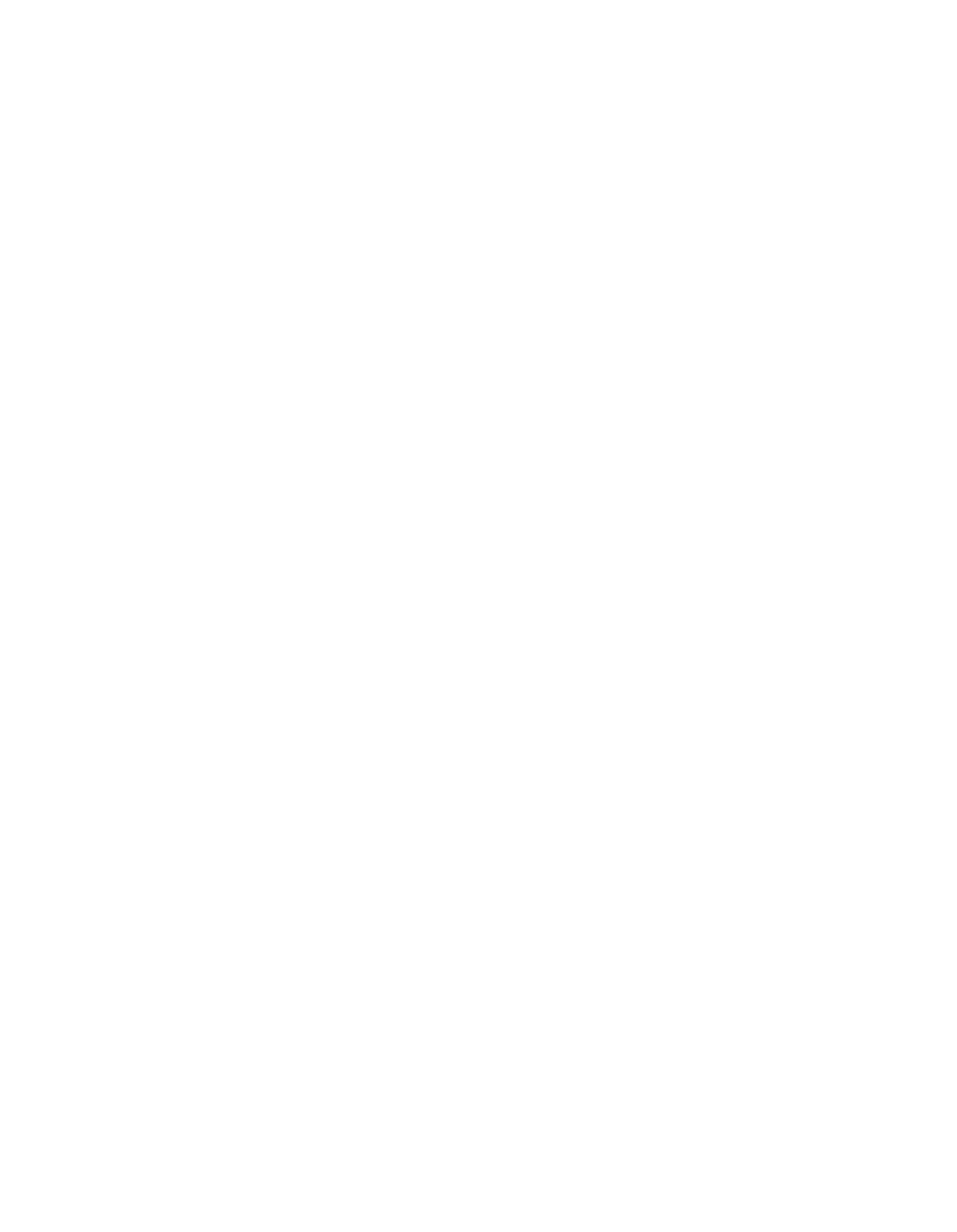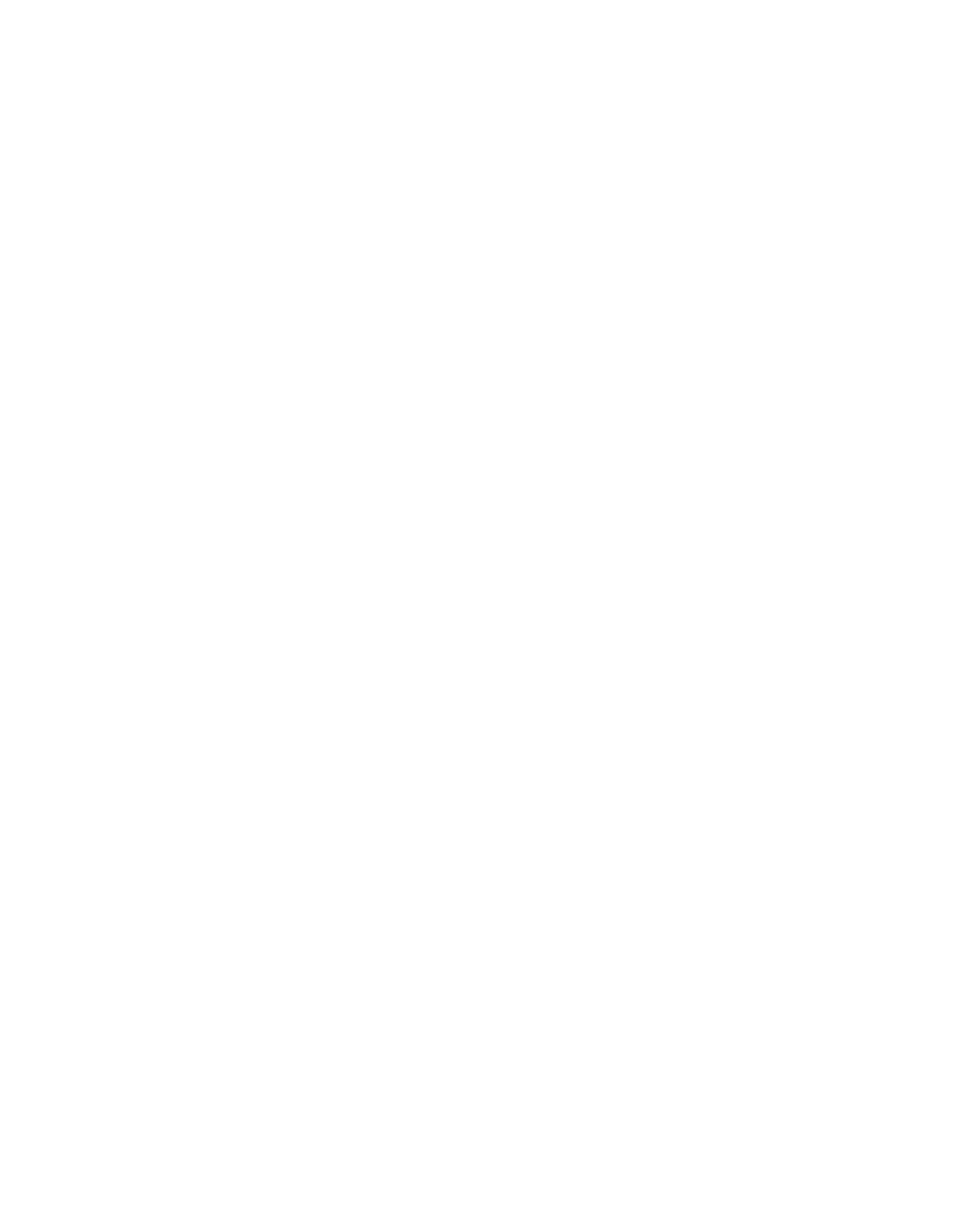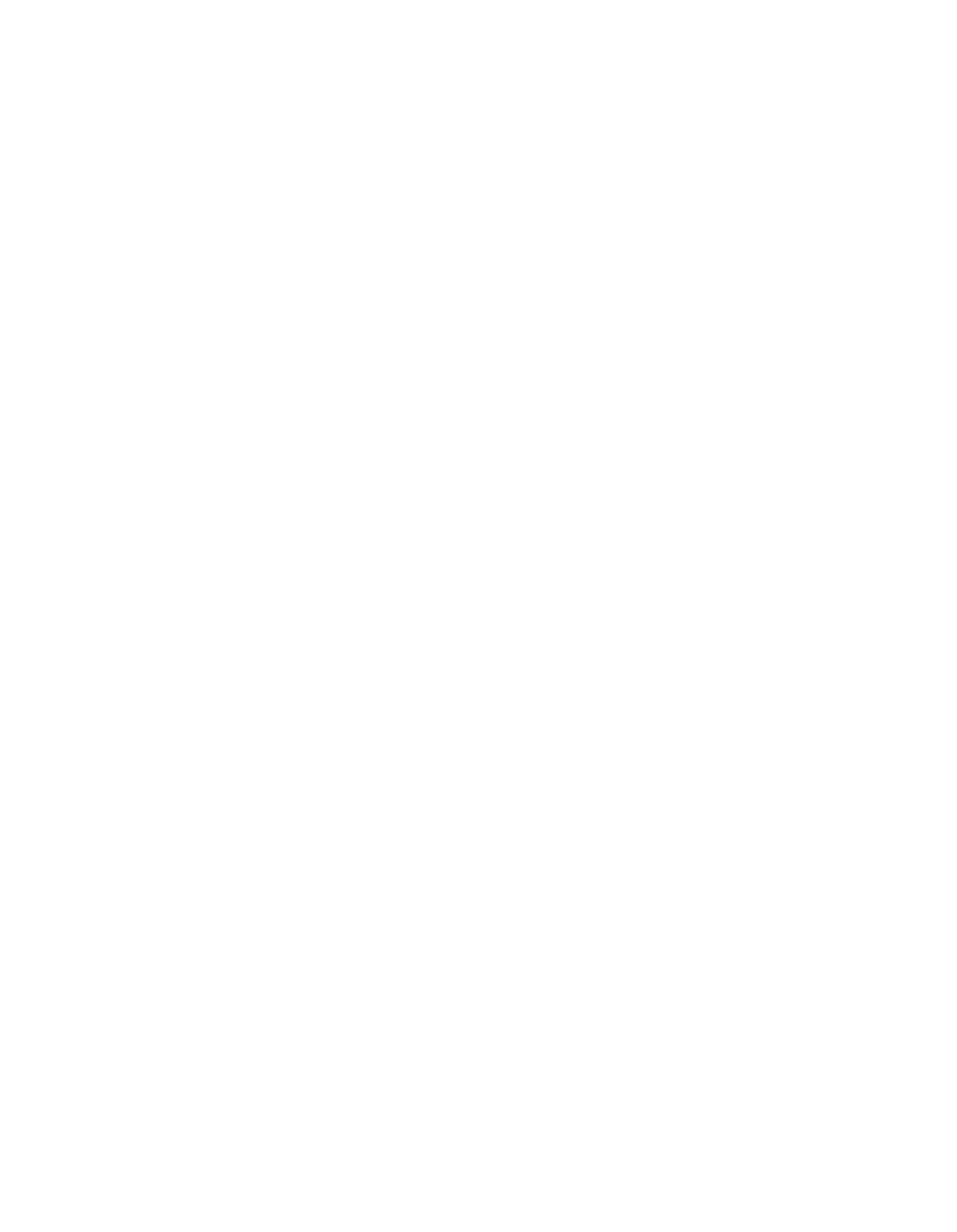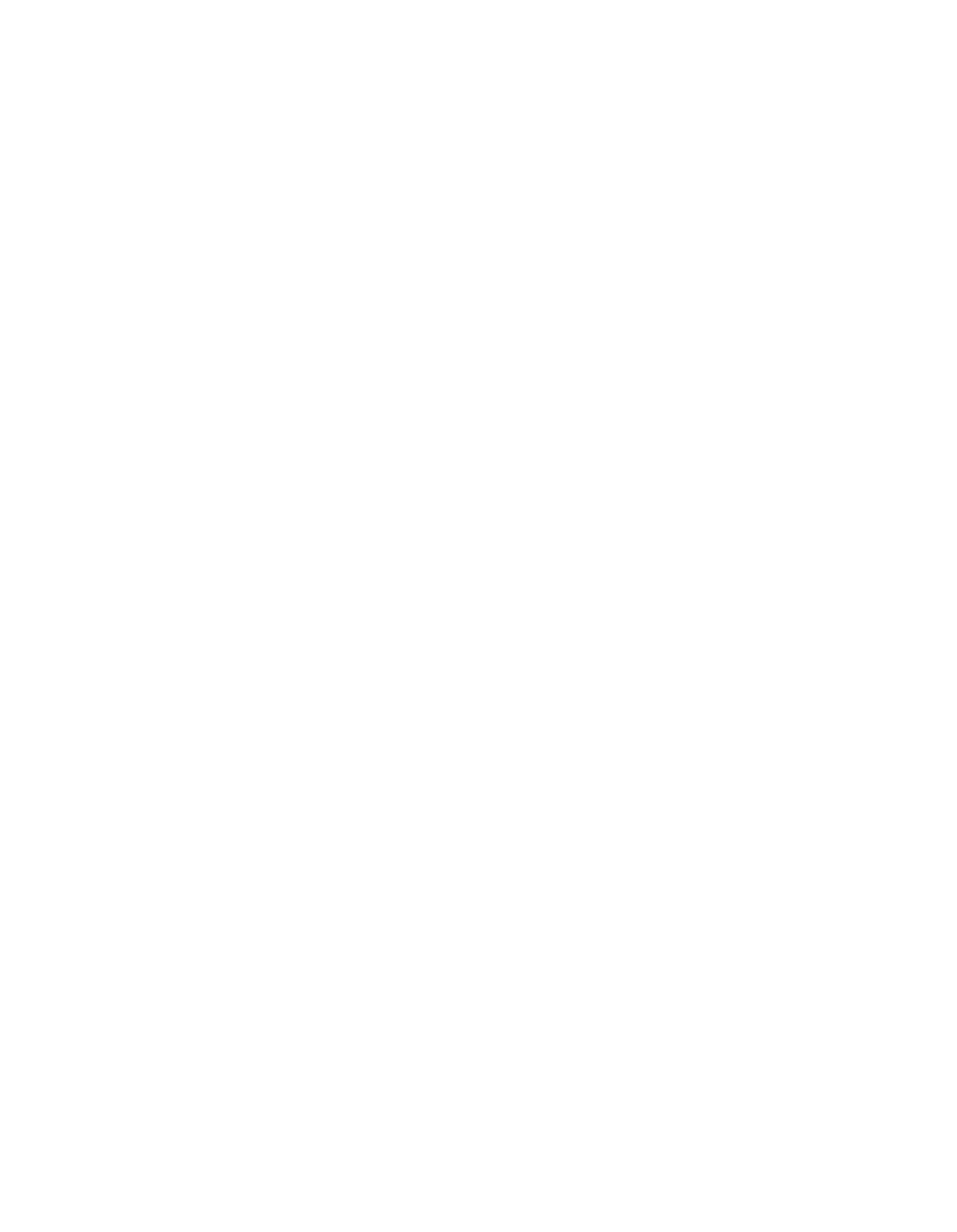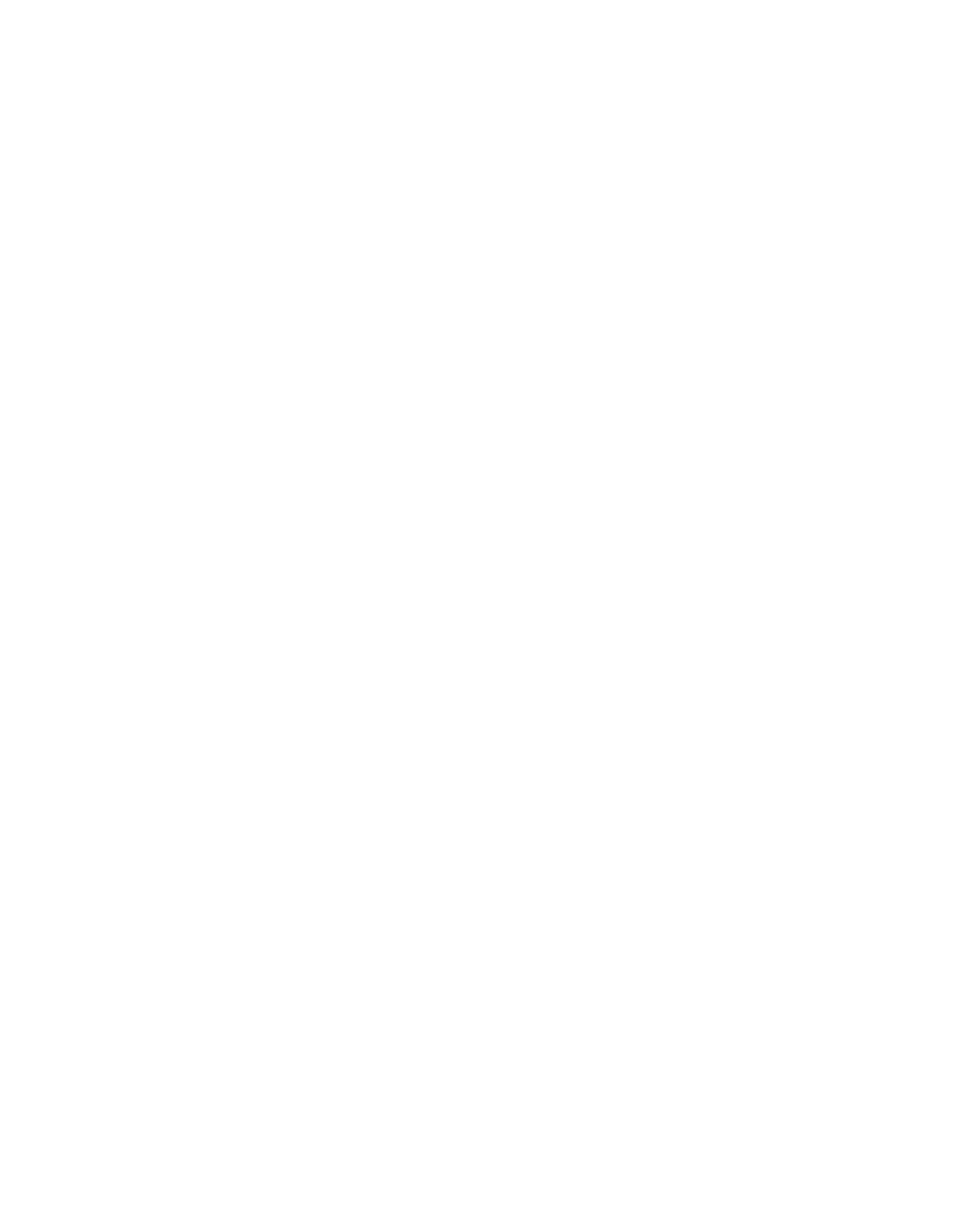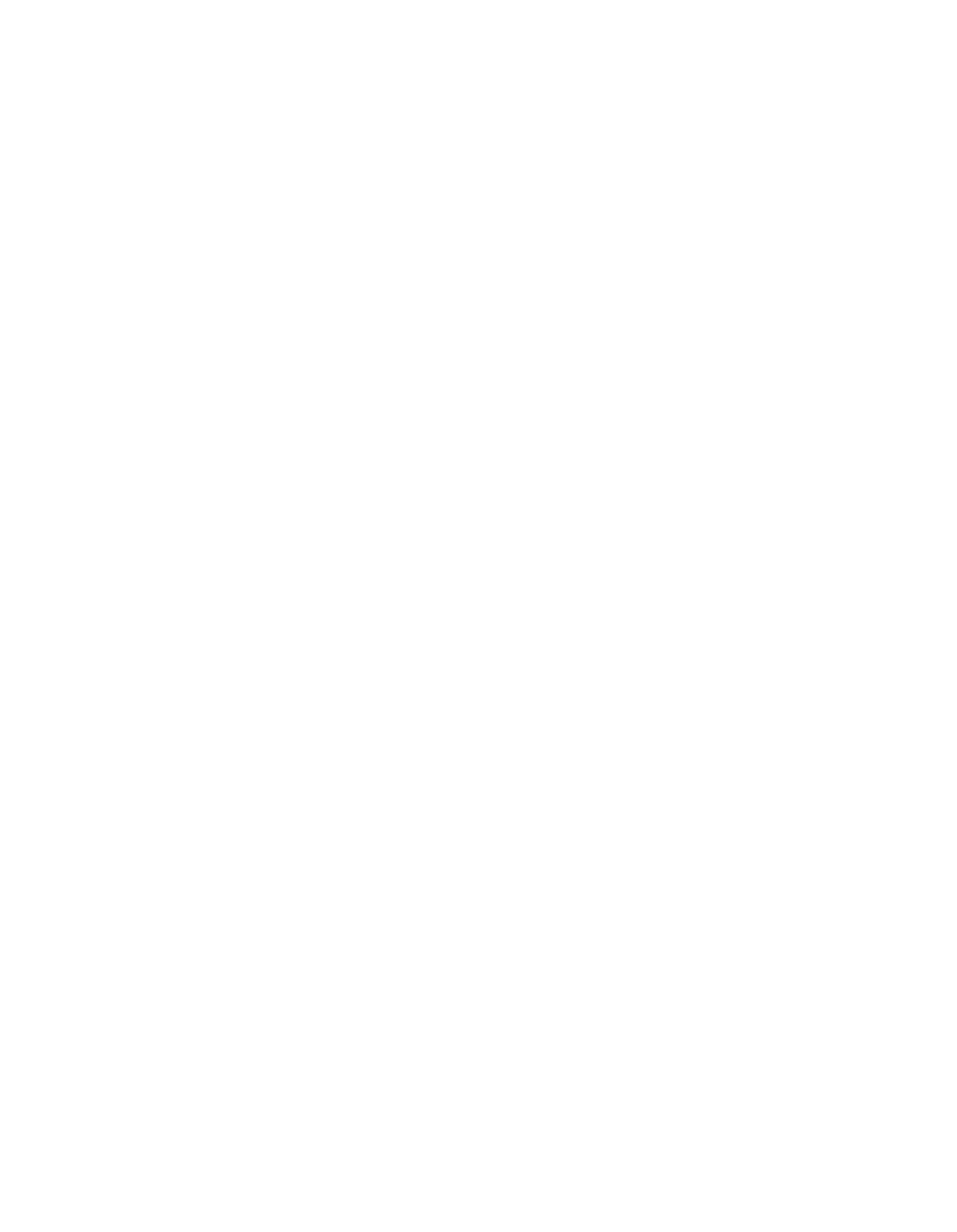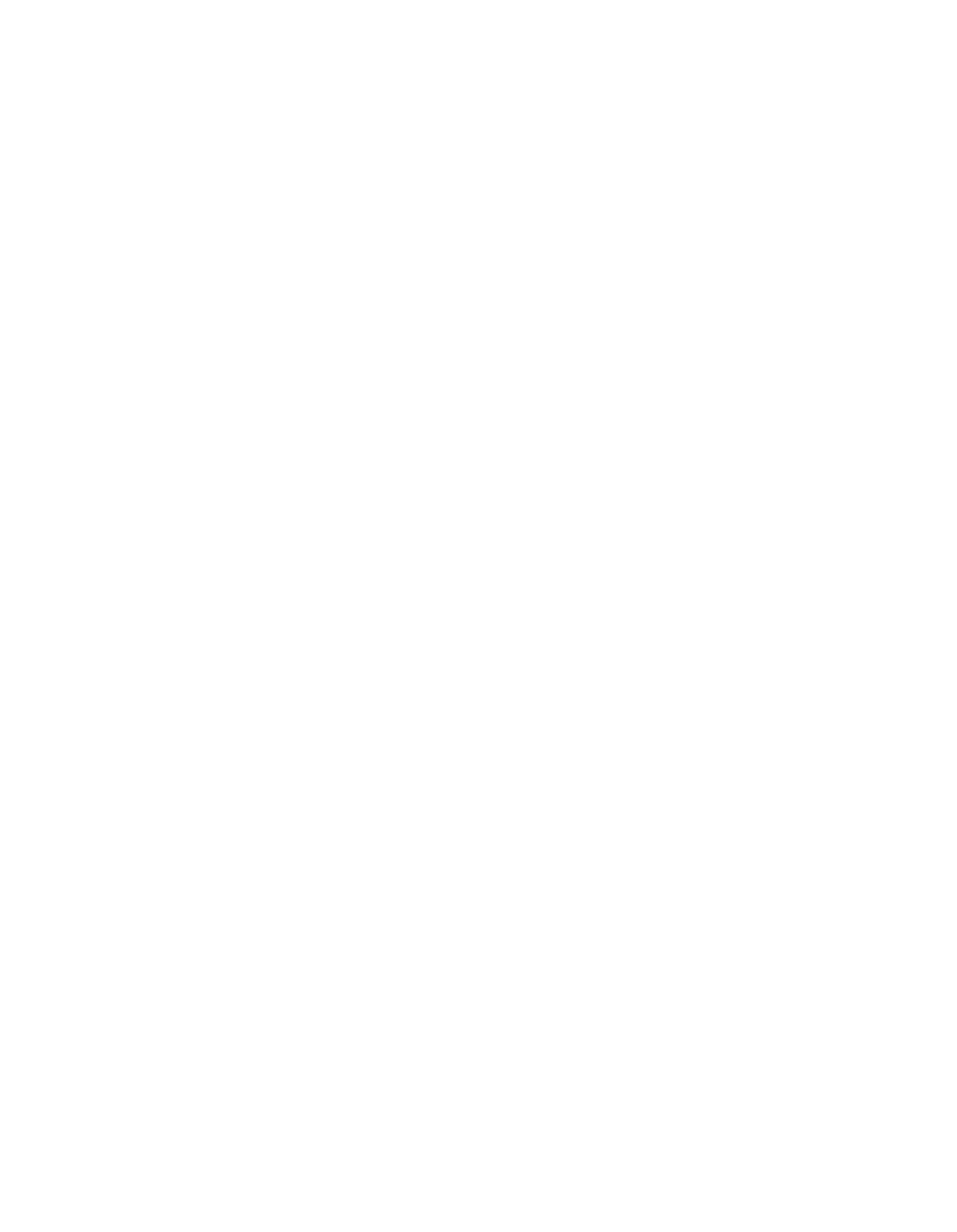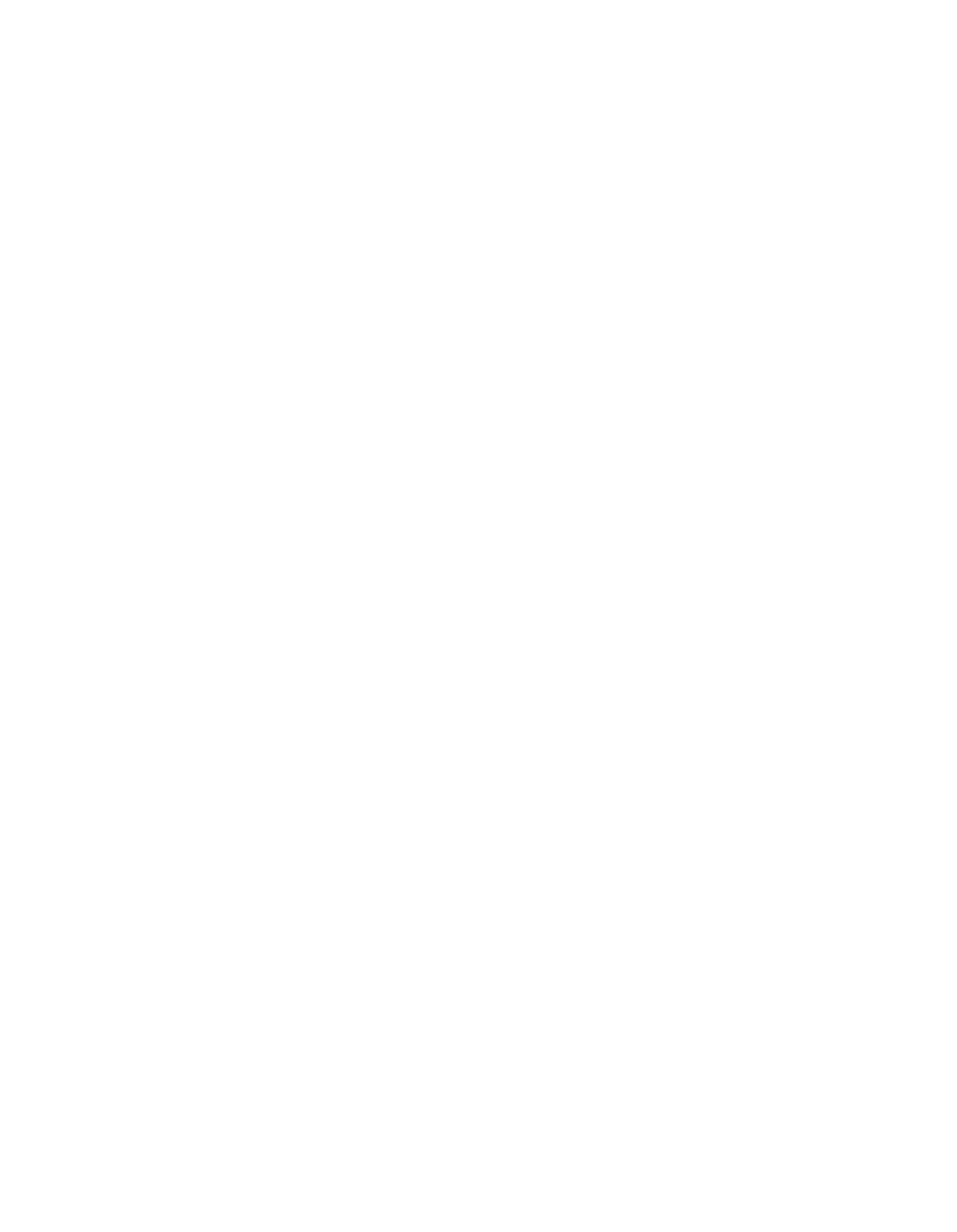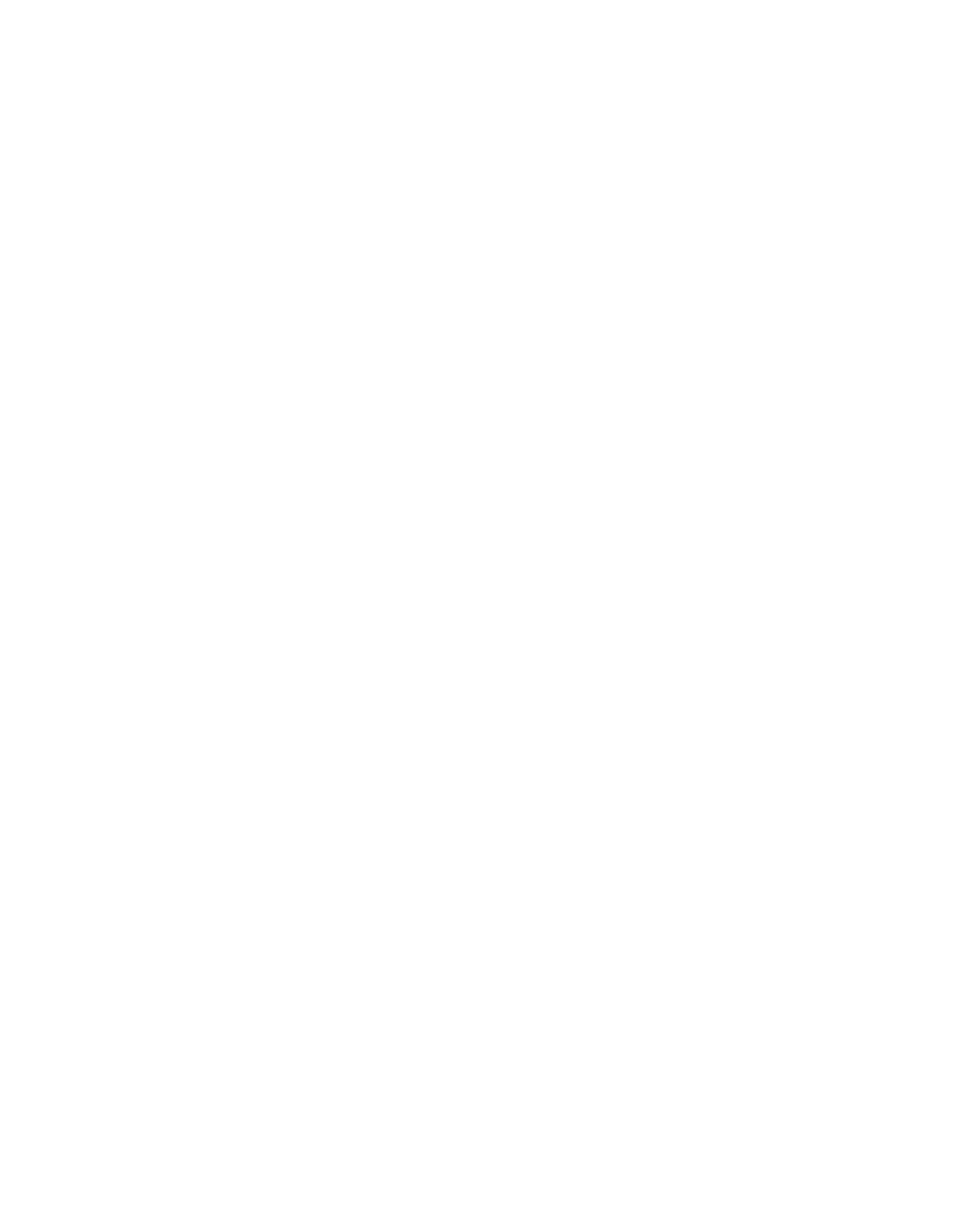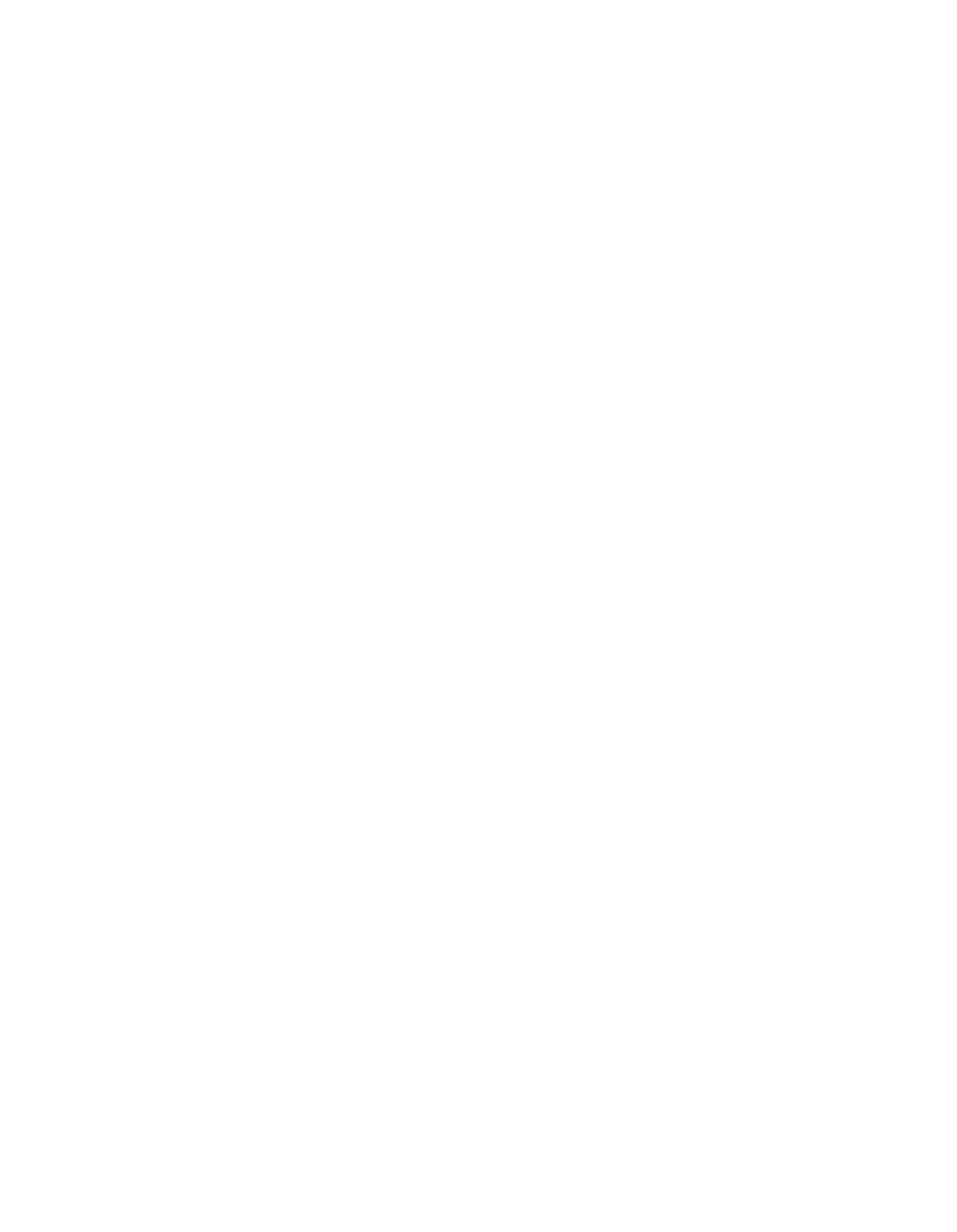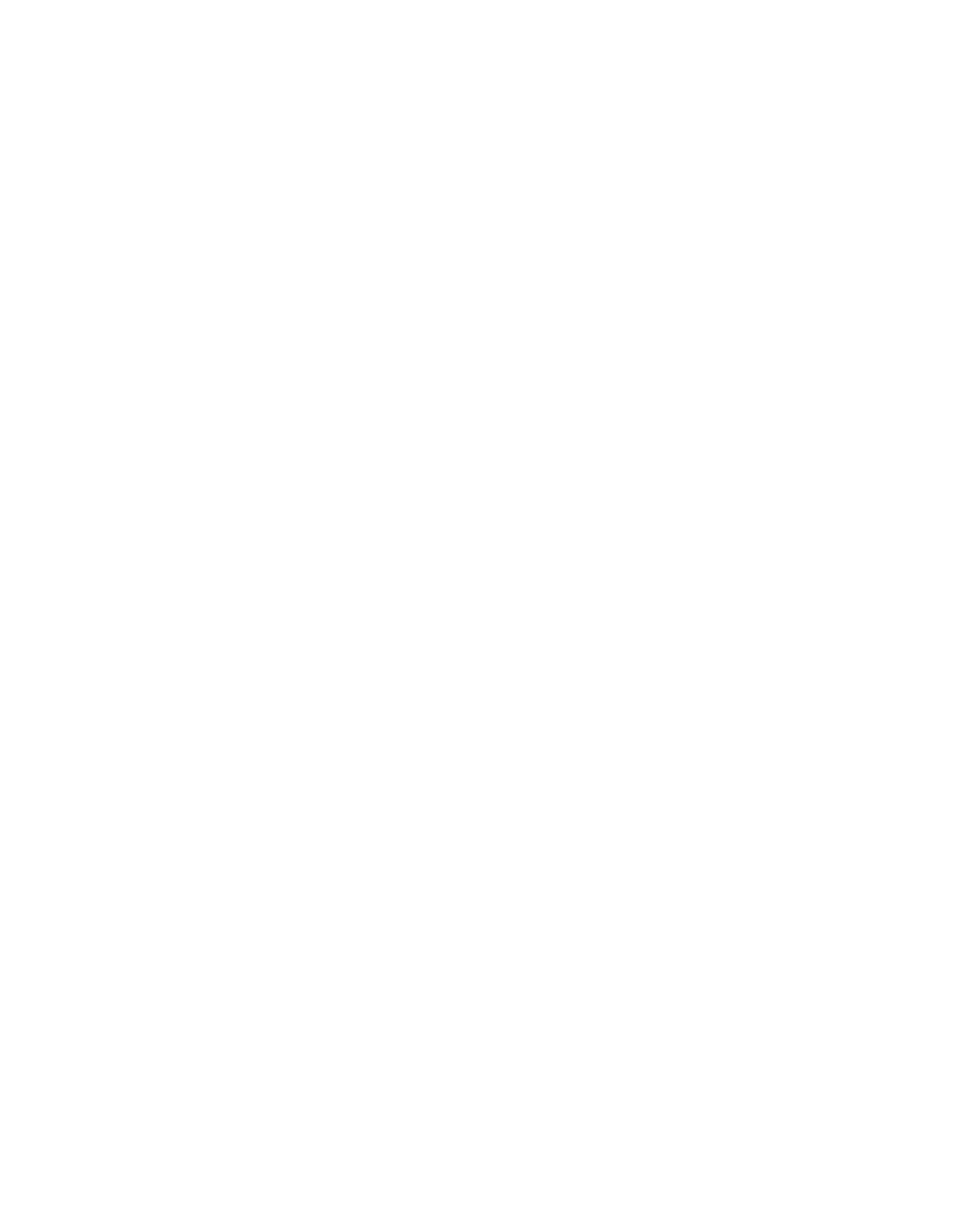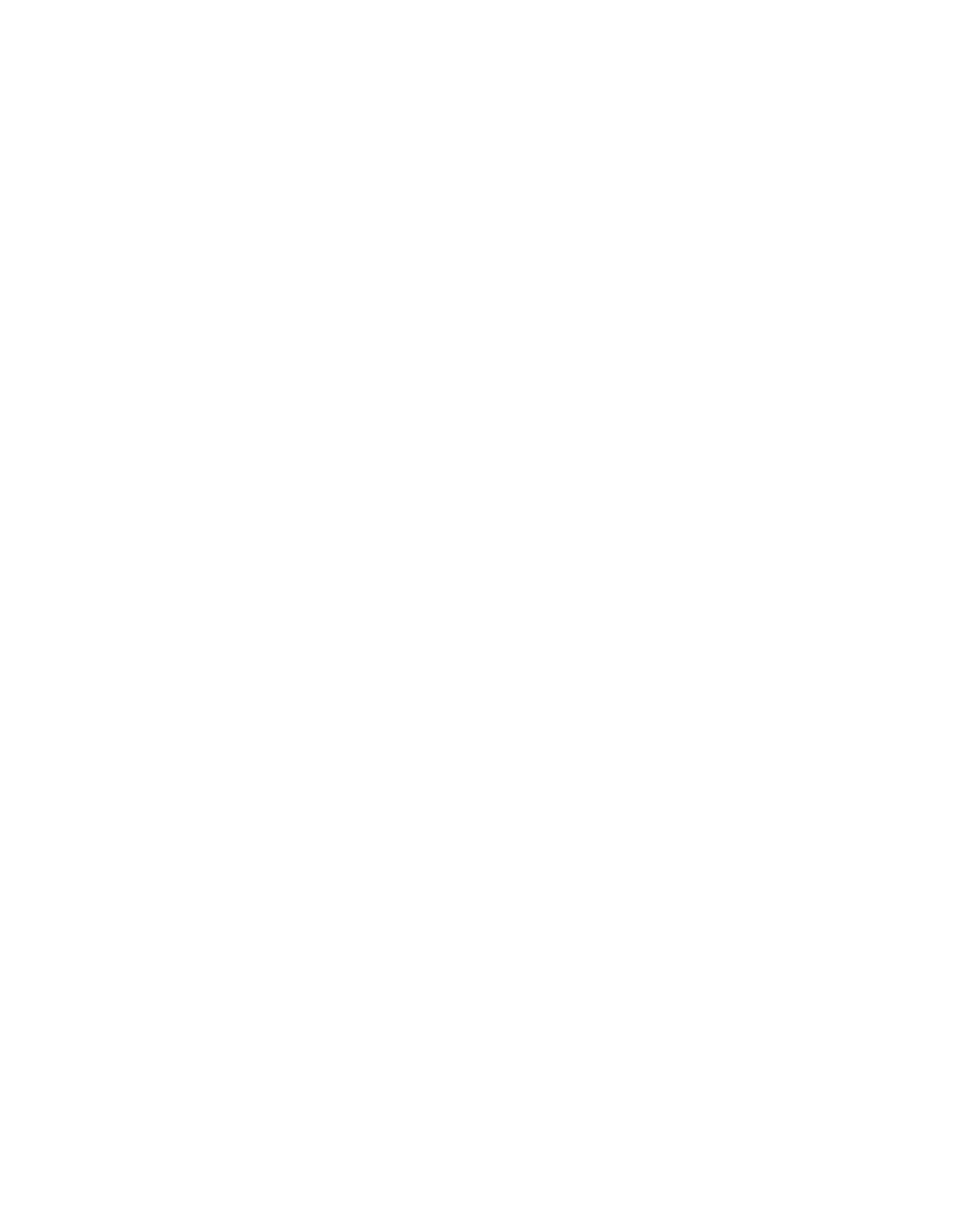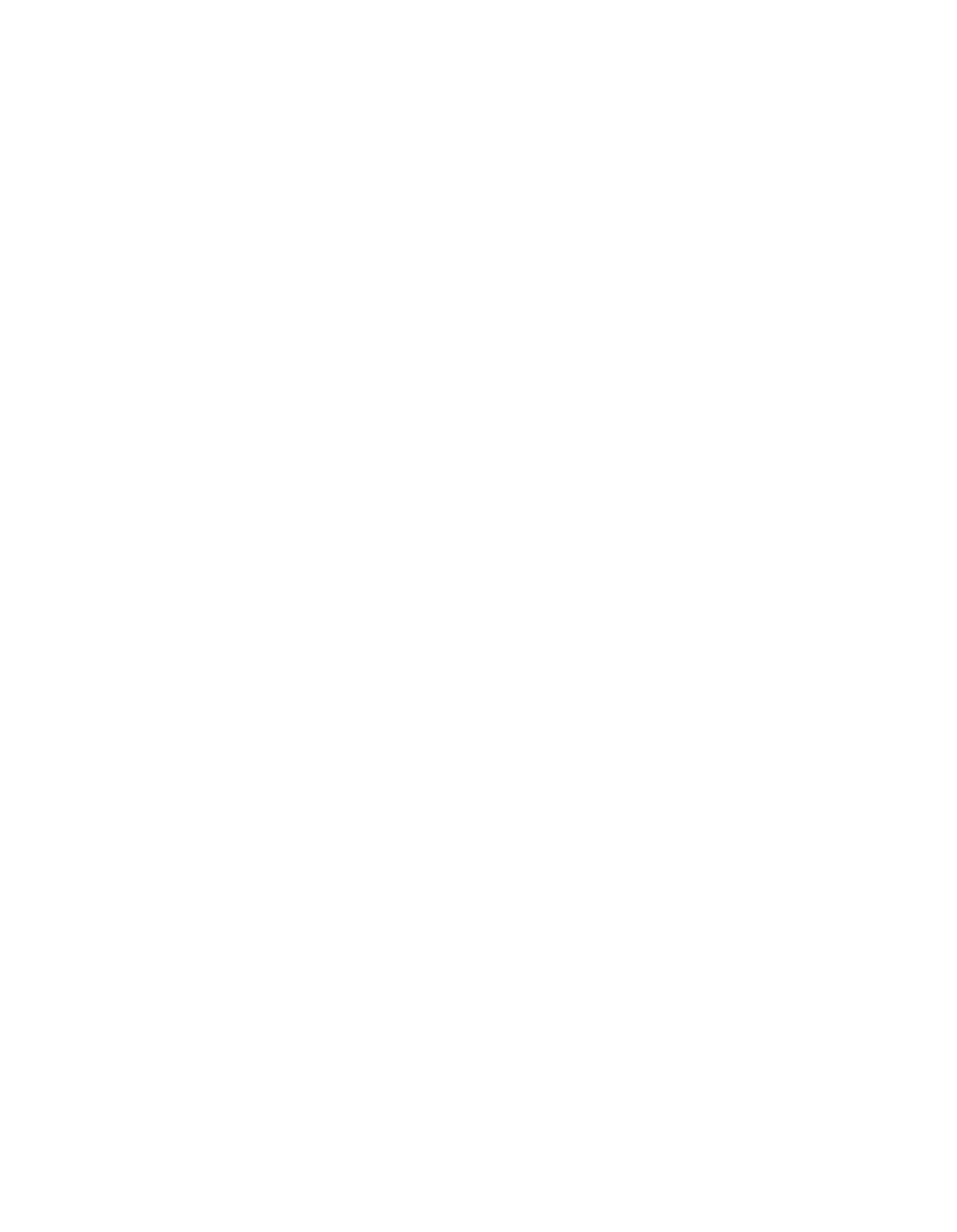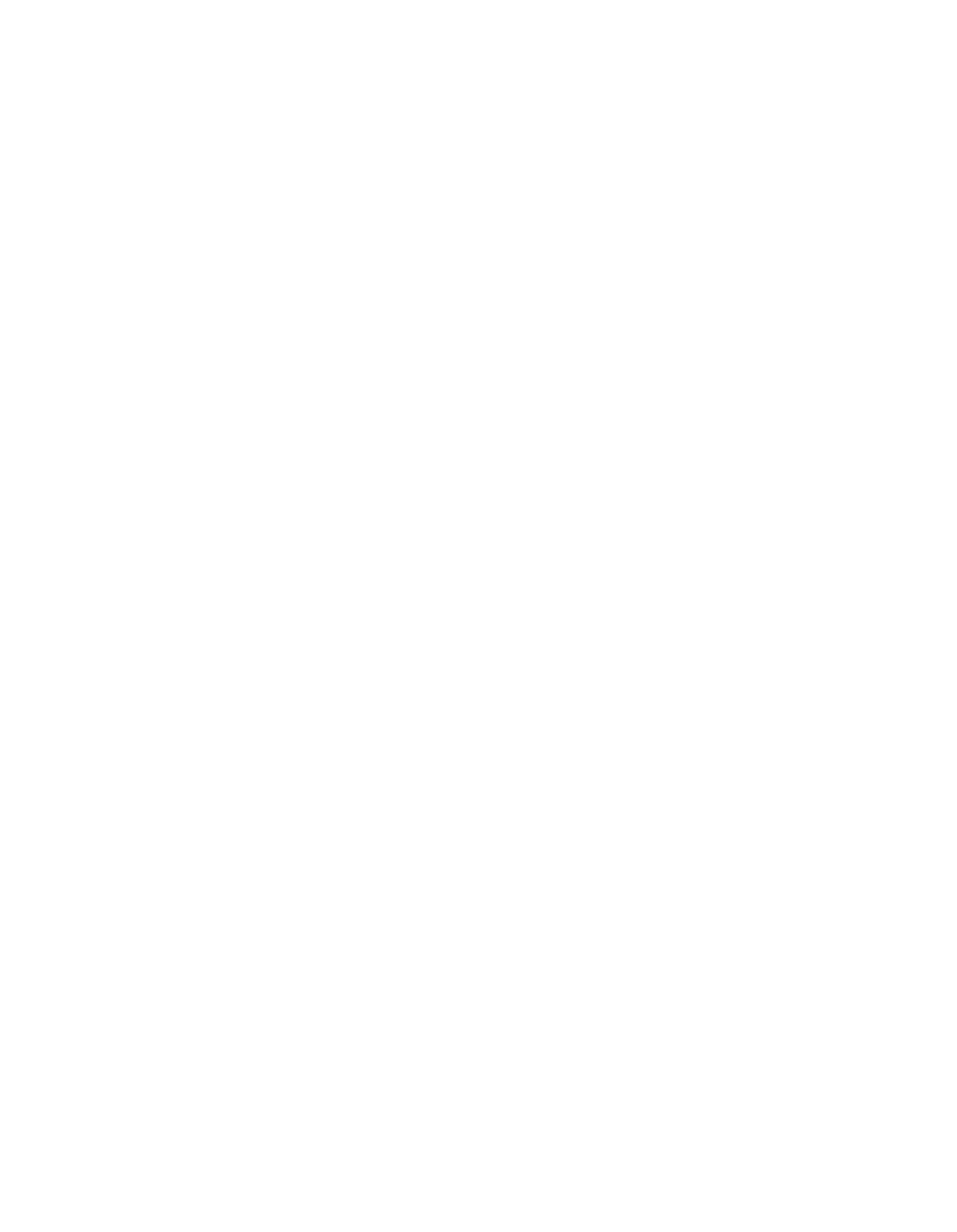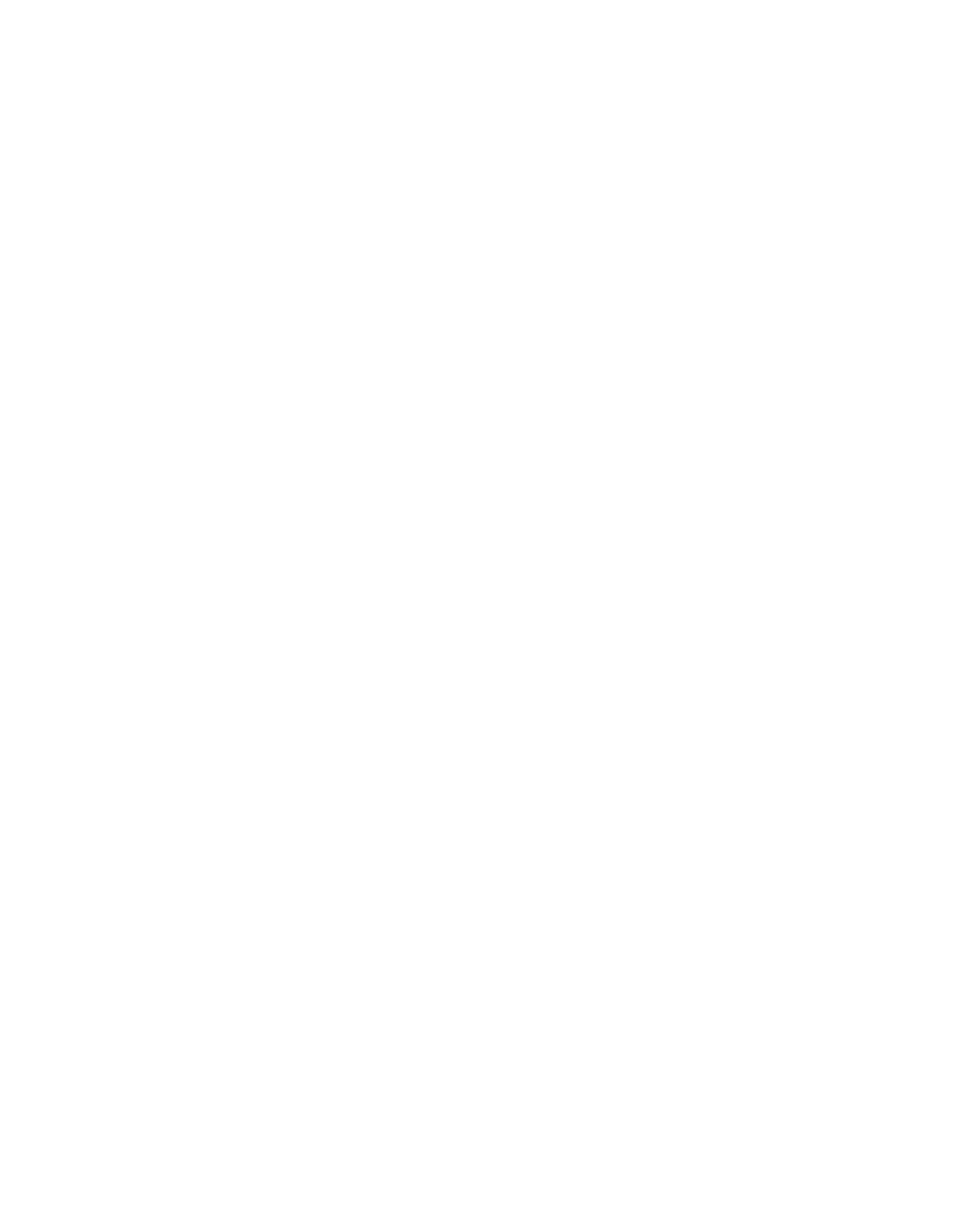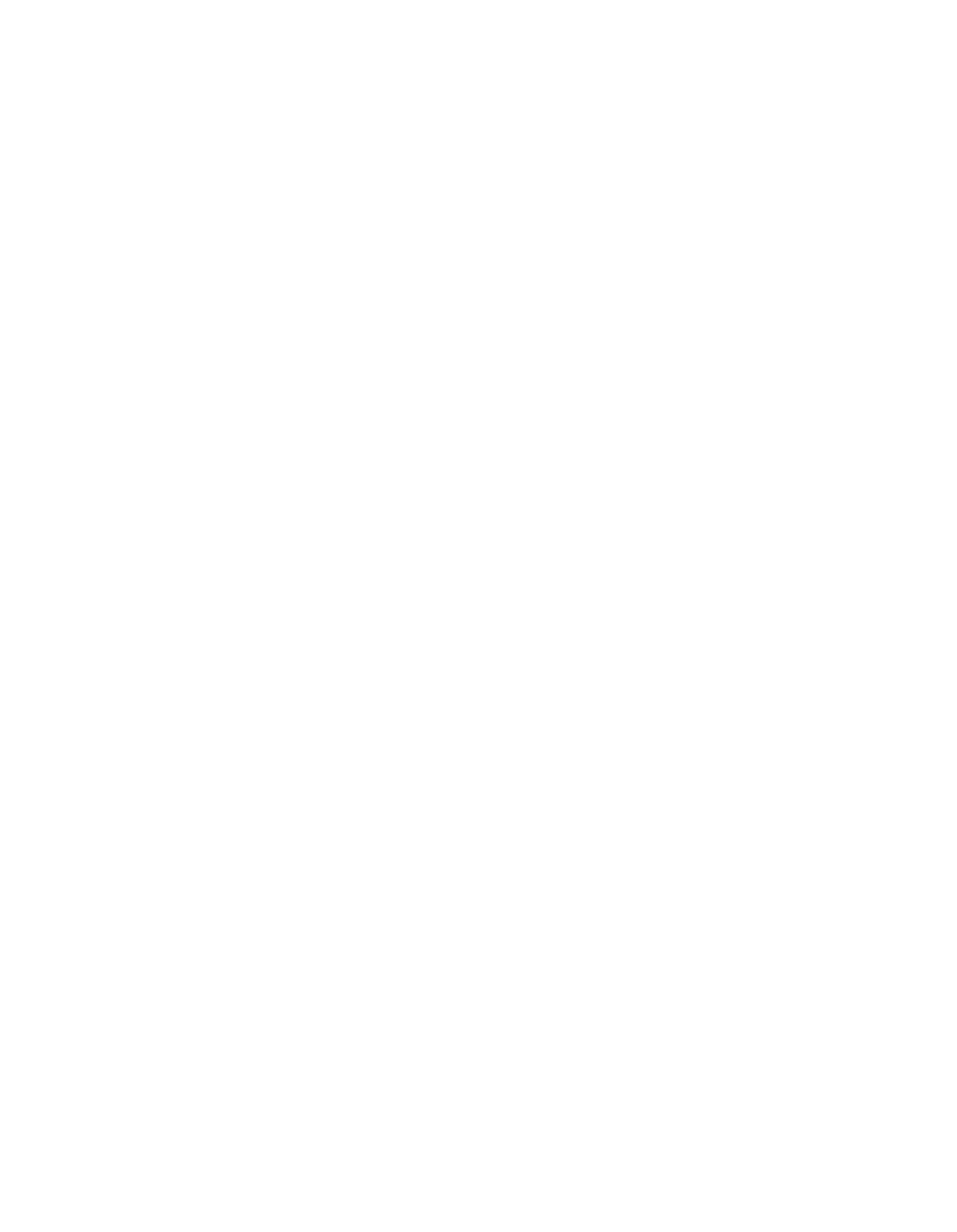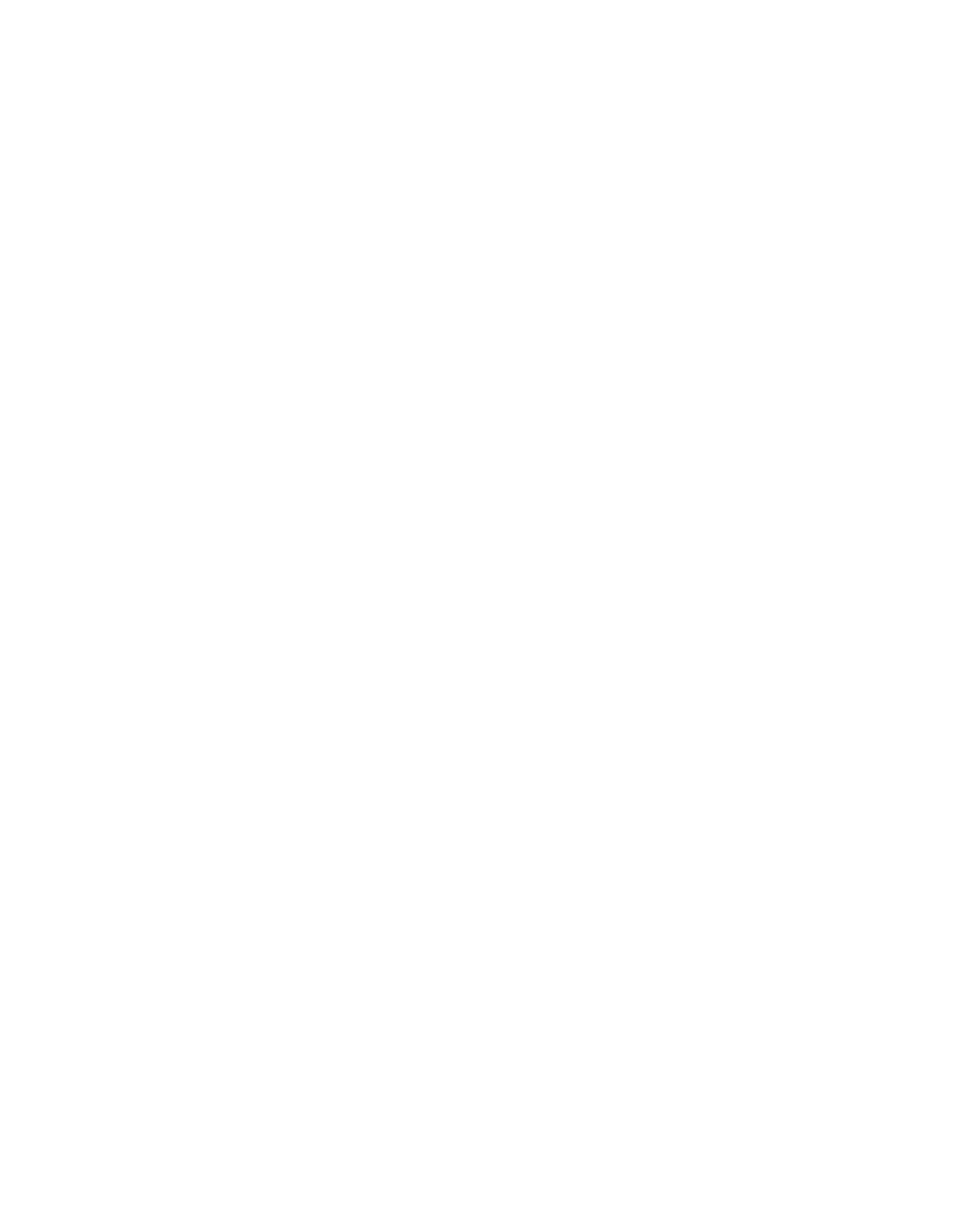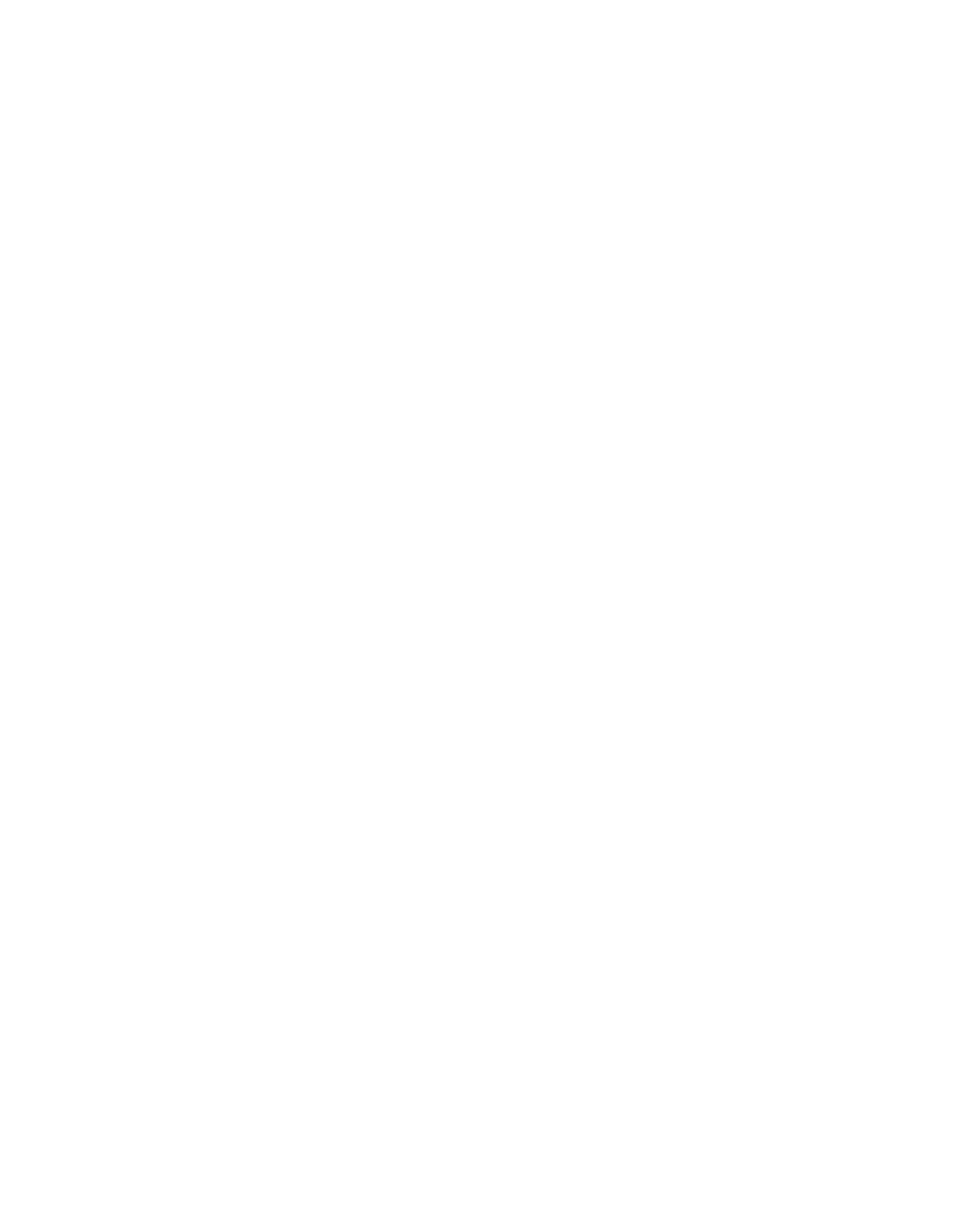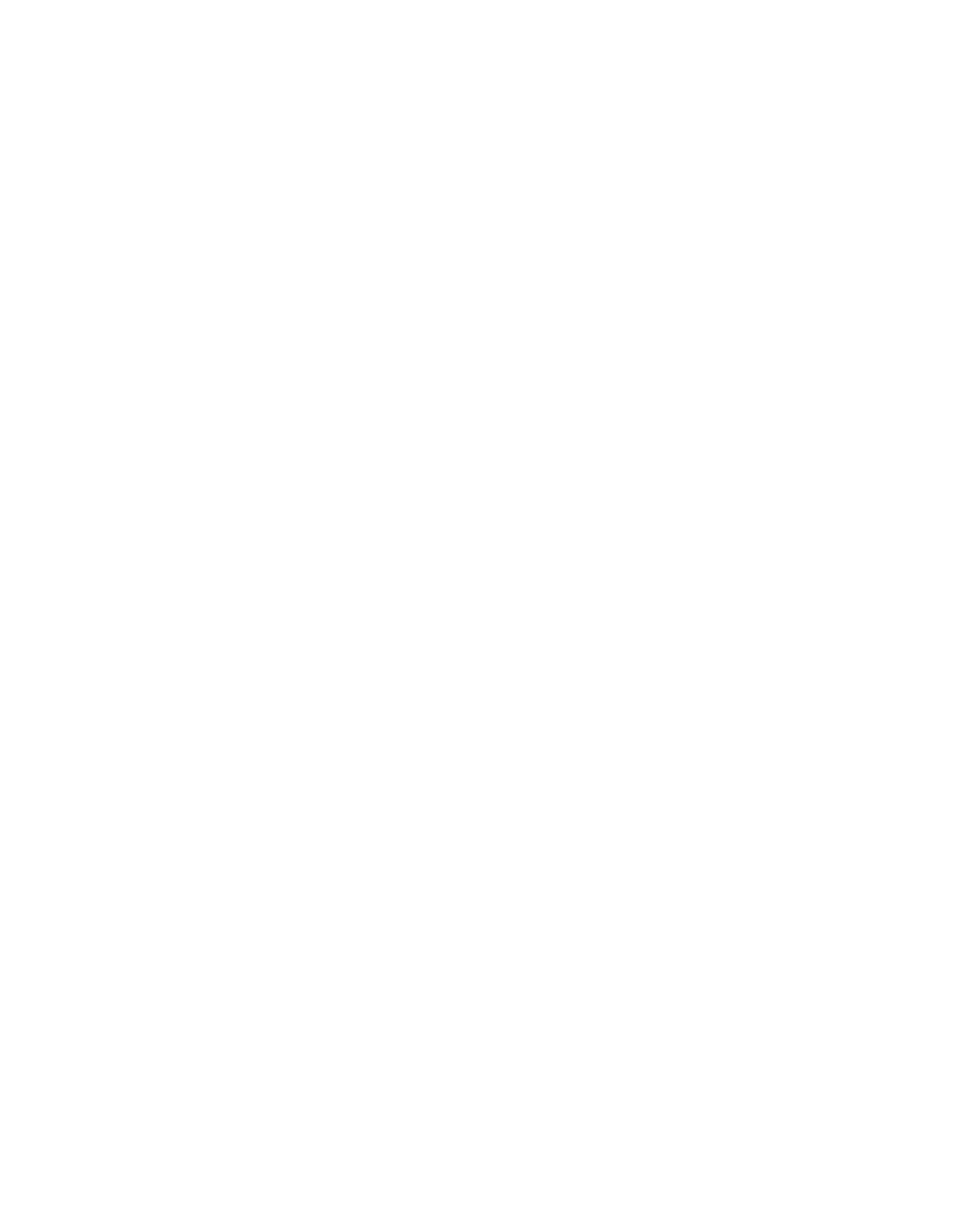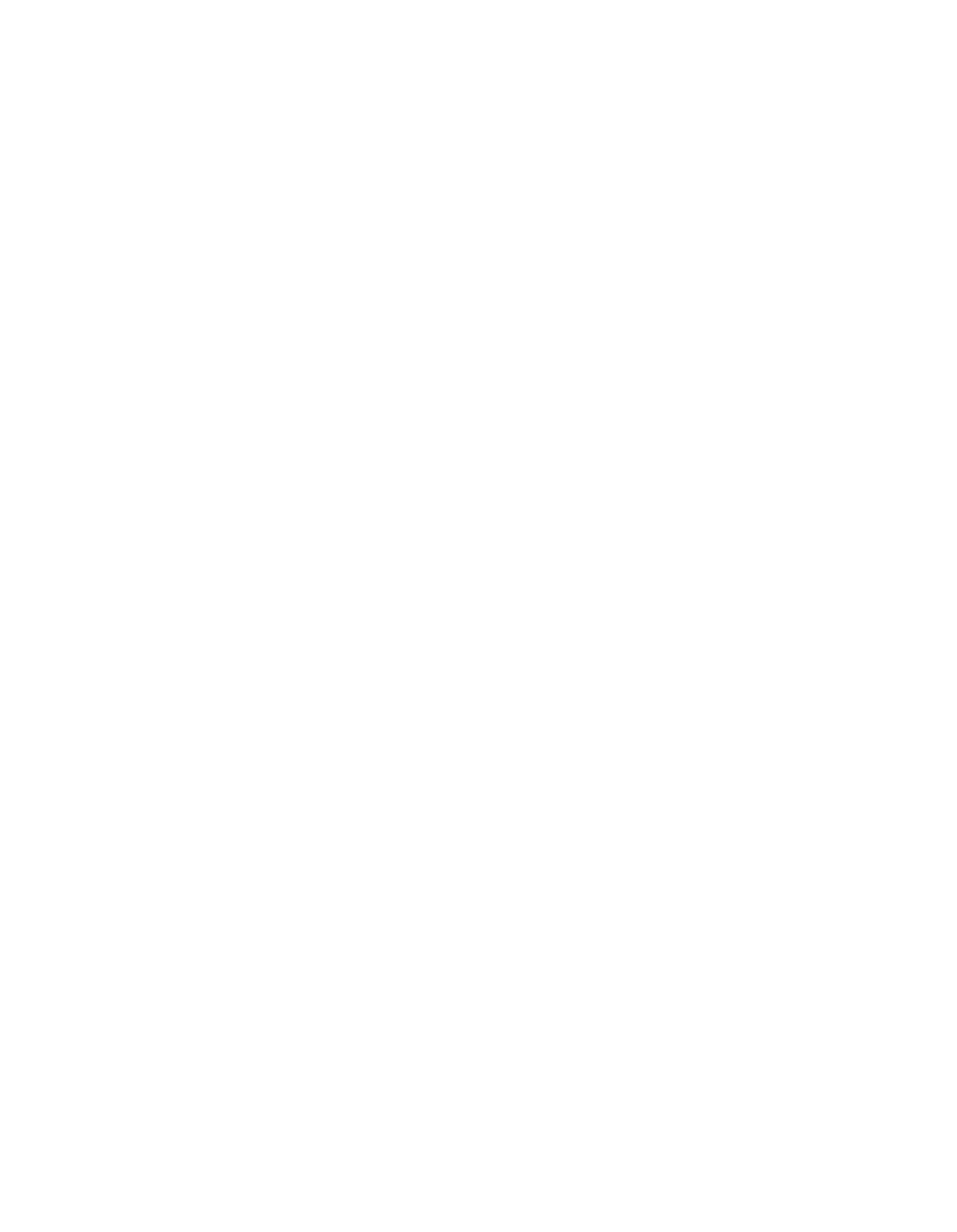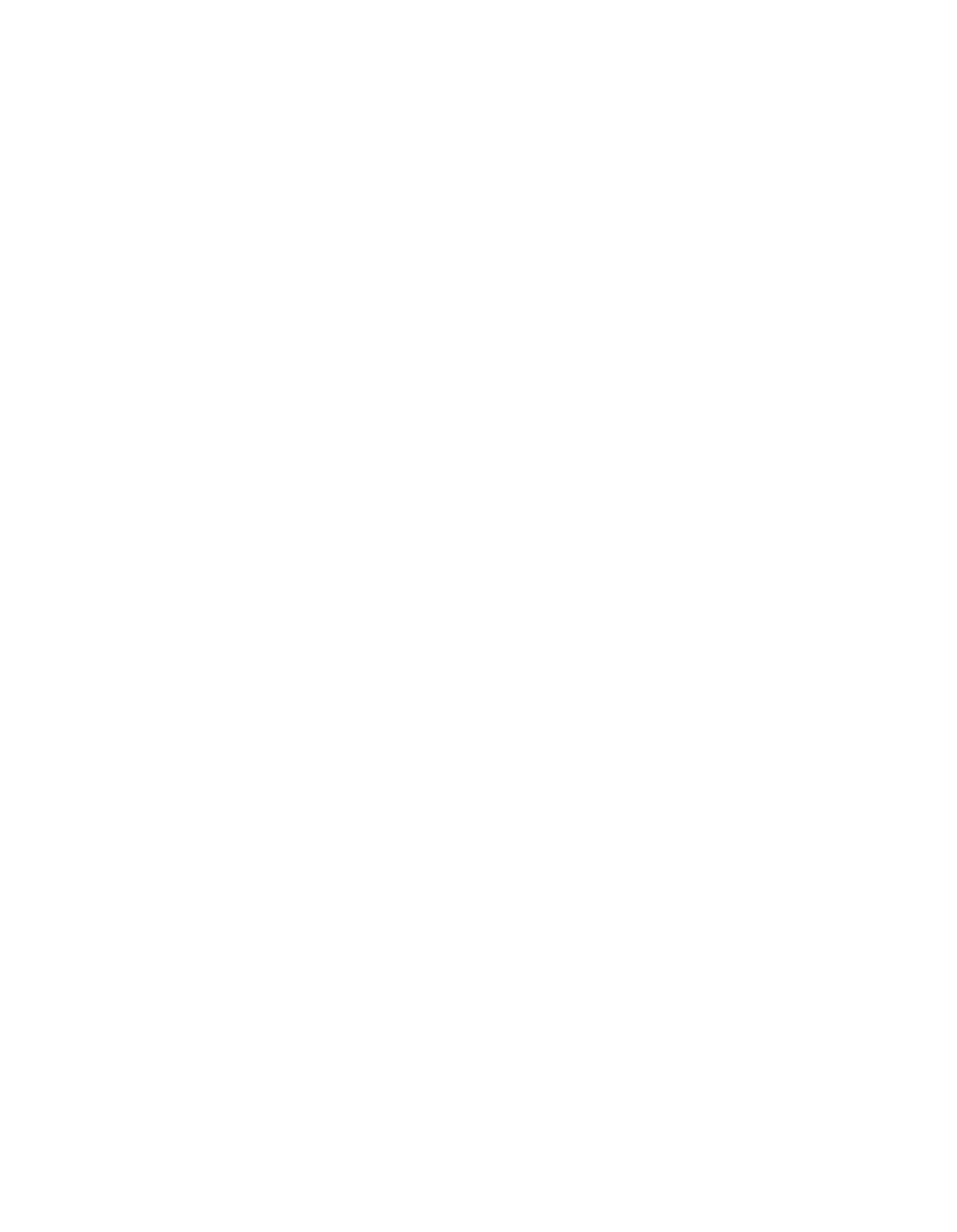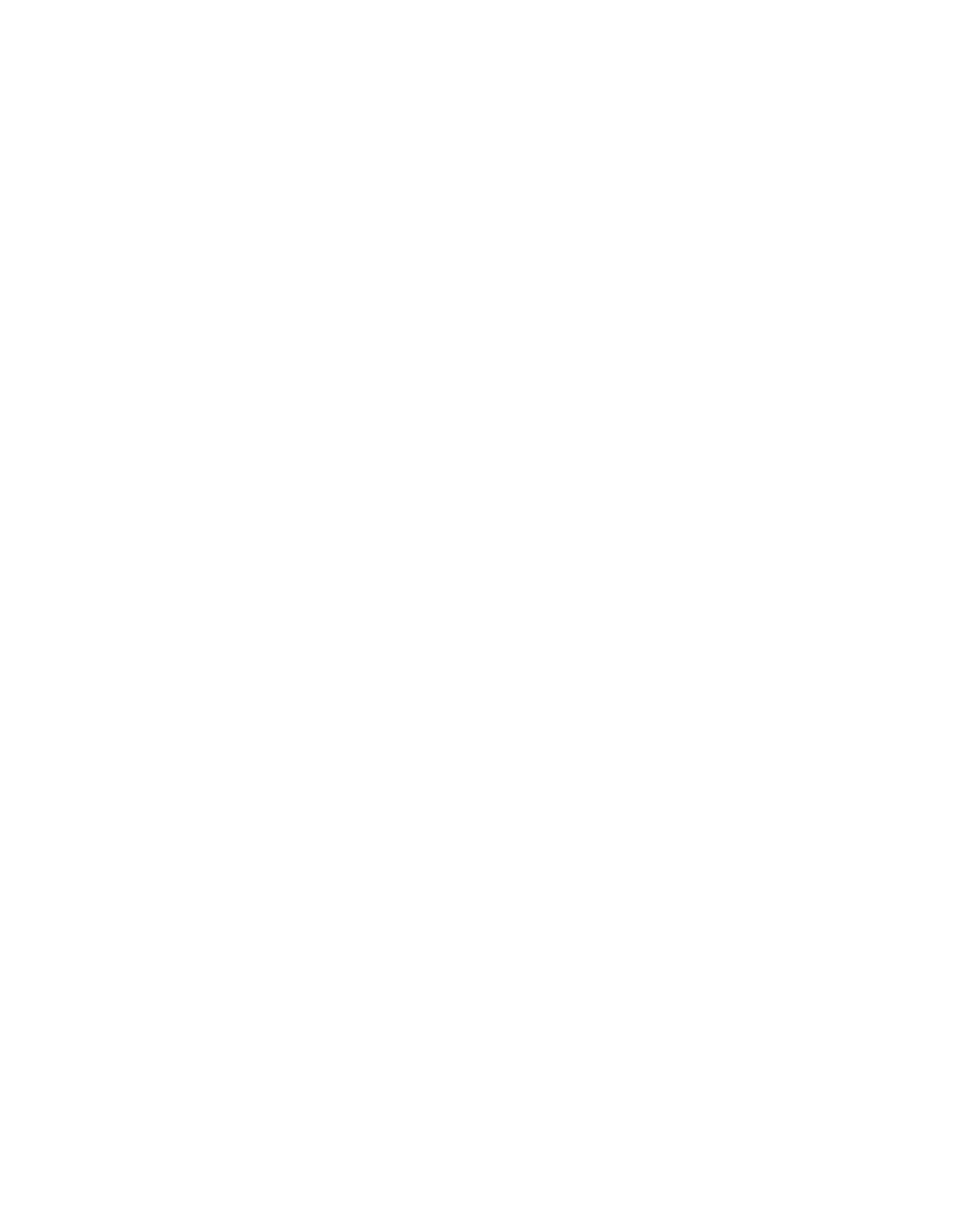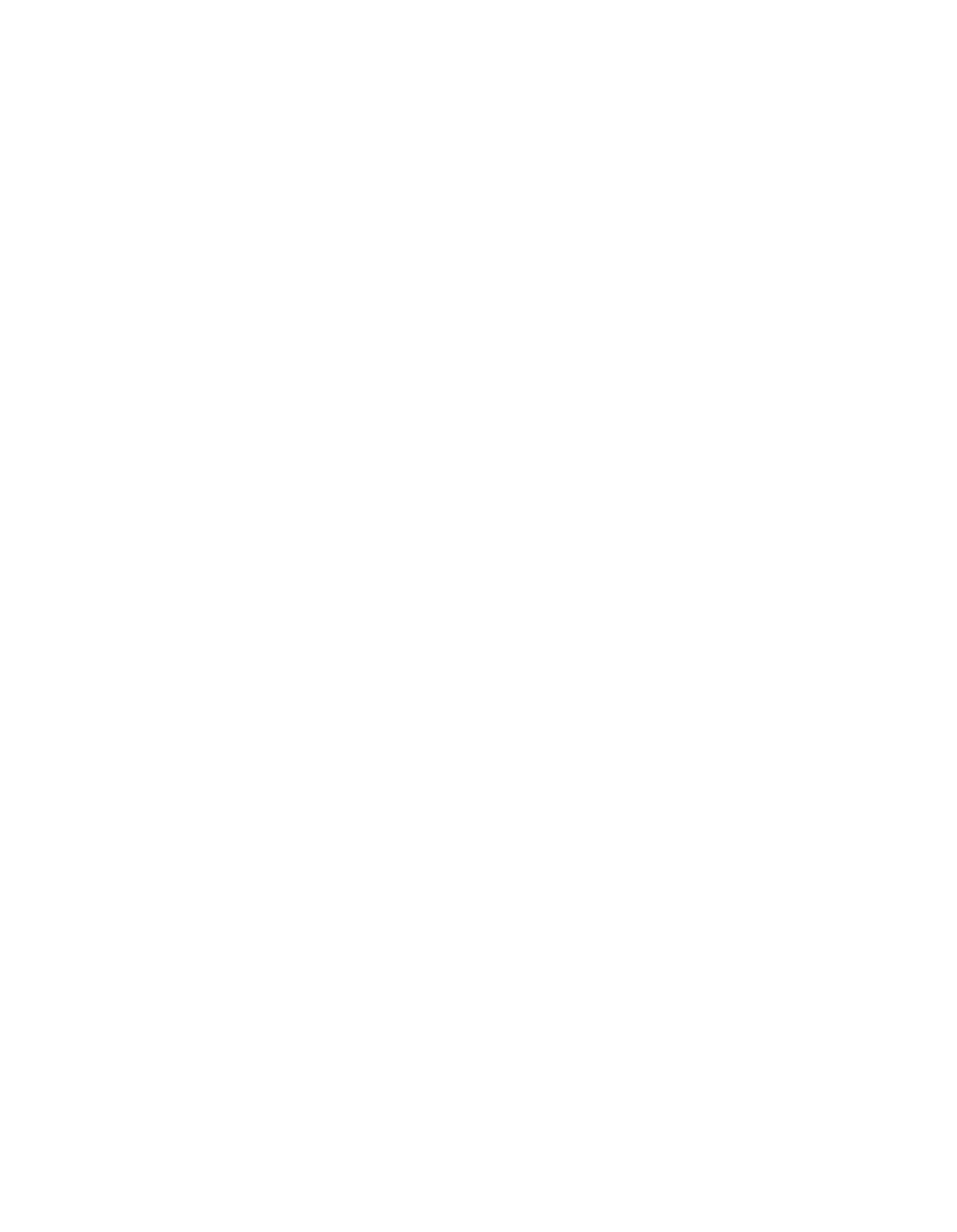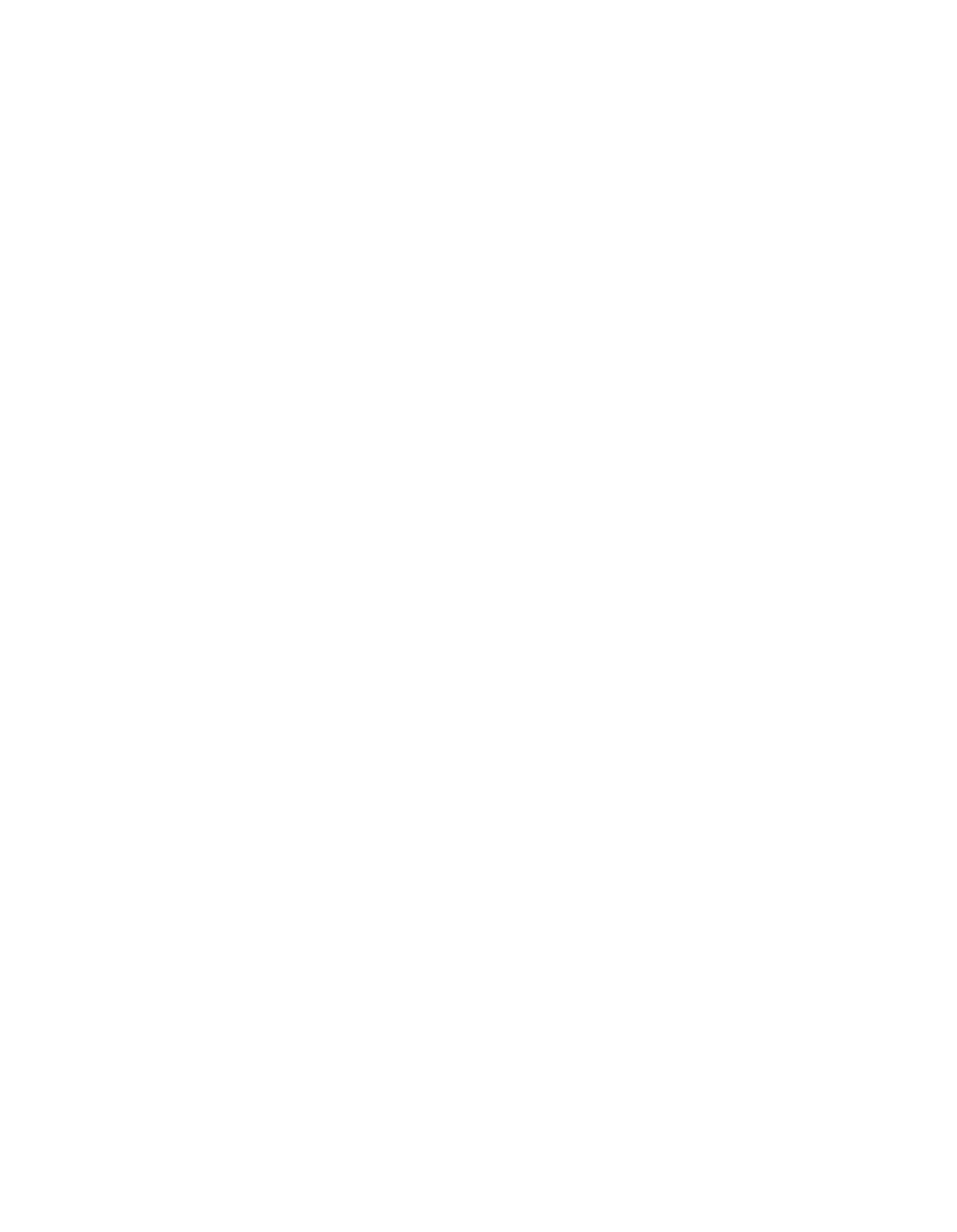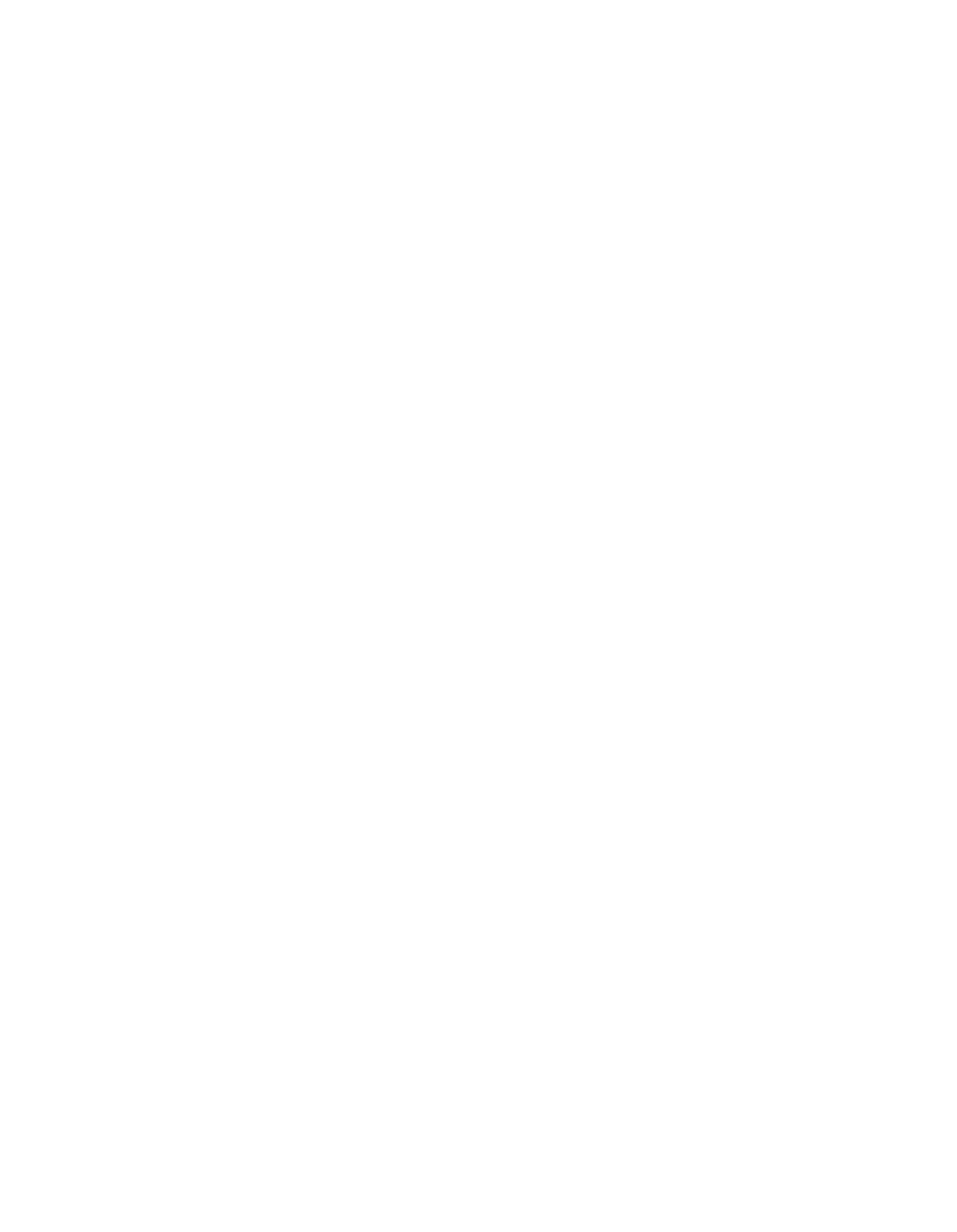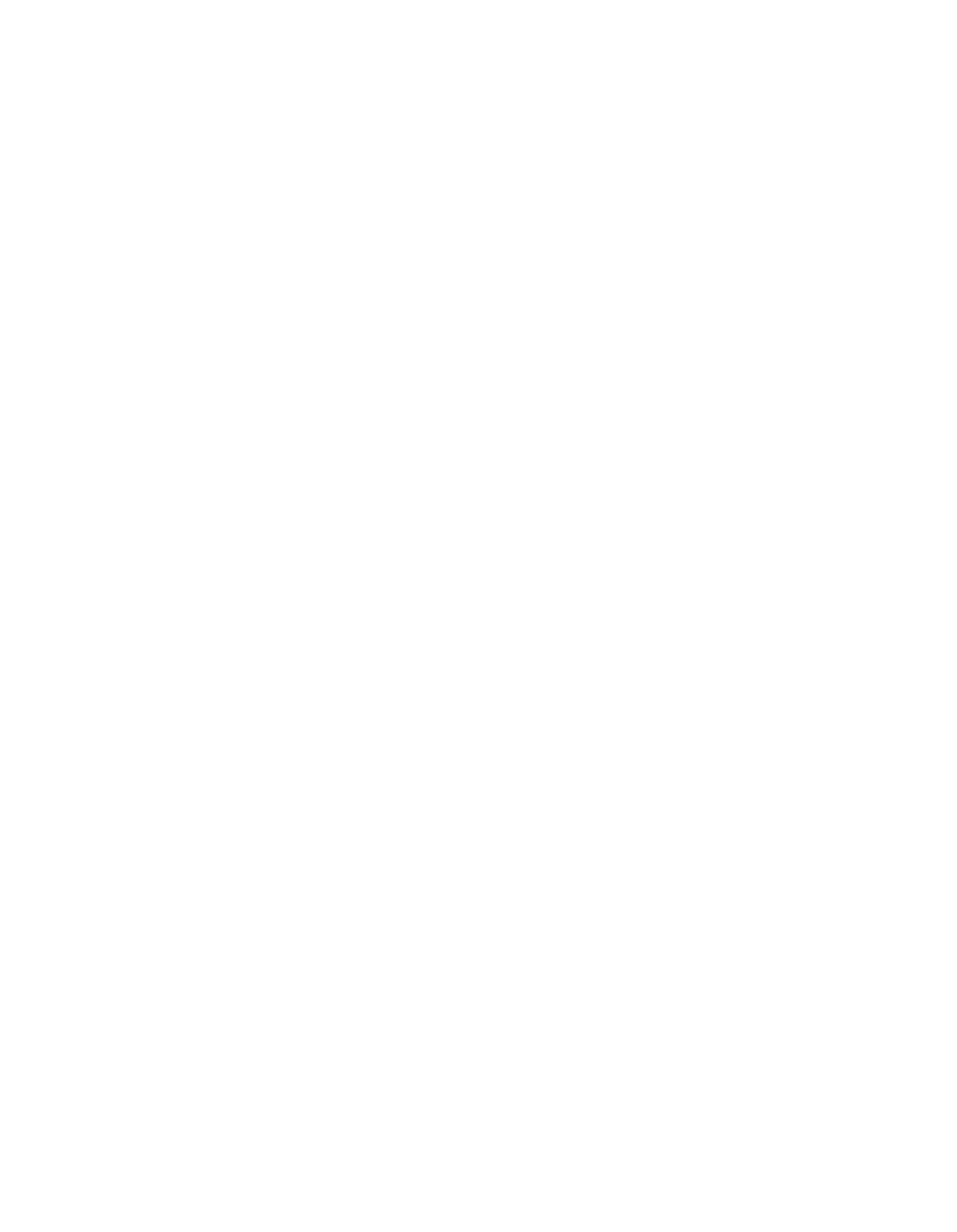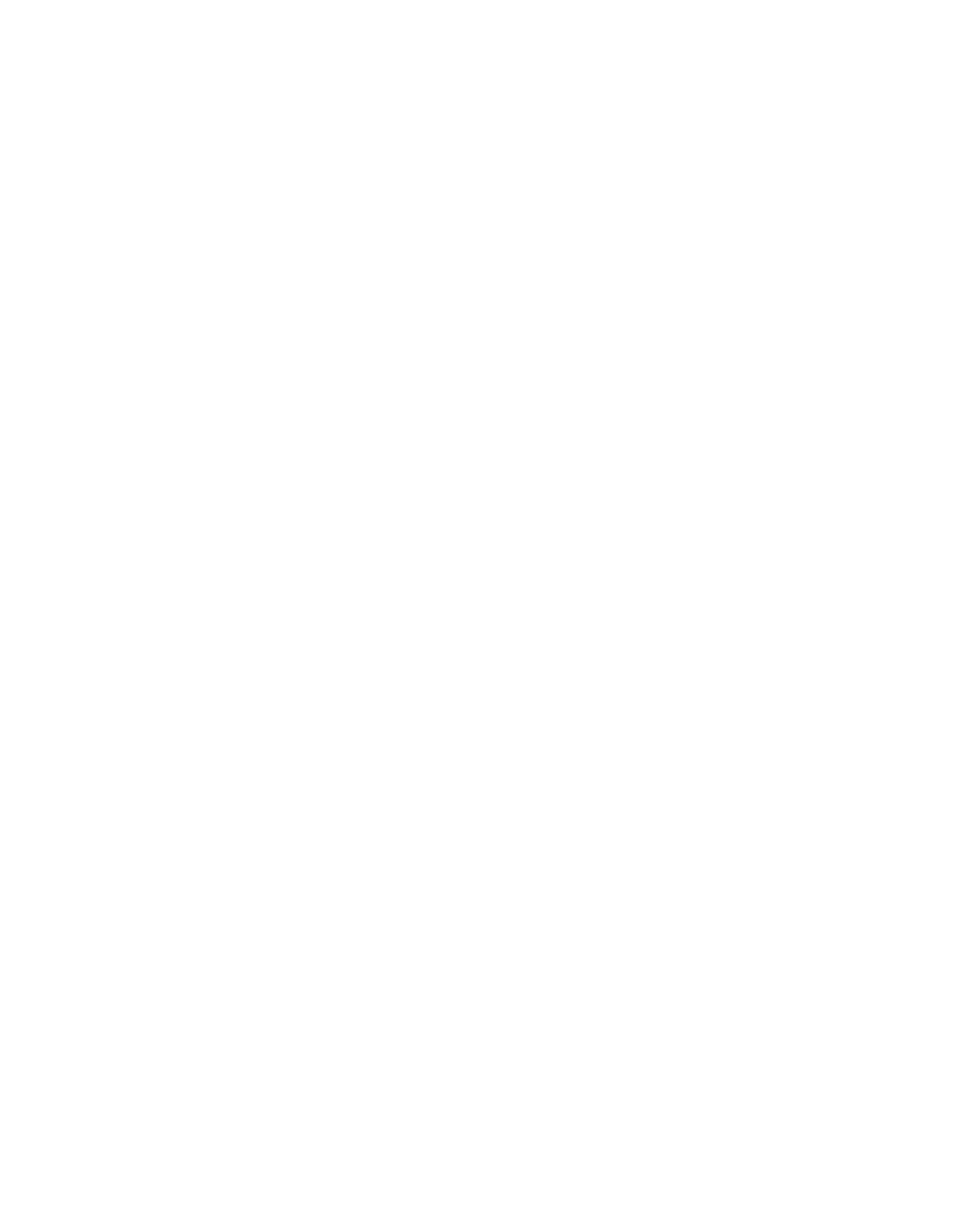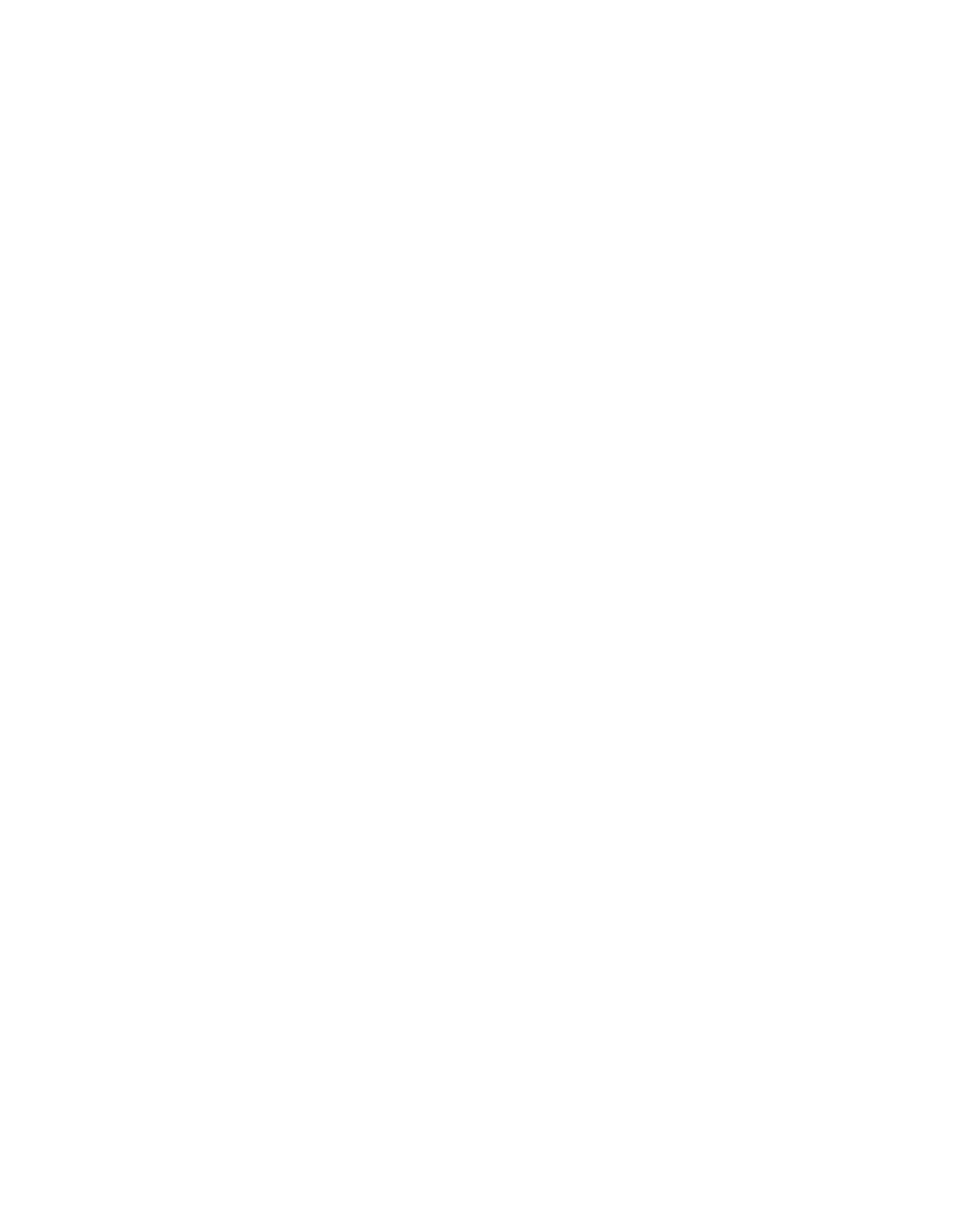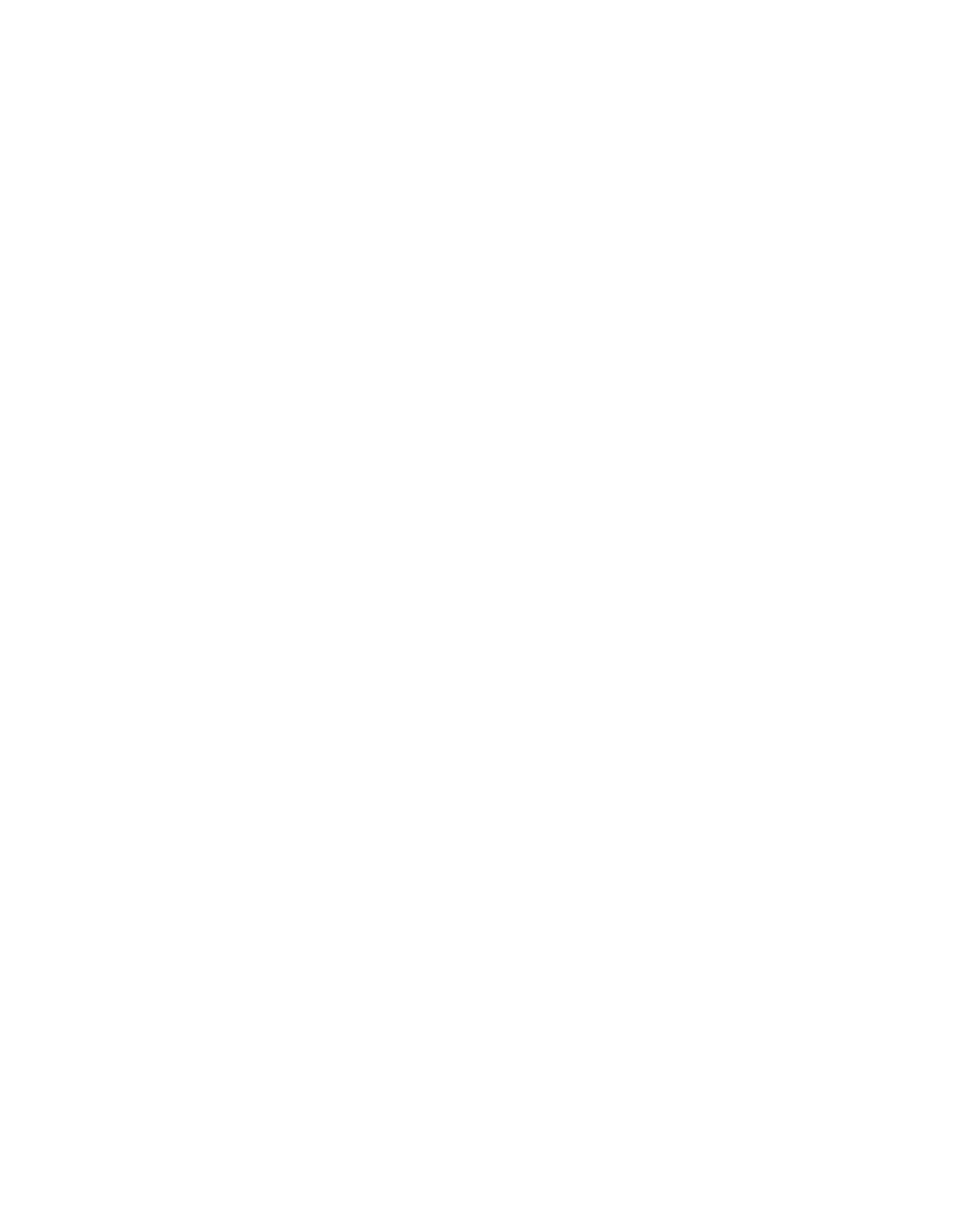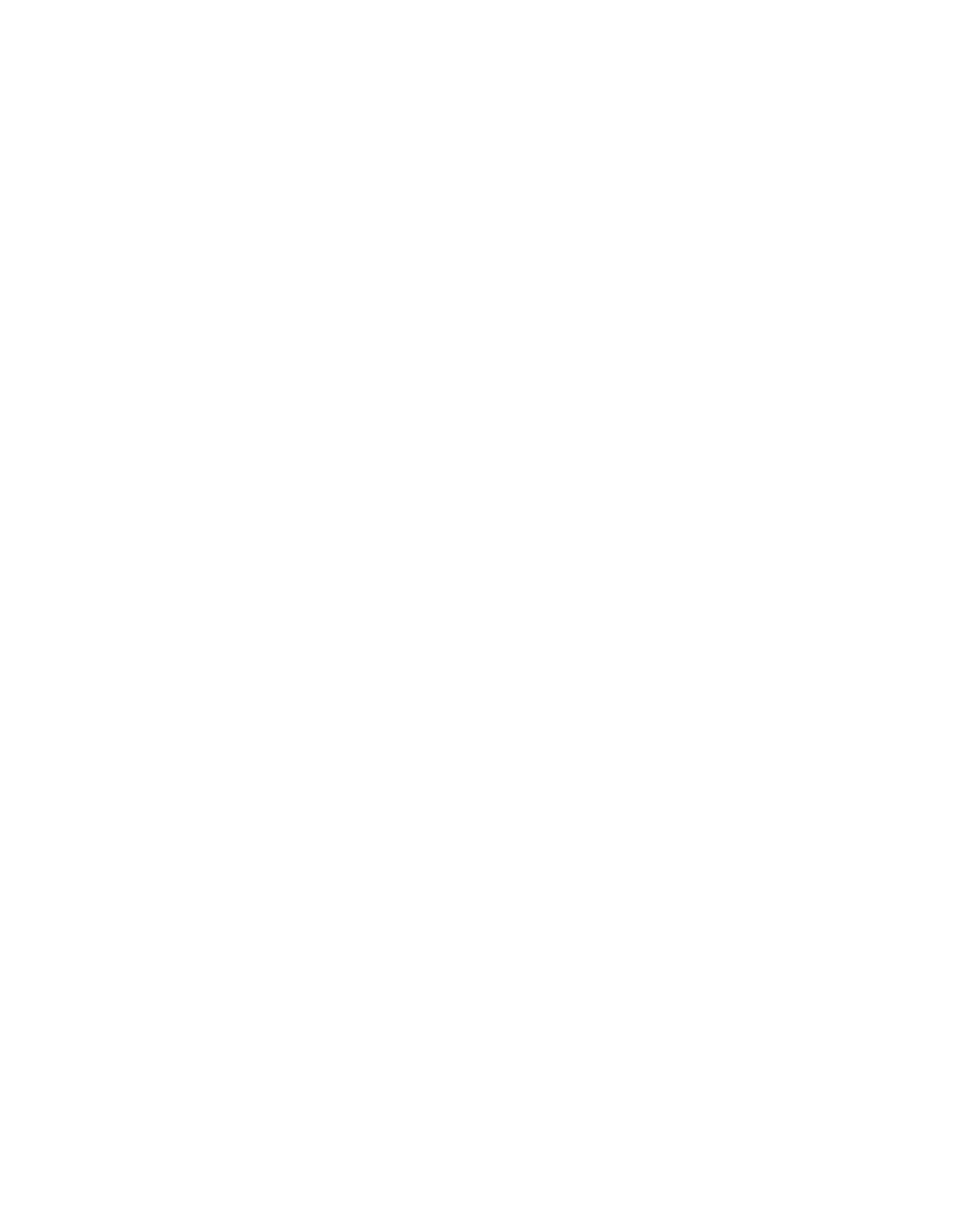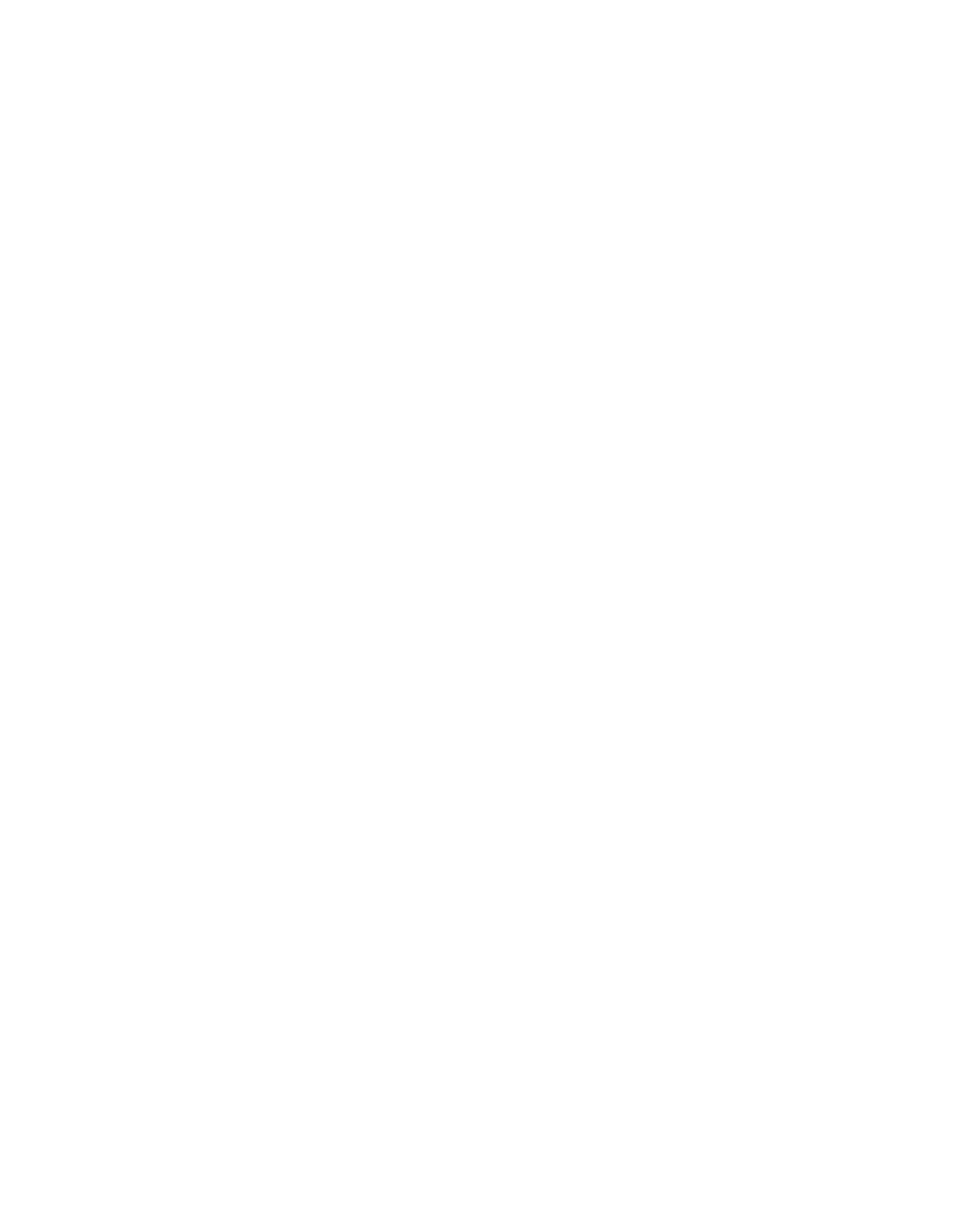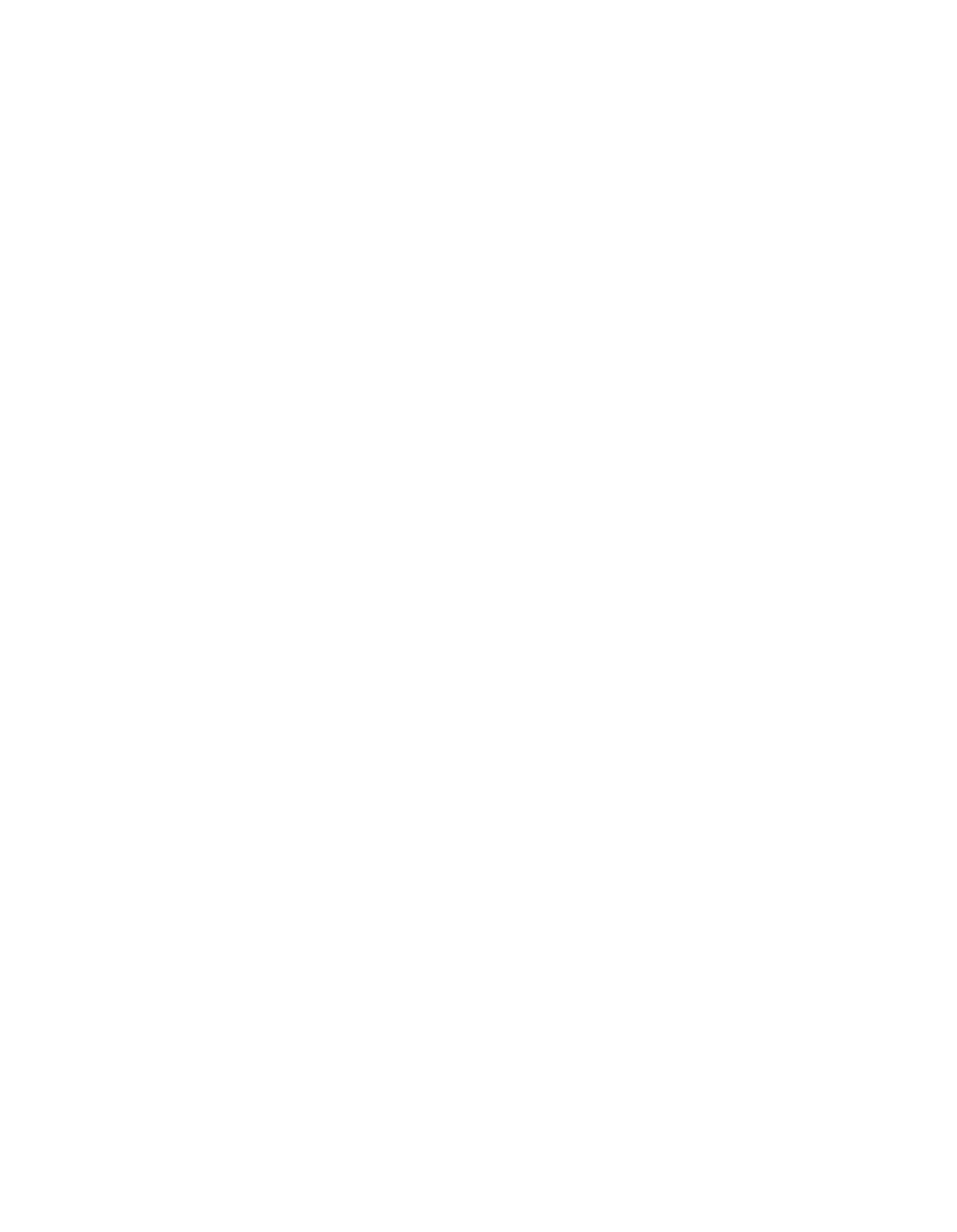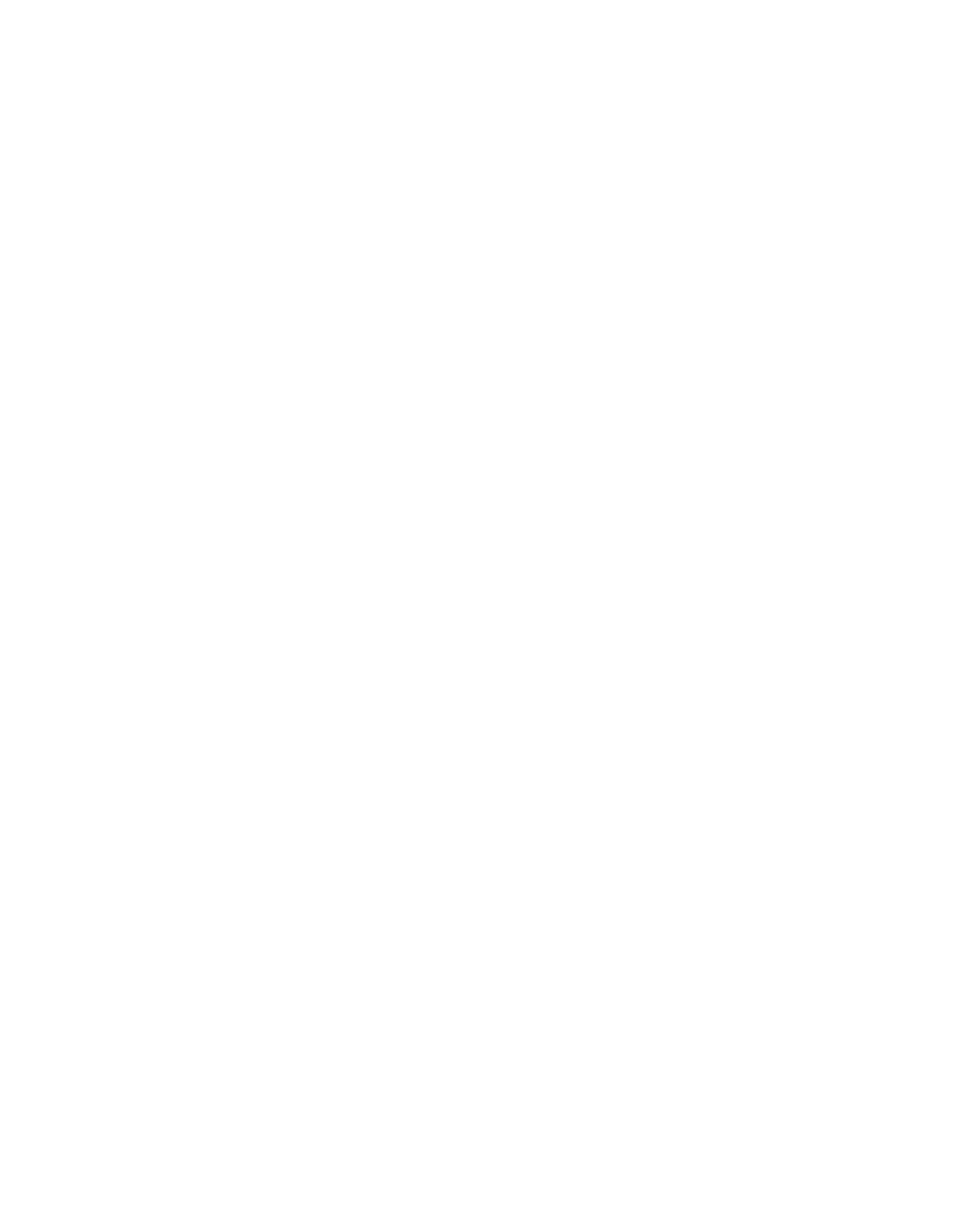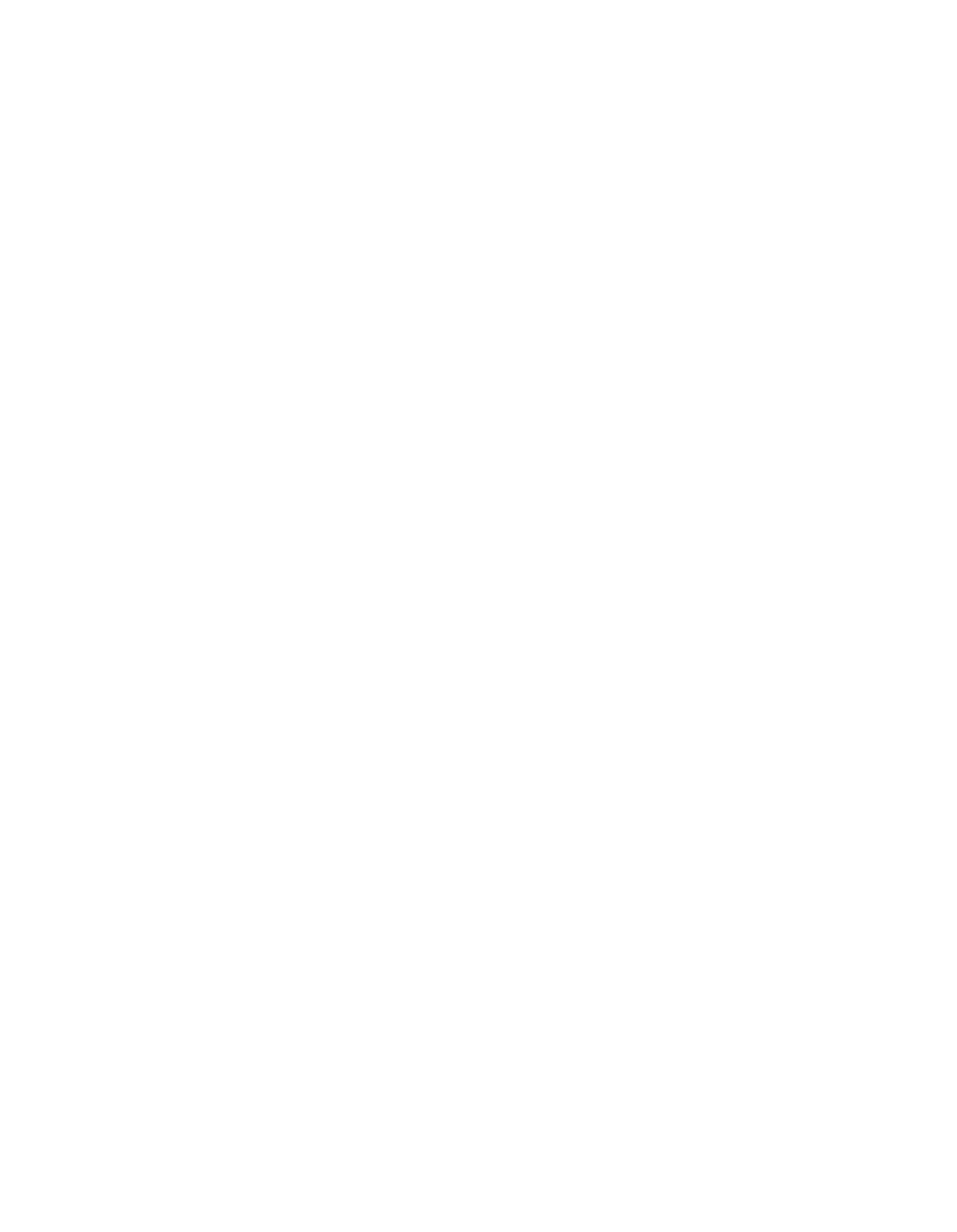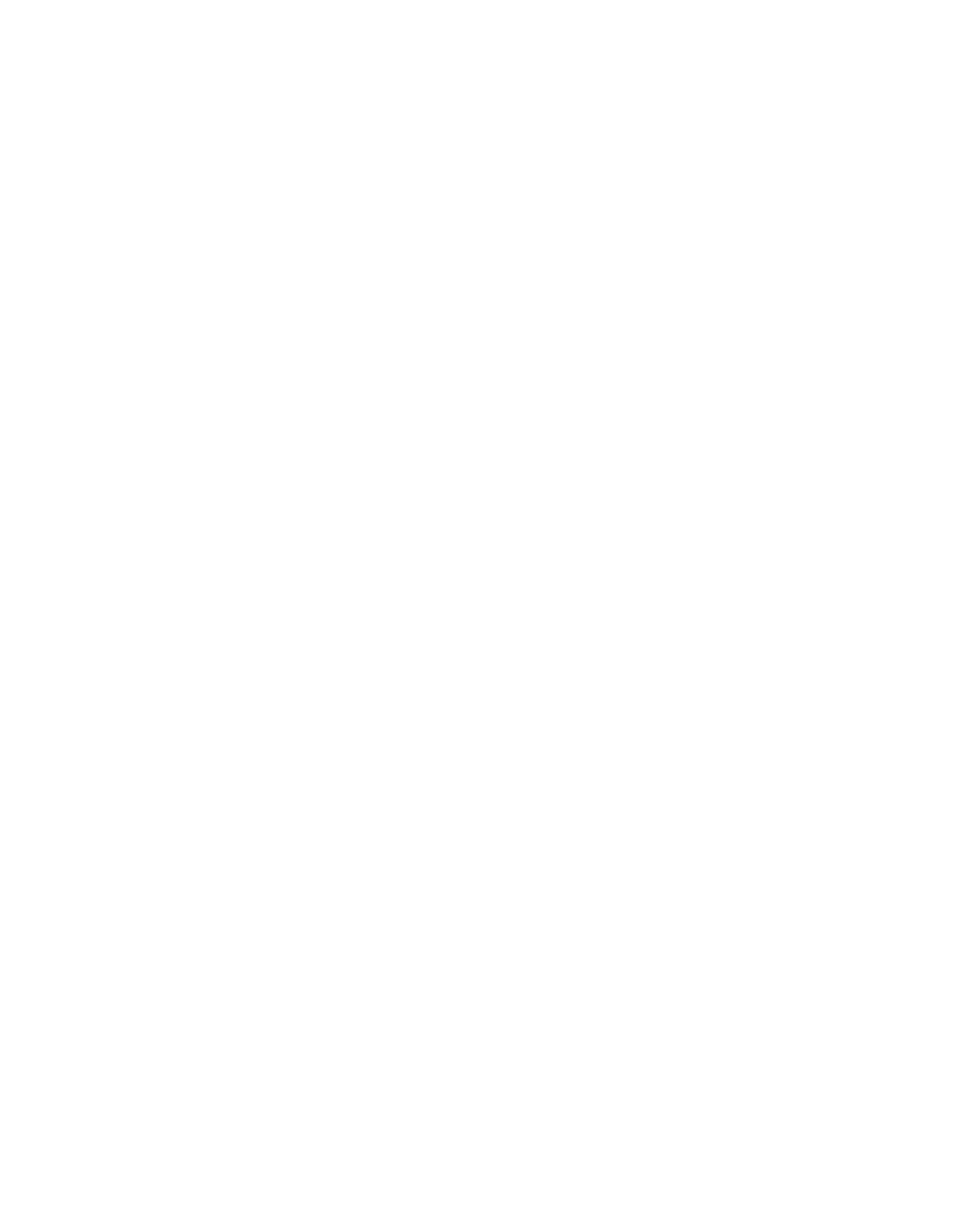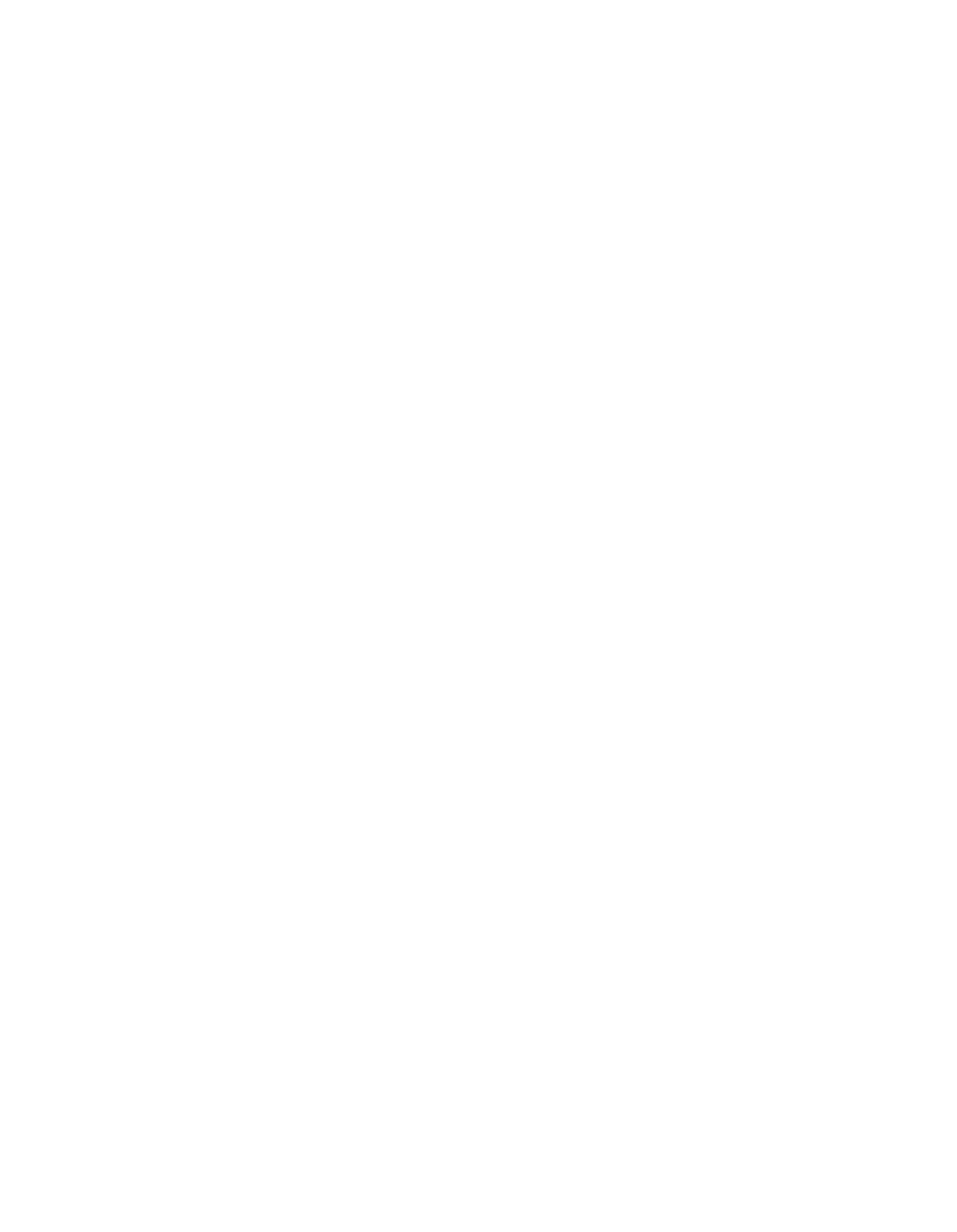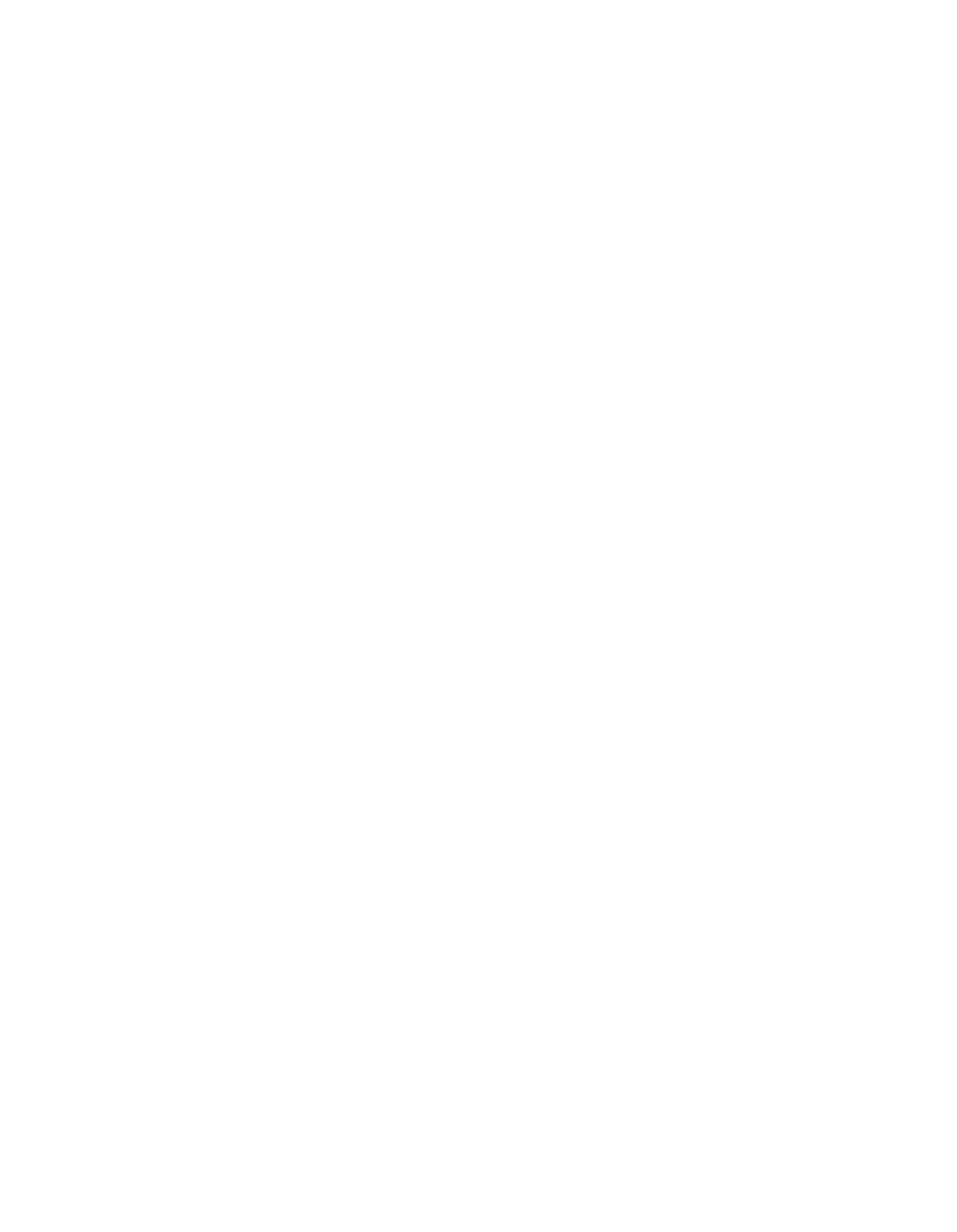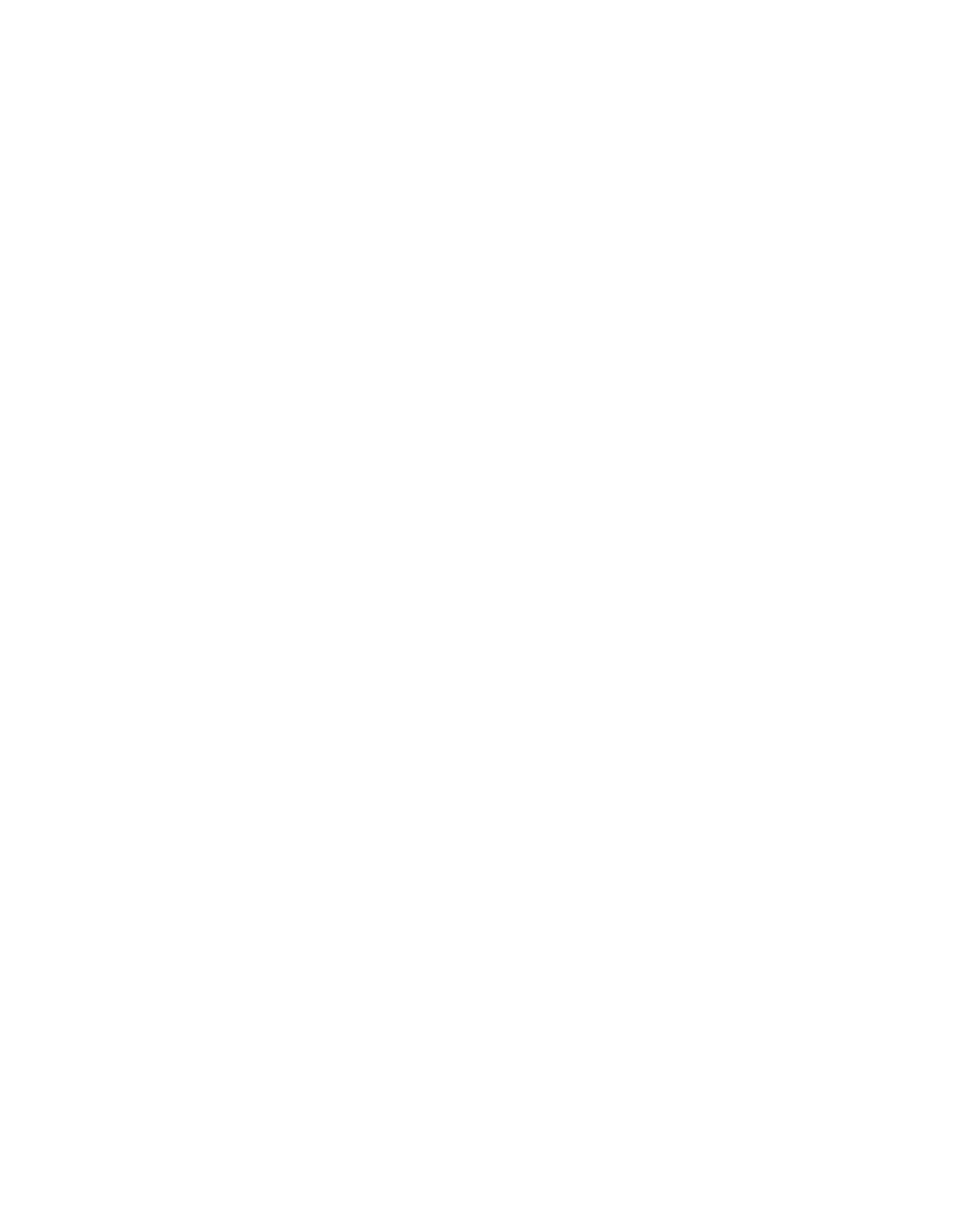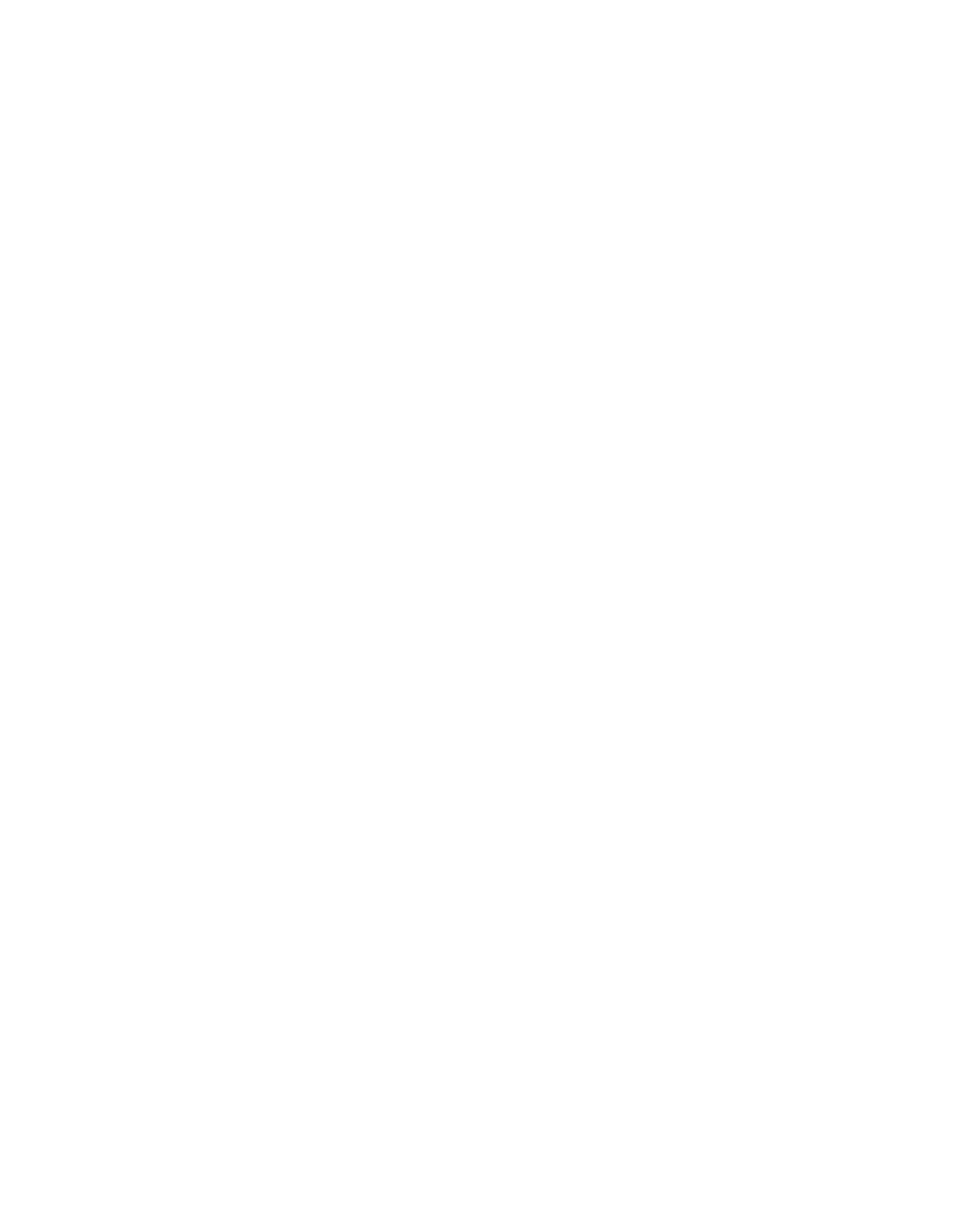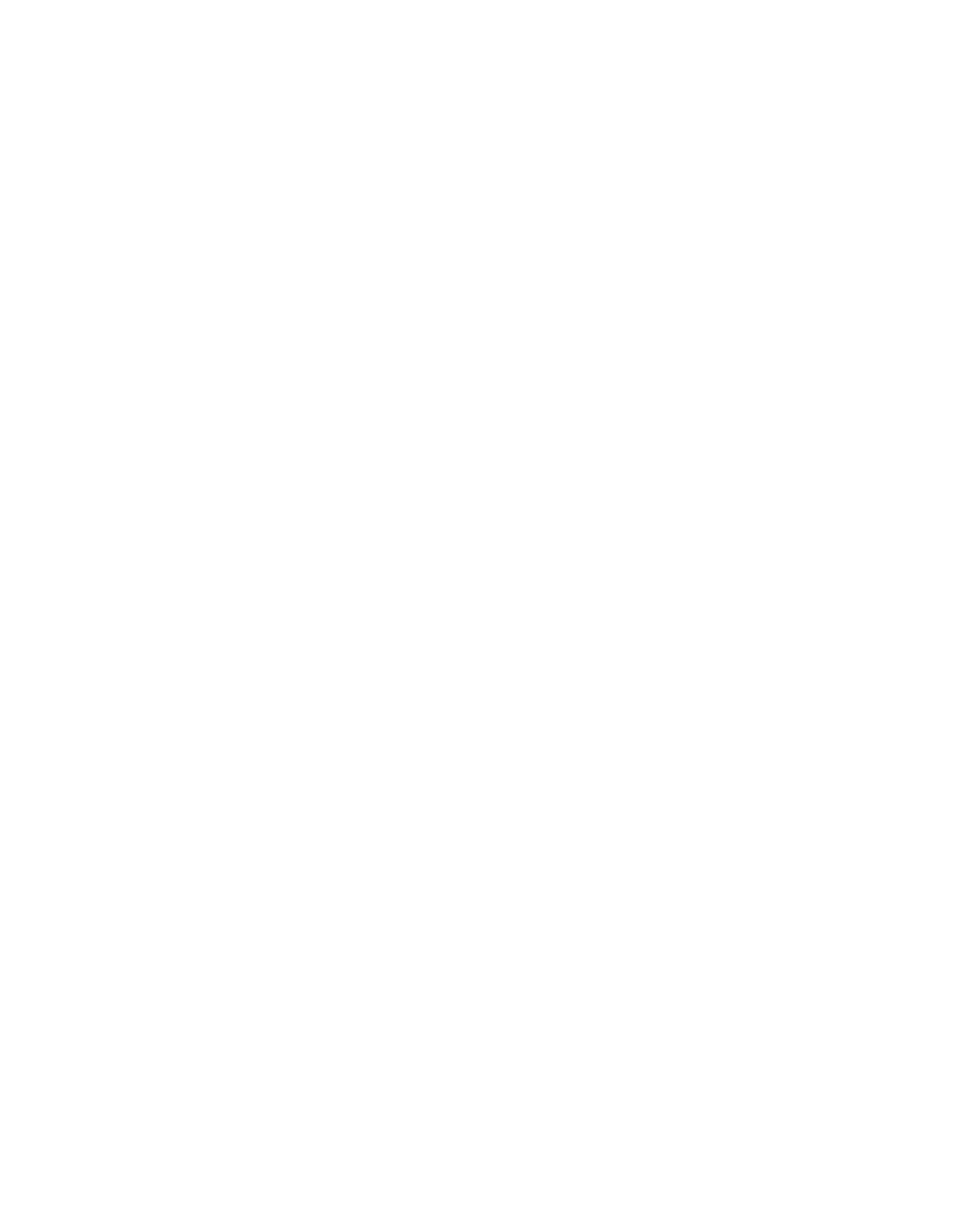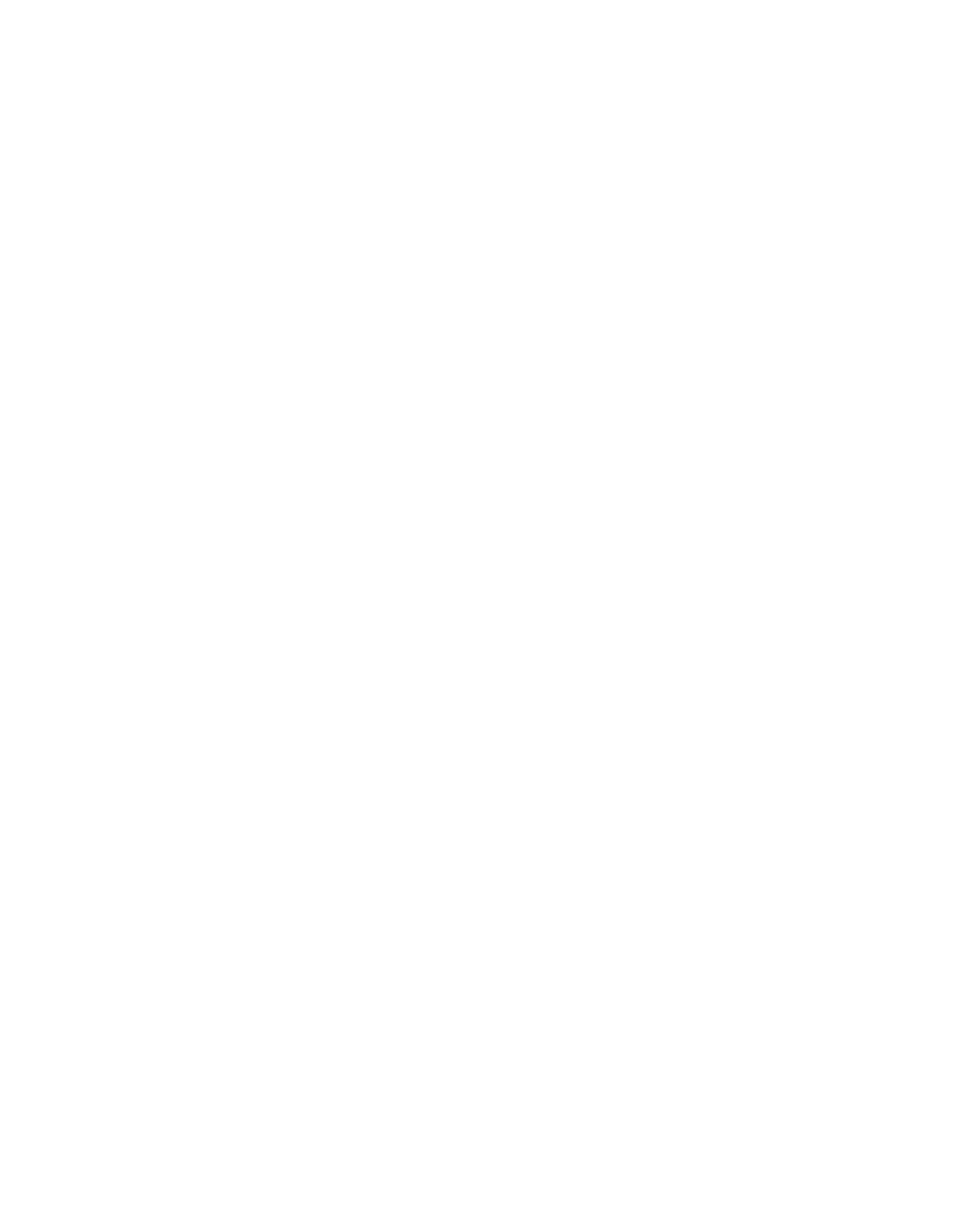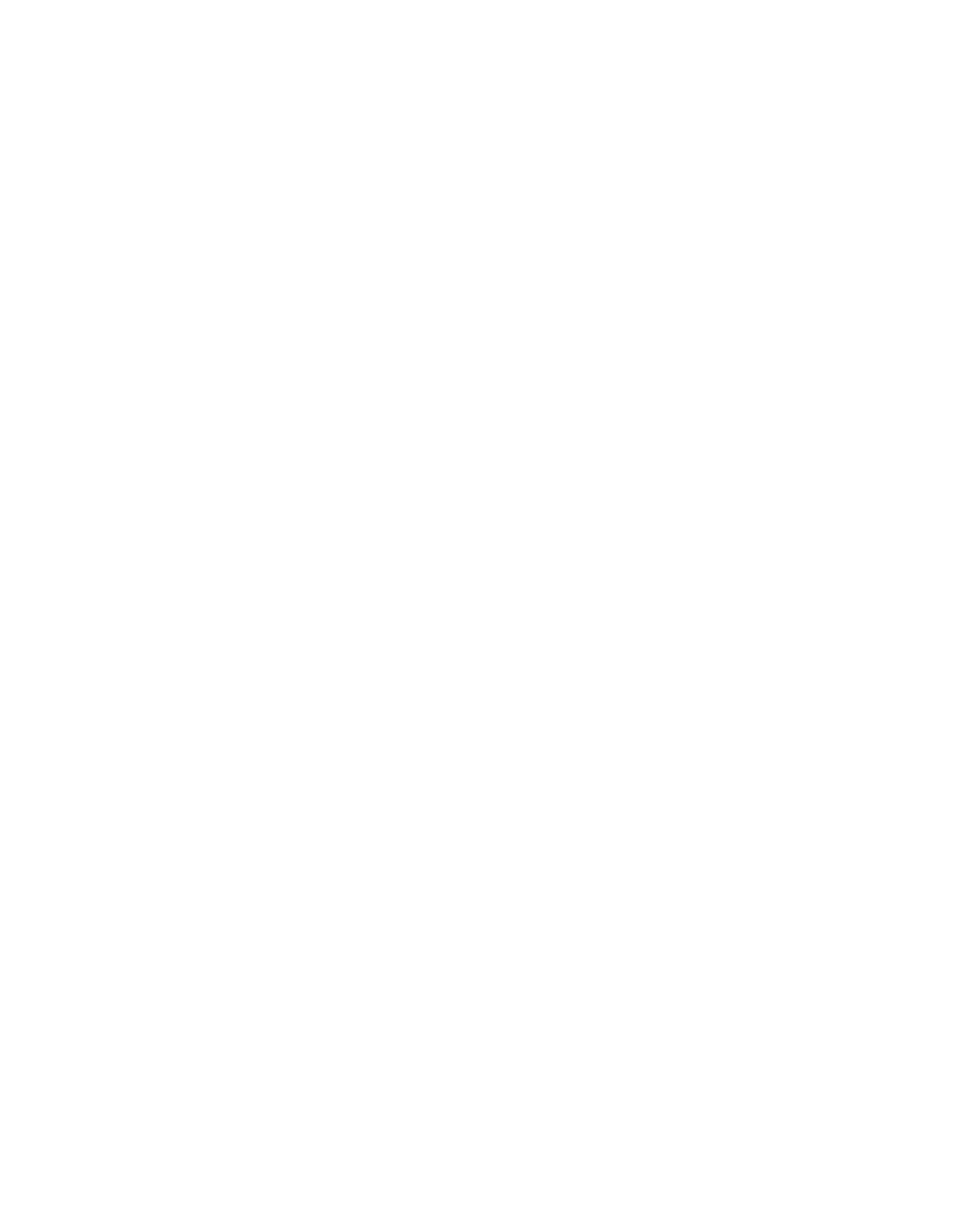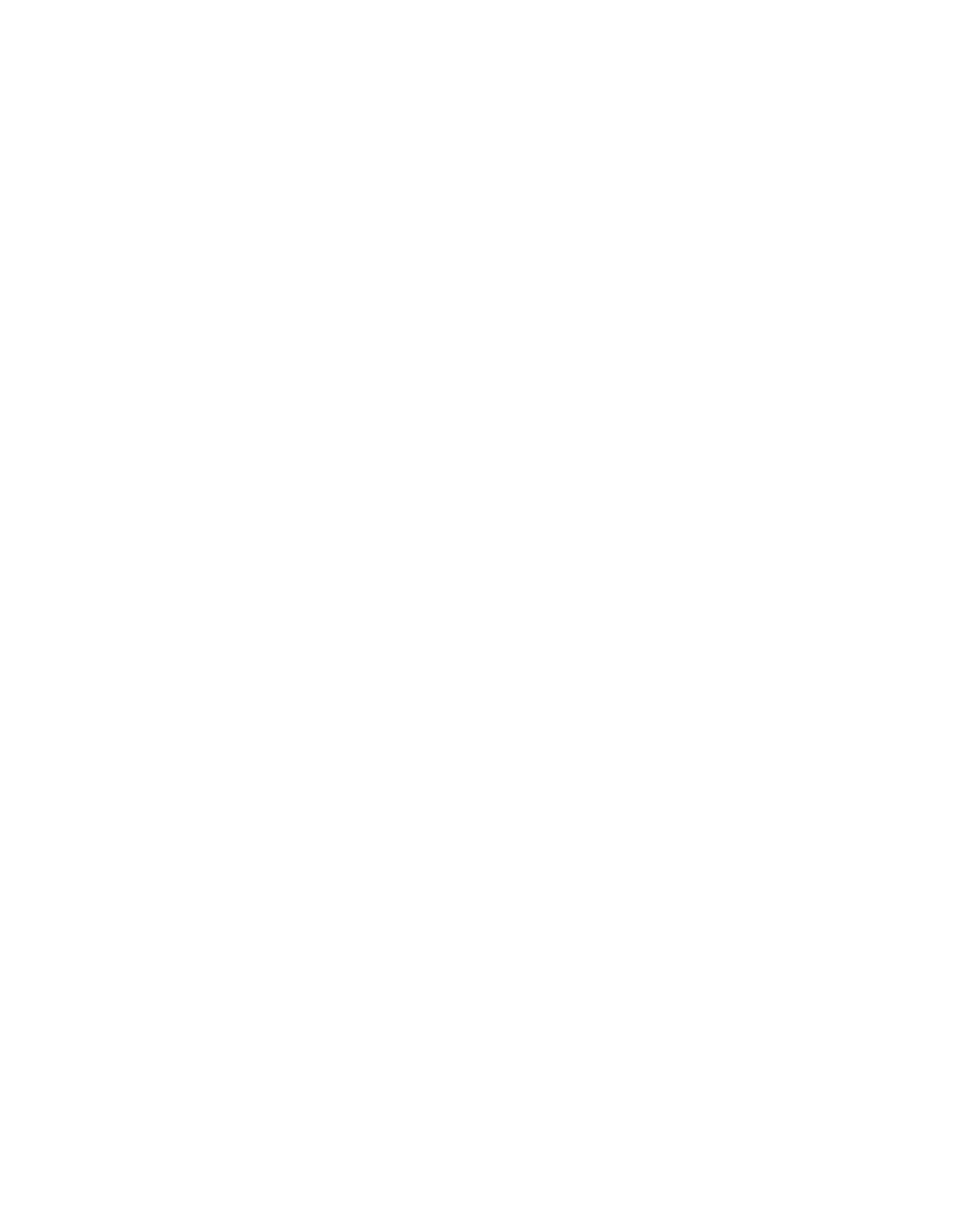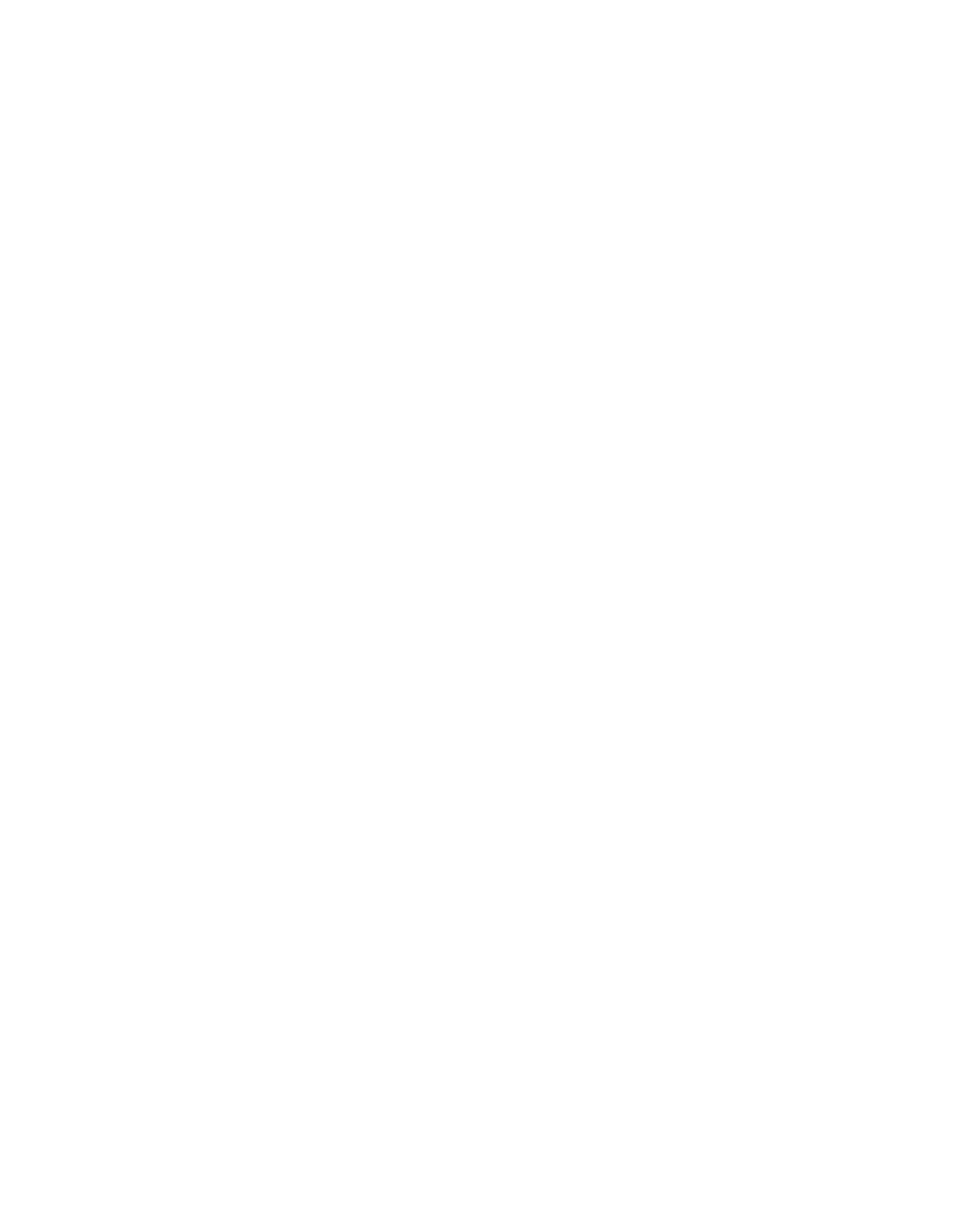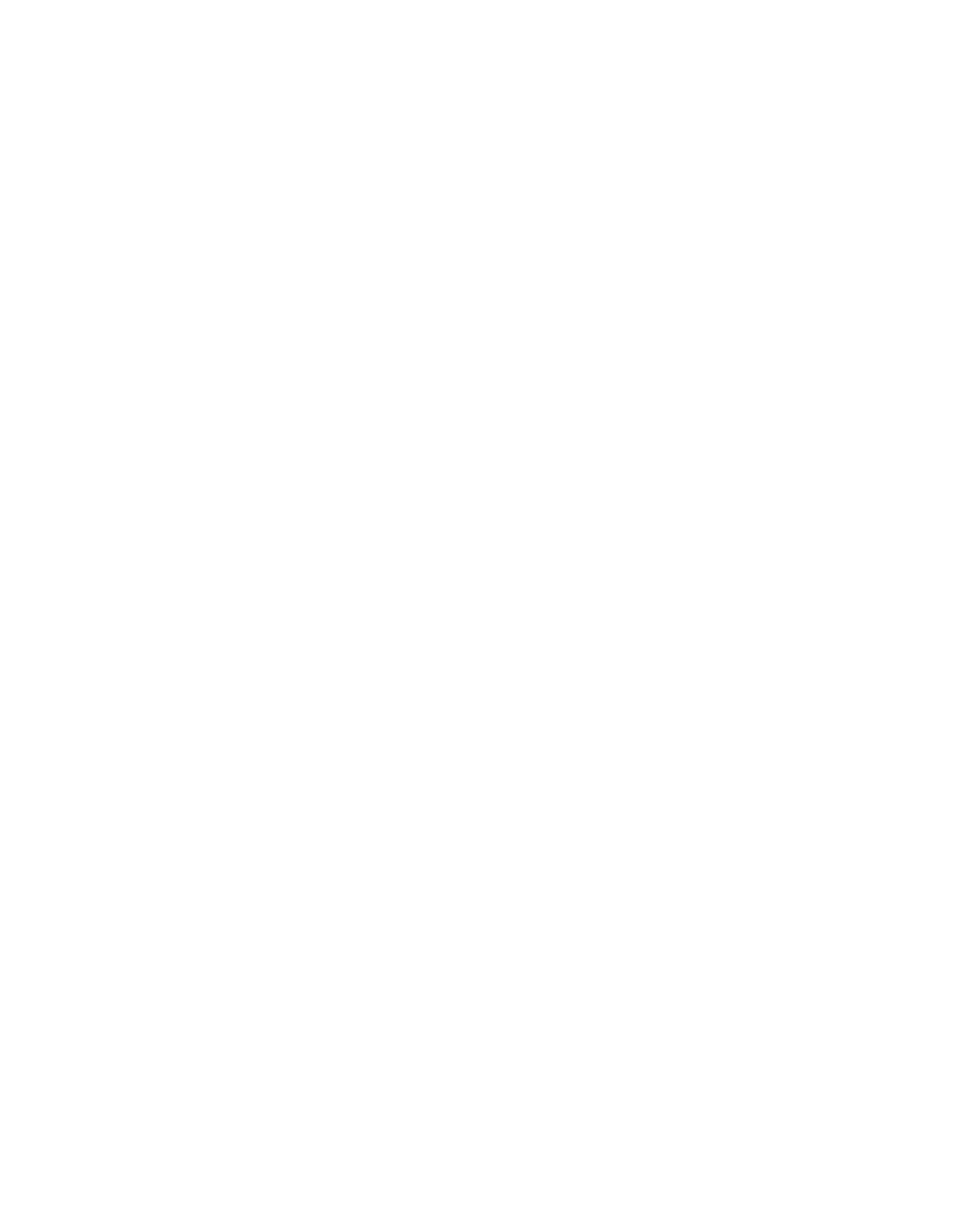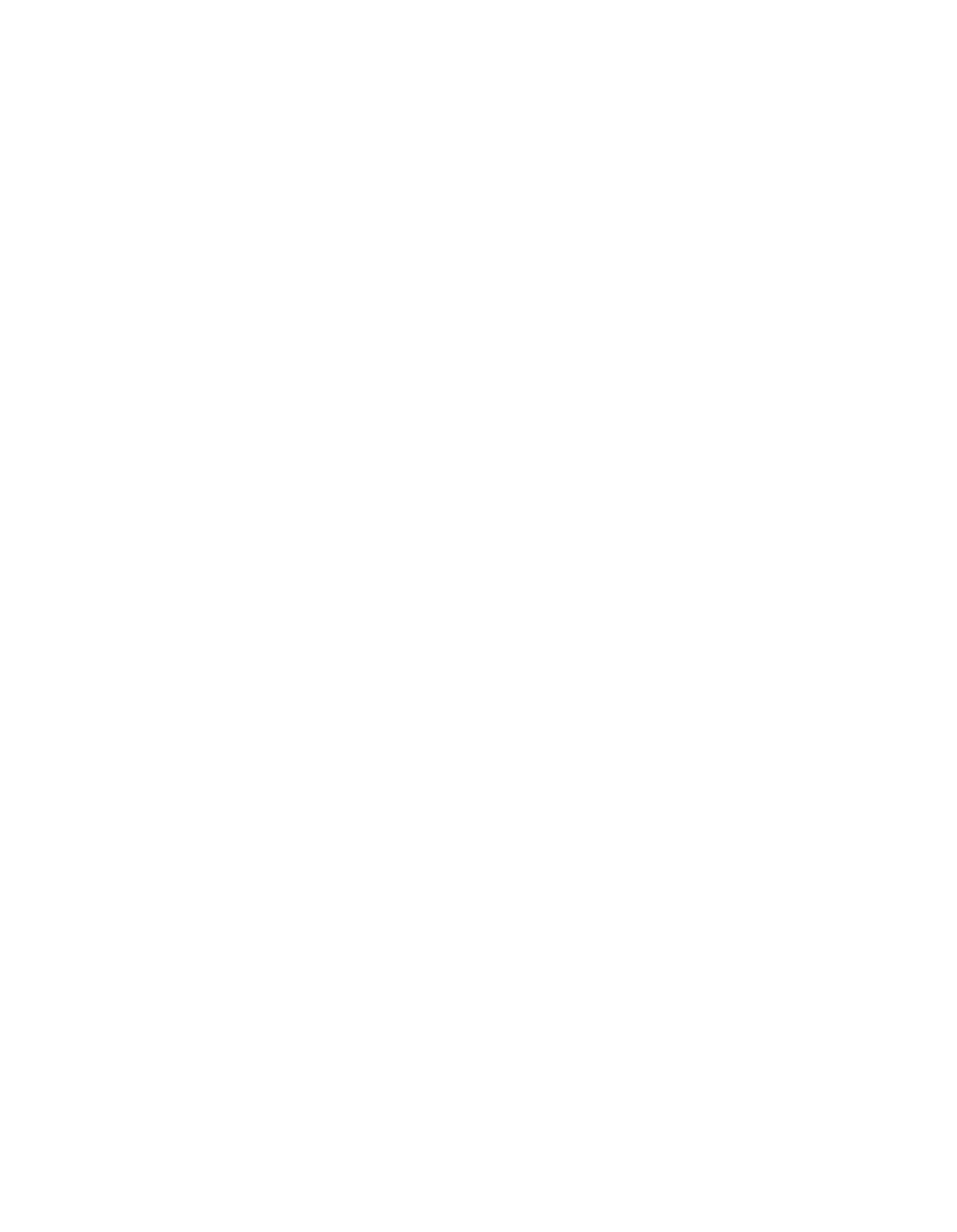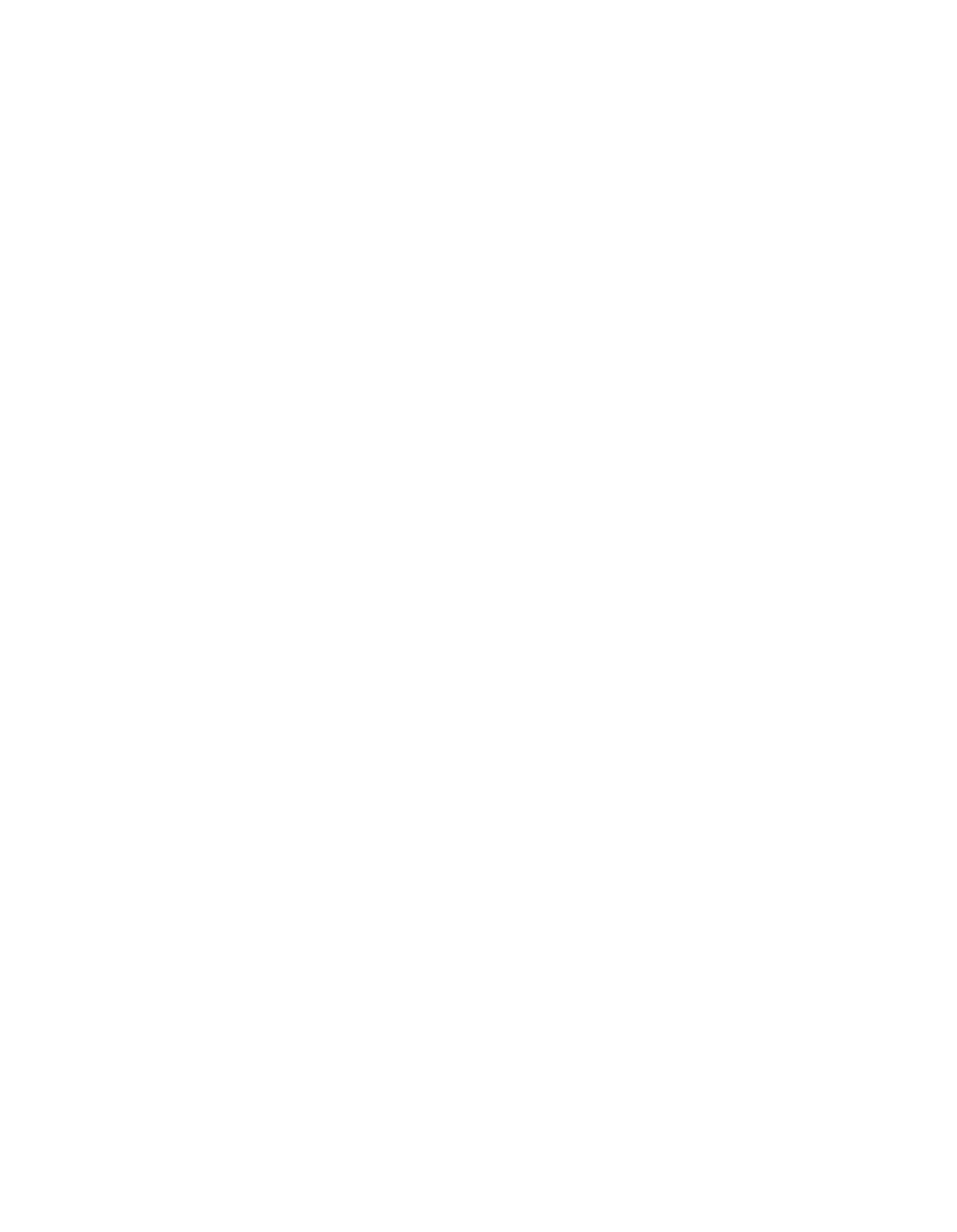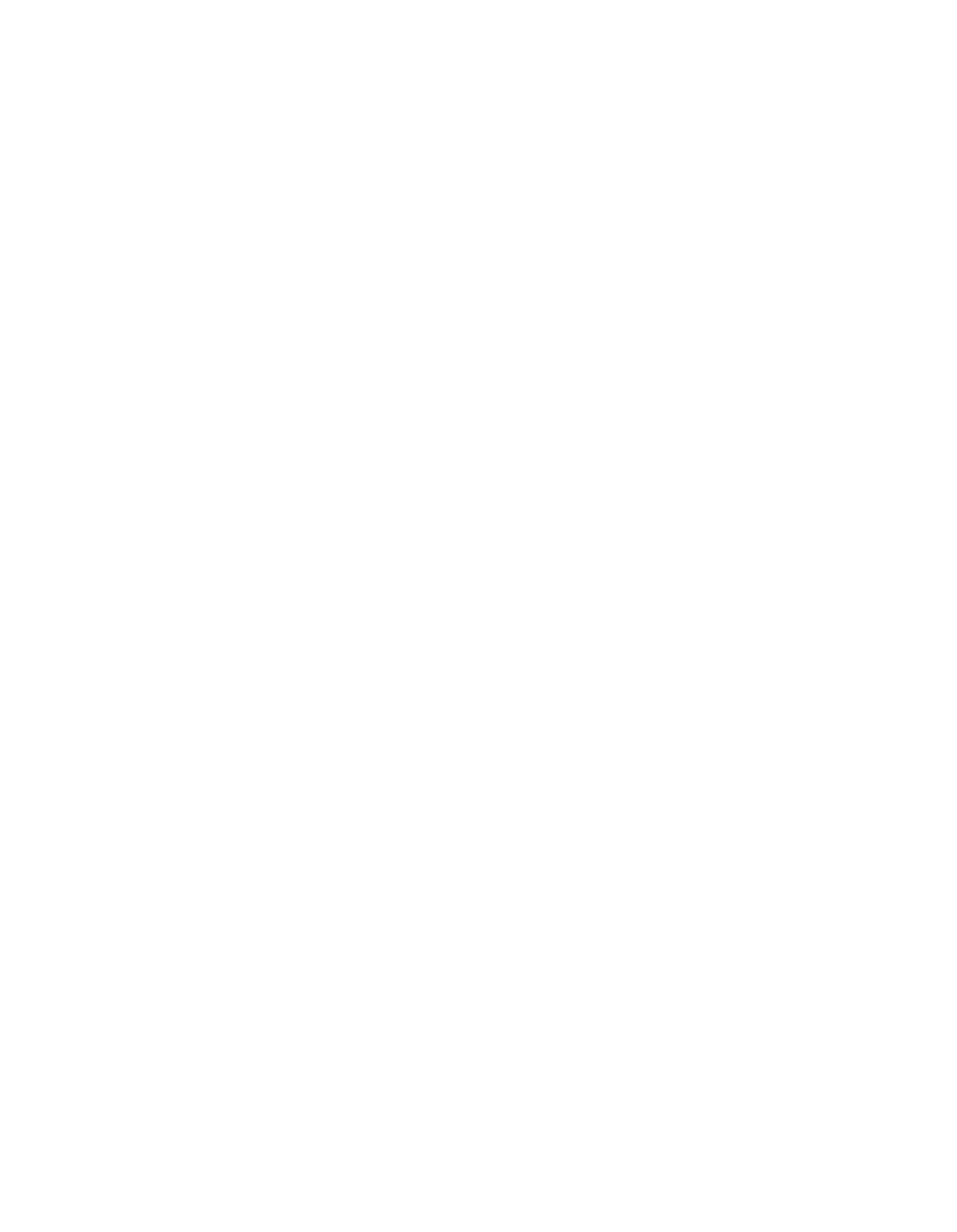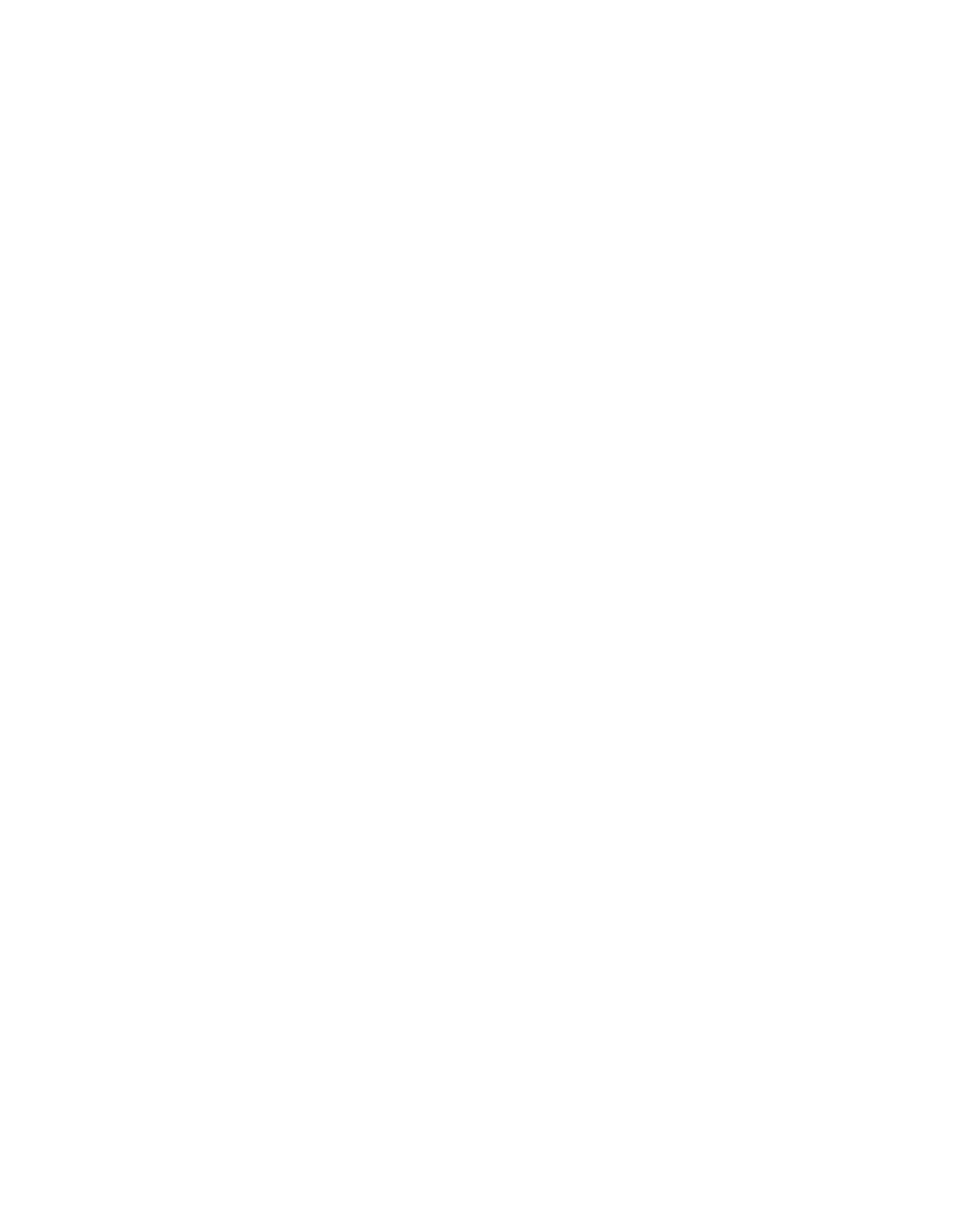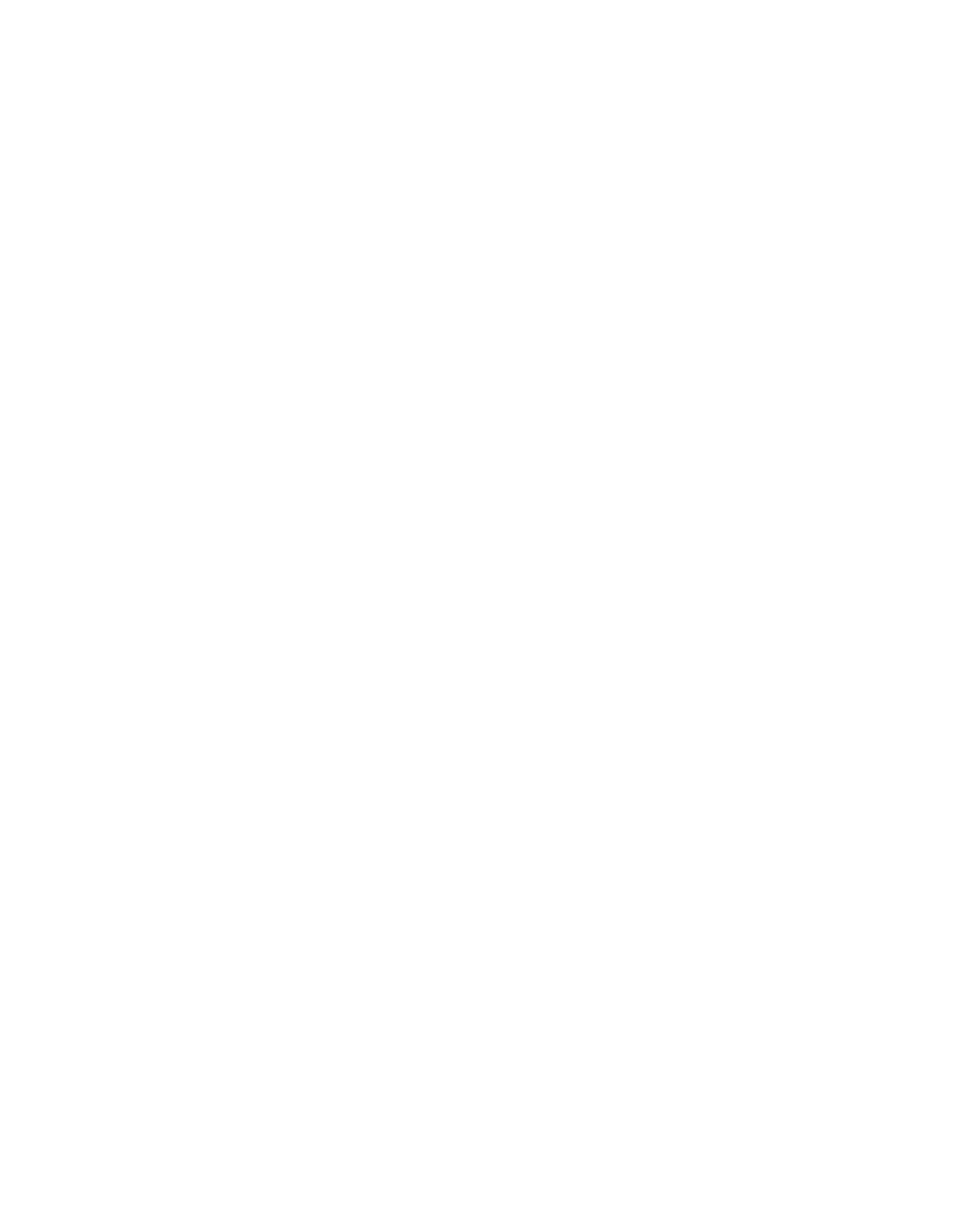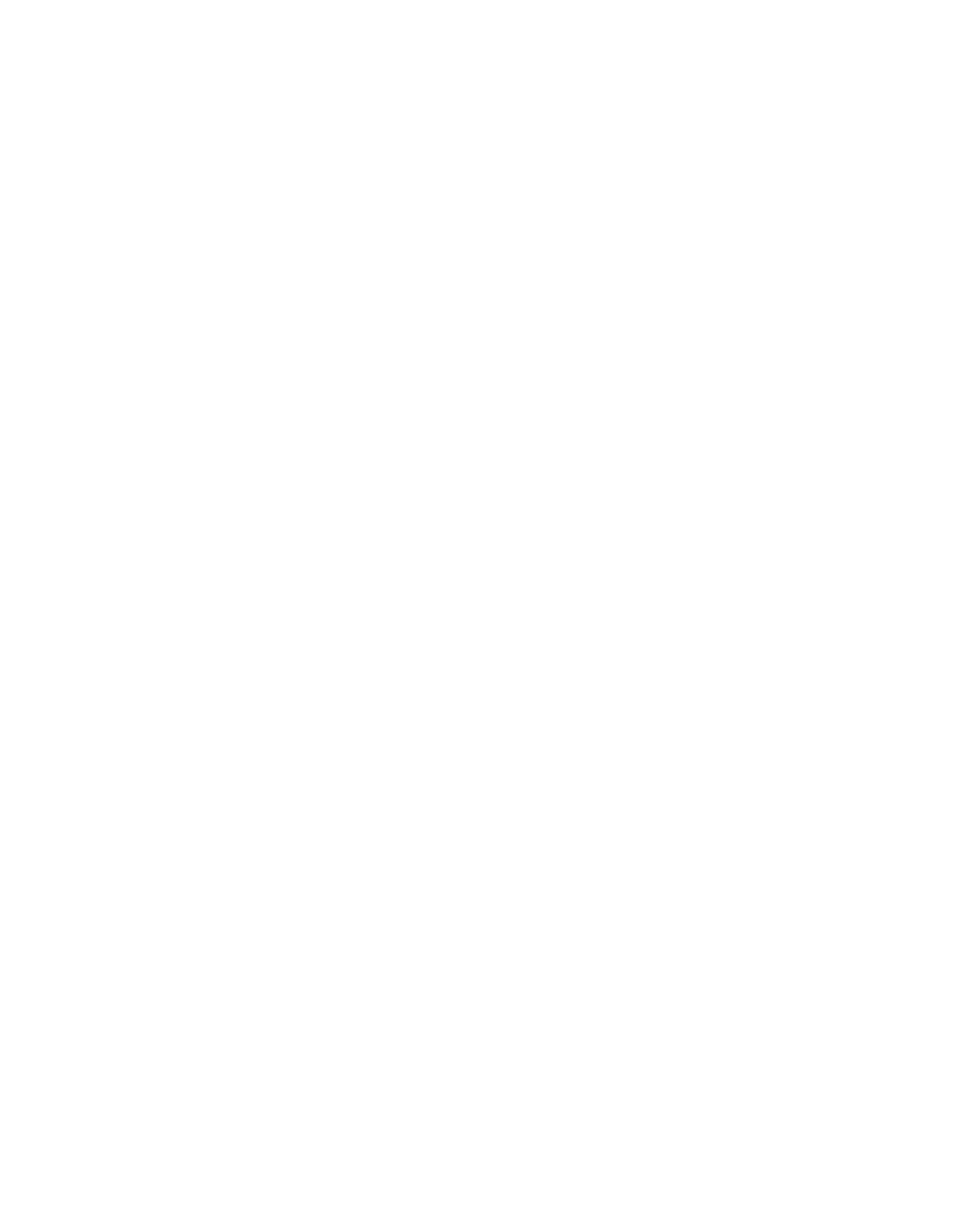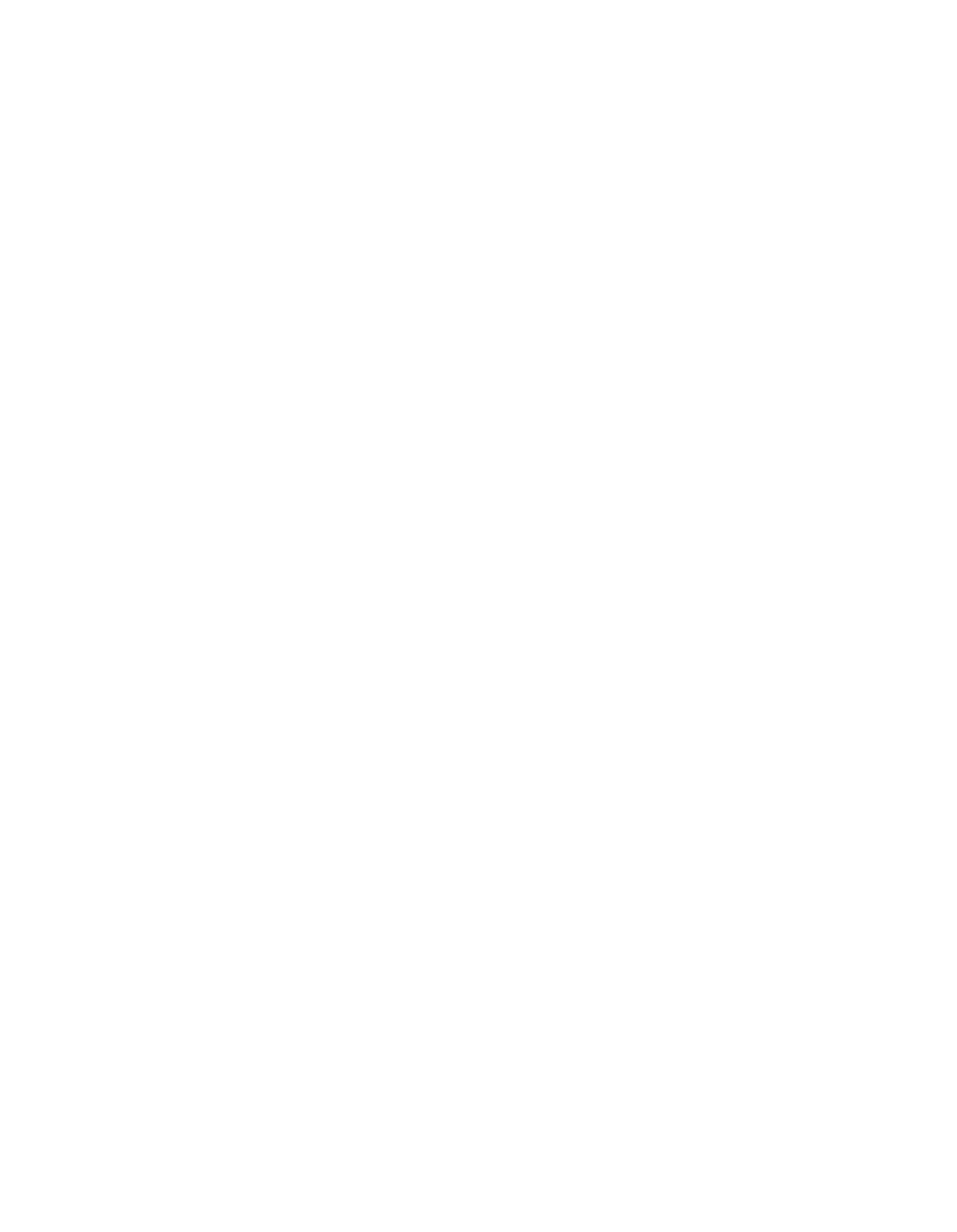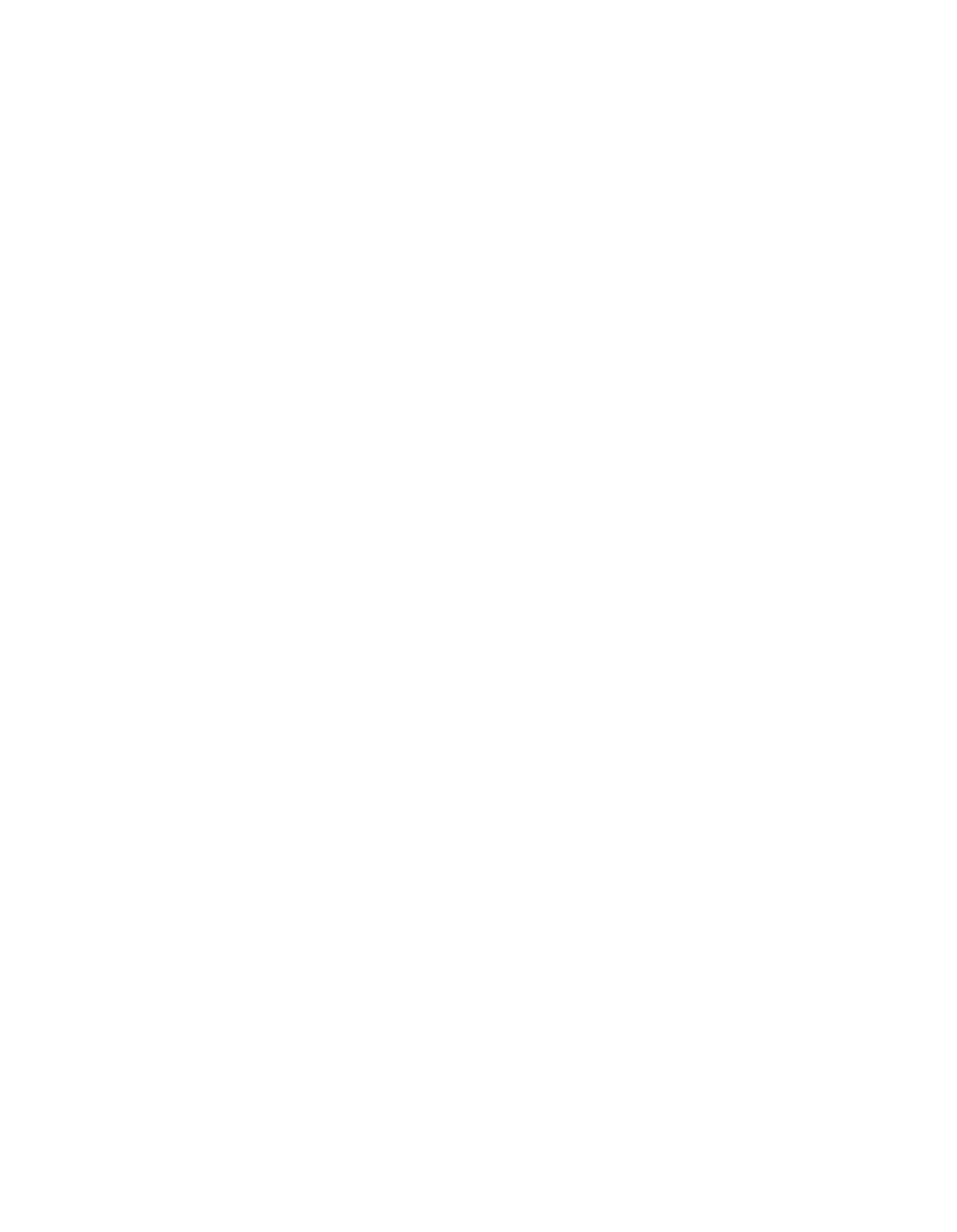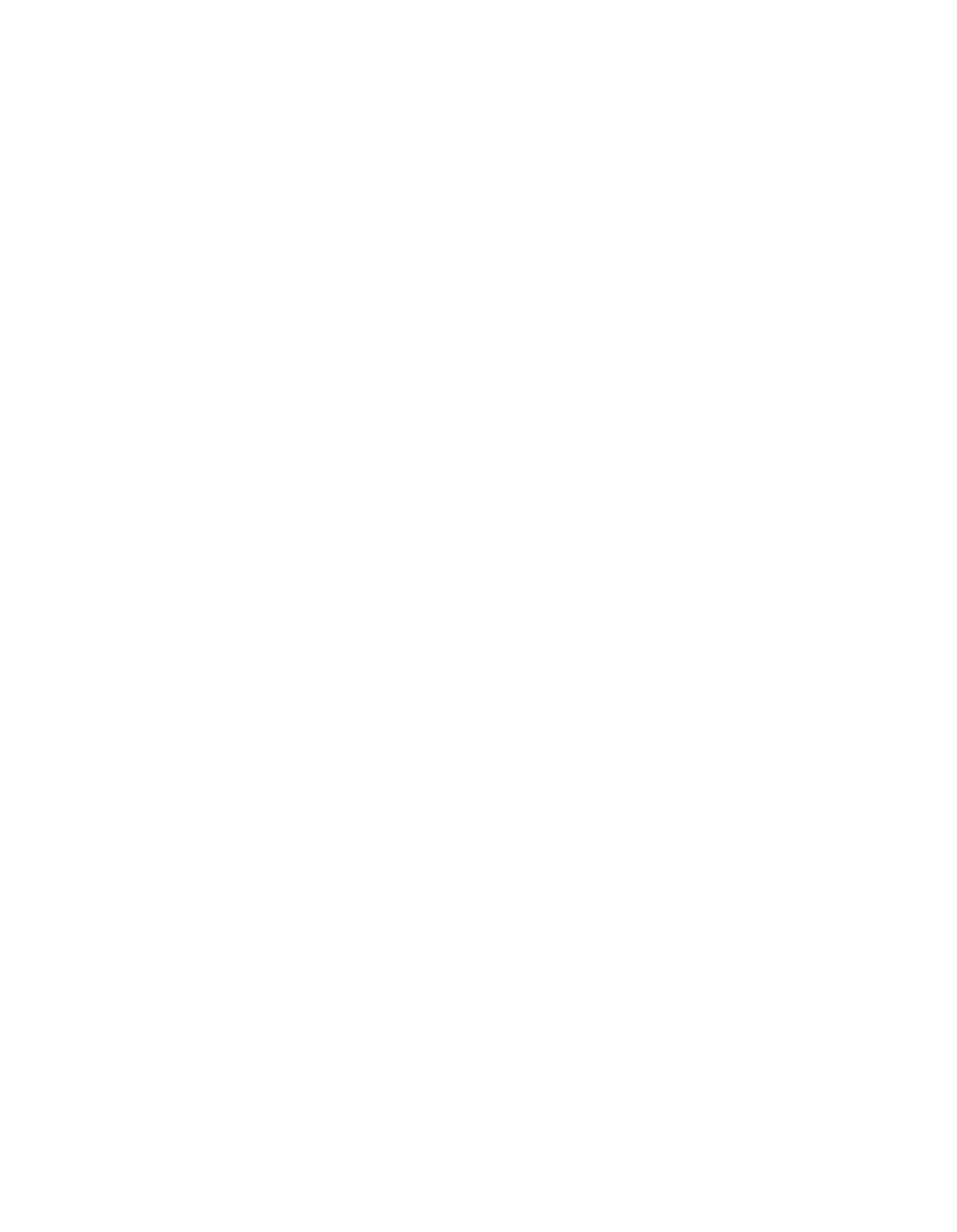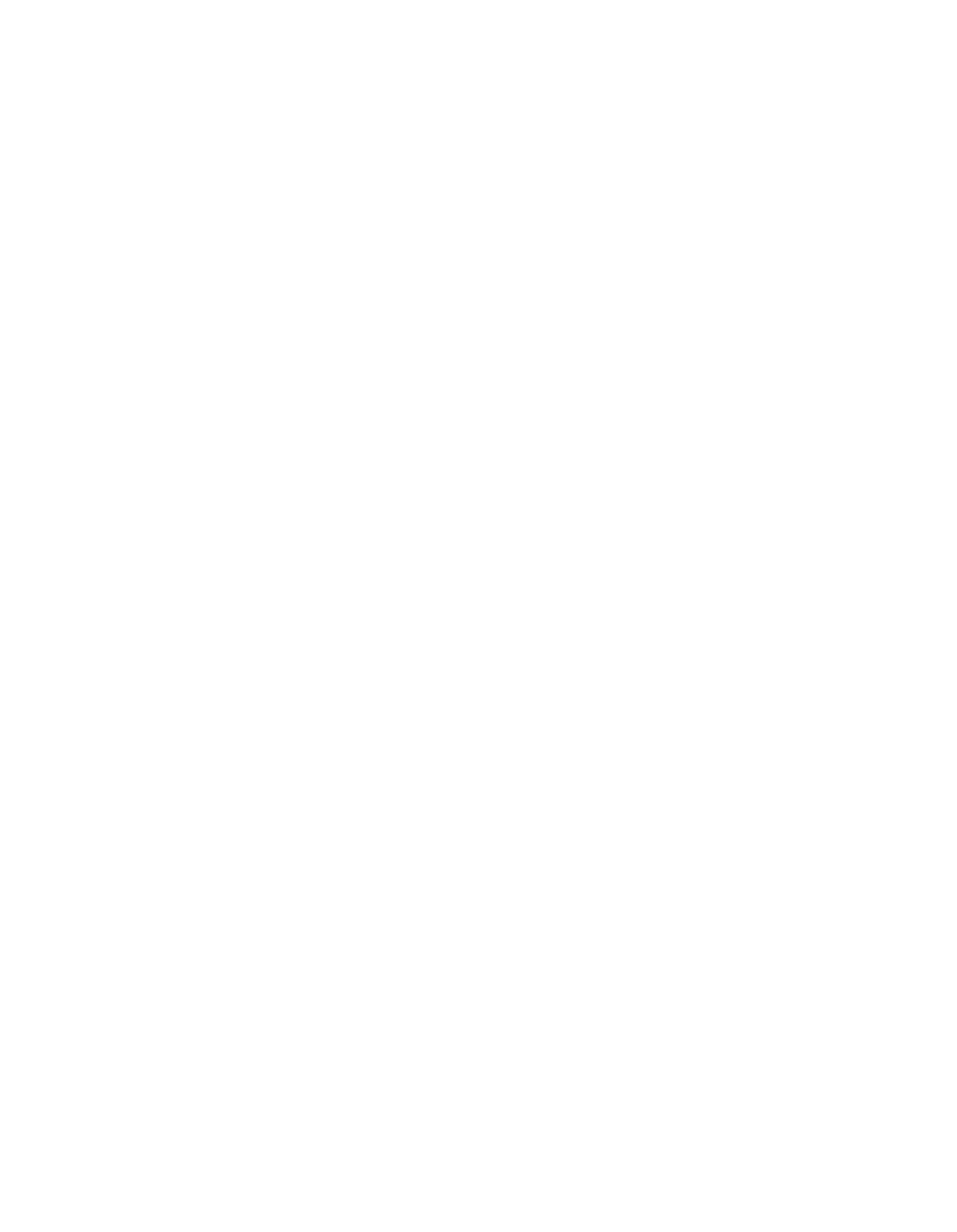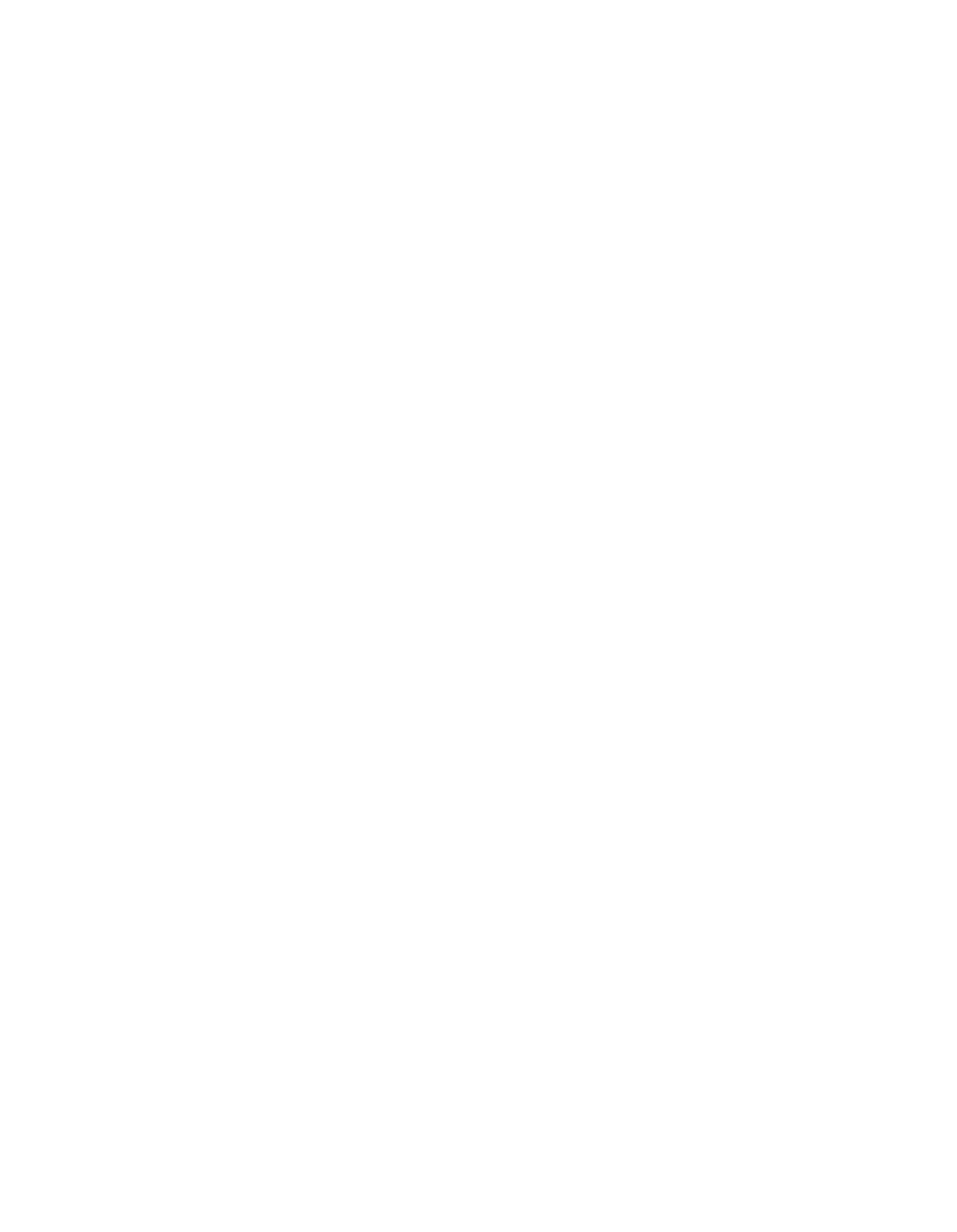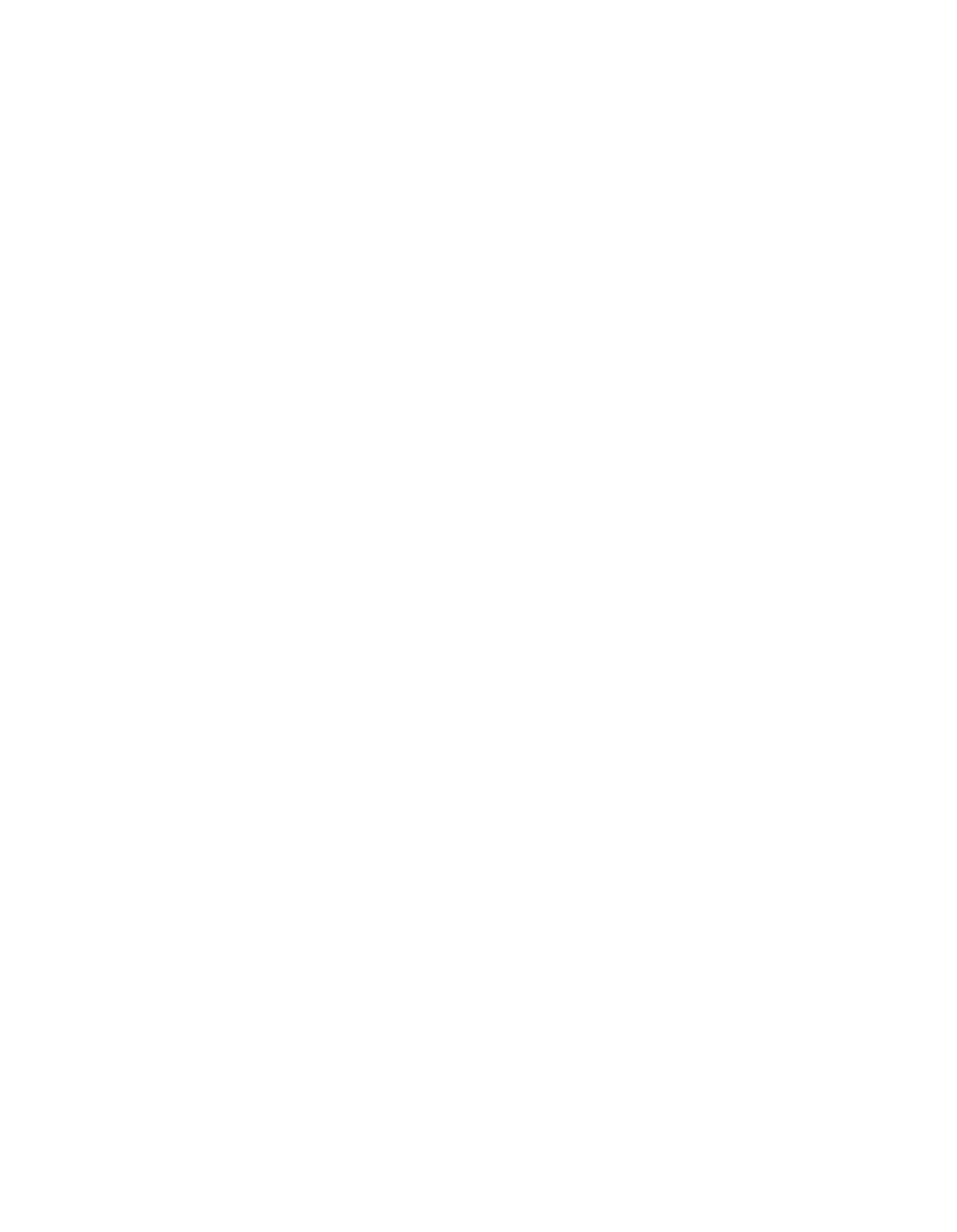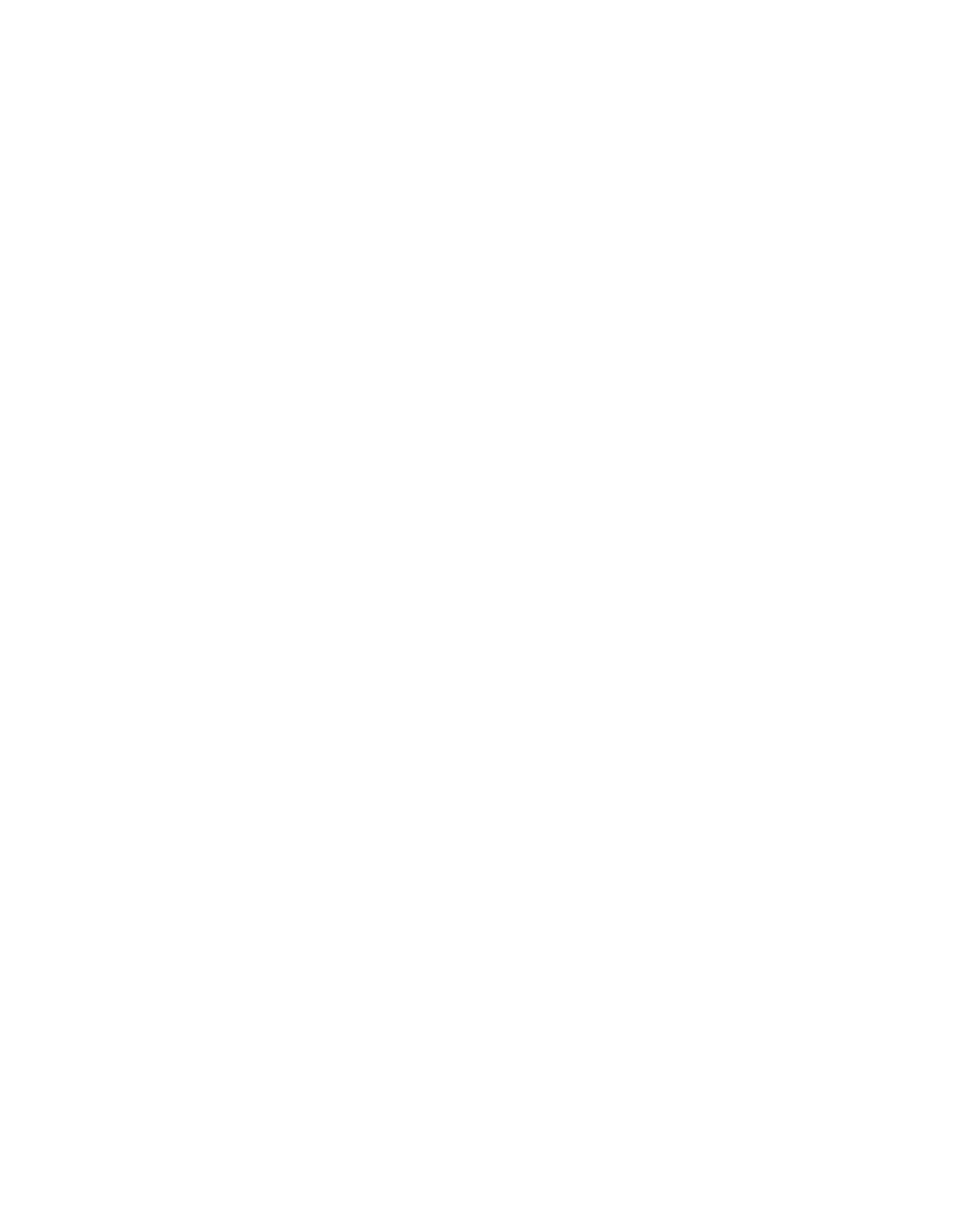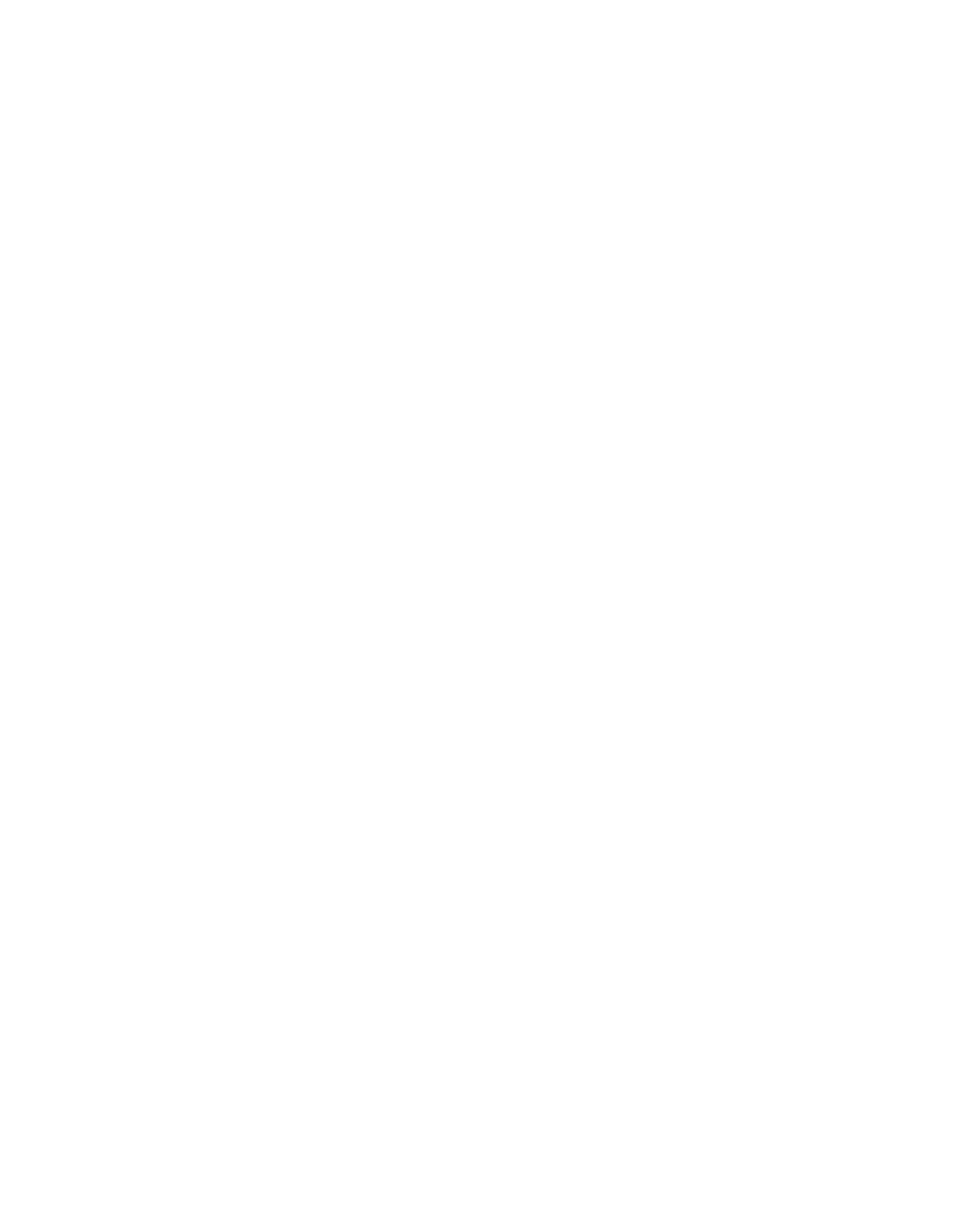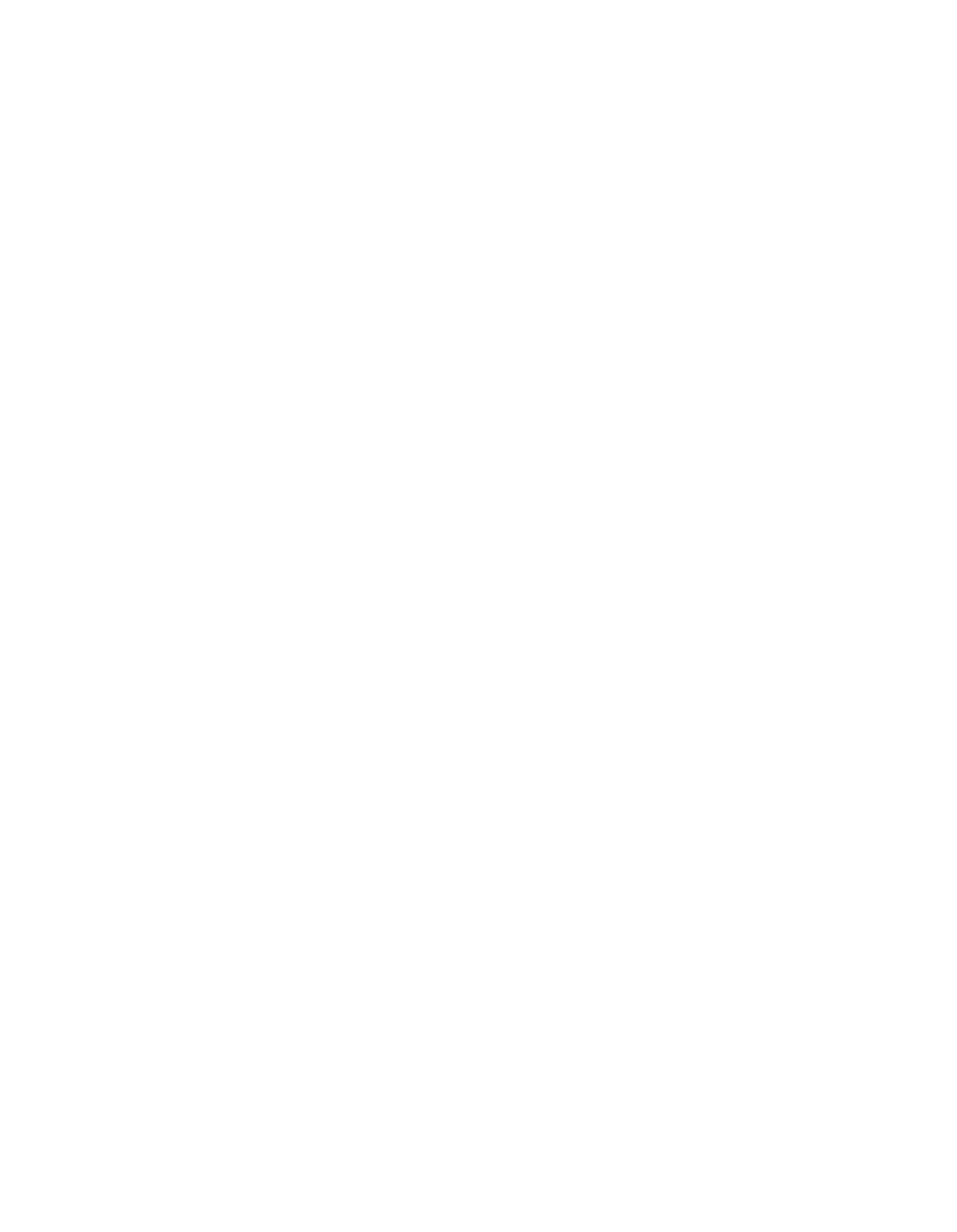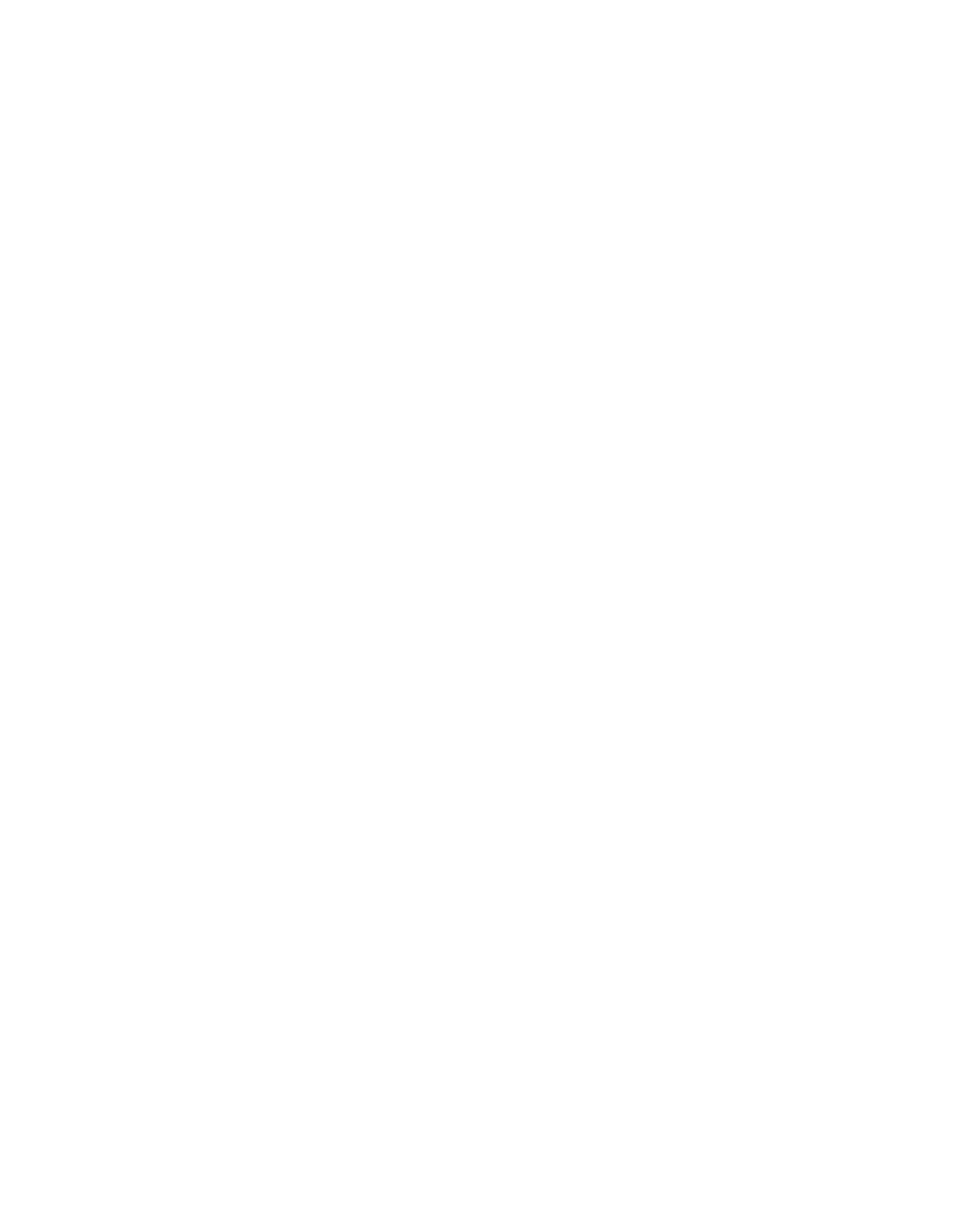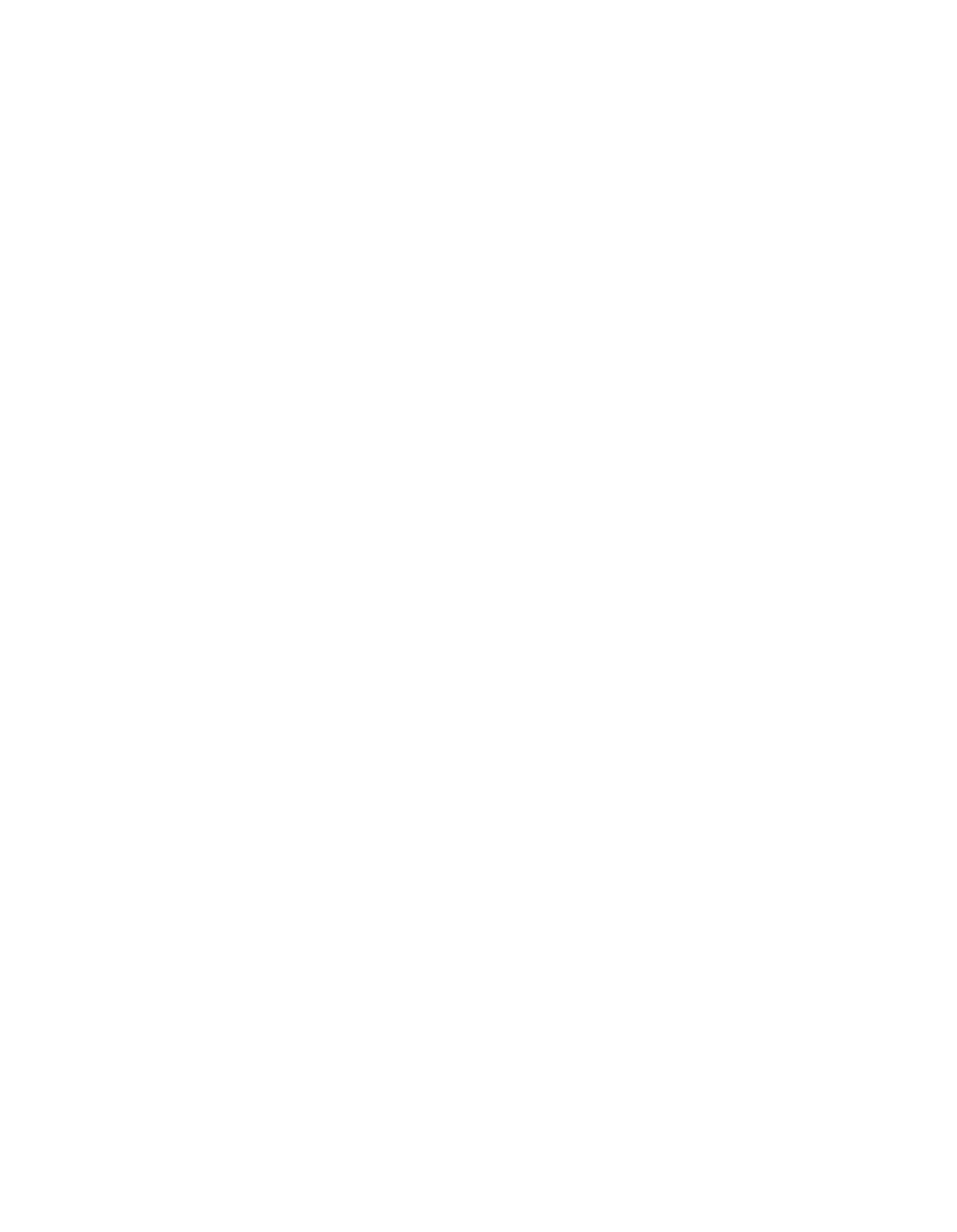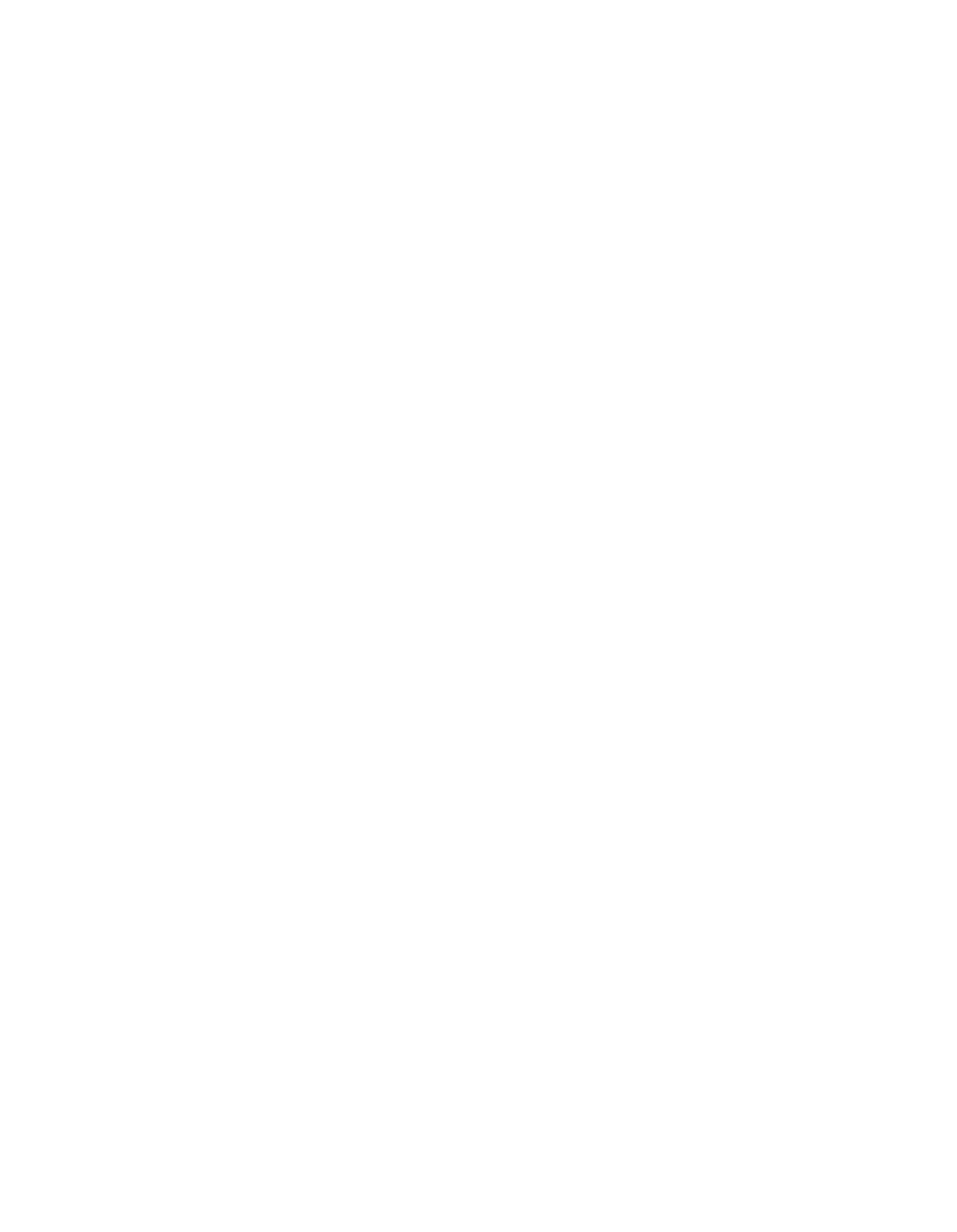ILLINOIS POLLUTION CONTROL BOARD
December 16,
1993
IN THE MATTER OF:
)
R93—10
RCRA SUBTITLE D AMENDMENTS
)
(Identical
in Substance Rule)
(AMENDMENTS TO 35
ILL. ADM.
)
CODE PART 810, PART 811,
)
AND
PART 814)
)
Adopted Rule.
Final Order.
SUPPLEMENTAL OPINION
AND
ORDER OF THE BOARD
(by G.T. Girard)
:1
SUMMARY OF TODAY’S ACTION2
On September 15,
1993, the Board adopted the final opinion
and order
in R93-1O.
In that opinion, the Board initiated a 15-
day post-adoption comment period prior to filing the rules with
the Secretary of State, to allow for review, particularly by
those involved in the federal authorization process.
The
Board
wishes
to
express
its
appreciation
for
the
contribution
of
Mrs.
Joan
Anderson to
this
rulemaking.
Mrs.
Anderson initiated this proceeding prior to her departure from the
Board
in
November
of
1993.
Mrs.
Anderson
had
directed
this
proposal through the Final Opinion and Order and had contributed
greatly to
this opinion and order.
The Board
also expresses
its appreciation to Anand Rao
of
the
Board’s
technical
support
staff
for his
special
assistance
in
drafting the opinion and crafting the order so as to blend the
RCRA
Subtitle D language into the Board’s existing landfill regulations.
The Board also appreciates the assistance of Board attorney Michael
McCambridge
for
his
assistance
in
drafting
and
formatting
the
opinion and order, particularly as regards financial assurance.
21n the Illinois Environmental Protection Act,
the Board
is
charged
to
“determine,
define
and
implement
the
environmental
control standards applicable in the State of Illinois”
(415 ILCS
5/5(b)).
More generally, the Board’s rulemaking charge is based on
the
system
of
checks
and
balances
integral
to
Illinois
environmental governance:
the Board bears responsibility for the
rulemaking
and
principal
adjudicatory
functions,
whereas
the
Illinois Environmental Protection Agency
(Agency)
is responsible
for carrying out the principal administrative duties.
The latter’s
duties include administering the regulations that stem from today’s
action.
2
Subsequently, in response to requests from the United States
Environmental Protection Agency
(USEPA) and the Illinois
Environmental Protection Agency (Agency), the Board granted a
four-week extension to file final comments until October 30,
1993.
(Board Order, R93—lO
(October 7,
1993).)
The Board today amends the final opinion and order in R93-lO
in order to address the post—adoption comments.
Today’s action
also addresses certain federal and state actions relating to
compliance dates, which occurred after September 15,
1993.
First, the Board will address the compliance dates issue.
The
other changes made in response to public comments are discussed
under the Section—by—Section commentary.
REVISION OF COMPLIANCE DATES
On July 28,
1993, the USEPA proposed amendments to RCRA
Subtitle D landfill criteria
(40 CFR 258) to delay several
compliance dates from the initial proposal.
(58 FR 40568.)
The
USEPA’s proposal included,
in pertinent part, the following
compliance date revisions:
a)
Delay the effective date of the Subtitle D regulations
for certain small existing
MSWLF
units or lateral
expansions3 from October
9,
1993 to April
9,
1994; and
b)
Delay the effective date of the financial assurance
requirements for all
MSWLF
units from April
9,
1994 to
April
9,
1995.
As noted in the Board’s final opinion of September 15,
1993, the
Board adopted the USEPA’s proposed compliance dates in
anticipation of the need to be identical in substance to the
USEPA’s regulations.
Further, the Board expected that the
USEPA’s proposal would become effective before the end of the
post—adoption comment period.
The USEPA finalized the proposed amendments to 40 CFR 258 on
October
1,
1993.
(58 FR 51536.)
In addition to the revisions
listed above,
the USEPA’s final amendments delay the effective
date of the Subtitle D regulations from October
9,
1993 to
October
9,
1994 for certain existing
MSWLF
units, and lateral
expansions that receive flood—related waste.
The amendments
~ The MSWLF unit must meet the following conditions:
(i) the
unit receives less than 100 tons of per day of waste for disposal;
(ii)
the
unit
is
located
in
a
state
that
has
submitted
an
application for program approval to the USEPA by October
9,
1993,
or is located on tribal lands; and
(iii)
the unit is not currently
listedon the Superfund National Priority List
(NPL).
3
allow states4 to determine the MSWLF units that are needed to
accept the flood—related waste, and specify the compliance dates
for such MSWLF units.
In response to the federal action, the Illinois General
Assembly in House Bill 299 adopted amendments to Sections 21.1
and 22.40 of the Environmental Protection Act (415 ILCS 5/1 et
seq.) during the fall 1993 legislative session.
These amendments
were signed into law by Governor Edgar on November 16,
1993 as
Public Act 88-512, effective retroactively from October
9,
1993.
The statutory amendments revise the RCRA Subtitle D landfill
compliance dates to mirror the federal mandates.
In order to be consistent with the federal regulations and
the legislative intent, the Board has amended the compliance
requirements specified in Section 814.107.
The new Section
814.107(c) exempts an existing
NSWLF
unit or a lateral expansion
of an existing unit from the additional requirements prescribed
in Part 814 for MSWLF units until April
8,
1993,
if the Agency
determines that such a unit or lateral expansion is needed to
receive flood-related waste.
The Board has also made some minor
changes to Section 814.107, which clarify the applicability of
the compliance dates to lateral expansions at existing MSWLF
units.
Finally, the Board has corrected the compliance dates
specified in Section 811.Subpart G (financial assurance
requirements) to reflect the federal regulations.
PUBLIC COMMENTS
As noted above, the Board started the post-adoption “public
comment” phase of this rulemaking upon the adoption of the
Subtitle D amendments on September 15,
1993.
The following post—
adoption public comments
(PC) relating to the final adopted
regulations were received by the Board:
PC #11
Comments from David
N.
Zorin of Thomas and Stidham
PC #12
Waste Management,
Inc.
(WMI)
PC #13
USEPA, Region
5,.
Solid Waste Section
(USEPA)
PC #14
Illinois Environmental Protection Agency (Agency)
& #15
The Board extends its appreciation to all commenters for
their thoughtful contributions.
The Board has reviewed in detail
all of the post-adoption public comments.
In responding to
these,
the Board today makes a number of changes to the
amendments adopted on September 15,
1993.
These changes are
discussed under the following Section-by-Section commentary.
4states affected by the Great
Flood
of
1993,
which
include
areas designated by the President as Federally—designated disaster
areas.
4
Part 811
Purpose. ScoDe and A~licabilitv (Section 811.101)
The USEPA’s comments request the Board to indicate whether a
provision comparable to 40 CFR 258.3 is specified in the Board’s
nonhazardous solid waste landfill regulations.
(PC. #13, comment
1.)
40 CFR 258.3 requires an owner or operator of a MSWLF unit
to comply with any other applicable federal rule,
laws,
regulations, or other r~quirements. The Board’s landfill
regulations do not expressly require an owner or operator to
comply with all applicable federal laws and regulations.
However,
in order to be consistent with the federal regulations,
the Board has added a requirement similar to 40 CFR 258.3
in
Sections 811.101 and 814.101.
Operating Standards
(Section 811. 107)
The Agency’s comments request the Board to specify the test
method for free liquids outlined in 35 Ill.
Adm. Code 729.320
instead of the test specified at Section 811.107(m).
(PC. #15 at
1.)
In this regard, the Agency notes that the test method
specified under Part 729 is a better indicator of free liquids.
The Board notes that the Agency’s request to prescribe an
alternative test method is beyond the scope of an identical in
substance rulemaking,
since the federal subtitle D regulations at
40 CFR 258.28 do not allow such specification.
Therefore, the
Board declines to make any changes concerning the free liquid
test method.
However,
since the Agency’s request is within the
Board’s general rulemaking authority under Title VII of the Act,
the Board suggests that the Agency propose the appropriate
changes by filing a general rulemaking petition.
Closure and Written Closure Plan (Section 811.110)
The USEPA’s comments request the Board to clarify whether
the reference to “subsection
(g)”
in Section 811.110(f) (1)
should
be actually “subsection (e).”
•(PC. #13, comment 10.)
The Board
notes that the USEPA’s interpretation is correct.
Section
811.110(f) (1) refers to subsection
(g)
instead of subsection
(e)
due to a typographical error.
The Board has corrected this
typographical oversight.
Design Period (Section 8Ll.303)
The Agency’s comments request theBoard to add a requirement
similar to 40 CFR 258.61(b) (2), which would allow the Agency to
increase the length of the postclosure care period if the Agency
determines that such an extension is necessary to protect human
health and environment.
(PC. #15 at 4.)
5
The Board notes that Section 811.303 specifies a minimum
postclosure care period of 30 years for MSWLF units.
However,
the regulations allow the termination of the postclosure
activities such as monitoring of groundwater, leachate, gas,
etc., only if an owner or operator makes certain demonstrations
that ensure the protection of human health and environment.
For example, to terminate groundwater monitoring after the
minimum period, an owner or operator is required to demonstrate
that there is no statistica.lly significant increase in the
concentration of any monitored constituent over a period of three
consecutive years.
Thus,
the Board believes that the adopted
rules are consistent with the federal regulations.
In view of
this, the Board declines to make any additions concerning the
postclosure care period.
Final Cover SYstem
(Section 811.314)
Both the USEPA and the Agency note that the requirements for
final cover systems at Section 811.314(b) are less stringent than
the federal standards at 40 CFR 258(b).
(PC. #13, comment 8 and
PC.
#15 at 4.)
40 CFR 258.60(b) requires the final cover system
to have a permeability at least as low as the bottom liner
system, but in no case greater than
1 x 10~cm/sec.
The Board
regulations at Section 811.314(b)
require the low ~ermeability
layer to achieve a permeability of at least
1 x
10’
cm/sec.
However, Section 811.314(b) does not require the low permeability
layer to have a permeability as low as the bottom liner.
The Board notes that the final cover requirements of Section
811.314(b)
would be consistent with the federal requirements if
the bottom liner consists of a compacted earth liner,
since the
permeability of both the final cover and the bottom liner would
be the same,
i.e.
1 x 10~cm/sec.
However, if the bottom liner
consists of a flexible membrane liner
(FML) with a permeability
of less than
1 x 10~cm/sec, then the cover requirements at
Section 811.314(b) may be construed to be less stringent than the
federal standards.
This is because the Board regulations do not
require the final cover to achieve a permeability less than or
equal to the permeability of the liner.
The Board has added an
additional requirement applicable to
MSWLF
units at Section
811.314(b) (4) to address this deficiency.
Section 811.314(b) (4)
requires the permeability of the final cover to be less than or
equal to the permeability of the bottom liner, whenever the
bottom liner permeability, is less than
1 x ~
cm/sec.
Groundwater Monitoring Systems
(Section 811.318)
The USEPA’s comments request the Board to clarify whether
the Board regulations under Part 811 contain groundwater
monitoring requirements that are equivalent to 40 CFR 258.53(d).
(PC.
#13, comment 6.)
In this regard, the Agency recommends the
6
addition of a requirement similar to 40 CFR 258.53(d) at Section
811.318 to assure consistency with the federal regulations.
(PC.
#15 at 2.)
40 CFR 258.53(d) requires the owner or operator to:
measure groundwater elevation and determine the rate and
direction of groundwater flow,
each time groundwater is sampled;
and measure the groundwater elevations in wells that monitor the
same waste management area within a period of time short enough
to avoid temporal variations in groundwater flow.
The Bnard regulations at Section 811.318(e) (6) (A) require
the measurement of the water table elevation in all monitoring
wells at the time of sample collection, but they do not require
the determination of the rate and direction of groundwater flow.
Regarding the sampling frequency,
the Board notes that the
quarterly sampling required by Section 811.319 accouns for any.
temporal variations in the groundwater flow characteristics.
However,
in order to be consistent with the federal regulations,
the Board has amended Section 811.318(e)
to include a requirement
similar to 40 CFR 258.53(d).
This additional requirement is
applicable only to NSWLF units.
Groundwater Monitoring Program
(Section 811.319)
Waste Management,
Inc.
(WMI)
requests the Board to reduce
the quarterly groundwater monitoring frequency required at
Section 811.319(a)
to a semi—annual frequency.
(PC.
#12.)
WHI
states that the adoption of the semi-annual frequency would be
consistent with federal regulations.
In this regard,
WMI
notes
that it would be a mistake for the Board to adopt regulations
that claim to be “identical in substance” to the federal
regulations but fail to allow the Agency discretion in assigning
monitoring frequencies that would be consistent with the Subtitle
D regulations.
As it does with all of its determinations where identical in
substance ruleinakings have been mandated, the Board has followed
the provisions in Section 7.2 of the Act, which articulate what
constitutes “identical in substance”.
Such mandated rulemakings,
as is the case here,
usually flow from a State legislative
statement of intent and directive to do what is necessary to
secure federal approval of a program.
The RCRA Subtitle D
legislative statement
(as well as that for RCRA Subtitle C)
is
found in Section 20(a)
of the Act.
We emphasize that the Board is not authorized in this type
of proceeding to review the substantive merits p~ se of the
federal regulations or, for that matter, of the existing Board
regulations.
All of the Board’s earlier regulations adopted on
the merits pursuant to its “regular” procedures under Title VII
of the Act and Section 5 of the APA
-
including those that are
more stringent
—
remain,
as long as there is not a problem of
inconsistency.
In this regard, the Board notes that the
7
quarterly monitoring requirement specified at section 811.319(a),
which was adopted pursuant to the Board’s “regular rulemaking
procedures” is consistent with the federal regulations, even
though it is more stringent.
Thus any modification of such a
requirement is beyond the scope of an identical in substance
rulemaking.
In view of this, the Board declines to make any
changes concerning the groundwater monitoring frequency.
The USEPA notes that it could not locate any requirement
equivalent to the assessment monitoring requirement at 40 CFR
258.55(e)
in the Board’s Subtitle D amendments.
(PC.
#13,
comment 7.)
40 CFR 258.55(e) sets forth the conditions under
which an owner or operator may return to detection monitoring.
The Board regulations do not prescribe the conditions under which
an owner or operator may revert back to detection monitoring.
The regulations allow the Agency to make such a determination by
means of a significant modification of the facility’s permit.
In
order to be consistent with the federal regulations, the Board
has added a condition similar to 40 CFR 258.55(e) at Section
811.319(b) (5) (G), which allows an owner or operator of a MSWLF
unit to terminate the additional monitoring requirements
applicable to MSWLF units.
However, such MSWLF units would still
be subject to all the other assessment monitoring requirements
under Section 811.319(b)
until the owner or operator obtains the
Agency’s approval of a significant modification of its permit to
return to detection monitoring.
Groundwater Quality Standards
(Section 811.320)
The USEPA’s comments express concern regarding the
requirements relating to groundwater quality standards at
Sections 811.320(b) (2) and 814.402(b)(3).
(PC.
#13, comment 5.)
The Board notes that Section 811.320(b) (2)
specifies,
in part,
that the Board may prescribe an adjusted groundwater quality
standard no greater than those of 35 Ill. Adm. Code 302.301,
302.304, and 302.305.
While Section 814.402(b) (3) prescribes the
water quality standards of 35
Ill. Adm. Code 302.301,
302.303,
302.304, and 302.305 as the applicable groundwater standards for
existing landfill units,
which are required to initiate closure
by 1997
(Part 814
.
Subpart D), the USEPA believes that the Part
302 standards5 have been replaced by the Board’s Class I
groundwater quality standards found at 35 Ill. Adm. Code 620.
Based on this assumption,
the USEPA states that there may be a
potential for concentrations of five constituents to exceed 40
CFR 258.40 Table
1 standards6.
In view of this, the USEPA’s
comments request Board clarification.
5The Board’s public and food processing water supply standards.
6The constituents include barium, hexavalent chromium, endrin,
selenium, and 2,4,5—TP.
8
At the outset, the Board notes that the groundwater quality
standards of Part 620 do not supersede or replace the groundwater
quality standards applicable to landfills under Parts
83.3. or 814.
In this regard, the Board notes the groundwater regulations at 35
Ill. Adm. Code 620.301 recognize the Board’s authority to
promulgate nondegradation standards applicable to particular type
of facilities,
including but not limited to landfills.
Thus,
under the Board’s regulations any new
MSWLF
units, or existing
MSWLF units that remain open beyond 1997 are subject to the
nondegradation standards of Section 811.320(a),
and not the
groundwater quality standards of Part 620.
Also,
the Board notes that the Part 620 standards do not
replace the public and food processing water supply standards
(Part 302)
cited in Sections 811.320(b~2) and 814.402(b) (3).
For such a change to occur, the Board regulations must be amended
in a general rulemaking pursuant to Section 27 of the Act.
Thus,
the USEPA’s interpretation of the Board regulations concerning
the applicable groundwater standards is not correct.
However,
the Board notes that the USEPA’s concerns relating to exceedences
of 40 CFR 258.40 Table
1 standards are still valid.
The standards specified at 35 Ill. Adm. Code 302.304 are the
same as those specified in 40 CFR 258.40 Table
1 for the five
constituents identified by the USEPA.
However, the Board notes
that Section 302.304 does not specify standards for all the
constituents listed in 40 CFR 258.40.
Therefore,
Section
811.320(b) (2) appears to be inconsistent with the federal
regulations.
In order to address this inconsistency, the Board
has added a new requirement at Section 81l.320(b)(3).
This
additional requirement specifies that the Board may not set
adjusted groundwater quality standards greater than the levels
specified in 40 CFR 258.40 Table
1 for
)ISWLF
units.
The Board
notes that there is no need to add a similar requirement under
Section 814.402(b) (3), since 40 CFR 258.40 does not apply to
existing )ISWLF units.
Financial Assurance Requirements
(Section 811.Subpart G)
A~plicabi1ity(Section 811.700)
The USEPA’s comments request the Board to clarify whether
the reference to “Section 21.1”
in Section 811.700(f)
should be
actually “Section 21”
(PC.
#13, comment p’.)
The Board notes
that the USEPA’s interpretation is correct.
The Board has
corrected this typographical error.
Written Cost estimate
(Section 811.704)
The Agency’s comments note the NSWLF units must be excluded
from the requirement at Section 811.704(g) (2), which allows the
reduction of postclosure care costs to present value.
(PC. #15
9
at 2.)
The Board notes that the Agency’s concerns are addressed
in the final opinion and order, adopted on September 15,
1993.
(See opinion at
17 and order at 63.)
The adopted rules at
Section 811.704(g)
exclude MSWLF units from the requirements
relating to postclosure cost reduction.
Revision of Cost Estimate
(Section 811.705)
The Agency requests the Board to specify a method of
adjusting financial assurance to reflect the annual adjustment
for inflation under Section 811.705(d).
(PC. #15 at 3.)
The
Board notes that the language at Section 811.705(d) was drawn
from the federal regulations at 40 CFR 258.71(a)(2).
Any
addition to Section 811.705(d),
such as the one recommended by
the Agency would add to requirements not included in the federal
rules.
Therefore, the Board concludes that the Agency suggestion
is beyond the scope of an identical in substance rulemaking.
The
Board also notes that this issue was discussed in the final
opinion adopted on September 15, 1993,
in this Docket.
(See
final opinion at
17.)
Mechanisms for Financial Assurance (Section 811.706)
In response to USEPA’s comments, the Board has added a
requirement that mirrors 40 CFR 258.74(1) (4)
at Section
81l.706(b)(3).
(PC. #13, comment 10.)
This addition requires an
owner or operator of a MSWLF unit to ensure that the language of
the financial assurance mechanisms used to provide financial
assurance to be legally valid,
binding, and enforceable under
state and federal
law.
PC.
#11 asserts that the Board should have followed an
Agency comment in our September 15,
1993 order.
The comment
suggests that the Board change Section 811.706(b)
and (b)(l) to
read as follows
(revision underlined):
(b)
The owner or operator shall ensure that the
language of the mechanisms listed in subsection
(a), when used for providing financial assurance
for closure,
postclosure care, or corrective
action, satisfies the following:
(1)
The amount of funds assured is sufficient to
cover the ,costs of closure, post—closure
care,
or corrective action
.
.
In support of this position, the commenter states that although
Section 811.707 allows the use of multiple mechanisms to provide
financial assurance, the “definition” of “cost estimate” in
Section 811.704(a) would appear to make the provider of each bond
used liable for the entire cost of closure, post—closure care,
and corrective action,
if necessary.
The cominenter called this
10
“an issue of
‘multiplier effects’ that could ensue in the
financial industry” and “a financial
‘Sword of Damocles”.
In response, the Board notes that Section 811.704(a) does
not “define” the term “cost estimate”; rather,
it imposes a duty
on the landfill owner or operator to prepare a written estimate
of the costs of facility closure and postclosure care.
Similarly,
and not mentioned by the commenter, Section
811.704(k) (1)
imposes a simjlar duty on the ‘owner or operator
with regard to the costs of corrective action.
Similarly,
Section 811.706(b)
imposes a duty on the owner or operator to
ensure that the “language of the mechanism~” (emphasis added)
chosen is sufficient to cover the costs of closure, post—closure
care, and corrective action.
Thus,
as among Sections 811.704(a),
811.704(k) (1), 811.706(b),
~nd 811.707, there is a duty on the
owner or operator to supply an aggregate of financial assurance
mechanisms in an amount at least equal to the total of the costs
of closure, post—closure care,
and corrective action.
The Board
does not see in these provisions any duty imposed on a financial
institution to provide financial assurance beyond the face of the
particular instrument itself.
If the concern is that one could interpret the regulations
as to not allow the use of multiple instruments, two other
provisions are more troubling.
Sections 811.711(f) (1) and
811.712(f) (1) require that the penal sum of a surety bond must at
least equal the “current cost estimate”.
The Board has not read
this as precluding the use of an aggregate of multiple
instruments, this is especially true in light of the fact that
the requirements for other mechanisms includes similar “current
cost estimate” language.
(~
Sections 811.710(d) (1) (C)
&
(d) (2) (B) (trust funds),
811.713(f) (1) (letters of credit),
811.714(d) (1) (insurance)
&
811.73.5(b) (1)
&
(e)(l)(B)(ii).)
The
strained reading of the regulations requested by the commenter
would require that Section 811.707, allowing the use of multiple
mechanisms and instruments, be read as a nullity.
The more
reasonable interpretation,
and the one intended by the Board,
is
that the words “current cost estimate”,
as they appear for each
individual type financial assurance mechanism, actually be read
as “that portion of the current cost estimate assured by the
individual instrument”, where multiple mechanisms and/or
instruments are chosen.
The “bottom line” re,quirement is that the aggregated
financial assurance provided
~.:
least
equal
the total amount of
the cost estimates for closure, post—closure care,
and corrective
action.
Section 811.707 contemplates
a situation in which an
owner or operator might find it better to provide that assurance
by multiple mechanisms and/or instruments.
That the language of
Sections 811.710(d) (1) (C)
&
(d) (2) (B), 811.711(f) (1),
811.712(f) (1), 811.713(f) (1), 811.714(d) (1)
& 811.715(b) (1)
&
(e) (1) (B) (ii) anticipated the use of a single mechanism and
11
instrument cannot be read as nullifying the express provision of
Section 811.707.
For these reasons, the Board will stick with
our interpretation of our regulations, and we will not change
these fundamental provisions derived through Section 27
rulemaking proceedings in the context of an identical—in-
substance proceeding,
absent some proof that the regulations
cause the Illinois program to become less stringent than or
inconsistent with the federal program that they address.
Financial Assurance Forms
(Section 811.A~pendixA)
The Agency’s comments note that the Section 811.Appendix A
does not provide a form or necessary language, for the self—
insurance financial assurance mechanism.
(PC. #15 at 3.)
The
Board notes that the forms for self-insurance are specified in
Section 811.Appendix A: Illustrations G,
H, and I.
However, the
Board believes that self—insurance is not an identical in
substance issue,
since the federal regulations do not provide for
self—insurance.
(See final opinion at 19.)
Part 814
The USEPA’s comments request the Board to clarify whether
all of the requirements of Part 811 apply to existing units and
lateral expansions unless it is specifically stated otherwise in
Sections 814.302 and 814.402.
(PC.
#13, comment 2.)
The Board
notes that the USEPA’s interpretation reflects the intent of the
Board’s landfill regulations.
Applicability (Section 814.101)
The Agency’s comments note that some existing
MSWLF
units
currently permitted pursuant to 35
Ill. Adm. Code 813 may not be
able to comply with all the requirements placed on new MSWLF
units, as required by Section 814.10(b)(2).
(PC. #15 at 3.)
The
Agency recommends that these existing units be required to comply
with the requirements applicable to existing MSWLF units.
In
order to address the Agency’s concern, the Board has amended
Section 814.101(b)(2).
This amendment requires existing MSWLF
units regulated pursuant to Part 813 to comply with the standards
specified for existing
NSWLF
units under Section 814.Subpart C
instead of the requirements applicable to new MSWLF units.
The
Board has made siinilarchanges
at Section 814.109(d), which sets
forth the permit modification requirements for existing
NSWLF
units.
The Board has added a requirement similar to 40 CFR 258.3 at
Section 814.101(d) (2)
in order to be consistent with the federal
regulations.
(See discussion under Section 811.101.)
Interim Permit Reguireinents
(Section 814.108)
12
The Agency notes that the Board regulations contain no
administrative procedures concerning the application for,
and the
issuance of, interim permits.
(PC. #15 at 2.)
The Agency states
that the administration of the interim permit provisions would be
greatly improved if the permitting scheme is clearly defined.
The Board agrees that a well defined permitting scheme would be a
great help in administering the interim permit provisions.
However, the Board notes Section 22.42 of the Act requires the
Agency to implement the interim permit requirements under the
Agency’s statutory authority.
Further,
as noted in the Agency’s
previous comments, all interim permits should be issued by the
time the Board’s proposal is reviewed by the USEPA.
(PC. #9 at
44.).
In view of this, the Board declines to specify any
additional procedures for the issuance of interim permits.
Standards for Existing Landfills (Sections 814.302 and 814.402)
The USEPA’s comments request the Board to clarify whether
existing MSWLF units would be subject to the mass stability
standards under Section 811.306(b),
which are required by 40 CFR
258.15.
(PC. #13, comment 3.)
The Board notes that Section
811.306(b)
prescribes stability standards for the liner and
leachate collection system.
The Board regulations inadvertently
exempted existing MSWLF units from meeting the requirements of
Section 811.306(b).
In order to be consistent with the federal
regulations, the Board has added the mass stability requirements
of Section 811.306(b)
to Sections 814.302(d)
and 814.402(d).
Also,
in order to address the USEPA’s concerns relating to
unstable area demonstrations, the Board has amended Sections
814.302(f)
and 814.402(f).
(PC.
#13, comment 4.)
These
amendments, which are consistent with the federal regulations at
40 CFR 258.15(a)
require existing MSWLF units that are unable to
meet the applicable mass stability standards to close by October
9,
1996.
Reguireinents for Existing Units and Lateral Expansions Regulated
Pursuant to 35 Ill. Adm. Code 807
(Section 814.Appendix A)
The USEPA notes that it could not locate the Illinois
regulatory equivalent of 40 CFR 258.72(a) (1) for Part 807
facilities.
(PC.
13, comment 9.)
40 CFR 258.72(a) (1) requires
the cost estimate of postclosure care to be based on the most
expensive costs ‘~fpostcl~osurecare during the postclosure care
period.
The Boat.~notes that the requirements for Part 807
facilities, which are prescribed at Section 814.Appendix A do not
include 40 CFR 258.72(a)(l).
The Board did not include 40 CFR
258.72(a) (1) because we considered the postclosure cost estimate
requirements at 35 Ill.
Adin.
Code 807.622 to be consistent with
the federal requirements.
However,
in order to avoid any
confusion, the Board has included 40 CFR 258.72(a) (1) under
Section 814.Appendix A.
13
ORDER
The Board directs the Clerk to cause the publication as an
adopted rule the following rule:
TITLE 35:
ENVIRONMENTAL PROTECTION
SUBTITLE G:
WASTE DISPOSAL
CHAPTER I:
POLLUTION CONTROL BOARD
SUBCHAPTER 1:
SOLID.WASTE
AND
SPECIAL WASTE HAULING
PART 810
SOLID WASTE DISPOSAL:’ GENERAL PROVISIONS
Section
810.101
Scope and Applicability
810.102
Severability
810.103
Definitions
810.104
Incorporations by Reference
AUTHORITY:
Implementing Sections
5,
21,
21.1,
22 and 22.17, and
authorized by Section 27
of the Environmental Protection Act
(Ill.
Rev.
Stat.
1989,
ch.
111 1/2, pars.
1005, 1021,
1021.1,
1022,
1022.17 and 1027).
SOURCE:
Adopted in R88—7
at 14
Ill. Reg.
,
effective
NOTE:
Capitalization indicates statutory language.
Section 810.103
Definitions
Except as stated in this Section, or unless a different meaning
of a word or term is clear from the context, the definition of
words or terms in this Part shall be the same as that applied to
the same words or terms in the Environmental Protection Act
(Act)
(Ill.
Rev. Stat.
1989,
ch.
111 1/2, pars.
1001 et. seq.):
“Act” means the Environmental Protection Act,
Ill. Rev.
Stat.
1989,
ch.
111 1/2,
pars.
100.
et.
seq.
“AGENCY” IS THE ENVIRONMENTAL PROTECTION AGENCY
ESTABLISHED BY THE ENVIRONMENTAL PROTECTION ACT.
(Section 3.08 of the Act.)
“Admixtures” are chemicals added to earth materials to
improve for a specific application the physical or
chemical properties of the earth materials.
Admixtures
include, but are not limited to:
lime, cement,
bentonite and sodium silicate.
14
“Applicant” means the person, submitting an application
to the Agency for a permit for a solid waste disposal
facility.
“AQUIFER” MEANS SATURATED (WITH GROUNDWATER) SOILS
AND
GEOLOGIC MATERIALS WHICH ARE SUFFICIENTLY
PERMEABLE
TO
READILY YIELD ECONOMICALLY USEFUL QUANTITIES OF WATER
TO WELLS,
SPRINGS, OR STREAMS
UNDER
ORDINARY HYDRAULIC
GRADIENTS and whose boundaries can be identified and
mapped from hydrogeologic data.
(Section
3 of the
Illinois Groundwater Protection Act (Ill. Rev. Stat.
1989,
ch.
111 1/2, par. 7453).)
“Bedrock” means the solid rock formation immediately
underlying any loose superficial material such as soil,
alluvium or glacial drift.
“BOARD” IS THE POLLUTION CONTROL BOARD ESTABLISHED BY
THE ACT.
(Section 3.04 of the Act.)
“Borrow area” means an area from which earthen material
is excavated for the purpose of constructing daily
cover, final cover, a liner,
a gas venting system,
roadways or berms.
“Chemical waste” means a non—putrescible solid whose
characteristics are such that any contaminated leachate
is expected to be formed through chemical or physical
processes,
rather than biological processes, and no gas
is expected to be formed as a result.
“Contaminated leachate” means any leachate whose
constituent violate the standards of 35 Ill.
Adin. Code
811.202.
“Design Period” means that length of time determined by
the sum of the operating life of the solid waste
landfill facility plus the postclosure care period
necessary to stabilize the waste in the units.
“DISPOSAL” MEANS THE DISCHARGE,
DEPOSIT, INJECTION,
DUMPING,
SPILLING, LEAKING OR PLACING OF
ANY
SOLID
WASTE INTO OR ON ANY
LAND
OR WATER OR INTO
ANY
WELL
SUCH THAT SOLID WASTE OR
ANY
CONSTITUENT OF THE SOLID
WASTE
MAY
ENTER THE ENVIRONMENT BY BEING EMITTED INTO
THE AIR OR DISCHARGED INTO
ANY
WATERS, INCLUDING
GROUNDWATER.
(Section 3.08 of the Act.)
If the solid
waste is accumulated and not confined or contained to
prevent its entry into the environment, or there is no
certain plan for its disposal elsewhere,
such
accumulation shall constitute disposal.
15
“Disturbed areas” means those areas within a facility
that have been physically altered during waste disposal
operations or during the construction of any part of
the facility.
“Documentation” means items,
in any tangible form,
whether directly legible or legible with the aid of any
machine or device,
including but not limited to
affidavits, certificates, deeds,
leases, contracts or
other binding agreements,
licenses, permits,
photographs, audio or video recordings,
maps,
geographic surveys, chemical and mathematical formulas
or equations, mathematical and statistical calculations
and assumptions, research papers, technical reports,
technical designs and design drawings, stocks, bonds
and financial records, that are used to support facts
or hypotheses.
“Earth liners” means structures constructed from
naturally occurring soil material that has been
compacted to achieve a low permeability.
“Existing facility” or “Existing unit” means a facility
or unit which is not defined in this Section as a new
facility or a new unit.
“EXISTING MSWLF UNIT”
MEANS ANY
MUNICIPAL SOLID WASTE
LANDFILL
UNIT THAT HAS
RECEIVED HOUSEHOLD WASTE BEFORE
OCTOBER
9.
1993.
(Section 3.87 of the Act)
“Facility” means a site and all equipment and fixtures
on a site used to treat,
store or dispose of solid or
special wastes.
A facility consists of an entire solid
or special waste treatment, storage or disposal
operation.
All structures used in connection with or
to facilitate the waste disposal operation shall be
considered a part of the facility.
A facility may
include, but is not limited to, one or more solid waste
disposal units,
buildings, treatment systems,
processing and storage operations,
and monitoring sta-
tions.
“Field capacity” means that maximum moisture content of
a waste, under field conditions of temperature and
pressure,
above which moisture is released by gravity
drainage.
“Gas collection system” means a system of wells,
ltrenches, pipes and other related ancillary structures
such as manholes, compressor housing, and monitoring
installations that collects and transports the gas
produced in a putrescible waste disposal unit to one or
16
more gas processing points.
The flow of gas through
such a system may be produced by naturally occurring
gas pressure gradients or may be aided by an induced
draft generated by mechanical means.
“Gas condensate” means the liquid formed as a landfill
gas is cooled or compressed.
“Gas venting system” means a system of wells,
trenches,
pipes and other r’elated structures that vents the gas
produced in a putrescible waste disposal unit to the
atmosphere.
“Geomembranes” means manufactured membrane liners and
barriers of low permeability used to control the migra-
tion of fluids or gases.
“Geotextiles” are permeable manufactured materials used
for purposes which include, but are not limited to,
strengthening soil, providing a filter to prevent
clogging of drains, collecting and draining liquids and
gases beneath the ground surface.
“GROUNDWATER”
MEANS
UNDERGROUND
WATER
WHICH
OCCURS
WITHIN
THE
SATURATED
ZONE
AND
WITHIN
GEOLOGIC
MATERIALS
WHERE THE FLUID PRESSURE IN THE PORE SPACE IS EQUAL TO
OR GREATER
THAN
ATMOSPHERIC PRESSURE.
(Section 3 of
the Illinois Groundwater Protection Act)
“HOUSEHOLD WASTE” MEANS
ANY
SOLID WASTE
(INCLUDING
GARBAGE.
TRASH. AND SANITARY WASTE IN SEPTIC TANKS)
DERIVED FROM HOUSEHOLDS (INCLUDING SINGLE AND MULTIPLE
RESIDENCES. HOTELS
AND
MOTELS, BUNKHOUSES, RANGER
STATIONS. CREW qUARTERS. CAMPGROUNDS. PICNIC GROUNDS.
AND DAY-USE RECREATION AREAS).
(Section 3.89 of the
Act)
“Hydraulic barriers” means structures designed to
prevent or control the seepage of water.
Hydraulic
barriers include, but are not limited to cutoff walls,
slurry walls,
grout curtains and liners.
“Inert waste” means any solid waste that will not
decompose biologically, burn,
serve as food for
vectors, form
a gas, cause an odor,
or form a
contaminated leachate,
as determined in accordance with
Section 811.202(b).
Such inert wastes shall include
only non-biodegradable and non—putrescible solid
wastes.
Inert wastes may include, but are not limited
to,
bricks, masonry and concrete (cured for 60 days or
more).
17
“Land application unit” means an area where wastes are
agronomically spread over or disked into land or
otherwise applied so as to become incorporated into the
soil surface.
For the purposes of this Part and 35
Ill. Adm. Code 811 through 815,
a land application unit
is not a landfill; however, other Parts of 35 Ill.
Adni.
Code:
Chapter I may apply, and may include the
permitting requirements of 35 Ill.
Adin.
Code 309.
“Landfill” means a unit or part of a facility in or on
which waste is placed and accumulated over time for
disposal, and which is not a land application unit,
a
surface impoundment or an underground injection well.
For the purposes of this Part and 35 Ill.
Adin. Code 811
through 815,
landfills include waste piles, as defined
in this Section.
“LATERAL EXPANSION” MEANS A
HORIZONTAL EXPANSION OF ThE
ACTUAL WASTE BOUNDARIES OF AN EXISTING
!4SWLF
UNIT
OCCURRING ON OR AFTER OCTOBER 9.
1993.
FOR PURPOSES OF
THIS SECTION. A HORIZONTAL EXPANSION IS
ANY AREA WHERE
SOLID WASTE IS PLACED FOR THE FIRST TIME DIRECTLY UPON
THE BOTTOM LINER OF THE UNIT. EXCLUDING SIDE SLOPES ON
OR AFTER OCTOBER 9.
1993.
(Section 3.88 Of the Act)
“Leachate” means liquid that has been or is in direct
contact with a solid waste.
“Lift” means an accumulation of waste which is
compacted into a unit and over which cover is placed.
“Malodor” means an odor caused by ONE OR MORE
CONTAMINANT EMISSIONS INTO THE ATMOSPHERE FROM A
FACILITY THAT IS IN SUFFICIENT QUANTITIES
AND
OF SUCH
CHARACTERISTICS AND DURATION AS TO BE described as
malodorous and which may be INJURIOUS TO HUMAN, PLANT,
OR ANIMAL LIFE, TO HEALTH, OR TO PROPERTY, OR TO
UNREASONABLY INTERFERE WITH THE ENJOYMENT OF LIFE OR
PROPERTY.
(Section 3.02 of the Act (defining “air
pollution”).)
“MUNICIPAL SOLID WASTE LANDFILL UNIT” OR “MSWLF UNIT”
MEANS A CONTIGUOUS AREA OF
LAND
OR AN EXCAVATION THAT
RECEIVES HOUSEHOLD WASTE,
AND
THAT IS NOT A
LAND
APPLICATION, SURFACE IMPOUNDMENT. INJECTION WELL, OR
ANY
PILE OF NONCONTAINERIZED ACCUMULATIONS OF SOLID.
NONFLOWING WASTE
THAT
IS USED FOR TREATMENT OR STORAGE.
A MSWLF
UNIT MAY
ALSO RECEIVE OTHER TYPES OF RCRA
SUBTITLE D WASTES, SUCH AS COMMERCIAL SOLID WASTE,
NONHAZARDOUS
SLUDGE.
SMALL QUANTITY GENERATOR
WASTE
AND
INDUSTRIAL SOLID WASTE.
SUCH A LANDFILL
MAY
BE
PUBLICLY
OR
PRIVATELY
OWNED
OR
OPERATED.
A
MSWLF UNIT
18
MAY
BE
A
NEW MSWLF
UNIT,
AN
EXISTING
MSWLF
UNIT
OR
A
LATERAL
EXPANSION.
A
SANITARY
LANDFILL
IS
SUBJECT
TO
REGULATION
AS
A
MSWLF
IF
IT RECEIVES HOUSEHOLD WASTE.
(Section
3.85
of the Act)
“National
Pollutant
Discharge
Elimination
System”
or
“NPDES” means the program for issuing, modifying,
revoking and reissuing,
terminating, monitoring and
enforcing permits. and imposing and enforcing
pretreatment requirements under the Clean Water Act
(33
U.S.C. 1251 et seq.),
Section 12(f) of the
Environmental Protection Act and 35 Ill. Adm. Code
309.Subpart A and 310.
“NPDES permit” means a permit
issued under the NPDES program.
“New facility” or “New unit” means a solid waste
landfill facility or a unit at a facility,
if-
one or
more of the following conditions apply:
It is a landfill or unit exempt from permit
requirements pursuant to Section 21(d)
of the Act
that has not yet accepted any waste as of the
effective date of this Part;
It is a landfill or unit not exempt from permit
requirements pursuant to Section 21(d)
of the Act
that has no development or operating permit issued
by the Agency pursuant to 35 Ill. Adm. Code 807 as
of the effective date of this Part;
or
It is a landfill with a unit whose maximum design
capacity or lateral extent is increased after the
effective date of this Part.
BOARD NOTE:
A new unit located in an existing facility
shall be considered a unit subject to 35 Ill.
Adju. Code
814, which references applicable requirements of 35
Ill.
Adm. Code 811.
“NEW MSWLF UNIT” MEANS ANY
MUNICIPAL SOLID WASTE
LANDFILL UNIT THAT
HAS
RECEIVED HOUSEHOLD WASTE ON OR
AFTER OCTOBER 9,
1993 FOR THE FIRST TIME.
(Section
3.86 of the Act)
“One hundred (100) year flood plain” means any land
area which is subject to a one percent or greater
chance of flooding in a given year from any source.
“One hundred
(100)
year,
24 hour precipitation event”
means a precipitation event of 24 hour duration with a
probable recurrence interval of once in 100 years.
19
“Operator” means the person responsible for the
operation and maintenance of a solid waste disposal
facility.
“Owner” means a person who has an interest, directly or
indirectly,
in land,
including a leasehold interest. on
which a person operates and maintains a solid waste
disposal facility.
The “owner”
is the “operator”
if
there
is no other. Person who is operating and
maintaining a solid waste disposal facility.
“Perched watertable
“
means an elevated watertable
above a discontinuous saturated lens, resting on a low
permeability (such as clay)
layer within a high
permeability (such as sand)
formation.
“Permit area” means the entire horizontal and vertical
region occupied by a permitted solid waste disposal
facility.
“PERSON”
IS
ANY
INDIVIDUAL,
PARTNERSHIP, CO-
PARTNERSHIP, FIRM, COMPANY, CORPORATION, ASSOCIATION,
JOINT STOCK COMPANY,
TRUST, ESTATE, POLITICAL
SUBDIVISION, STATE AGENCY, OR
ANY
OTHER LEGAL ENTITY,
OR THEIR LEGAL REPRESENTATIVE,
AGENT OR ASSIGNS.
(Section 3.26 of the Act.)
“Professional engineer” means a person who has
registered and obtained a seal pursuant to “The
Illinois Professional Engineering Act”
(Ill.
Rev. Stat
1989,
ch.
111, par. 5101 et seq.).
“Professional land surveyor” means a person who has
received a certificate of registration and a seal
pursuant to “The Land Surveyors Act”
(Ill. Rev.
Stat.
1989,
ch.
111, par.
3201 et seq.).
“Putrescible waste” means a solid waste that contains
organic matter capable of being decomposed by
microorganisms so as to cause a malodor, gases,
or
other offensive conditions, or which is capable of
providing food for birds and vectors.
Putrescible
wastes may form a contaminated leachate from
microbiological, degradation, chemical processes,
and
physical processes.
Putrescible waste includes, but is
not limited to, garbage,
offal, dead animals, general
household waste,
and commercial waste.
All solid
wastes which do not meet the definitions of inert or
chemical wastes shall be considered putrescible wastes.
“Publicly owned treatment works” or “POTW” means a
treatment works that is owned by the State of Illinois
20
or a unit of local government.
This definition
includes any devices and systems used in the storage,
treatment,
recycling and reclamation of municipal
sewage or industrial wastewater.
It also includes
sewers, pipes and other conveyances only if they convey
wastewater to a POTW treatment plant.
The term also
means the unit of local government which has
jurisdiction over the indirect discharges to and the
discharges from such a treatment works.
“RESOURCE CONSERVATION RECOVERY ACT” “RCRA”
MEANS THE
RESOURCE CONSERVATION
AND
RECOVERY ACT OF 1976
(P.L.
94—580 Codified as 42 USC.
çç 6901 et seq.) AS AMENDED.
ISection 3.90 of the Act)
“Recharge zone” means an area through which water can
enter an aquifer.
“Responsible charge,” when used to refer to a person,
means that the person is normally present at a waste
disposal site; directs the day-to-day overall operation
at the site;
and either is the owner or operator or is
employed by or under contract with the owner or
operator to assure that the day—to—day operations at
the site are carried out in compliance with any Part of
35 Ill.
Adm. Code:
Chapter
I governing operations at
waste disposal sites.
“Runoff” means water resulting from precipitation that
flows overland before it enters a defined stream chan-
nel, any portion of such overland flow that infiltrates
into the ground before it reaches the stream channel,
and any precipitation that falls directly into a stream
channel.
“Salvaging” means the return of waste materials to use,
under the supervision of the landfill operator,
so long
as the activity is confined to an area remote from the
operating face of the landfill, it does not interfere
with or otherwise delay the operations of the landfill,
and it results in the removal of all materials for
salvaging from the landfill site daily or separates
them by type and stores them in a manner that does not
create a nuisance, harbor vectors or cause an unsightly
appearance.
“Scavenging” means the removal of materials from a
solid waste management facility or unit which is not
salvaging.
“Seismic Slope Safety Factor” means the ratio between
the resisting forces or moments in a slope and the
21
driving forces or moments that may cause a massive
slope failure during an earthquake or other seismic
event such as an explosion.
“Settlement” means subsidence caused by waste loading,
changes in groundwater level, chemical changes within
the soil and adjacent operations involving excavation.
“Shredding” means. the mechanical reduction in particle
sizes of solid waste.
Putrescible waste is considered
shredded if 90 percent of the waste by dry weight
passes a
3 inch sieve.
“Significant Modification” means a modification to an
approved permit issued by the Agency in accordance with
Section 39 of the Act and 35
Ill.
Adin. Code 813 that is
required when one or more of the following changes,
considered significant when that change measured by one
or more parameters whose values lie outside the
expected operating range of values as specified in the
permit,
are planned, occur or will occur:
An increase in the capacity of the waste disposal
unit over the permitted capacity;
Any change in the placement of daily,
intermediate
or final cover;
A decrease in performance,
efficiency or longevity
of the liner system;
A decrease in efficiency or performance of the
leachate collection system;
A change in configuration, performance, or
efficiency of the leachate management system;
A change in the final disposition of treated
effluent or in the quality of the discharge from
the leachate treatment or pretreatment system;
Installation of a gas management system, or a
decrease in the efficiency or performance of an
existing
gas.
~anagement system;
A change in the performance or operation of the
surface water control system;
A decrease in the quality or quantity of data from
any environmental monitoring system;
22
A change in the applicable background concentra-
tions or the maximum allowable predicted
concentrations;
A change in the design or configuration of the
regraded area after development or after final
closure;
A change in the amount or type of postclosure
financial assurance;
Any change in the permit boundary;
A change in the postclosure land use of the
property;
A remedial action necessary to protect
groundwater;
Transfer of the permit to a new operator;
Operating authorization is being sought to place
into service a structure constructed pursuant to a
construction quality assurance program; or
A change in any requirement set forth as a special
condition in the permit.
“Sole source aquifer” means those aquifers designated
pursuant to Section 1424(e) of the Safe Drinking Water
Act of 1974,
(42 U.S.C 300h—3).
“Solid Waste” means a waste that is defined in this
Section as an inert waste, as a putrescible waste, as a
chemical waste or as a special waste, and which is not
also defined as a hazardous waste pursuant to 35 Ill.
Adm. Code 721.
“SPECIAL WASTE”
MEANS ANY
INDUSTRIAL PROCESS WASTE,
POLLUTION CONTROL WASTE OR HAZARDOUS WASTE, EXCEPT AS
DETERMINED PURSUANT TO SECTION 22.9 OF THE ACT and 35
Ill.
.Adm.
Code 808.
(Section 3.45 of the Act.).
“Static Safety Factor” means the ratio betwe~m
resisting forces or moments in a slope and t~ driving
forces or moments that may cause a massive slope
failure.
“Surface impoundment” means a natural topographic
depression, a man—made excavation,
or a diked area into
which flowing wastes, such as liquid wastes or wastes
containing free liquids, are placed.
For the purposes
23
of this Part and 35 Ill. Adm. Code 811 through 815, a
surface impoundment is not a landfill.
Other Parts of
35 Ill. Adm. Code:
Chapter
I may apply, including the
permitting requirements of 35 Ill. Adm. Code 309.
“Twenty-five
(25)
year,
24 hour precipitation event”
means a precipitation event of 24 hour duration with a
probable recurrence interval of once in 25 years.
“Uppermost aquifer” means the first geologic formation
above or below the bottom elevation of a constructed
liner or wastes, where no liner is present, which is an
aquifer, and includes any lower aquifer that is
hydraulically connected with this aquifer within the
facility’s permit area.
“Unit” means a contiguous area used for solid waste
disposal.
“Unit of local government” means a unit of local
government,
as defined by Article
7, Section
1 of the
Illinois Constitution.
A unit of local government may
include, but is not limited to,
a municipality, a
county, or a sanitary district.
“Waste pile” means an area on which non—containerized
masses of solid, non flowing wastes are placed for
disposal.
For the purposes of this Part and 35 Ill.
Adm. Code 811 through 815, a waste pile is a landfill,
unless the operator can demonstrate that the wastes are
not accumulated over time for disposal.
At a minimum,
such demonstration shall include photographs, records
or other observable or discernable information,
maintained on a yearly basis, that show that within the
preceding year the waste has been removed for
utilization or disposed elsewhere.
“Waste stabilization” means any chemical, physical or
thermal treatment of waste,
either alone or in
combination with biological processes, which results in
a reduction of microorganisms,
including viruses, and
the potential for putrefaction.
“Working face” means any part of a landfill where waste
is being disposed.
“Zone of attenuation” is the three dimensional region
formed by excluding the volume occupied by the waste
placement from the smaller of the volumes resulting
from vertical planes drawn to the bottom of the
uppermost aquifer at the property boundary or 100 feet
from the edge of one or more adjacent units.
24
Section 810.104
Incorporations by Reference
a)
The Board incorporates the following material by
reference:
40 CFR 141.40
(1988).
Auditing Standards--Current Text, August
1,
1990
Edition, available through the American Institute
of Certified Public Accountants,
1211 Avenue of
the Americas, New York,
NY 10036.
Test Methods
for Evaluating Solid Waste,
Physical/Chemical methods, EPA Publication SW-846
(Third Edition,
1986 as &mended by Update
I
(November,
1990).
SW—846 and Update
I are
available from the Superintendent of Documents,
U.S. Government Printing Office, Washington, D.C.
20402,
Ph:
(202)
783—3238.
40 CFR 258.Appendix II
(1992).
b)
This incorporation includes no later amendments or
editions.
25
TITLE
35:
ENVIRONMENTAL PROTECTION
SUBTITLE G:
WASTE DISPOSAL
CHAPTER I:
POLLUTION CONTROL BOARD
SUBCHAPTER
i:
SOLID WASTE
AND
SPECIAL WASTE HAULING
PART 811
STANDARDS
FOR
NEW
SOLID
WASTE
LANDFILLS
SUBPART
A:
GENERAL
STANDARDS
FOR
ALL
LANDFILLS
Section
81.. 101
811.102
811.103
811.104
811. 105
811. 106
811.107
811.108
811. 109
811.110
811.111
Section
811.
201
811.202
811.203
811.204
811.205
811.206
811.207
Scope and Applicability
Location Standards
Surface Water Drainage
Survey Controls
Compaction
Daily Cover
Operating Standards
Salvaging
Boundary Control
Closure and Written Closure Plan
Postclosure Maintenance
SUBPART B:
INERT WASTE LANDFILLS
Scope and Applicability
Determination of Contaminated Leachate
Design Period
Final Cover
Final Slope and Stabilization
Leachate Sampling
Load Checking
SUBPART
C:
PUTRESCIBLE
AND
CHEMICAL
WASTE
LANDFILLS
Section
811.301
811.302
811.303
811.304
811. 305
811.306
811.307
811.308
811. 309
811. 310
811.311
811.
312
811.313
811.
314
811.
315
811.
316
811.
317
Scope and Applicability
Facility Location
Design Period
Foundation and Mass Stability Analysis
Foundation Construction
Liner Systems
Leachate Drainage System
Leachate Collection System
Leachate Treatment and Disposal System
Landfill Gas Monitoring
Landfill Gas Management System
Landfill Gas Processing and Disposal System
Intermediate Cover
Final Cover System
Hydrogeological Site Investigations
Plugging and Sealing of Drill Holes
Groundwater Impact Assessment
26
811.318
Design, Construction, and Operation of Groundwater
Monitoring Systems
811.319
Groundwater Monitoring Programs
811.320
Groundwater Quality Standards
811.321
Waste Placement
811.322
Final Slope and Stabilization
811.323
Load Checking Program
811.324
Corrective Action Measures for MSWLF Units
811.325
Selection of remedy for
NSWLF
Units
811.326
Implementation of the corrective action program at
MSWLF
Units
SUBPART D:
MANAGEMENT OF SPECIAL WASTES AT LANDFILLS
Section
811.401
811.402
811.403
811.404
811.405
811.406
Section
811.501
811.502
811.503
811.504
811.505
811.506
811. 507
811.508
811.509
Section
811.700
811.701
811.702
811.703
811.704
811.705
811.706
811.707
811.708
811.709
811.710
811.711
811. 712
811.713
811.714
811. 715
Scope and Applicability
Notice to Generators and Transporters
Special Waste Manifests
Identification Record
Recordkeeping Requirements
Procedures for Excluding Regulated Hazardous Wastes
SUBPART
E:
CONSTRUCTION QUALITY ASSURANCE PROGRAMS
Scope and Applicability
Duties and Qualifications of Key Personnel
Inspection Activities
Sampling Requirements
Documentation
Foundations and Subbases
Compacted Earth Liners
Geomembranes
Leachate Collection Systems
SUBPART G:
FINANCIAL ASSURANCE
Scope, Applicability and Definitions
Upgrading Financial Assurance
Release of Financial Institution
Application of Proceeds and Appeals
Closure and Postclosure Care Cost Estimates
Revision of Cost Estimate
Mechanisms for Financial Assurance
Use of Multiple Financial Mechanisms
Use of a Financial Mechanism for Multiple Sites
Trust Fund for Unr~1atedSites
Trust Fund
Surety Bond Guaranteeing Payment
Surety Bond Guaranteeing Performance
Letter of Credit
Closure Insurance
Self—Insurance for Non—commercial Sites
27
811.Appendix A Financial Assurance Forms
Illustration A Trust Agreement
Illustration B Certificate of Acknowledgment
Illustration C Forfeiture Bond
Illustration D Performance Bond
Illustration E Irrevocable Standby Letter of Credit
Illustration F Certificate of Insurance for Closure and/or
Postclosure Care
Illustration G Operator’s Bond Without Surety
Illustration H Operator’s Bond With Parent Surety
Illustration I Letter from Chief Financial Officer
81l.ApPendix B Section-by-Section Correlation Between the
Requirements of the Federal MSWLF Regulations at
40 CFR 258
(1992)
and the Requirements of Parts
810 through 814.
AUTHORITY:
Implementing Sections
5,
21,
21.1,
22, 22.17 and 28.1
and authorized by Section 27 of the Environmental Protection Act
(Ill.
Rev. Stat.
1989,
ch.
111 1/2, pars.
1005,
1021,
1021.1,
1022,
1022.17,
1028.1 and 1027).
SOURCE:
Adopted in R88-7 at 14 Ill.
Reg.
,
effective
NOTE:
Capitalization indicates statutory language.
SUBPART A:
GENERAL STANDARDS FOR ALL LANDFILLS
Section 811.101
Scope and Applicability
a)
The standards of this Part apply to all new landfills,
except those regulated pursuant to 35 Ill.
Adin. Code
700 through 749.
Subpart A contains general standards
applicable to all new landfills.
Subpart B contains
additional standards for new landfills which dispose of
only inert wastes.
Subpart C contains additional
standards for new landfills which dispose of chemical
and putrescible wastes.
b)
This’~Partshall not apply until one year after the
effective date of this Part to new landfills solely
receiving the f,ollowing wastes generated by the
following industries, provided that proposed
regulations of general applicability to that industry
category are filed with the Board no later than
December 1,
1990:
wastes generated by foundries and
primary steel production facilities and coal combustion
wastes generated by electric utilities.
The
requirements of 35 Ill. Adm. Code 807 shall apply to
such landfills during the interim period of one year
28
after the effective date of this Part.
This Part shall
become effective immediately after Dec.
1,
1990 if no
proposal has been filed by that date.
C)
All general provisions of 35 Ill. Adm. Code 810 apply
to this Part.
~J,
Standards for Municipal Solid Waste landfills
J.I.
The standards of this Part also a~~1vto all new
MSWLF
units,
as defined at 35 Ill. Mm. Code
810.103.
The standards for the new
MSWLF
units
include:
~
The standards a~plicab1eto new landfills
pursuant to subsection
(a): and
~j,..The standards adopted in this cart that are
identical—in-substance to the federal
regulations promulgated by the U.S.
Environmental Protection A~encvpursuant
Sections 4004 and 4010 of the RCRA relating
to MSWLF program.
Such standards are
individually indicated as applicable to MSWL
units.
21
The Appendix table 811.Appendix B provides a
Section—by—Section correlation between the
requirements of the federal MSWLF regulations at
40 CFR 258
(1992)
and the requirements of this
Part.
3j..
An owner or operator of a MSWLF unit shall also
comply with any other applicable Federal rules,
laws,
regulations,
or other requirements.
BOARD NOTE:
Subsection
(d) (3)
is Derived from 40 CFR
258.3
(19921.
Section 811.107
Operating Standards
a)
Phasing of Operations
1)
‘aste shall be placed in a manner and at such a
rate that mass stability is provided during all
phases of operation.
Mass stability shall mean
that the mass of the waste deposited will not
undergo settling or slope failure that interrupts
operations at the facility or causes damage to any
of the various landfill operations or structures,
such as the liner,
leachate or drainage collection
29
system,
gas collection system or monitoring
system.
2)
The phasing of operations at the facility shall be
designed in such a way as to allow the sequential
construction, filling, and closure of discrete
units or parts of units.
3)
The operator shall design and sequence the waste
placement operation in each discrete unit or parts
of units, in conjunction with the overall
operations of the facility, so as to shorten the
operational phase and allow wastes to be built up
to the planned final grade.
b)
Size and Slope of Working Face
1)
The working face of the unit shall be no larger
than is necessary, based on the terrain and
equipment used in waste placement,
to conduct
operations in a safe and efficient manner.
2)
The slopes of the working face area shall be no
steeper than two to one (horizontal to vertical)
unless the waste
is stable at steeper slopes.
c)
Equipment
Equipment shall be maintained and available for use at
the facility during all hours of operation,
so as to
achieve and maintain compliance with the requirements
of this Part.
d)
Utilities
All utilities,
including but not limited to heat,
lights,
power and communications equipment, necessary
for safe operation in compliance with the requirements
of this Part shall be available at the facility at all
times.
e)
Maintenance
The operator shall maintain and operate all systems and
related appurtenances and structures in a manner that
facilitates proper operations in compliance with this
Part.
f)
Open Burning
Open burning is prohibited except in accordance with 35
Ill. Mm. Code 200 through 245.
30
g)
Dust Control
The operator shall implement methods for controlling
dust so as to prevent wind dispersal of particulate matter.
h)
Noise Control
The facility shall be designed, constructed and main-
tained to minimize the level of equipment noise audible
outside the facility.
The facility shall not cause or
contribute to a violation of 35 Ill. Adm. Code 90C
through 905 or of Section 24 of the Act.
i)
Vector Control
The operator shall implement measures to control the
population of disease and nuisance vectors.
j)
Fire Protection
The operator shall institute fire protection measures
including,
but not limited to, maintaining a supply of
water on—site and radio or telephone access to the
nearest fire department.
k)
Litter Control
1)
The operator shall patrol the facility daily to
check for litter accumulation.
All litter shall
be collected and placed in the fill or in a
secure, covered container for later disposal.
2)
The facility shall not accept solid waste from
vehicles that do not utilize devices such as
covers or tarpaulins to control litter, unless the
nature of the solid waste load is such that it
cannot cause any litter during its transportation
to the facility.
1)
Mud Tracking
The facility shall implement methods, such as use of
wheel washing units,
to prevent tracking of mud by
hauling vehicles onto public roadways.
~
Liquids Restrictions for MSWLF units
fl
Bulk or noncontainerized liquid waste may not be
placed
in MSWLF units unless:
~
The waste
is household waste other than
septic waste; or
31
~J
The waste
is leachate or ~as condensate
derived from the MSWLF unit and the MSWLF
unit, whether it is a new or existing
NSWLF
unit or lateral expansion.
is designed with a
composite liner and leachate collection
system that complies with the reauirements of
Sections 811.306 through 811.309.
21
Containers holding liquid waste may not be placed
in a MSWLF unit unless:
~j., The container’is a small container similar in
size to that normally found in household
waste
~j
The container is designed to hold liquids for
use other than storage; or
~
The waste is household waste.
,~j.
For purposes of this Section:
~j.. “Liquid waste” means any waste material that
is determined to contain “free liquids” as
defined by Method 9095
(Paint Filter Liquids
Test),
as described in “Test Methods for
Evaluating Solid Wastes, Physical/Chemical
Methods”
(EPA Pub. No.
SW-846)
incorporated
by reference in 35 Ill. Mm Code 810.104.
~j
“Gas condensate” means the liquid aenerated
as a result of gas recovery processes at the
MSWLF unit.
BOARD NOTE.
Subsection 811.107(m)
is Derived
from 40 CFR 258.28
(1992).
Section 811.110
Closure and Written Closure Plan
‘a)
The final slopes and contours shall be designed to
complement and blend with the surrounding topography of
the proposed final land use of the area.
b)
All drainage ways and swales shall be designed to
safely pass the runoff from the 100-year, 24-hour pre-
cipitation event without scouring or erosion.
c)
The final configuration of the facility shall be de-
signed in a manner that minimizes the need for further
maintenance.
32
d)
Written closure plan
1)
The operator shall maintain a written plan
describing all actions that the operator will
undertake to close the unit or facility in a
manner that fulfills the provisions of the Act, of
this Part and of other applicable Parts of 35 Ill.
Adin.
Code:
Chapter I.
The written closure plan
shall fulfill the minimum information requirements
of 35
Ill. Adm. Code 812.114.
2)
A modification of the written closure plan shall
constitute a significant modification of the
permit for the purposes of 35 Ill.
Adin. Code
813.Subpart B.
3)
In addition to the informational requirements of
subsection 811.110(d) (1), an owner or operator of
a
MSWLF
unit shall include the following
information in the written closure plan:
A)
An estimate of the largest area of the
!4SWLF
unit ever requiring a final cover, as
required by Section 811.314, at any time
during the active life; and
B)
An estimate of the maximum inventory of
wastes ever on—site over the active life of
the lanfill facility.
BOARD NOTE: Subsection 811.110(d) (3)
is Derived
from 40 CFR 258.60
(c)(1)
and (c)(2)
(1992).
~j
The owner or operator of a MSWLF unit shall begin
closure activities for each NSWLF unit no later than
the date determined as follows:
fl
30 days after the date on which the MSWLF unit
receives the final receipt of wastes; or
,~j
If the
NSWLF
unit has remaining capacity and there
is a reasonable likelihood that the
MSWLF
unit
will receive additional wastes, no later than one
year after the most recent receipt of wastes.
fl
The Agency shall grant extensions beyond this one-
year deadline for beginning closure
if the owner
or operator demonstrates that:
~
the MSWLF unit has the capacity to receive
additional wastes; and
33
~j
the owner or operator has taken and will
continue to take all steps necessary to
prevent threats to human health and the
environment from the unclosed
MSWLF
unit.
BOARD NOTE.
Subsection
(el
is Derived from 40
CFR 258.60(f)
(1992).
~j,. The owner or operator of a MSWLF unit shall complete
closure activities for each unit in accordance with the
‘closure elan no later than the dates determined as
follows:
fl
within 180 days of beginning closure, as specified
in subsection
(e) of this Section.
21
The Agency shall grant extension of the closure
period
if the owner or oPerator demonstrates that:
~j
the closure will,
of necessity, take lonaer
than 180 days; and
~j
the owner or operator has taken and will
continue to take all necessarY stePs to
prevent threats to human health and the
environment from the unclosed
NSWLF
unit.
BOARD NOTE.
Subsection
(el
is Derived from 40
CFR 258.60(g)
(1992).
Deed notation.
fl
Following closure of all MSWLF units at a site.
the owner or operator shall record a notation on
the deed to the landfill facility property or some
other instrument that is normally examined durina
title search.
The owner or operator shall place a
co~vof the instrument in the operating record,
and shall notify the Aqency that the notation has
been recorded and a copy has been Placed in the
operating record.
21
The notation on the deed or other instrument must
be made in such a way that in perpetuity notify
any potential purchaser of the property that:
~
The land has been used as
a
landfill
facility; and
~j
Its use is restricted pursuant to Section
811.111(d).
34
BOARD
NOTE.
Subsection
(q)
is Derived from 40 CFR
258.60(i)
(1992).
hi
The Agency shall allow the owner or operator of
a MSWLF
unit to remove the notation from the deed only if the
owner or operator demonstrates to the Agency that all
wastes are removed from the facility.
BOARD NOTE.
Subsection
(h)
is Derived from 40 CFR
258.60(j)
(1992).
Section 811.111
Postclosure Maintenance
a)
The operator shall treat, remove from the site,
or
dispose of all wastes and waste residues within 30 days
after receipt of the final volume of waste.
b)
The operator shall remove all equipment or structures
not necessary for the postclosure land use, unless
otherwise authorized by permit.
C)
Maintenance and Inspection of the Final Cover and
Vegetation:
1)
Frequency of Inspections
A)
The operator shall conduct a quarterly
inspection of all vegetated surfaces for a
minimum of five years after closure, and
after five years, the operator may reduce the
frequency of annual inspections until
settling has stopped and there are no eroded
or scoured areas.
B)
For landfills, other than those used
exclusively for disposing waste generated at
the site,
inspections shall be continued for
a minimum period of 15 years after closure.
~j
For MSWLF units,
inspections performed
jrz
accordance with subsection
(C)
(1) (A)
shall be
continued for a minimum period of 30 years
after closure, except as otherwise provided
by subsections
(C)
(1) (D) and
(C)
(1)(E),
below.
Qj
The Agency may reduce the inspection and
maintenance period at a
MSWLF
unit upon a
demonstration by the owner or operator that
the reduced period is sufficient to protect
human health and environment.
35
~
The owner or operator of a MSWLF unit shall
petition the Board for an adiusted standard
in accordance with Section 811.303.
if the
owner or oPerator seeks a reduction of the
postclosure care monitoring period for all of
the following requirements:
j)..
Insnection and maintenance
(Section
811.111
)
£11
Leachate collection (Section 811. 309);
iii) Gas monitoring
(Section 811.310); and
iii
Groundwater monitoring
(Section
811.319).
2)
All rills,
gullies and crevices six inches or
deeper identified in the inspection shall be
filled.
Areas identified by the operator or the
Agency inspection as particularly susceptible to
erosion shall be recontoured.
3)
All eroded and scoured drainage channels shall be
repaired and lining material shall be replaced if
necessary.
4)
All holes and depressions created by settling
shall be filled and recontoured so as to prevent
standing water.
5)
All reworked surfaces, and areas with failed or
eroded vegetation in excess of 100 square feet
cumulatively, shall be revegetated in accordance
with the approved closure plan for the facility.
~
Planned uses of property at
NSWLF
units
fl
The owner or operator of a MSWLF unit shall
include a description of the planned uses of the
property during the postclosure care period in the
written ~ostc1osure care plan ~re~ared pursuant to
35 Ill Adm.
Code 812.115.
21
Postclosure use of the property must not disturb
the integrity of the final cover,
liner, any other
components of the containment system, or the
function of the monitoring systems. unless
necessary to comply with the requirements of this
Part.
36
~J
The Agency shall ao~roveany other disturbance
if
the owner or operator demonstrates that
the
disturbance of the final cover,
liner or other
component of the containment system.
including any
removal of waste, will not increase the potential
threat to human health or the environment.
BOARD NOTE. Subsection
(d)
is Derived from 40 CFR
258.61(c)(3)
(1992).
Section 811.112
Recordkeepin~Requirements for
MSWLF
Units
The owner or operator of a
MSWLF
unit shall record and retain
near the facility in an operating record or in some alternative
location specified by the Agency. the information submitted to
the Aaencv pursuant to
35 Ill.
Adm. Code 812 and 813.
as it
becomes available.
At a minimum, the operating record ~.shall
contain the following information, even if such information is
not required by 35 Iii.
Adm. Code 812 or 813:
~j
Any location restriction demonstration required by
Section 811.302(e) and 35 Ill. Adm. Code 812.109,
812.110.
812.303 and 812.305
~j
Inspection records, training procedures.
and
notification procedures required by Section 811.323
çj
Gas monitoring results and any reinediation plans
required by Sections 811.310 and 811.311
~,j
Any NSWLF unit design documentation for placement of
leachate
or
gas
condensate
in
a
MSWLF
unit required by
Section
811.107(m)
~
Any demonstration, certification, monitoring results.
testing,
or analytical data relating to the groundwater
monitoring program required by Sections 811.319,
811.324.
811.325. and 811.326 35 Ill Adni.
Code 812.317.
813.501 and 813.502
fl
Closure and ~ost—c1osure care plans and any monitoring.
testing,
or analytical data required by Sections
811.110 and 811.111, and 35 Ill. Adm. Code 812.114(h),
812.115 and 812.313: and
gj
Any cost estimates and financial assurance
documentation required by Subpart G of this Part.
BOARD NOTE.
The requirements of this Section are
derived from 40 CFR 258.29
(1992).
37
SUBPART
C:
PUTRESCIBLE
AND CHEMICAL WASTE LANDFILLS
Section
811.302
Facility Location
a)
No part of a unit shall be located within a setback
zone established pursuant to Section 14.2 or 14.3 of
the Act;
b)
No part of a unit shall be located within the recharge
zone or within 366 meters (1200 feet), vertically or
horizontally, of a sole—source aquifer designated by
the United States Environmental Protection Agency
pursuant to Section 1424(e)
of the Safe Drinking Water
Act
(42 U.S.C.
300f et seq.) unless there is a stratum
between the bottom of the waste disposal unit and the
top of the aquifer that meets the following minimum
requirements:
1)
The stratum has a minimum thickness of 15.2 meters
(50 feet);
2)
The maximum hydraulic conductivity in both the
horizontal and vertical directions is no greater
than 1x10’ centimeters per second, as determined
by in situ borehole or equivalent tests;
3)
There is no indication of continuous sand or silt
seams,
faults,
fractures or cracks within the
stratum that may provide paths for migration; and
4)
Age dating of extracted water samples from both
the aquifer and the stratum indicates that the
time of travel for water percolating downward
through the relatively impermeable stratum is no
faster than 15.2 meters
(50 feet)
in 100 years.
c)
A facility located within 152 meters
(500 feet)
of
the
right of way of a township or county road or state or
interstate highway shall have its operations screened
from view by a barrier of natural objects,
fences,
barricades,
or plants no less than 2.44 meters
(8 feet)
in height.
d)
No part of a unit shall be located closer than 152
meters
(500 feet)
from an occupied dwelling, school,
or
hospital that was occupied on the date when the
operator first applied for a permit to develop the unit
or the facility containing the unit, unless the owner
of such dwelling, school, or hospital provides
permission to the operator,
in writing,
for a closer
distance.
38
e)
The facility shall not be located closer than 1525
meters
(5000 feet) of any runway used by piston type
aircraft or within 3050 meters
(10,000 feet)
of any
runway used by turbojet aircraft unless the Federal
Aviation Administration provides the operator with
written permission,
including technical justification,
for a closer distance.
fl
An owner or operator proposing to locate a new MSWLF
,unit within a five-mile radius of any airport runway
used by turbojet or piston—type aircraft shall notify
the_affected airport and the Federal Aviation
Administration
(FAA)
within
7 days of filing a permit
application with Agency in accordance with 35 Ill.
Adin.
Code 813 for developing a new landfill.
BOARD NOTE.
Subsection
(f)
is derived from 40 CFR
258.10
(1992).
Section 811.303
Design Period
a)
The design period for putrescible and chemical waste
disposal units shall be the estimated operating life
plus a postclosure care period of 30 years.
The design
period for putrescible waste landfill units,
other than
MSWLF units, may be reduced if unlc33 measures are
undertaken in compliance with subsections
(b) and
(c)
to encourage stabilization of putrescible waste.
Thg
design period for a MSWLF unit may be reduced in
accordance with subsection
(dY.
b)
The design period for a disposal unit which accepts
only putrescible waste in shredded form shall be the
estimated operating life plus 20 years of ~ostc1osure
care.
C)
The design period for a putrescible waste disposal unit
that recycles leachate in accordance with Section
811.309(f)
shall be the estimated operating life plus
20 years of postc.osure
care.
~j
An owner or operator of a MSWLF unit may petition the
Board for an adjusted standard pursuant to Section 28.1
of the Act and ~35 Ill.
Adni. Code 106.Subpart G to
reduce the minimum pos’tclosure care specifi d in
accordance with the requirements Sections 811.111(c),
811.309(h),
811.310(c),
and 811.319(a).
BOARD NOTE:
Subsection
(d)
is derived from 40 CFR
258.61(b)
(1).
39
Section 811.309
Leachate Treatment and Disposal System
a)
Leachate shall be allowed to flow freely from the
drainage and collection system.
The operator is
responsible for the operation of a leachate management
system designed to handle all leachate as it drains
from the collection system.
The leachate management
system shall consist of any combination of storage,
treatment, pretreatment, and disposal options designed
and constructed in compliance with the requirements of
this Section.
b)
The leachate management system shall consist of any
combination of multiple treatment and storage struc-
tures, to allow the management and disposal of leachate
during routine maintenance and repairs.
c)
Standards for On-site Treatment and Pretreatment
1)
All on-site treatment or pretreatment systems
shall be considered part of the facility.
2)
The on-site treatment or pretreatment system shall
be designed in accordance with the expected char-
acteristics of the leachate.
The design may
include modifications to the system necessary to
accommodate changing leachate characteristics.
3)
The on—site treatment or pretreatment system shall
be designed to function for the entire design
period.
4)
All of the facility’s unit operations, tanks,
ponds,
lagoons and basins shall be designed and
constructed with liners or containment structures
to control seepage to groundwater.
5)
All treated effluent discharged to waters of the
State shall meet the requirements of 35 Ill.
Adm.
Code 309.
6)
The treatment system shall be operated by an
operator certified under the requirements of 35
Ill. Adm. ,Code 312.
d)
Standards for Leachate Storage Systems
1)
The leachate storage facility must be able to
store a minimum of at least five days’ worth of
accumulated leachate at the maximum generation
rate used in designing the leachate drainage
system in accordance with Section 811.307.
The
40
minimum storage capacity may be built up over time
and in stages,
so long as the capacity for five
consecutive days of accumulated leachate, during
extreme precipitation conditions,
is available at
any time during the design period of the facility.
2)
All leachate storage tanks shall be equipped with
secondary containment systems equivalent to the
protection provided by a clay liner 0.61 meter
(2
feet thick) having a permeability no greater than
10~centimeters per second.
3)
Leachate storage systems shall be fabricated from
material compatible with the leachate expected to
be generated and resistant to temperature
extremes.
4)
The leachate storage system shall not cause or
contribute to a malodor.
5)
The leachate drainage and collection system shall
not be used for the purpose of storing leachate.
e)
Standards for Discharge to an Off—site Treatment Works
1)
Leachate may be discharged to an off—site
treatment works that meets the following
requirements:
A)
All discharges of effluent from the treatment
works shall meet the requirements of 35 Ill.
Adm. Code 309.
B)
The treatment system shall be operated by an
operator certified under the requirements of
35 Ill. Adm. Code 312.
C)
No more than 50 percent of the average daily
influent flow can be attributable to leachate
from the solid waste disposal facility.
Otherwise, the treatment works shall be
considered
a part of the solid waste disposal
facility.
2)
The operator is responsib~for securing permis-
sion from the off-site treatment works for
authority to discharge to the treatment works.
3)
All discharges to a treatment works shall meet the
requirements of 35
Ill.
Adm. Code 310.
41
4)
Pumps, meters,
valves and monitoring stations that
control and monitor the flow of leachate from the
unit and which are under the control of the
operator shall be considered part of the facility
and shall be accessible to the operator at all
times.
5)
Leachate shall be allowed to flow into the sewer-
age system at all times; however,
if access to the
treatment works is restricted or anticipated to be
restricted for longer than five days, then an
alternative leachate management system shall be
constructed in accordance with subsection
(c).
6)
Where leachate is not directly discharged into a
sewerage system, the operator shall provide
storage capacity sufficient to transfer all
leachate to an off-site treatment works.
The
storage system shall meet the requirements of
subsection (d).
f)
Standards for Leachate Recycling Systems
1)
Leachate recycling systems may be utilized only at
permitted waste disposal units that meet the fol-
lowing requirements:
A)
The unit must have a liner designed,
constructed and maintained to meet the mini-
mum standards of Section 811.306.
B)
The unit must have a leachate collection
system in place and operating in accordance
with Section 811.307.
C)
A gas management system, equipped with a
mechanical device such as a compressor to
withdraw gas, must be implemented to control
odors and prevent migration of methane in ac-
cordance with Section 811.311.
D)
The topography must be such that any acci-
dental leachate runoff can be controlled by
ditches, berms or other equivalent control
means.
2)
Leachate shall not be recycled during precipita-
tion events or in volumes large enough to cause
runoff or surface seeps.
3)
The amount of leachate added to the unit shall not
exceed the ability of the waste and cover soils to
42
transmit leachate flow downward.
All other leach—
ate shall be considered excess leachate, and a
leachate management system capable of disposing of
all excess leachate must be available.
4)
The leachate storage and distribution system shall
be designed to avoid exposure of leachate to air
unless aeration or functionally equivalent devices
are utilized.
5)
The distribution system shall be designed to allow
leachate to be evenly distributed beneath the
surface over the recycle area.
6)
Daily and intermediate cover shall be permeable to
the extent necessary to prevent the accumulation
of water and formation of perched watertables and
gas buildup; alternatively cover shall be removed
prior to additional waste placement.
7)
Daily and intermediate cover shall slope away from
the perimeter of the site to minimize surface
discharges.
g)
Leachate Monitoring
1)
Representative samples of leachate shall be
collected from each unit and tested in accordance
with subsections
(g) (2)
and
(g) (3) at a frequency
of once per quarter while the leachate management
system is in operation.
The frequency of testing
may be changed to once per year for any monitored
constituent,
if it is not detected in the
leachate.
However,
if such a constituent is
detected in the leachate, testing frequency shall
return to a quarterly schedule.
2)
Discharges of leachate from units that dispose of
putrescible wastes shall be tested for the fol-
lowing constituents prior to treatment or
pretreatment:
A)
Five day biochemical oxygen demand
(BOD5);
B)
Chemic~ oxygen demand;
C)
Total Suspended Solids;
D)
Total
Iron;
E)
pH;
43
F)
Any
other constituents listed in the
operator’s National Pollution Discharge
Elimination System (NPDES) discharge permit,
pursuant to 35 Ill.
Adm. Code 304, or
required by a publicly owned treatment works,
pursuant to 35 Ill.
Adin. Code 310; and
G)
All of the indicator constituents chosen in
accordance with 35 Ill.
Adin. Code
811.319(a) (2) (B) and used by the operator for
groundwater monitoring.
3)
Discharges of leachate from units which dispose
only chemical wastes shall be monitored for
constituents determined by the characteristics of
the chemical waste to be disposed of in the unit.
They shall include, as a minimum:
A)
pH;
B)
Total Dissolved Solids;
C)
Any other constituents listed in the
operator’s NPDES discharge permit, pursuant
to 35
Ill.
Adin.
Code 304, or required by a
publicly owned treatment works, pursuant to
35 Ill.
Adin. Code 310; and
D)
All of the indicator constituents chosen in
accordance with 35 Ill. Adm. Code
811.319(a) (2) (B) and used by the operator for
groundwater monitoring.
h)
Time of Operation of the Leachate Management System
1)
The operator shall collect and dispose of leachate
for a minimum of five years after closure and
thereafter until treatment is no longer necessary.
2)
Treatment is no longer necessary if the leachate
constituents do not exceed the wastewater effluent
standards in 35 Iii.
Adm. Code 304.124,
304.125,
304.126 and do not contain a BOD5 concentration
greater.than 30 mg/L for six consecutive months.
fl
Leachate collection at a
MSWLF
unit shall be
continued for a minimum period of 30 years after
closure. except as otherwise provided by
subsections
(h) (4)
and
(h)
(5),
below.
44
,4J.
The Agency may reduce the leachate collection
period at a MSWLF unit upon a demonstration by the
owner or operator that the reduced period is
sufficient to protect human health and
environment.
~J
The owner or operator of a MSWLF unit shall
petition the Board for an adjusted standard in
accordance with Section 811.303. if the owner or
operator seeks a reduction of the postclosure care
monitoring period for all of the following
requirements:
LL
Inspection and maintenance (Section
811.111)
jj)
Leachate collection
(Section 811.309);
iii)
Gas monitoring (Section 811.310); and
jyj
Groundwater monitoring (Section
811.319).
BOARD NOTE:
Subsection
(h)
is derived from 40 CFR
258.61 (1992).
Section
811.310
Landfill Gas Monitoring
a)
This Section applies to all units that dispose
putrescible wastes.
b)
Location and Design of Monitoring Wells
1)
Gas monitoring devices shall be placed at inter-
vals and elevations within the waste to provide a
representative sampling of the composition and
buildup of gases within the unit.
2)
Gas monitoring devices shall be placed around the
unit at locations and elevations capable of
detecting migrating gas from the ground surface to
the lowest elevation of the liner system or the
top elevation of the groundwater, whichever is
higher.
3)
A predictive gas flow model may be utilized to
determine the optimum placement of monitoring
points required for making observations and
tracing the movement of gas.
45
4)
Gas monitoring devices shall be constructed from
materials that will not react with or be corroded
by the landfill gas.
5)
Gas monitoring devices shall be designed and
constructed to measure pressure and allow collec-
tion of a representative sample of gas.
6)
Gas monitoring devices shall be constructed and
maintained to minimize gas leakage.
7)
The gas monitoring’system shall not interfere with
the operation of the liner,
leachate collection
system or delay the construction of the final
cover system.
8)
At least three ambient air monitoring locations
shall be chosen and samples shall be taken no
higher than 0.025 meter
(1 inch)
above the ground
and 30.49m
(100 feet) downwind from the edge of
the unit or at the property boundary, whichever is
closer to the unit.
c)
Monitoring Frequency
1)
All gas monitoring devices, including the ambient
air monitors shall be operated to obtain samples
on a monthly basis for the entire operating period
and for a minimum of five years after closure.
2)
After a minimum of five years after closure, moni-
toring frequency may be reduced to quarterly
sampling intervals.
3)
The sampling frequency may be reduced to yearly
sampling intervals upon the installation and oper-
ation of a gas collection system equipped with a
mechanical device such as a compressor to withdraw
gas.
4)
Monitoring shall
be continued Aftcr for a minimum
period of: thirty years after closure at
NSWLF
Lmits.
except as otherwise provided by subsections
(c) (5) and
(c) (6). below five years after closure
or,
in thc caoc of ~
landfills,
other than
MSWLF
units. thocc which are tised exclusively for
disposing of wastes generated at the site,-; or a
minimum-of fifteen years after closure at all
other landfills regulated under this Part.,- ~joni-
toring,
beyond the minimum period. may ohall be
discontinued if the following conditions have been
met for at least one year:
46
A)
The concentration of methane
is less than
five percent of the lower explosive limit in
air for four consecutive quarters at all
monitoring points outside the unit; and
B)
Monitoring points within the unit indicate
that methane is no longer being produced in
quantities that would result in migration
from the unit and exceed the standards of
subsection
(a) (1).
5)
The operator shall’include in the permit, a list
of air toxics to be monitored in accordance with
subsection
(d).
The Agency shall determine the
monitoring frequency of the listed compounds based
upon their emission rates and ambient levels in
the atmosphere.
.~1
The A~encvmay reduce the gas monitoring period at
a MSWLF unit upon a demonstration by the owner or
operator that the reduced period
is sufficient to
protect human health and environment.
fl
The owner or operator of a MSWLF unit shall
petition the Board for an adiusted standard in
accordance with Section 811.303,
if the owner or
operator seeks a reduction of the postclosure care
monitoring period for all of the following
requirements:
Jj
Inspection and maintenance (Section
811.111)
£jJ,,
Leachate collection
(Section 811.309);
iii) Gas monitoring
(Section 811.310); and
,iyl
Groundwater monitoring (Section
811.319).
BOARD NOTE: Changes to subsections
(c) are derived from
40 CFR 258.61
(1992).
d)
Parameters to b~eMonitored
1)
All below ground monitoring devices shall be moni-
tored for the following parameters at each
sampling interval:
A)
Methane;
B)
Pressure;
47
C)
Nitrogen;
D)
Oxygen;
E)
Carbon dioxide; and
F)
Any
compound on the list of air toxics,
adopted by the Board pursuant to Section 9.5
of the Act, which is expected to be produced
in the landfill unit.
2)
Ambient air monitors shall be sampled for methane
only when the average wind velocity is less than 8
kilometers
(five miles) per hour at a minimum of
three downwind locations 30.49 meters
(100 feet)
from the edge of the unit or the property
boundary, whichever is closer to the unit.
3)
All buildings within a facility shall be monitored
for methane by utilizing continuous detection
devices located at likely points where methane
might enter the building.
Section 811.311
Landfill Gas Management System
a)
The operator shall install a gas management system if
any one of the following conditions are met:
1)
A methane concentration greater than 50 percent of
the lower explosive limit in air is detected below
the ground surface by a monitoring device or is
detected by an ambient air monitor located at or
beyond the property boundary or 30.5 meters
(100
feet)
from the edge of the unit, whichever is
less, unless the operator can demonstrate that the
detected methane concentration is not attributable
to the facility;
2)
Methane is detected at a concentration greater
than 25 percent of the lower explosive limit in
air in any building on or near the facility,
unless the operator can demonstrate that the
detected methane concentration is not attributable
to the fac~ility;
3)
Malodors caused by the unit are detected beyond
the property boundary; or
4)
Leachate is recycled in accordance with Section
811.309(e).
48
b)
If methane gas levels exceed the limits specified in
subsections
(a) (1)
or
(a) (2), an owner or operator of a
MSWLF unit shall:
fl
Notify the Aaencv in writing, within two business
days.
of an observed exceedance; and
21
Im~1ementthe requirements of this Section to
ensure the protection of human health.
~)
Standards for Gas Venting System
1)
Gas venting systems shall be utilized only as
optional, temporary mitigation until the
completion of an active system.
2)
All materials shall be resistant to chemical
reaction with the constituents of the gas.
3)
The system shall be capable of venting all gas
down to the water table or bottom of the liner,
whichever is higher.
4)
Gas venting systems shall be installed only
outside the perimeter of the unit.
e~) Standards for Gas Collection Systems
1)
Gas collection systems may be installed either
within the perimeter of the unit or outside the
unit.
2)
The operator shall design and operate the system
so that the standards of subsections
(a) (1),
(a) (2), and
(a) (3) will not be exceeded.
3)
The gas collection system shall transport gas to a
central point or points for processing for
beneficial uses or disposal in accordance with the
requirements of Section 811.312.
4)
The gas collection system shall be designed to
function for the entire design period.
The design
may include changes in the system to accommodate
changing gas flow rates or compositions.
5)
All materials and equipment used in construction
of the system shall be rated by the manufacturer
as safe for use in hazardous or explosive envi-
ronments and shall be resistant to corrosion by
constituents of the landfill gas.
49
6)
The gas collection system shall be designed and
constructed to withstand all landfill operating
conditions,
including settlement.
7)
The gas collection system and all associated
equipment including compressors,
flares, moni-
toring installations, and manholes shall be con-
sidered part of the facility.
8)
Provisions shall be made for collecting and drain-
ing gas condensate to a management system meeting
the requirements o~Section 811.309.
9)
Under no circumstances shall the gas collection
system compromise the integrity of the liner,
leachate collection or cover systems.
10)
The portion of the gas collection system, used to
convey the gas collected from one or more units
for processing and disposal shall be tested to be
airtight to prevent the leaking of gas from the
collection system or entry of air into the system.
11)
The gas collection system shall be operated until
the waste has stabilized enough to no longer
produce methane in quantities that exceed the
minimum allowable concentrations in subsections
(a) (1)
,
(a) (2)
,
and
(a) (3)
12)
The gas collection system shall be equipped with a
mechanical device, such as a compressor,
capable
of withdrawing gas,
or be designed so that a
mechanical device can be easily installed at a
later time,
if necessary, to meet the requirements
of subsections
(a)(l),
(a)(2), and (a)(3).
BOARD NOTE:
Subsection
(b)
is derived from 40 CFR
258.23(c)
(1)
(1992).
Section 811.314
Final Cover System
a)
The unit shall be covered by a final cover consisting
of a low permeability layer overlain by a final protec-
tive layer constructed in accordance with the require-
ments of this Section.
b)
Standards for the Low Permeability Layer
1)
Not later than 60 days after placement of the
final lift of solid waste,
a low permeability
layer shall be constructed.
50
2)
The low permeability layer shall cover the entire
unit and connect with the liner system.
3)
The low permeability layer shall consist of any
one of the following:
A)
A compacted earth layer constructed in
accordance with the following standards:
i)
The minimum allowable thickness shall be
0.91 metfr
(3 feet);
ii)
The layer shall be compacted to achieve
a permeability of 1x10~centimeters per
second and minimize void spaces.
iii) Alternative specifications may be
utilized provided that the performance
of the low permeability layer is equal
to or superior to the performance of a
layer meeting the requirements of
subsections
(b) (3) (A) (i)
and
(b) (3) (A) (ii)
B)
A geomembrane constructed in accordance with
the following standards:
i)
The geomembrane shall provide perform-
ance equal or superior to the compacted
earth layer described in subsection
(b) (3) (A)
ii)
The geomembrane shall have strength to
withstand the normal stresses imposed by
the waste stabilization process.
iii) The geomembrane shall be placed over a
prepared base free from sharp objects
and other materials which may cause
damage.
C)
Any other low permeability layer construction
techniques or materials,
provided that they
provide equivalent or superior performance to
the requirements of this subsection.
j)
For a MSWLF unit,
subsection
(b) (3)
notwithstanding,
if the bottom liner system
permeability is lower than
1 x ~
cm/sec. the
permeability of the low permeability layer of th~
51
final cover system shall be less than or equal to
the permeability of the bottom liner system.
c)
Standards for the Final Protective Layer
1)
The final protective layer shall cover the entire
low permeability layer.
2)
The thickness of the final protective layer shall
be sufficient to protect the low permeability
layer from freezing and minimize root penetration
of the low permeability layer, but shall not be
less than 0.91 meter
(3 feet).
3)
The final protective layer shall consist of soil
material capable of supporting vegetation.
4)
The final protective layer shall be placed as soon
as possible after placement of the low
permeability layer to prevent desiccation,
cracking, freezing or other damage to the low
permeability layer.
BOARD NOTE: subsection
(b) (4)
is derived from 40 CFR
258.60(a)
(1992).
Section 811.318
Design, Construction and Operation of
Groundwater Monitoring Systems
a)
All potential sources of discharges to groundwater
within the facility, including, but not limited to, all
waste disposal units and the leachate management sys-
tem, shall be identified and studied through a network
of monitoring wells operated during the active life of
the unit and for the time after closure specified in
accordance with Section 811.319.
Monitoring wells
designed and constructed as part of the monitoring
network shall be maintained along with records that
include, but are not limited to, exact well location,
well size, type of well,
the design and construction
practice used in its installation and well and screen
depths.
b)
Standards for the Location of Monitoring Points
1)
A network of monitoring points shall be estab-
lished at sufficient locations downgradient with
respect to groundwater flow and not excluding the
downward direction,
to detect any discharge of
contaminants from any part of a potential source
of discharge.
52
2)
Monitoring wells shall be located in stratigraphic
horizons that could serve as contaminant migration
pathways.
3)
Monitoring wells shall be established as close to
the potential source of discharge as possible
without interfering with the waste disposal
operations, and within half the distance from the
edge of the potential source of discharge to the
edge of the zone of attenuation downgradient, with
respect to groundwater flow,
from the source.
4)
The network of monitoring points of several
potential sources of discharge within a single
facility may be combined into a single monitoring
network, provided that discharges from any part of
all potential sources can be detected.
5)
A minimum of at least one monitoring well shall be
established at the edge of the zone of attenuation
and shall be located downgradient with respect to
groundwater flow and not excluding the downward
direction,
from the unit.
Such well or wells
shall be used to monitor any statistically
significant increase in the concentration of any
constituent,
in accordance with Section 811.320(e)
and shall be used for determining compliance with
an applicable groundwater quality standard of
Section 811.320.
An observed statistically
significant increase above the applicable
groundwater quality standards of Section 811.320
in a well located at or beyond the compliance
boundary shall constitute a violation.
c)
Maximum Allowable Predicted Concentrations
The operator shall use the same calculation methods,
data, and assumptions as used in the groundwater impact
assessment to predict the concentration over time and
space of all constituents chosen to be monitored in
accordance with Section 811.319 at all monitoring
points.
The predicted values shall be used to
establish the maximum allowable predicted
concentrations .(MAPC)
at each monitoring point.
The
MAPCs calculated in this subsection shall be applicabl
within the zone of attenuation.
d)
Standards for Monitoring Well Design and Construction
1)
All monitoring wells shall be cased in a manner
that maintains the integrity of the bore hole.
The casing material shall be inert so as not to
53
affect the water sample.
Casing requiring sol-
vent—cement type couplings shall not be used.
2)
Wells shall be screened to allow sampling only at
the desired interval.
Annular space between the
borehole wall and well screen section shall be
packed with gravel sized to avoid clogging by the
material in the zone being monitored.
The slot
size of the screen shall be designed to minimize
clogging.
Screens shall be fabricated from
material expected to be inert with respect to the
constituents of the groundwater to be sampled.
3)
Annular space above the well screen section shall
be sealed with a relatively impermeable,
expandable material such as a cement/bentonite
grout,
which does not react with or in any way
affect the sample,
in order to prevent
contamination of samples and groundwater and avoid
interconnections.
The seal shall extend to the
highest known seasonal groundwater level.
4)
The annular space shall be back-filled with
expanding cement grout from an elevation below the
frost line and mounded above, the surface and
sloped away from the casing so as to divert
surface water away.
5)
The annular space between the upper and lower
seals and in the unsaturated zone may be back—
filled with uncontaminated cuttings.
6)
All wells shall be covered with vented caps and
equipped with devices to protect against tampering
and damage.
7)
All wells shall be developed to allow free entry
of water,
minimize turbidity of the sample, and
minimize clogging.
8)
The transmissivity of the zone surrounding all
well screens shall be established by field testing
techniques.
9)
Other sam~1ingmethods and well construction
techniques may be utilized if they provide equal
or superior performance to the requirements of
this subsection.
e)
Standards for Sample Collection and Analysis
54
1)
The groundwater monitoring program shall include
consistent sampling and analysis procedures to
assure that monitoring results can be relied upon
to provide data representative of groundwater
quality in the zone being monitored.
2)
The operator shall utilize procedures and
techniques to insure that collected samples are
representative of the zone being monitored and
that prevent cross contamination of samples from
other monitoring wells or from other samples.
At
least 95 percent of a collected sample shall
consist of groundwater from the zone being
monitored.
3)
The operator shall establish a quality assurance.
program that provides quantitative detection
limits and the degree of error for analysis of
each chemical constituent.
4)
The operator shall establish a sample preservatioi
and shipment procedure that maintains the
reliability of the sample collected for analysis.
5)
The operator shall institute a chain of custody
procedure to prevent tampering and contamination
of the collected samples prior to completion of
analysis.
6)
At a minimum, the operator shall sample the fol-
lowing parameters at all wells at the time of
sample collection and immediately before filterinc
and preserving samples for shipment:
A)
The elevation of the water table;
B)
The depth of the well below ground;
C)
PH;
D)
The temperature of the sample; and
E)
Specific Conductance.
fl
In addition to the requirements of sr’~sections
(e) (1) through
(e) (6). the following requirements
shall apply to NSWLF units:
~j
Each time groundwater
is sampled, an owner o
operator of a MSWLF unit shall:
55
j)
Measure the groundwater elevations in
each well immediately prior to purginal
and
~jJJ
Determine the rate and direction of
ground—water flow.
~j.
An owner or operator shall measure
aroundwater elevations in wells which monitor
the same waste manaaement area within a
period of time short enough to avoid temporal
variations in groundwater flow which could
preclude accurate determination of
aroundwater flow rate and direction.
BOARD NOTE:
subsection
(el (7)
is derived from 40 CFR
258.53(d)
(1992).
Section 811.319
Groundwater Monitoring Programs
a)
Detection Monitoring Program
Any use of the term “maximum allowable predicted
concentration” in this Section is a reference to 35
Ill. Adm. Code 811.318(c).
The operator shall
implement a detection monitoring program in accordance
with the following requirements:
1)
Monitoring Schedule and Frequency
A)
The monitoring period shall begin as soon as
waste is placed into the unit of a new
landfill or within one year of the effective
date of this Part for an existing landfill.
Monitoring shall continue for a minimum
period of fifteen years after closure, or in
the case of MSWLF units,
a minimum period of
30 years after closure, excePt as otherwise
provided by subsection
(a) (11 (C)
of this
Section.
The operator shall sample all
monitoring points for all potential sources
of contamination on a quarterly basis except
as specified in subsection
(a) (3)
or may
institute more frequent sampling throughout
the time the source constitutes a threat to
groundwater.
For the purposes of this
section, the source shall be considered a
threat to groundwater,
if the results of the
monitoring indicate that the concentrations
of any of the constituent monitored within
the zone of attenuation are above the maximum
56
allowable predicted concentration for that
constituent.
B)
Beginning fifteen years after closure of the
unit, or five years after all other potential
sources of discharge no longer constitute a
threat to groundwater,
as defined in
subsection
(a) (1) (A), the monitoring
frequency may change on a well by well basis
to an annual schedule if either of the
following conditions exist.
However,
monitoring shall return to a quarterly
schedule at any well where a statistically
significant increase is determined to have
occurred in accordance with Section
811.320(e),
in the concentration of any
constituent with respect to the previous
sample.
i)
All constituents monitored within the
zone of attenuation have returned to a
concentration less than or equal to ten
percent of the maximum allowable
predicted concentration; or
ii)
All constituents monitored within the
zone of attenuation are less than or
equal
to their maximum allowable
predicted concentration for eight
consecutive quarters.
C)
Monitoring shall be continued for a minimum
period of: thirty years after closure at
MSWLF units, except as otherwise provided by
subsections
(a) (1) (D) and
(a) (1) (E), below
five years after closure or,
in the case of
~
landfills, other than MSWLF units.
tho3e
which are used exclusively for disposing
waste generated at the site,-; or a minimum
period of fifteen years after closure at all
other landfills regulated under this Part.
Monitoring, beyond the minimum period, may be
discontinued under the following conditions:
i)
No statisticaL p significant increase is
detected in the concentration of any
constituent above that measured and
recorded during the immediately
preceding scheduled sampling for three
consecutive years, after changing to an
annual monitoring frequency;
or
57
ii)
Immediately after contaminated leachate
is no longer generated by the unit.
QI
The A~encvmay reduce the ~roundwater
monitoring oeriod at a MSWLF unit upon a
demonstration by the owner or operator that
the reduced period is sufficient to protect
human health and environment.
~j
An owner or operator of a MSWLF unit shall
petition the Board for an adjusted standard
in accordance with Section 811.303. if the
owner or operator seeks a reduction of the
postclosure care monitoring period for all of
the following requirements:
il
Inspection and maintenance
(Section
811.111)
£jJ
Leachate collection (Section 811.309);
iii) Gas monitoring (Section 811.310): and
i~1
Groundwater monitoring (Section
811.319).
BOARD NOTE:
Changes to subsections
(a) (1) (A)
and
(a) (1) (C). and Subsections
(a) (1) (DI and
(a) (1) (E) are
derived from 40 CFR 258.61
(1992).
2)
Criteria for Choosing Constituents to be Monitored
A)
The operator shall monitor each well for
constituents that will provide a means for
detecting groundwater contamination.
Constituents shall be chosen for monitoring
if they meet the following requirements:
i)
The constituent appears in, or is
expected to be in, the leachate; and
ii)
The Board has established for the
constituent a public or food processing
-water supply standard, at 35 Ill. Adm.
Code 302,
the, Board has established a
groundwater quality standard under the
Illinois Groundwater Protection Act
(Ill. Rev.
Stat.
1989,
ch.
111 1/2,
par.
7451 et seq.), or the constituent may
otherwise cause or contribute to
groundwater contamination.
58
B)
One or more indicator constituents,
representative of the transport processes of
constituents in the leachate, may be chosen
for monitoring in place of the constituents
it represents.
The use of such indicator
constituents must be included in an Agency
approved permit.
3)
Organic Chemicals Monitoring
The operator shall monitor each existing well that
is being used as a part of the monitoring well
network at the facility within one year of the
effective date of this Part,
and monitor each new
well within three months of its establishment.
The monitoring required by this subsection shall
be for a broad range of organic chemical
contaminants in accordance with the procedures
described below:
A)
The analysis shall beat least as
comprehensive and sensitive as the tests
for;
i)
The 51 organic chemicals in drinking
water described at 40 CFR 141.40
(1988),
incorporated by reference at 35 Ill.
Adm. Code 810.104; and
ii)
Any other organic chemical for which a
groundwater quality standard or
criterion has been adopted pursuant to
Section 14.4 of the Act or Section
8 of
the Illinois Groundwater Protection Act.
B)
At least once every two years, the operator
shall monitor each well in accordance with
subsection
(a) (1) (A).
~j
The operator of a MSWLF unit shall monitor
each well in accordance with subsection
(a) (1) (A)
on an annual basis.
BOARD NOTE.
Subsection
(a) (3) (C)
is derived
from -40 CFR 258.54(b)
(1992).
4)
Confirmation of Monitored Increase
A)
The confirmation procedures of this
subsection shall be used only if the
concentrations of the constituents monitored
can be measured at or above the practical
quantitation limit
(PQL).
The PQL is defined
59
as the lowest concentration that can be
reliably measured within specified limits of
precision and accuracy, under routine
laboratory operating conditions.
The
operator shall institute the confirmation
procedures of subsection
(a) (4) (B) after
notifying the Agency in writing, within 10
days, of the following observed increases
:
i)
The concentration of any constituent
monitored in accordance with subsection
(a) (1) and
(a) (2)
shows a progressive
increase over four consecutive quarters;
ii)
The concentration of any constituent
exceeds the maximum allowable predicted
concentration at an established
monitoring point within the zone of
attenuation;
iii) The concentration of any constituent
monitored in accordance with subsection
(a) (3)
exceeds the preceding measured
concentration at any established
monitoring point; and
iv)
The concentration of any constituent
monitored at or beyond the zone of
attenuation exceeds the applicable
groundwater quality standards of Section
811.320.
B)
The confirmation procedures shall include the
following:
i)
The operator shall verify any observed
increase by taking additional samples
within 45 days of the initial
observation and ensure that the samples
and sampling protocol used will detect
any statistically significant increase
in the concentration of the suspect
constituent in accordance with
-subsection 811.320(e),
so as to confirm
the observed increase.
The operator
shall notify the Agency of any confirmed
increase before the end of the next
business day following the confirmation.
ii)
The operator shall determine the source
of any confirmed increase, which may
include, but shall not be limited to,
60
natural phenomena,
sampling or analysis
errors, or an off—site source.
iii) The operator shall notify the Agency in
writing of any confirmed increase and
state the source of the confirmed
increase and provide the rationale used
in such a determination within ten days
of the determination.
b)
Assessment Monitoring
The operator shall begin an assessment monitoring
program in order to confirm that the solid waste
disposal facility is the source of the contamination
and to provide information needed to carry out a
groundwater impact assessment in accordance with
subsection
(C).
The assessment monitoring program
shall be conducted in accordance with the following
requirements:
1)
The assessment monitoring shall be conducted
in
accordance with this subsection to collect
information to assess the nature and extent of
groundwater contamination,-.
The owner or operator
of a
MSWLF
unit shall com~lvwith the additional
requirements prescribed in subsection
(b) (5).
The
assessment monitoring which shall consist of, but
not be limited to, the following steps:
A)
More frequent sampling of the wells in which
the observation occurred;
B)
More frequent sampling of any surrounding
wells;
C)
The placement of additional monitoring wells
to determine the source and extent of the
contamination;
D)
Monitoring of additional constituents that
might indicate the source and extent of
contamination; and
E)
Any other investigative techniques that will
assist in determining the nature and extent
of the contamination.
2)
The operator of the facility for which assessment
monitoring is required shall file the plans for an
assessment monitoring program with the Agency.
If
the facility is permitted by the Agency, then the
61
plans shall be filed for review as a significant
permit modification pursuant to 35 Ill.
Adin. Code
813.Subpart B.
The assessment monitoring program
shall be implemented within 90 days of
confirmation of any monitored increase in
accordance with subsection
(a) (4)
or,
in the case
of permitted facilities, within 90 days of Agency
approval.
.3)
If the analysis of the assessment monitoring data
shows that the concentration of one or more
constituents, monitored at or beyond the zone of
attenuation is above the applicable groundwater
quality standards of Section 811.320 and is
attributable to the solid waste disposal facility,
then the operator shall determine the nature and
extent of the groundwater contamination including
an assessment of the potential impact on the
groundwater should waste continue to be accepted
at the facility and shall implement remedial
action in accordance with subsection
(d).
4)
If the analysis of the assessment monitoring data
shows that the concentration of one or more
constituents is attributable to the solid waste
disposal facility and exceeds the maximum
allowable predicted concentration within the zone
of attenuation, then the operator shall conduct a
groundwater impact assessment in accordance with
the requirements of subsection
(c).
~j
In addition to the requirements of subsection
(b) (1). to collect information to assess the
nature and extent of groundwater contamination,
the following requirements are a~p1jcableto
MSWLF
units:
~j
The monitoring of additional constituents
pursuant to
(b) (1) (DI
shall include, at a
minimum, the constituents listed in 40 CFR
258, Appendix II,
incorporated by reference
at 35 Ill.
Adm. Code 810.104.
BOARD
NOTE.
Subsection
(bI (5) (A)
is derived from
40 CFR 258.55(b)
(1992).
~j
Within 14 days of obtaining the results of
sampling required under subsection
(b) ~(5)(A),
the owner or oPerator shall:
62
JI
place a notice in the operating record
identifying the constituents that have
been detected; and
£jJ
notify the Agency that such a notice has
been placed in the operating record.
BOARD NOTE.
Subsection
(bI (5) (B)
is derived
from 40 CFR 258.55(d)(1)
(1992).
~j
The owner or operator shall establish
background concentrations for any
constituents detected pursuant to subsectior~
(bI (5) (A)
in accordance with Section
811.320(e)
BOARD NOTE.
Subsection
(b) (5) (CI
is derived from
40 CFR 258.55(d)(3)
(1992).
pj
Within 90 days of the initial monitoring in
accordance with subsection
(bI (5) (A)
•
the
owner or operator shall monitor for the
constituents listed in 40 CFR 258.Appendix II
on a semiannual basis during the assessment
monitoring.
BOARD NOTE.
Subsection
(b) (5) (D)
is derived from
40 CFR 258.55(d)(2)
(1992).
~j
The owner or operator may request the Agency
to delete any of the of the 40 CFR
258.Apoendix II constituents by demonstrating
to the Agency that the deleted constituents
are_not reasonably expected to be in or
derived from the waste contained in the
leachate.
BOARD NOTE.
Subsection
(b) (5) (E)
is derived from
40 CFR 258.55(b)
(1992).
fi
Within 14 days of finding an exceedance above
the applicable groundwater quality standards
in accordance with subsection
(b) (3). the
owner or operator shall:
fl
place a notice in the operating record
that identifies the constituents
monitored under subsection
(b) (1) (D)
that have exceeded the groundwater
quality standard
63
iiL
notify the Agency and the a~~ropriate
officials of the local municipality or
county within whose boundaries the site
is located that such a notice has been
placed in the operating record: and
iii) notify all persons who own land or
reside on land that directly overlies
any part of the plume of contamination
if contaminants have migrated off-site.
BOARD NOTE.
Subsection
(b) (5) (F)
is derived
from 40 CFR 258.55(g) (1) (il through
(iii)
(1992)
~j.
If the concentrations of all 40 CFR
258.A~pendixII constituents are shown to be
at or below background values, using the
statistical procedures in Section 811.320(e),
for two consecutive sampling events, the
owner or operator shall notify the Agency of
this finding and may stop monitoring the 40
CFR 258.Appendix II constituents.
BOARD NOTE.
Subsection
(b) (5) (GI
is derived
from 40 CFR 258.55(e)
(1992).
c)
Assessment of Potential Groundwater Impact
An operator required to conduct a groundwater impact
assessment in accordance with subsection
(b) (4)
shall
assess the potential impacts outside the zone of
attenuation that may result from confirmed increases
above the maximum allowable predicted concentration
within the zone of attenuation, attributable to the
facility,
in order to determine if there
is need for
remedial action.
In addition to the requirements of
Section 811.317, the following shall apply:
1)
The operator shall utilize any new information
developed since the initial assessment and inform-
ation from the detection and assessment monitoring
programs and such information may be used for the
recalibration of the GCT model; and
2)
The operator shall submit the groundwater impact
assessment and any proposed remedial action plans
determined necessary pursuant to subsection
(d) to
the Agency within 180 days of the start of the
assessment monitoring program.
64
d)
Remedial Action.
The owner or operator of
a MSWLF
unit shall conduct corrective action in accordance with
Sections 811.324.
811.325. and 811.326.
The owner or
operator of a landfill facility, other than a MSWLF
unit,
shall conduct remedial action in accordance with
this subsection.
1)
The operator shall submit plans for the remedial
action to the Agency.
Such plans and all
supporting information including data collected
during the assessment monitoring shall be
submitted within 90 days of determination of
either of the following:
A)
The groundwater impact assessment performed
in accordance with subsection
(c), indicates
that remedial action is needed; or
B)
Any confirmed increase above the applicable
groundwater quality standards of Section
811.320 is determined to be attributable to
the solid waste disposal facility in
accordance with subsection
(b).
2)
If the facility has been issued a permit by the
Agency, then the operator shall submit this
information as an application for significant
modification to the permit;
3)
The operator shall implement the plan for remedial
action within 90 days of the following:
A)
Completion of the groundwater impact
assessment under subsection
(c) that requires
remedial action;
B)
Establishing that a violation of an
applicable groundwater quality standard of
Section 811.320 is attributable to the solid
waste disposal facility in accordance with
subsection
(b)(3); or
C)
Agency approval of the remedial action plan,
where the facility has been permitted by the
Agency.
4)
The remedial action program shall consist of one
or a combination of one or more of the following
solutions:
A)
Retrofit additional groundwater protective
measures within the unit;
65
B)
Construct an additional hydraulic barrier,
such as a cutoff wall or slurry wall system;
C)
Pump and treat the contaminated groundwater;
or
D)
Any other equivalent technique which will
prevent further contamination of groundwater.
.5)
Termination of the Remedial Action Program
A)
The remedial action program shall continue in
accordance with the plan until monitoring
shows that the concentrations of all
monitored constituents are below the maximum
allowable predicted concentration within the
zone of attenuation, and below the applicable
groundwater quality standards of Section
811.320 at or beyond the zone of attenuation,
over a period of 4 consecutive quarters.
B)
The operator shall submit to the Agency all
information collected under subsection
(d) (5) (A).
If the facility is permitted then
the operator shall submit this information as
significant modification of the permit.
Section 811.320
Groundwater Quality Standards
a)
Applicable Groundwater Quality ‘Standards
1)
Groundwater quality shall be maintained at each
constituent’s background concentration, at or
beyond the zone of attenuation.
The applicable
groundwater quality standard established for any
constituent shall be:
A)
The background concentration; or
B)
The Board established standard adjusted by
the Board in accordance with the
justification procedure of subsection
(b).
2)
Any statistically significant increase above an
applicable groundwater quality standard
established pursuant to subsection
(a) that is
attributable to the facility and which occurs at
or beyond the zone of attenuation within 100 years
after closure of the last unit accepting waste
within such a facility shall constitute a
violation.
66
3)
For the purposes of this Part:
A)
“Background concentration” means that
concentration of a constituent that is
established as the background in accordance
with subsection
(d); and
B)
“Board established standard” is the
concentration of
a constituent adopted by the
Board as a standard for public and food
processing water supplies under 35 Ill. Adm.
Code 302 or as a groundwater quality standard
adopted by the Board pursuant to Section 14.4
of the Act or Section 8 of the Illinois
Groundwater Protection Act, whichever is
lower.
b)
Justification for Adjusted Groundwater Quality
Standards
1)
An operator may petition the Board for an adjusted
groundwater quality standard in accordance with
the procedures specified in Section 28.1 of the
Act and
35
Ill. Adm. Code 106.410 through 106.416.
2)
For groundwater which contains naturally occurring
constituents which meet the requirements of 35
Ill.
Adm. Code 302.301,
302.304, and 302.305, the
Board will specify adjusted groundwater quality
standards no greater than those of 35 Ill.
Adin.
Code 302.301,
302.304, and 302.305, upon a
demonstration by the operator that:
A)
The change in standards will not interfere
with,
or become injurious to, any present or
potential beneficial uses for such waters;
B)
The change. in standards is necessary for
economic or social development, by providing
information including,
but not limited to,
the impacts of the standards on the regional
economy,
social disbenefits such as loss of
jobs or closing of landfills,
and economic
analysis contrasting the health and
environmental benefits with costs likely to
be incurred in meeting the standards; and
C)
All technically feasible and economically
reasonable methods are being used to prevent
the degradation of the groundwater quality.
67
3)
Notwithstanding subsection
(b)(2).
in no case
shall the Board specify adiusted groundwater
quality standards for a
MSWLF
unit greater than
the levels set forth below:
Chemical
Concentration
kIng
I
11
Arsenic
0.05
Barium
Benzene
0.005
Cadmium
0.01
Carbon tetrachloride
~Q05
Chromium
(hexavalent)
0.05
2.4—Dichiorophenoxy acetic acid
1.4—Dichlorobenzene
0.075
1.2—Dichloroethane
0.005
1. 1-Dichloroethvlene
0.007
Endrin
0.0002
Fluoride
Lindane
0.004
Lead
0.0~5
MercurY
0.002
Methoxvchlor
Nitrate
Selenium
0.01
Silver
0.05
Toxaphene
0.005
1
•
1.
1-Trichloromethane
Trichloroethylene
0.005
2,4,5—Trichlorophenpxv acetic acid
0.01
Vinyl Chloride
0.002
~4)
For groundwater which contains naturally occurring
constituents which do not meet the standards of
35
Ill. Adm. Code 302.301, 302.304, and 302.305, the
Board will specify adjusted groundwater quality
standards, upon a demonstration by the operator
that:
A)
The groundwater does not presently serve as a
source of drinking water;
B)
The change in standards will not interfere
with,
or become injurious to, any present or
potential beneficial uses for such waters;
C)
The change in standards is necessary for
economic or social development, by providing
information including, but not limited to,
68
the impacts of the standards on the regional
economy,
social disbenefits such as loss of
jobs or closing of landfills, and economic
analysis contrasting the health and
environmental benefits with costs likely to
be incurred in meeting the standards; and
D)
The groundwater cannot presently, and will
not in the future,
serve as a source of
drinking water because:
i)
It is impossible to remove water in
usable quantities;
ii)
The groundwater is situated at a depth
or location such that recovery of water
for drinking purposes is not techno-
logically feasible or economically
reasonable;
iii) The groundwater is so contaminated that
it would be economically or technologi-
cally impractical to render that water
fit for human consumption;
iv)
The total dissolved solids content of
the groundwater is more than 3,000 mg/i
and that water will not be used to serve
a public water supply system;
or
v)
The total dissolved solids content of
the groundwater exceeds 10,000 mg/i.
c)
Determination of the Zone of Attenuation
1)
The zone of attenuation, within which
concentrations of constituents in leachate
discharged from the unit may exceed the applicable
groundwater quality standard of this Section,
is a
volume bounded by a vertical plane at the property
boundary or 100 feet from the edge of the unit,
whichever is less, extending from the ground
surface to the bottom of the uppermost aquifer and
excluding the volume occupied by the waste.
2)
Zones of attenuation shall not extend to the an-
nual high water mark of navigable surface waters.
3)
Overlapping zones of attenuation from units within
a single facility may be combined into a single
69
zone for the purposes of establishing a monitoring
network.
d)
Establishment of Background Concentrations
1)
The initial monitoring to determine
background
concentrations shall commence during
the
hydrogeological assessment required by Section
811.315.
The background concentrations for those
parameters identified in Sections
811.315(e) (1) (G)
and 811.319(a) (2) and
(a)
(3) shall be established
based on quarterly sampling of wells for
one year,
monitored in accordance with
the
requirements of
subsections
(d)(2),
(d)(3)
and
(d)(4), which
may
be adjusted during the operation of a facility.
Statistical tests and procedures shall
be
employed,
in accordance with subsection
(e),
depending on the number,
type
and frequency of
samples collected from the wells,
to establish the
background concentrations.
Adjustments to the
background concentrations shall be made only if
changes in the concentrations of constituents
observed in upgradient wells over time are
determined,
in accordance with subsection
(e), to
be statistically significant.
Background
concentrations determined in accordance with
this
subsection shall be used for the purposes of
establishing groundwater quality standards,
in
accordance with subsection
(a).
The operator
shall prepare a list of the background
concentrations established in accordance with this
subsection.
The operator shall maintain such a
list at the facility, shall submit a copy of the
list
to the Agency for establishing standards in
accordance with subsection (a), and shall provide
updates to the list within ten days of any change
to the list.
2)
A network of monitoring wells shall be established
upgradient from the unit, with respect to
groundwater flow,
in accordance with the following
standards,
in order to determine the background
concentrations of constituents in the groundwater:
A)
The wells shall be located at such a distance
that discharges of contaminants from the unit
will not be detectable;
.
B)
The wells shall be sampled at the same
frequency as other monitoring points to pro-
vide continuous background concentration
data, throughout the monitoring period; and
70
C)
The wells shall be located at several depths
to provide data on the spatial variability.
3)
A determination of background concentrations may
include the sampling of wells that are not
hydraulically upgradient of the waste unit where:
A)
Hydrogeologic conditions do not allow the
owner or operator to determine what wells are
hydraulically upgradient of the waste; and
B)
Sampling at other wells will provide an
indication of background concentrations that
is representative of that which would have
been provided by upgradient wnlls.
4)
If background concentrations cannot be determined
on site, then alternative background
concentrations may be determined from actual
monitoring data from the aquifer of concern, which
includes, but is not limited to, data from another
landfill site that overlies the same aquifer.
e)
Statistical Analysis of Groundwater Monitoring Data
1)
Statistical tests shall be used to analyze
groundwater monitoring data.
One or more of the
normal theory statistical tests listed in
subsection
(e) (4)
shall be chosen first for
analyzing the data set or transformations of the
data set.
Where such normal theory tests are
demonstrated to be inappropriate, tests listed in
subsection
(e) (5)
or a test in accordance with
subsection
(e) (6)
shall be used.
Any statistical
test chosen from subsections
(e) (4) or
(e) (5), the
level of significance
(Type
1 error level)
shall
be no less than 0.01, for individual well
comparisons, and no less than 0.05,
for multiple
well comparisons.
The statistical analysis shall
include, but not be limited to, the accounting of
data below the detection limit of the analytical
‘method used,
the establishment of background
concentrations and the determination of whether
statistically significant changes have occurred
in:
A)
The concentration of any chemical constituent
with respect to the background concentration
or maximum allowable predicted concentration;
and
71
B)
The established background concentration of
any chemical constituents over time.
2)
The statistical test or ‘tests used shall be based
upon the sampling and collection protocol of
Sections 811.318 and 811.319.
3)
Monitored data that are below the level of
detection shall be reported as not detected (ND).
The level of detection for each constituent shall
be the minimum concentration of that constituent
which can be measured and reported with 99 percent
confidence that the true value is greater than
zero, which is defined as the method detection
limit
(MDL).
The following procedures shall be
used to analyze such data, unless an alternative
procedure in accordance with subsection
(e) (6),
is
shown to be applicable:
A)
Where the percentage of nondetects in the
data base used is less than 15 percent, the
operator shall replace ND5 with the
MDL
divided by two, then proceed with the use of
one or more of the Normal Theory statistical
tests listed in subsection
(e) (4);
B)
Where the percentage of nondetects in the
data base or data transformations used is
between 15 and 50 percent, and the data are
normally distributed, the operator shall use
Cohen’s adjustment to the sample mean and
standard deviation,
followed by one or more
of the tests listed in subsection
(e) (4) (C).
However, where data are not normally
distributed, the operator shall use an
applicable nonparainetric test from subsection
(e) (5);
C)
Where the percentage of nondetects in the
database used is above 50 percent, then the
owner or operator shall use the test of
proportions listed in subsection
(e)(4).
4)
Normal theory statistical tests
:
A)
Student t-test
including, but not limited to,
Cochran’s Approximation to the Behren-Fisher
(CABF)
t-test and Averaged Replicate
(AR) t—
test.
B)
Parametric analysis of variance (ANOVA)
followed by one or more of the multiple
72
comparison procedures including, but not
limited to,
Fisher’s Least Significant
Difference (LSD), Student Newman-Kuel
procedure, Duncan’s New Multiple Range Test
and Tukey’s W procedure.
C)
Control Charts, Prediction Intervals and
Tolerance Intervals,
for which the type
I
error levels shall be specified by the Agency
in accordance with the requirements of 35
Ill. Adm. Code 724.197(i).
5)
Nonparametric statistical tests shall include:
Mann-Whitney U-test, Kruskal-Wallis test,
a
nonparametric analysis of variance (ANOVA)
for
multiple comparisons or the Wilcoxori Rank Sum
test.
6)
Any other statistical test based on the
distribution of the sampling data may be used,
if
it is demonstrated to meet the requirements of 35
Ill.Adm Code 724.197(i).
BOARD NOTE.
Subsection
(b) (3)
is derived from 40 CFR
258.40 Table
1.
(1992).
Section 811.323
Load Checking Program
a)
The operator shall implement a load checking program
that meets the requirements of this Section, for
detecting and discouraging attempts to dispose
regulated hazardous wastes at the facility.
For
purposes of this Section and Section 811.406,
“regulated hazardous wastes” are wastes defined as such
under RCRA,
at 35 Ill.
Adin.
Code 721, and subject to
regulations under 35 Ill. Adm. Code:
Subtitle G.
b)
In addition to checking for hazardous waste in
accordance with subsection
(a)
•
the load checking
program at a MSWLF unit shall include waste load
inspection for detecting and discouraging attempts to
dispose “polychiorinated biphenyl wastes” as defined in
40 CFR 761.3
(1992).
BOARD NOTE.
Subsection
(b) i~derivedfrom 40 CFR
258.20(a)
(1992).
~)
The load checking program shall consist of, at a
minimum, the following components:
1)
Random inspections
73
A)
An inspector designated by the facility shall
examine at least three random loads of solid
waste delivered to the landfill on a random
day each week.
The drivers randomly selected
by the inspector shall be directed to
discharge their loads at a separate,
designated location within the facility.
The
facility shall conduct a detailed inspection
of the discharged material for any regulated
hazardous, or other unacceptable wastes that
may be present.
Cameras or other devices may
be used to record the visible contents of
solid waste shipments.
Where such devices
are employed, their use should be designated
on a sign posted near the entrance to the
facility.
B)
If regulated hazardous wastes or other
unacceptable wastes are suspected, the
facility shall communicate with the
generator,
hauler or other party responsible
for shipping the waste to the facility to
determine the identity of the waste.
2)
Recording inspection results
Information and observations derived from each
random inspection shall be recorded in writing and
retained at the facility for at least three years.
The recorded information shall include, at a
minimum, the date and time of the inspection; the
names of the hauling firm and the driver of the
vehicle; the vehicle license plate number; the
source of the waste,
as stated by the driver; and
observations made by the inspector during the
detailed inspection.
The written record shall be
signed by both the inspector and the driver.
3)
Training
The solid waste management facility shall train
designated inspectors, equipment operators, weigh
station attendants,
spotters at large facilities,
and all other appropriate facility personnel in
the identification of potential sources of
regulated hazardous wastes and other unacceptable
wastes.
including but not limited to PCBs.
The
training program shall emphasize familiarity with
containers typically used for regulated hazardous
wastes and with labels for regulated hazardous,
wastes,
under RCRA,
and for hazardous materials
74
under the Hazardous Materials Transportation Act
(49 U.S.C.
1801 et seq.).
ed)
Handling Regulated Hazardous Wastes
1)
If any regulated hazardous wastes are identified
by random load checking, or are otherwise
discovered to be improperly deposited at the
facility, the facility shall promptly notify the
Agency, the person responsible for shipping the
wastes to the landfill, and the generator of the
wastes,
if known.
Waste loads identical to the
regulated hazardous waste identified through the
random load checking which have not yet been
deposited in the landfill shall not be accepted.
The area where the wastes are deposited shall
immediately be cordoned off from public access.
The solid waste management facility shall assure
the cleanup, transportation and disposal of the
waste at a permitted hazardous waste management
facility.
2)
The party responsible for transporting the waste
to the solid waste management facility shall be
responsible for the costs of such proper cleanup,
transportation and disposal.
3)
Subsequent shipments by persons or sources found
or suspected to be previously responsible for
shipping regulated hazardous waste shall be
subject to the following special precautionary
measures prior to the solid waste management
facility accepting wastes.
The operator shall use
precautionary measures such as questioning the
driver concerning the waste contents prior to
discharge and visual inspection during the
discharge of the load at the working face or
elsewhere.
Section 811.324
Corrective Action Measures for MSWLF Units
~j
The owner or operator shall initiate an assessment of
corrective action measures within 14 days of the
following:
fl
The groundwater impact assessment, performed in
accordance with subsection 811.319
(c). indicates
that remedial action is needed; or
21
The assessment monitoring, performed in accordance
with subsection 811.319(b).
indicates that a
confirmed increase above the applicable
75
groundwater quality standards of Section 811.320
is attributable to the solid waste disposal
facility.
~
The owner or operator shall
coiflilete the corrective
action assessment within 90 days of initiating the
assessment of corrective action measures in accordance
with subsection
(a).
~j
The owner
or operator shall continue to monitor in
accordance with the assessment monitoring program. as
specified in Section 811.319(b).
~j
The assessment shall include an analysis of the
effectiveness of various potential corrective action
measures in meeting all of the requirements and
obiectives of the remedy.
as described under Section
811.325, addressing at least the followina:
fl
The performance. reliability, ease of
implementation, and potential impacts of
a~pro~riatepotential remedies. including safety
impacts. cross—media impacts, and control of
exposure to any residual contamination
21
The time required to begin and complete the
remedy
~j.
The costs of remedy implementation; and
4j
The institutional reauirements. such as State or
local permit reguirements or other environmental
or public health requirements. that may
substantially affect implementation of the
remedies.
~j.
The owner or operator must discuss the results of the
corrective action measures assessment prior to the
selection of a remedy in a public meeting with
interested and affected parties.
Prior to the public
meeting, the owner or operator of the MSWLF unit shall
submit to the Agency a report describing the results of
the corrective action measures assessment.
BOARD NOTE.
Requirements of this Section are derived
from 40 CFR 258.56
(1992).
Section 811.325
Selection of remedy for MSWLF Units
~j
Within 90 days of the completion of ‘the corrective
action measures assessment conducted under Section
811.324,
the owner or operator of
a MSWLF unit shall:
76
fl
Select a remedy based on the assessment results
that,
at a minimum, meets the requirements of
subsection
(b); and
21
Submit to the Agency an application for a
significant modification to the landfill permit
describing the selected remedy and how it meets
the_standards set forth in subsection
(b).
~1
Remedies selected under this Section must meet the
following requirements:
fl
They must be protective of human health and the
environment;
21
They must attain the groundwater quality standards
prescribed at Section 811.320
fl
They must control the sources of release so as to
reduce or eliminate,
to the maximum extent
practicable,
further releases of constituents
detected under the assessment monitoring into the
environment that may pose a threat to human health
or the environment; and
j)
They must comply with standards for management of
wastes as specified in Section 811.326(d).
çj
In selecting a remedy that meets the requirements of
subsection
(b). the owner or operator shall consider
the following evaluation factors:
j,j
The long— and short—term effectiveness and
protectiveness of the potential remedies, along
with the degree of certainty that the remedy will
prove successful based on consideration of the
following factors:
~j
The magnitude of reduction of existing risks
~
The magnitude of residual risks
in terms of
likelihood of further releases due to waste
remaining following implementation of
‘a
remedy
~j.
The type and degree of long—term management
reguired, including monitoring,
operation.
and maintenance
QJ.
Any short-term risks that might be posed to
the community, workers,
or the environment
during implementation of such a remedy.
77
including potential threats to human health
and the environment associated with
excavation, transportation, and redis~osalor
containment
~j
The len~thof time until full protection is
achieved
fi
Any potential for exposure of humans and
environmental receptors to remaining wastes.
considering the potential threat to human
health and the environment associated with
excavation, transportation,
redisposal, or
containment
Qj
The long-term reliability of engineering and
institutional controls; and
~j
The potential need for replacement of the
remedy.
21
The effectiveness of the remedy in controlling the
source to reduce further releases based on
consideration of the following factors:
~j
The extent to which containment practices
will reduce further releases; and
~1
The extent to which treatment technologies
may be used.
fl
The ease or difficulty of implementing potential
remedies based on consideration of the following
types of factors:
~
The degree of difficulty associated with
constructing the technology
~j
The expected operational reliability of the
technologies
~j
The need to coordinate with and obtain
necessary approvals and permits from other
agencies
D1
The availability of neOessary equipment and
specialists; and
~j
The available capacity and location of needed
treatment,
storage, and disposal services.
78
il
The practicable capability of the owner or
operator to implement the remedies,
including a
consideration of the technical and economic
capability.
~j
The degree to which community concerns are
addressed by potential remedies.
~j.
Schedule for implementing remedial action.
jj.
The owner or operator shall specify as tart of th
selected remedy a schedule(s)
for initiating and
completing remedial activities.
Such a schedule
must require the initiation of remedial activitieE
within a reasonable period of time,
taking into
consideration the factors set forth in subsectionE
(d) (3) (A) through
(d) (3) (H).
21
The Agency shall specify the time period for
initiating remedial action in the facility’s
permit.
~j
The owner or operator shall consider the followinc
factors in determining the schedule of remedial
activities:
Al
The extent and nature of contamination
~J
The practical capabilities of remedial
technologies in achieving compliance with thE
groundwater quality standards established
under Section 811.320 and other obiectives
01
the remedy
~j
The availability of treatment or disposal
capacity for wastes managed during
implementation of the remedy
Qj
The desirability of utilizing technologies
that are not currently available, but which
may offer significant advantages over already
available technologies
in terms of
effectiveness, reliability. safety.
or
ability to achieve remedial objectives
~j
Any potential risks to human health and the
environment from exposure to contamination
prior to completion of the remedy
fi
Any resource value of the aquifer including:
j).
Any current and future uses
79
jjj
The
proximity
and
withdrawal
rate
of
users;
iii) The ground-water quantity and aualitv~
j~
The potential damage to wildlife,
crops.
vegetation,
and physical structures
caused by exposure to waste constituent
yl
The hydrogeologic characteristic of the
facility and surrounding land
iii
The ground—water removal and treatment
costs;
vii) The cost and availability of alternative
water supplies
Ql
The practicable capability of the owner or
operator to implement the remedies; and
jft
Any other relevant factors.
flj..
The Aaencv shall determine that remediation of a
release of one or more constituents monitored in
accordance with Section 811.319 from a MSWLF unit is
not necessary if the owner or operator demonstrates to
the Agency that:
~j.
The groundwater is additionally contaminated by
substances that have originated from a source
other than the
MSWLF
unit and those substances are
Present in such concentrations that cleanup of the
release from the
MSWLF
unit would provide no
significant reduction in risk to actual or
potential receptors: or
21
The constituents are present in groundwater that:
Al
Is not currently or reasonably expected to be
a source of drinking water; and
~
Is not hydraulically connected with waters to
which the hazardous constituents are
migrating or are likely to migrate in
concentrations that would exceed the
groundwater quality standards established
under Section 811.320; or
~j
The remediation of the release is technically
impracticable;
or
80
jj.
The remediation results in unacceptable cross—
media impacts.
fi
A determination by the Agency pursuant to subsection
(e)
shall not affect the Agency’s authority to require
the owner or operator to undertake source control
measures or other measures that may be necessary to
eliminate or minimize further releases to the
groundwater. to prevent exposure to the groundwater.
or
to remediate the groundwater to concentrations that are
‘technically practicable and which reduce threats to
human health or the environment.
BOARD NOTE.
The requirements of this Section are
derived from 40 CFR 258.57
(1992).
Section 811.326
Implementation of the corrective action
program at MSWLF Units
~j
Based on the schedule established under section
811.325(d)
for initiation and completion of corrective
action, the owner or operator shall:
jj
Establish and implement a corrective action
groundwater monitoring program that:
Al
At a minimum, meets the requirements of an
assessment monitoring program under Section
811.319(b)
~j
Indicates the effectiveness of the remedy
and
Qj
Demonstrates compliance with ground—water
protection standard pursuant to subsection
(e)
of this Section.
21
Implement the remedy selected pursuant to Section
811.325.
fl
Take any interim measures necessary to ensure the
•protection of human health and the environment.
The Interim measures should, to the greatest
extent practicable, be consistent with the
ob-lectives of and contribute to the performance of
any remedy that may be reauired pursuant to
Section 811.325.
The owner or operator shall
consider the following factors in determining
whether interim measures are necessary:
Al
The time reguired to develop and implement a
final remedy:
81
~
AnY actual or potential exposure of nearby
populations or environmental receptors to
hazardous constituents
~1
Any actual or potential contamination of
drinking water supplies or sensitive
ecosystems
Qj
Any further degradation of the groundwater
that_may occur if remedial action is not
initiated e~editiously
~j
The weather conditions that may cause
hazardous constituents to miarate or be
released
fi
Any risks of fire or explosion,
or potential
for exposure to hazardous constituents as a
result of an accident or failure of a
container or handling system: and
Qj
Any other situations that may pose threats to
human health and the environment.
~j
If an owner or operator determines,
based on
information developed after implementation of the
remedy has be~unor other information, that compliance
with requirements of Section 811.325(b)
are not being
achieved through the remedy selected, the owner
or
operator shall:
fl
Implement other methods or techniques that could
practicably achieve compliance with the
requirements, unless the owner or operator makes
the determination under subsection
(c)
of this
Section.
21
Submit to the Agency, prior to implementing any
alternative methods pursuant to subsection
(b) (1)
an application for a significant modification to
the permit describing the alternative methods or
techniques and how they meet the standards of
Section 811.325(b).
~j
If the owner or operator determines that compliance
with the requirements of Section 811.325(b)
cannot be
practically achieved with any currently available
methods, the owner or operator shall:
fl
Obtain the certification of a qualified
groundwater scientist or a determination by the
Agency that compliance with requirements under
82
Section 811.325(b)
cannot be practically achieved
with any currently available methods.
21
Implement alternative measures to control exposure
of humans or the environment to residual
contamination, as necessary to protect human
health and the environment.
21
Implement alternative measures for control of the
sources of contamination, or for removal or
decontamination of equipment,
units, devices, or
structures that are:
Al
Technically practicable; and
~j
Consistent with the overall oblective of the
remedy.
j)~.
Submit to the Agency, prior to implementing the
alternative measures in accordance with subsection
(c). an application for a significant modification
to the permit -justifying the alternative measures.
~j.
For purposes of this Section.
a “qualified
groundwater scientist”
is a scientist or an
engineer who has received a baccalaureate or
postgraduate degree in the natural sciences or
engineering and has sufficient training and
experience in groundwater hydrology and related
fields as may be demonstrated by state
registration, professional certifications,
or
completion of accredited university programs that
enable that individual to make sound professional
ludgements regarding groundwater monitoring.
contaminant fate and transport,
and corrective
action.
~j
All solid wastes that are manaaed pursuant to a remedy
required under Section 811.325,
or pursuant to an
interim measure required under subsection
(a) (3), shall
be managed by the owner or operator in a manner:
fl
That is protective of human health and the
environment; and
21
That complies with a~~l1cablerequirements of Part
811.
~j
Remedies selected pursuant to Section 811.325 shall be
considered complete when:
83
fl~.
The owner or operator complies with the
aroundwater quality standards established under
Section 811.320 at all points within the plume of
contamination that lie beyond the zone of
attenuation established pursuant to Section
811.320
21
Compliance with the aroundwater quality standards
established under Section 811.320 has been
achieved by demonstrating that concentrations of
the constituents monitored under the assessment
monitoring program under Section 811.319(b) have
not exceeded the groundwater quality standards for
a period of three consecutive years using the
statistical procedures and performance standards
in Section 811.320(e).
The A~encvmay specify an
alternative time period during which the owner or
operator must demonstrate compliance with the
~roundwater quality standard(s).
The Agency shall
specify such an alternative time period by
considering the following factors:
Al
The extent and concentration of the
release(s):
~j
The behavior characteristics of the hazardous
constituents in the ground—water
~çj
The accuracy of monitoring or modeling
techniques.
including any seasonal,
meteorological, or other environmental
variabilities that maY affect the accuracy
and
Qj
The characteristics of the ground—water; and
21
All actions required to complete the remedy have
been satisfied.
ZI
Within 14 days of the completion of the remedy. the
owner_or operator shall submit to the Agency an
application for a significant modification of the
permit including a certification that the remedy has
been completed ~
compliance with the requirements of
subsection
(e).
The certification must be signed by
the owner or operator and by a qualified ~roundwater
scientist.
gj
UPon Agency review and approval of the certification
that the corrective action has been completed.
in
accordance with subsection
(e), the Agency shall
84
release the owner or operator from the financial
assurance requirements for corrective action pursuant
to Subpart G of this Part.
BOARD NOTE.
Requirements of this Section are derived
from 40 CFR 258.58
(1992).
SUBPART
G:
FINANCIAL ASSURANCE
Section 811.700
Scope, Applicability and Definitions
a)
This Subpart provides procedures by which the owner or
operator of a permitted waste disposal facility
provides financial assurance satisfying the
requirements of Section 21.1(a) of the Act.
b)
Financial assurance may be provided, as specified in
Section 811.706, by a trust agreement,
a bond
guaranteeing payment,
a bond guaranteeing payment or
performance,
a letter of credit, insurance or self—
insurance.
The owner or operator shall provide
financial assurance to the Agency before the receipt of
the waste.
c)
Except as provided in subsection ~f1, this Subpart does
not apply to the State of Illinois, its agencies and
institutions,
or to any unit of local government;
provided, however, that any other persons who conduct
such a waste disposal operation on a site that is owned
or operated by such a governmental entity shall provide
financial assurance for closure and postclosure care of
the site.
d)
The owner or operator is not required to provide
financial assurance pursuant to this Subpart if the
owner or operator demonstrates:
1)
That closure and postclosure care plans filed
pursuant to 35
Ill. Adm. Code 724 or 725 will
result in closure and postclosure care of the site
in accordance with the requirements of this Part;
and
2)
That the owner or operator has provided financial
assurance adequate to provide for such closure ~-~d
postclosure care pursuant to 35 Ill. Adm. Code 7~4
or 725.
e)
Definition:
“Assumed closure date” means the date
during the next permit term on which the costs of
premature final closure of the facility,
in accordance
with the standards of this Part, will be greatest.
85
ZI
On or after April
9,
1995.
no person,
other than the
State of Illinois.
its agencies and institutions, shall
conduct any disposal operation at a MSWLF unit that
requires a permit under subsection
(d)
of section 21 of
the Act, unless that person comPlvs with the financial
assurance requirements of this Part.
gj
The standards adoPted in this subPart that are
identical in substance to the federal Subtitle
D
•requlations that are individually indicated as
a~plicab1eto
NSWL
units shall not a~~lvto such units
until April
9.
1995.
BOARD NOTE.
Subsection
(f) clarifies the applicability of
the financial assurance reauirements to local aovernments
since the Subtitle D regulations exempt only federal and
state governments from financial assurance requirements
(40
CFR 258.70
(1992)).
BOARD NOTE:
The compliance dates specified In subsections
(f) and
(g)
reflect the revisions adopted by the USEPA in
the Federal Register Notification published on October
1.
1993
(see 58 FR 51536)
Section 811.701
upgrading Financial Assurance
a)
The owner or operator shall maintain financial
assurance equal to or greater than the current cost
estimate calculated pursuant to Section 811.704 at all
times, except as otherwise provided by subsection
(b).
b)
The owner or operator shall increase the total amount
of financial assurance so as to equal the current cost
estimate within 90 days after any of the following
occurrences:
1)
An increase in the current cost estimate;
2)
A decrease in the value of a trust fund;
3)
A determination by the Agency that an owner or
operator no longer meets the gross revenue test of
Section 811.715(d)
or the financial test of
Section 811.715(e);
or,
4)
Notification by the owner or operator that the
owner or operator intends to substitute
alternative financial assurance,
as specified in
Section 811.706,
for self—insurance.
86
~j
The owner or operator of a MSWLF unit shall annually
make ad-iustments for inflation if reauired pursuant to
Section 811.704(k) (2)
or 811.705(d).
Section 811.702
Release of Financial Institution
The Agency shall release a trustee, surety, insurer or other
financial institution when:
a)
An owner or operator substitutes alternative financial
assurance such that the total financial assurance for
the site is equal to or greater than the current cost
estimate, without counting the amounts to be released;
or
b)
The Agency releases the owner or operator from the
requirements of this Subpart pursuant to 35 Ill.
Adin.
Code 813.403(b).
Section 811.703
Application of Proceeds and Appeals
a)
The Agency may sue in any court of competent
jurisdiction to enforce its rights under financial
instruments.
The filing of an enforcement action
before the Board
is not a condition precedent to such
an Agency action, except when this Subpart or the terms
of the instrument provide otherwise.
b)
As provided in Titles VIII and IX of the Act and 35
Ill. Adm. Code 103 and 104, the Board may order
modifications in permits to change the type or amount
of financial assurance pursuant to an enforcement
action or a variance petition.
Also, the Board may
order that an owner or operator modify a closure or
postclosure care plan or order that proceeds from
financial assurance be applied to the execution of a
closure or postclosure care plan.
C)
The following Agency actions may be appealed to the
Board as a permit denial pursuant to 35 Ill. Adm. Code
105 and Section 21.5(e)
of the Act:
1)
A refusal to accept financial assurance tendered
by the owner or operator;
2)
A refusal to release the owner or operator from
the requirement to maintain financial assurance;
3)
A refusal to release excess funds from a trust;
4)
A refusal to approve a reduction in the penal sum
of a bond;
87
5)
•A refusal to approve a reduction in the amount of
a letter of credit;
6)
A refusal to approve a reduction in the face
amount of an insurance policy; or
7)
A determination that an owner or operator no
longer meets the gross revenue test or financial
test.
Section 811.704
Closure and Postclosure Care and Corrective
Action Cost Estimates
a)
Written cost estimate.
The owner or operator shall
have a written estimate of the cost of closure of all
parts of the facility where wastes have been deposited
in accordance with the requirements of this Part; the
written closure plan, required by Section 811.110 and
35 Ill.
Adm. Code 812.114; and the cost of postclosure
care and plans required by this Part and the written
postclosure care plans required by 35 Ill.
Adm. Code
812.115.
The cost estimate is the total cost for
closure and postclosure care.
b)
The owner or operator shall revise the cost estimate
whenever a change
in the closure plan or postclosure
care plan increases the cost estimate.
c)
The cost estimate must be based on the steps necessary
for the premature final closure of the facility on the
assumed closure date.
d)
The cost estimate must be based on the assumption that
the Agency will contract with a third party to
implement the closure plan.
e)
The cost estimate may not be reduced by allowance for
the salvage value of equipment or waste,
for the resale
value of
land,
or for the sale of landfill gas.
f)
The cost estimate must,
at a minimum,
include all costs
for all activities necessary to close the facility in
accordance with all requirements of this Part.
g)
ExcePt for a
MSWLF
unit, ~he
postclosure monitoring
and maintenance cost estimate must be prepared:
1)
On the basis of the design period for each unit at
a facility, assuming operations will cease on the
assumed closure date;
and
2)
Reduced to present value,
as follows:
88
A)
Based on a
4 percent discount rate;
B)
Without allowing for inflation;
C)
Over a period including the time remaining
until the assumed closure date, plus the
postclosure care period;
h)
The postclosure care cost estimate must, at a minimum,
be based on the following elements in the postclosure
care plan:
1)
Groundwater monitoring, based on the number of
monitoring points and parameters and the frequency
of sampling specified in the permit.
2)
The annual Cost of Cover Placement and
Stabilization, including an estimate of the annual
residual settlement and erosion control and the
cost of mowing.
3)
Alternative Landfill Gas Disposal.
If landfill
gas
is transported to an off—site processing
system, then the owner or operator shall include
in the cost estimate the costs necessary to
operate an on-site gas disposal system, should
access to the off—site facility become
unavailable.
The cost estimate must include the
following information:
installation, operation,
maintenance and monitoring of an on—site gas
disposal system.
4)
Cost Estimates Beyond the Design Period.
When a
facility must extend the postclosure care period
beyond the applicable design period,
•the cost
estimate must be based upon such additional time
and the care activities occurring during that
time.
i)
This Section does not authorize the Agency to require
the owner or operator to perform any of the indicated
activities upon which cost estimates are to be based;
however,
if the’ site permit requires a closure
activity, the ~wner or operator shall include the cost
of that activity in the cos’L. estimate.
j)
Once the owner or operator has completed an activity,
the owner or operator may file an application for
significant permit modification pursuant to 35 Ill.
Adm.
Code 813.201 indicating that the activity has been
completed,
and zeroing that element of the cost
estimate.
89
~çj
Cost estimate for corrective action at
MSWLF
units.
fl
An owner or operator of a MSWLF unit required to
undertake a corrective action program pursuant to
Section 811.326 shall have a detailed written
estimate.
in current dollars, of the cost of
hiring a third PartY to perform the corrective
action in accordance with the Section 811.326.
The corrective action cost estimate must account
for the total costs of corrective action
activities as described In the corrective action
plan for the entire corrective action period.
The
owner or oPerator shall notify the Aaencv that the
estimate has been placed in the operating record~.
21
The owner or operator must annually ad-lust the
estimate for inflation until the corrective action
program is completed in accordance with Section
811.326(f).
~j.
The owner or operator must increase the corrective
action cost estimate and the amount of financial
assurance provided under paragraph
fbi
of this
section
if changes
in the corrective action
program or MSWLF unit conditions increase the
maximum costs of corrective action.
il
The owner or operator maY reduce the amount of the
corrective action cost estimate and the amount of
financial assurance provided pursuant to
subsections
(k) (5) and
(k) (6)
of this section if
the cost estimate exceeds the maximum remaining
costs of corrective action.
The owner or oPerator
shall notify the Agency that the lustification for
the reduction of the corrective action cost
estimate and the amount of financial assurance has
been ~1aced in the operating record.
~j
The
owner
or operator of each MSWLF unit reaulred
to undertake a corrective action program under
Section 811.326 shall establish,
in accordance
with Section 811.706. financial assurance for the
most recent corrective action program.
~
The owner or operator shall provide continuous
coverage for corrective action until released from
the financial assurance requirements for
corrective action by demonstrating compliance with
Section 811.326
(fi and
(g).
90
BOARD NOTE.
Subsection
(k)
is derived from 40 CFR
258.73
(1992).
Section 811.705
Revision of Cost Estimate
a)
The owner or operator shall revise the current cost
estimates for closure and postclosure care in each new
application for permit renewal or where a facility
modification results in an increase of the cost
estimate.
b)
The owner or operator shall review the closure and
postclosure care plans prior to filing a revised cost
estimate in order to determine whether they are
consistent with current operations, and the
requirements of this Subchapter.
The owner or operator
shall either certify that the plans are cons&stent, or
shall file an application incorporating new plans
pursuant to 35
Ill.
Adm. Code 813.
c)
The owner or operator shall prepare new closure and
postclosure cost estimates reflecting current prices
for the items included in the estimates when submitting
any new application for permit renewal.
The owner or
operator shall file revised estimates even if the owner
or operator determines that there are no changes in the
prices.
~J
The owner or operator of a MSWLF unit shall adiust the
cost estimates of closure,
postclosure, and corrective
action for inflation on an annual basis during the
following time period:
fl
The active life of the unit for closure
21
The active life and postclosure care period,
for
postclosure; or
fl
until the corrective action program is completed
in accordance with Section 811.326. for corrective
•
action.
BOARD NOTE.
Subsection
(di
is derived from 40 CFR
258.71(a) (2)
(1992)
Section 811.706
Mechanisms for Financial Assurance
~j
The owner or operator of a waste disposal site may
utilize any of the following mechanisms listed in
subsections
(a) (1) through
(a) (6) to provide financial
assurance for closure and postclosure care, and for
corrective action at a MSWLF unit.
An owner or
91
operator of a
NSWLF
unit shall also meet the
reguireinents of subsections
(bY.
(c) and
(d).
The
mechanisms are as follows:
al)
A trust Fund (Section 811.710);
~)
A surety Bond Guaranteeing Payment
(Section
811.711);
e~) A surety Bond Guaranteeing Performance
(Section
811.712);
8~) A letter of Credit (Section 811.713);
e~) Closure Insurance (Section 811.714); or
#6)
Self-insurance (Section 811.715).
~j
The owner or operator of a MSWLF unit shall ensure that
the language of the mechanisms listed in subsection
(a), when used for providing financial assurance for
closure, postclosure.
and corrective action. satisfies
the following:
fl
The amount of funds assured is sufficient to cover
the costs of closure. cost—closure care. and
corrective action;
and
21
The funds will be available in a timely fashion
when needed.
~j
The financial assurance mechanisms shall be
le~a1lvvalid, binding, and enforceable under
state and federal law.
çl
The owner or operator of a
MSWLF
unit shall provide
financial assurance utilizing one or more of the
mechanisms listed in subsection
(a) within the
following dates:
fl
By
April
9.
1995
(the effective date of these
requirements) or prior to the initial receipt of
solid waste. whichever is later,
in the case of
closure and post—closure care;
or
21
No later than 120 days after the remedy has been
selected in accordance with the requirements of
Section 811.325,
in the case of corrective action.
The owner or operator shall provide continuous
coverage until the owner or operator
is released from
92
the financial assurance requirements pursuant to 35
Ill.
Adm. Code 813.403(b) or Section 811.326.
Board Note.
Subsections
(bi and
(c) are derived from
40 CFR 258.74(1)
(1992).
Section 811.707
Use of Multiple Financial Mechanisms
An owner or operator may satisfy the requirements of this Subpart
by establishing more than one financial mechanism per site.
These mechanisms are limited to trust funds, surety bonds
guaranteeing payment, letters of credit .and insurance.
The
mechanisms must be as specified in 35 Ill. Adm. Code 811.710,
811.711,
311.713 and 811.714, respectively, except that it is the
combination of mechanisms, rather than the single mechanism,
which must provide financial assurance for an amount at least
equal to the current cost estimate.
The owner or operator may
use any or all of the mechanisms to provide for closure and
postclosure care of the site or corrective action.
Section 811.708
Use of a Financial Mechanism for Multiple
Sites
An owner or operator may use a financial assurance mechanism
specified in this Subpart to meet the requ-irements of this
Subpart for more than one site.
Evidence of financial assurance
submitted to the Agency must include a list showing,
for each
site, the name,
address and the amount of funds assured by the
mechanism.
The amount of funds available through the mechanism
must be no less than the sum. of funds that would be available if
a separate mechanism had been established and maintained for each
site.
The amount of funds available to the Agency must be
sufficient to close and provide postclosure care for all of the
owner or operator’s sites.
In directing funds available through
a single mechanism for the closure and postclosure care of any
single site covered by that mechanism,
the Agency shall direct
only that amount of funds designated for that site,
unless the
owner or operator agrees to ‘the use of additional funds available
under that mechanism.
••
Section 811.709
Trust Fund for Unrelated Sites
Any person
-‘nay establish a trust fund for the benefit of the
Agency which may receive funds from more than one owner or
operator for closure of different sites.
Such a trust fund must
operate like the trust fund specified in 35 Ill.
Adin.
Code
807.710, except as follows:
a)
The trustee shall maintain a separate account for each
site and shall evaluate such annually as of the day of
creation of the trust;
93
b)
The trustee shall annually notify each owner or
operator and the Agency of the evaluation of each owner
or operator’s account;
c)
The trustee shall release excess funds as required from
the account for each site;
d)
The trustee shall reimburse the owner or operator or
other person authorized to perform closure or
postclosure care only from the account for that site.
e)
The Agency may direct the trustee to withhold payments
only from the account for the site for which it has
determined the cost of closure and postclosure care
will be greater than the value of the account for that
site pursuant to Section 811.710(g) (3).
Section 811.710
Trust Fund
a)
An owner or operator may satisfy the requirements of
this Subpart by establishing a trust fund which
conforms to the requirements of this Section and
submitting an original signed duplicate of the trust
agreement to the Agency.
b)
The trustee shall be an entity which has the authority
to act as a trustee and:
1)
Whose
trust operations are examined by the
Illinois Commissioner of Banks and Trust Companies
pursuant to the Illinois Banking Act
(Ill.
Rev.
Stat.
19&91,
ch.
17, pars.
301 et seq.
1205 ILCS
5/1 et seg.1)
or
2)
Who complies with the Corporate Fiduciary Act
(Ill. Rev. Stat.
1989,
ch.
17, pars.
1551—1 et
seq.
205
ILCS 620/1—1 et se~.1).
c)
The trust agreement must be on the forms specified in
Appendix A, Illustration A, and the trust agreement
must be accompanied by a formal certification of
acknowledgment,
on the form specified in Appendix A,
Illustration B.
d)
Payments into the trust:
1)
~or closure and post closure care:
~A)
The owner or operator shall make a payment
into the trust fund each year during the pay-
in period.
94
~)
The pay-in period is the number of years
remaining until the assumed closure date.
3~) Annual payments are determined by the
following formula:
Annual payment
=
(CE-CV)/Y
where:
CE
=
Current cost estimate
CV
=
Current value of the trust fund
Y
=
Number of years remaining in the pay in
period.
4~) The owner or operator shall make the first
annual payment prior to the initial receipt
of waste for disposal.
The owner or operator
shall also,
prior to such initial receipt of
waste,
submit to the Agency a receipt from
the trustee for the first annual payment.
~)
Subsequent annual payments must be made no
later than 30 days after each anniversary of
the first payment.
6F)
The owner or operator may accelerate payments
into the trust fund, or may deposit the full
amount of the current cost estimate at the
time the fund is established.
~)
An owner or operator required to provide
additional financial assurance for an
increase in the cost estimate because of an
amendment to this Subchapter may provide such
additional financial assurance pursuant to
this subsection.
The owner or operator may
provide the increase by contributing to a new
or existing trust fund pursuant to this
Section.
Subsection
(d) (2) notwithstanding,
the pay-in period for such additional
•
financial assurance shall be not less’ than
three years.
21
For corrective action at
MSWLF
units:
Al
The owner or operator shall make payments
into the trust fund annually over one—half of
the estimated length of the corrective action
program in the case of corrective action for
known releases.
This period is referred to
as the pay-in period.
95
~l
The owner or operator shall make the first
payment into the trust fund eaual to at least
one-half of the current cost estimate for
corrective action divided by the number of
years in the corrective action pay—in period~
as defined in subsection
(dl (2) (A)
of this~
section.
The amount of subse~entpayments
must be determined by the following formula:
Next payment
=
(RB-CV) /Y
where:
RB
=
Most recent estimate of the
required trust fund balance
for corrective action (i.e.,
the total costs that will be
incurred during the second
half of the corrective action
period);
CV
=
Current value of the trust
fund; and
~
Number of years remaining in
the pay-in period.
~j
The owner or operator shall make the initial
payment
into the trust fund no later than 120
days after the remedy has been selected in
accordance with the requirements of Section
811. 325.
Board Note.
Chan~esto subsection
(dl are
derived from 40 CFR 258.74
(a)(21,
(p1(4),
and
(a)(5)
(1992).
e)
The trustee shall evaluate the trust fund annually, as
of the day the trust was created or on such earlier
date as may be provided in the agreement.
The trustee
shall notify the owner or operator and the Agency of
the value within 30 days after the evaluation date.
f)
If the owner or operator of a
MSWLF
unit establishes a
trust fund after having used one or more alternative
mechanisms specified in this Subpart. the initial
payment into the trust fund must be at least the amount
that the fund would contain if the trust fund were
established initially and annual payments made
according to the specifications of this Section.
96
Board Note.
Subsection
(f)
is derived from 40 CFR
258.74
(a)(6)
(1992).
~g)
Release of excess funds:
1)
If the value of the financial assurance is greater
than the total amount of the current cost
estimate, the owner or operator may submit a
written request to the Agency for a release of the
amount in excess of the current cost estimate.
2)
Within 60 days after receiving a request from the
owner or operator for a release of funds, the
Agency shall instruct the trustee to the owner or
operator such funds as the Agency specifies in
writing to be in excess of the current cost
estimate.
~1~) Reimbursement for closure~and postclosure care and
corrective action expenses:
1)
After initiating closure or corrective action, an
owner or operator, or any other person authorized
to perform closure or postclosure care.21
corrective action, may request reimbursement for
closure or postclosure care or corrective action
expenditures, by submitting itemized bills to the
Agency.
2)
Within 60 days after receiving the itemized bills
for closure or postclosure care activities~
corrective action, the Agency shall determine
whether the expenditures are in accordance with
•
the closure or postclosure care or corrective
action plan.
The Agency shall instruct the
trustee to make reimbursement in such amounts as
the Agency specifies in writing as expenditures in
accordance with the closure or postclosure care~
corrective action plan.
3)
If the Agency determines, based on such
information as is available to it, that the cost
of closure and postclosure care or corrective
action will be greater than the value of the trust
fund,
it shall withhold reimbursement of such
amounts as it determines are necessary to preserve
the fund in order to accomplish closure and
postclosure care or corrective action until it
determines that the owner or operator is no longer
required to maintain financial assurance for
closure and postclosure care or corrective action.
In the event the fund is inadequate to pay all
97
claims, the Agency shall pay claims according to
the following priorities:
A)
Persons with whom the Agency has contracted
to perform closure or postclosure care~
corrective action activities
(first
priority);
B)
Persons who have completed closure or
postclosure care or corrective action
authorized bythe Agency (second priority);
C)
Persons who have completed work which
furthered the closure or postclosure careQ~
corrective action (third priority);
D)
The owner or operator and related business
entities
(last priority).
Section 811.711
Surety Bond Guaranteeing Payment
a)
An owner or operator may satisfy the requirements of
this Subpart by obtaining a surety bond which conforms
to the requirements of this Section and submitting the
bond to the Agency. A surety bond obtained bY an owner
or oPerator of a
MSWLF
unit must be effective before
the initial receipt of waste or before April
9.
1995
(the effective date of the financial assurance
requirements under RCRA Subtitle D regulations),
whichever is later.
in the case of closure and
post—closure care,
or no later than 120 days after the
remedy has been selected in accordance with the
requirements of Section 811.325.
b)
The surety company issuing the bond shall be licensed
by the Illinois Department of Insurance pursuant to the
Illinois Insurance Code
(Ill. Rev.
Stat. 19~9j~,ch. 73,
pars.
613 et seq.
t215 ILCS 5/1 et seg.1)
and approved
by the U.S. Department of the Treasury as an acceptable,
surety.
BOARD NOTE:
The U.S. Department of the Treasury lists
acceptable sureties in its Circular 570.
c)
The surety bond must be on the forms specified in
Appendix A, Illustration C, D or H.
d)
Any payments made under the bond will be placed in the
landfill closure and postclosure fund within the State
Treasury.
e)
Conditions:
98
1)
The bond must guarantee that the owner or operator
will provide closure and postclosure care in
accordance with the approved closure and
postclosure care plans.
If the facility is a
MSWLF unit, then the corrective action bond must
guarantee that the owner or operator will
implement corrective action in accordance with
Section 811.326.
2)
The surety will become liable on the bond
obligation when, during the term of the bond, the
owner or operator tails to perform as guaranteed
by the bond.
The owner or operator fails to
perform when the owner or operator:
A)
Abandons the site;
B)
Is adjudicated bankrupt;
C)
Fails to initiate closure of the site or
postclosure care or corrective action when
ordered to do so by the Board pursuant to
Title VII of the Act, or when ordered to dc
so by a court of competent jurisdiction; e~
D)
Notifies the Agency that it has initiated
closure or corrective action, or initiates
closure or corrective action, but fails to
close the site or provide postclosure care~
corrective action in accordance with the
closure and postclosure care or corrective
action plans--; or
El
For a corrective action bond,
fails to
implement corrective action at a MSWLF unit
in accordance with Section 811.326
f)
Penal sum:
1)
The penal sum of the bond must be in an amount at
least equal to the current cost estimate.
2)
The Agency shall approve a reduction in the penal
sum whenever the current cost estimate decreases.
g)
Term:
1)
The bond must be issued for a term of at least
fiVe years and must not be cancelable during that
term.
99
2)
If the owner or operator fails to provide
substitute financial assurance prior to expiration
of a bond, the term of the bond must be
automatically extended for one twelve—month period
starting with the date of expiration of the bond.
During such extension the bond will cease to serve
as financial assurance satisfying the requirements
of this Part,
and will not excuse the owner or
operator from the duty to provide substitute
financial assurance.
3)
The Agency shall release the surety if, after the
surety becomes liable on the bond, the owner or
operator or another person provides financial
assurance for closure and postclosure care of the
site or corrective action at a MSWLF unit, unless
the Agency determines that the closure or
postclosure care plan.
corrective action program
at a MSWLF unit.
or the amount of substituted
financial assurance is inadequate to provide
closure and postclosure care or implement
corrective action in compliance with this Part.
h)
Cure of default and refunds:
1)
The Agency shall release the surety if, after the
surety becomes liable on the bond, the owner or
operator or another person provides financial
assurance for closure and postclosure care of the
site or corrective action at a
MSWLF
unit, unless
the Agency determines that the closure or
postclosure care plan,
corrective action at a
MSWLF unit or the amount of substituted financial
assurance is inadequate to provide closure and
postclosure care or implement corrective action in
compliance with this Part.
2)
After closure and postclosure care have been
completed in accordance with the plans and
requirements of this Part or after the completion
of corrective action at a MSWLF unit in accordance
Section 811.326, the Agency shall refund any
unspent money which was paid ~to
the “Landfill
Closure
arid Postclosure Fund”Agcncy by the surety.
Board Note.
corrective Action language at
subsection
(a)
is derived from 40 CFR 258.74(b) (1)
(1992). The other clarifying changes reflect the
inclusion of financial assurance requirements
for
implementing corrective action at MSWLF units
under this Section.
100
Section 811.712
Surety Bond Guaranteeing Performance
a)
An owner or operator may satisfy the requirements of
this Subpart by obtaining a surety bond which conforms
to the requirements of this Section and submitting the
bond to the Agency.
A surety bond obtained by an
owner or operator of a MSWLF unit must be effective
before the initial receipt of waste or before April
9,
1995
(the effective date of the financial assurance
requirements under RCRA Subtitle D regulations).
whichewr is later,
in the case of closure and
post-closure care, or no later than 120 days after the
remedy has been selected in accordance with the
requirements of Section 811.325.
b)
The surety company issuing the bond shall be licensed
by the Illinois Department of Insurance pursuant to the
Illinois Insurance Code (Ill.
Rev.
Stat.
1991.
ch.
73.
pars.
613 et seq.
215
ILCS 5/1 et seg.1)
and approved
by the U.S. Department of the Treasury as an acceptable
surety.
BOARD NOTE:
The U.S. Department of the, Treasury lists
acceptable sureties in its Circular 570.
c)
The surety bond must be on the forms as specified in
Appendix A, Illustration C,
D or H.
d)
Any payments made under the bond will be placed in the
landfill closure and postclosure fund within the State
Treasury.
e)
Conditions:
1)
The bond must guarantee that the owner or operator
will provide closure and postclosure care in
accordance with the closure and postclosure care
•
plans
in the permit.
If the facility is a
MSWLF
unit,
then a corrective action bond must guarantee
that the owner or operator will implement
corrective action in accordance with Section
‘811.326.
The surety shallhave the option’ of
providing closure and postclosure care -~n
acoordanoc with tho olo~ureand poGtoloourc care
plan3 or carrying out corrective action,
or of
paying the penal sum.
2)
The surety will become liable on the bond
obligation when, during the term of the bond,
the
owner or operator fails to perform as guaranteed
by the bond.
The owner or operator fails to
perform when the owner or operator:
101
A)
Abandons the site;
B)
Is adjudicated bankrupt;
C)
Fails to initiate closure of the site or
postclosure care or corrective action when
ordered to do so by the Board pursuant to
Title VII of the Act, or when ordered to do
so by a court of competent jurisdiction;
or
D)
Notifies the Agency that it has initiated
closure or corrective action, or initiates
closure or corrective action, but fails to
close the site or provide postclosure care~
corrective action in accordance with the
closure and postclosure care or corrective
action plans.
-
El
For a corrective action bond.
fails to
implement corrective action at a MSWLF unit
in accordance with Section 811.326
f)
Penal sum:
1)
The penal sum of the bond must be in an amount at
least equal to the current cost estimate.
2)
The Agency shall approve a reduction in the penal
sum whenever the current cost estimate decreases.
g)
Term:
1)
The bond must be issued for a term of at least
five years and must not be cancelable during that
term.
2)
If the owner or operator fails to provide
substitute financial assurance prior to expiration
of a bond, the term of the bond must be
automatically extended for one twelve—month period
starting with the date of expiration of the bond.
During such extension, the bond will cease’ to
serve as financial assurance satisfying the
requirements of this Part, and will not excuse the
owner or operator from the duty to provide
substitute financial assurance.
h)
Cure of default and refunds:
1)
The Agency shall release the surety if, after the
surety becomes liable on the bond, the owner or
operator or another person provides financial
102
assurance for closure and postclosure care of the
site or corrective action at a
NSWLF
unit, unless
the Agency determines that the closure or
postclosure care plan. corrective action at a
MSWLF
unit,
or the amount of substituted financial
assurance is inadequate to provide closure and
postclosure care or implement corrective action at
a MSWLf unit in compliance with this Part.
2)
After closure and postclosure care have been
completed in accordance with the closure and
postclosure care plans and the requirements of
this Part or after the completion
of corrective
action at a
MSWLF
unit in accordance with Section
811.326, the Agency shall refund any unspent money
which was paid j~tothe “Landfill Closure and
Postclosure Fund” Agcncy by the surety.
i)
The surety will not be liable for deficiencies in the
performance of closure by the owner or operator after
the Agency releases the owner or operator from the
requirements of this Subpart.
Board Note.
MSWLF corrective action lanaua~eat
subsection
(a)
is derived from 40 CFR 258.74 (bUll
(1992).
The other clarifying changes reflect the
inclusion of financial assurance requirements for
implementing corrective action at
MSWLF
units under
this Section.
Section 811.713
Letter of Credit
a)
An owner or operator may satisfy the requirements of
this Subpart by obtaining an irrevocable standby letter
of credit which conforms to the requirements of this
Section and submitting the letter to the Agency.
A
letter of credit obtained by an owner or operator of a
MSWLF unit must be effective before the initial receipt
of waste or before April
9.
1995
(the effective date of
the financial assurance requirements under RCRA
Subtitle D regulations), whichever is later,
in the
case of closure and post—closure care,
or no later than
120 days after the remedy has been selected in
~ccordance with the requirements of Section 811.325.
b)
The issuing institution shall be an entity which has
the authority to issue letters of credit and:
1)
Whose letter-of-credit operations are regulated by
the Illinois Commissioner of Banks and Trust
Companies pursuant to the Illinois Banking Act
103
(Ill.
Rev. Stat.
1991,
ch.
17, Pars.
301 et seq.
1205 ILCS
5/.
et seg.1) or,
2)
Whose deposits are insured by the Federal Deposit
Insurance Corporation or the Federal Savings and
Loan Insurance Corporation.
c)
Forms:
1)
The letter of credit must be on the forms
specified in Appendix A, Illustration E.
2)
The letter of credit must be accompanied by a
letter from the owner or operator, referring to
the letter of credit by number, the name and
address of the issuing institution~.and
~
effective date of the letter,
and providing the
following information: j~J~g
name and address of the
site and the amount of funds assured for closure
and postclosure care of the site, or for
corrective action at a
MSWLF
unit by the letter of
credit.
d)
Any amounts drawn by the Agency pursuant to the letter
of credit will be deposited in the landfill closure and
postclosure fund within the State Treasury.
e)
Conditions on which the Agency may draw on the letter
of credit:
1)
The Agency shall draw on the letter of credit if
the owner or operator fails to perform closure or
postclosure care in accordance with the closure
and postclosure care plans.
or fails to inrnlement
corrective action at a MSWLF unit in accordance
with Section 811.326.
2)
The Agency shall draw on the letter of credit when
the owner or operator:
A)
Abandons the site;
B)
Is adjudicated bankrupt;
C)
Fails to initiate closure of the site or
postclosure care or corrective action when
ordered to do so by the Board pursuant to
Title VII of the Act, or when ordered to do
so by a court of competent jurisdiction; or
D)
Notifies the Agency that it has initiated
closure or corrective action, or initiates
104
closure or corrective action, but fails to
Provide closure and postclosure care~
corrective action in accordance with the
closure and postclosure care or corrective
action plans.
El
For a corrective action bond,
fails to
implement corrective action at a MSWLF unit
in accordance with Section 811.326
f)
Amount:
1)
The letter of credit must be issued in an amount
at least equal to the current cost estimate.
2)
The Agency shall approve a reduction in the amount
whenever the current cost estimate decreases.
g)
Term:
1)
The letter of credit must be issued for a term of
at least five years and must be irrevocable during
that term.
2)
If the owner or operator fails to substitute
alternative financial assurance prior to
expiration of a letter of credit, the term of the
letter of credit must be automatically extended
for one twelve-month period starting with the date
of expiration.
During such extension, the letter
of credit will cease to serve as financial
assurance satisfying the requirements of this
Part,
and will not excuse the owner or operator
from the duty to provide substitute financial
assurance.
h)
Cure of default and refunds:
1)
The Agency shall release the financial institution
if, after the Agency is allowed to draw on the
letter of credit, the owner or operator or another
person provides financial assurance for closure
and postOlosure care of the site or corrective
action at -a
MSWLF
unit,
unless the Agency
determines that a plan or the amount of
substituted financial assurance is inadequate to
provide closure and postclosure care, or implement
corrective action at a MSWLF unit,
as required by
this Part.
2)
After closure and postclosure care have been
completed in accordance with the closure and
105
postclosure care plans and the requirements of
this Part or after the completion of corrective
action at a MSWLF unit in accordance with Section
811.326,
the Agency shall refund any unspent money
which was paid jj~tothe “Landfill Closure and
Postclosure Fund” Agency by the financial
institution.
Board Note.
MSWLF
corrective action language at
subsection
(a)
is derived from 40 CFR 258.74
(ci (1)
(1992).
The other clarifying changes
reflect the inclusion of financial assurance
requirements
for implementing corrective action at
MSWLF units under this Section.
Section 811.714
Closure Insurance
a)
An owner or operator may satisfy the requirements of
this Subpart by obtaining closure and postclosure care
insurance which conforms to the requirements of this
Section and submitting an executed duplicate original
of such insurance policy to the Agency.
b)
The insurer shall be licensed to transact the business
of insurance by the Illinois Department of Insurance
pursuant to the Illinois Insurance Code
(Ill. Rev.
Stat.
1991,
ch.
73,
pars.
613 et sep.
1215 ILCS 5/1 et
sea. 1).
c)
The policy must be on forms approved by the Illinois
Department of Insurance pursuant to the Illinois
Insurance Code.
d)
Face amount:
1)
The closure and postclosure care insurance policy
must be issued for a face amount at least equal to
the current cost estimate.
The term “face amount”
means the total amount the insurer is obligated to
pay under the policy.
Actual payments by the
insurer will not change the face amount, although
the insurer’s future liability will be lowered by
the amount of the payments.
2)
The Agency shall approve a reduction in the amount
of the policy whenever the current cost estimate
decreases.
e)
The closure and postclosure care insurance policy must
guarantee that funds will be available to close the
site and to provide postclosure care thereafter.
The
policy must also guarantee that,
once closure begins,
106
the insurer will be responsible for paying out funds,
up to an amount equal to the face amount of the policy,
upon the direction of the Agency to such party or
parties as the Agency specifies.
The insurer will be
liable when:
1)
The owner or operator abandons the site;
2)
The owner or operator is adjudicated bankrupt;
3)
‘
The Board, pursuant to Title VIII of the Act, or a
court of competent jurisdiction orders the site
closed;
4)
The owner or operator notifies the Agency that it
is initiating closure; or
5)
Any person initiates closure with approval of the
Agency.
f)
Reimbursement for closure and postclosure care
expenses:
1)
After initiating closure,
an owner or operator or
any other person authorized to perform closure or
postclosure care may request reimbursement for
closure and postclosure care expenditures by
submitting itemized bills to the Agency.
2)
Within 60 days after receiving bills for closure
or postclosure care activities, the Agency shall
determine whether the expenditures are in
accordance with the closure or postclosure care
plan.
The Agency shall direct the insurer to make
reimbursement in such amounts as the Agency
specifies in writing as expenditures in accordance
with the closure and postclosure care plans.
3)
If the Agency determines based on such information
as is available to it that the cost of closure and
postclosure care will be greater than the face
amount of the policy,
it shall withhold
reimbursement of such amounts as
it deems prudent
until it determines that the owner or operator is
no longer required to maintain financial
assurance.
In the event the face amount of the
policy is inadequate to pay all claims, the Agency
shall pay claims according to the following
priorities:
107
A)
Persons with whom the Agency has contracted
to perform closure or postclosure care
activities (first priority);
B)
Persons who have completed closure or
postclosure care authorized by the Agency
(second priority);
C)
Persons who have completed work which
furthered the closure or postclosure care
(third priority);
D)
The owner or operator and related business
entities
(last priority).
g)
Cancellation:
1)
The owner or operator shall maintain the policy in
full force and effect until the Agency releases
the insurer pursuant to Section 811.702.
2)
The policy must provide that the insurer may not
cancel, terminate or fail to renew the policy,
except for failure to pay the premium.
The
automatic renewal of the policy must,
at a
minimum, provide the insured with the option of
renewal at the face amount of the expiring policy.
If there
is a failure to pay the premium, the
insurer may elect to cancel, terminate or fail to
renew the policy by sending notice by certified
mail to the owner or operator and the Agency.
Cancellation, termination or failure to renew may
not occur, however, during the 120 days beginning
with the date of receipt of the notice by both the
Agency and the owner or operator, as evidenced by
the return receipts.
Cancellation, termination or
failure to renew may not occur and the policy will
remain in full force and effect in the event that
on or before the date of expiration the premium
due
is paid.
h)
Each policy must contain a provision allowing
assignment of the policy to a successor owner or
operator.
Such assignment may be conditional upon
consent of the insurer, provided such consent is not
unreasonably refused.
Section 811.715
Self-Insurance for Non—commercial Sites
a)
Definitions.
The following definitions are intended to
assist in the understanding of this Part and are not
intended to limit the meanings of terms in any way that
108
conflicts with generally accepted accounting
principles:
“Assets” means all existing and all probable
future economic benefits obtained or controlled by
a particular entity.
“Current assets” means cash or other assets or
resources commonly identified as those which are
reasonably expected to be realized in cash or sold
or consumed during the normal operating cycle of
the business.
“Current liabilities” means obligations whose
liquidation is reasonably expected to require the
use of existing resources properly classifiable ‘as
current assets or the creation of other current
liabilities.
“Generally accepted accounting principles” means
Auditing Standards--Current Text,
incorporated by
reference at 35 Ill. Adm Code 810.104.
“Gross Revenue” means total receipts less returns
and allowances.
“Independently audited” refers to an audit
performed by an independent certified public
accountant in accordance with generally accepted
auditing standards.
“Liabilities” means probable future sacrifices of
economic benefits arising from present obligations
to transfer assets or provide services to other
entities in the future as a result of past
transactions or events.
“Net working capital” means current assets minus
current liabilities.
“Net worth” means total assets minus total
liabilities and is equivalent to owner’s equity.
“Tangible ~networth” means tangible assets less
liabilities; tangible assets do not include
intangibles such as goodwill and rights to patents
or royalties.
b)
Information to be Filed
109
An owner or operator may satisfy the financial
assurance requirements of this Part by providing the
following:
1)
Bond without surety promising to pay the cost
estimate (subsection
(c)).
2)
Proof that the owner or operator meets the gross
revenue test (subsection
(d)).
3)
Proof that the owner or operator meets the
financial test (subsection
(e)).
c)
Bond Without Surety.
An owner or operator utilizing
self—insurance shall provide a bond without surety on
the forms specified in Appendix A, Illustration G.
The
owner or operator shall promise to pay the current cost
estimate to the Agency unless the owner or operator
provides closure and postclosure care in accordance
with the closure and postclosure care plans.
d)
Gross Revenue Test.
The owner or operator shall
demonstrate that less than one—half of its gross
revenues are derived from waste disposal operations.
Revenue is “from waste disposal operations”
if it would
stop upon cessation of the owner or operator’s waste
disposal operations.
e)
Financial Test
1)
To pass the financial test,
the owner or operator
shall meet the criteria of either subsection
(e) (1) (A)
or
(e) (1) (B)
A)
The owner or operator shall have:
i)
Two
of the following three ratios:
a
ratio of total liabilities to net worth
of less than 2.0; a ratio of the
sum
of
net income plus depreciation, depletion
and amortization to total liabilities of
greater than 0.1; or a ratio of current
assets to current liabilities of greater
-than 1.5; and
ii)
Net working capital and tangible net
worth each at least six times the
current cost estimate; and
iii) Tangible net worth
of’ at least $10
million; and
110
iv)
Assets in the United States amounting to
at least 90 percent of the owner or
operator’s total assets and at least six
times the current cost estimate.
B)
The owner or operator shall have:
i)
A current rating of AAA, AA, A or BBB
for its most recent bond issuance as
issued by Standard and Poor, or a ratinr
of Aaa, Aa, A or Baa,
as issued by
Moody; and
ii)
Tangible net worth at least six times
the current cost estimate; and
iii) Tangible net worth of at least $10
million; and
iv)
Assets located in the United States
amounting to at least 90 percent of its
total assets or at least six times the
current cost estimate.
2)
To demonstrate that it meets this test,
the owner
or operator shall submit the following items to
the Agency:
A)
A letter signed by the owner or operator’s
chief financial officer and worded as
specified in Appendix A, Illustration I; and
B)
A copy of the independent certified public
accountant’s report on examination of the
owner or operator’s financial statements for
the latest completed fiscal year; and
C)
A special report from the owner or operator’s
independent certified public accountant to
the owner or operator stating that:
i)
The accountant has compared the data
which the letter from the chief
-financial officer specifies as havinri
been derived from.the independently
audited, year—end financial statements
for the latest fiscal year with the
amounts in such financial statements;
and
ii)
In connection with that procedure,
no
matters came to the accountant’s
111
attention which caused the accountant to
believe that the specified data should
be adjusted.
f)
Updated Information.
1)
After the initial submission of items specified in
subsections
(d)
and
(e), the owner or operator
shall send updated information to the Agency
within 90 days after the close of each succeeding
fiscal year.
2)
If the owner or operator no longer meets the
requirements of subsections
(d) and
(e), the owner
or operator shall send notice to the Agency of
intent to establish alternative financial
assurance.
The notice must be sent by certified
mail within 90 days after the end of the fiscal
year for which the year—end financial data show
that the owner or operator no longer meets the
requirements.
g)
Qualified Opinions.
If the opinion required by
subsections
(e) (2) (B) and
(e) (2) (C)
includes an adverse
opinion or a disclaimer of opinion, the Agency shall
disallow the use of self-insurance.
If the opinion
includes other qualifications, the Agency shall
disallow the use of self-insurance if:
1)
The qualifications relate to the numbers which are
used in the gross revenue test or the financial
test; and,
2)
In light of the qualifications, the owner or
operator has failed to demonstrate that it meets
the gross revenue test or financial test.
h)
Parent Corporation.
An owner or operator may satisfy
the financial assurance requirements of this Part by
demonstrating that a corporation which owns an interest’
in the owner or operator meets the gross revenue and
financial tests.
The owner or operator shall also
provide a bond with the parent as surety (Appendix A,
Illustration
H)-.
112
Section 81l.Appendix A Financial Assurance Forms
Illustration A Trust Agreement
TRUST AGREEMENT
Trust Fund Number________________
Trust Agreement, the “Agreement,” entered into as of the
day of
_______________,
by and between __________________
______________
the “Grantor,” and
___________________
__________________________________________
the “Trustee.”
Whereas, Section 21.1 of the Environmental Protection Act, “Act”,
prohibits any person from conducting any waste disposal operation
unless such person has posted with the Illinois Environmental
Protection Agency,
“IEPA”,
a performance bond or other security
for the purpose of insuring closure of the site and postclosure
care or corrective action in accordance with the Act and Illinois
Pollution Control Board,
“IPCB”, rules.
Whereas, the IPCB has established certain regulations applicable
to the Grantor, requiring that an operator of a waste disposal
site provide assurance that funds will be available when needed
for closure and/or postclosure care or corrective action of the
site.
Whereas, the Grantor has elected to establish a trust to provide
all or part of such financial assurance for the sites identified
in this agreement.
Whereas, the Grantor, acting through its duly authorized
officers, has selected the Trustee to be the trustee under this
agreement, and the Trustee
is willing to act as trustee.
Whereas, Trustee is an entity which has authority to act as a
trustee and whose trust operations are regulated by the Illinois
Commissioner of Banks
& Trust Companies or who complies with the
Corporate Fiduciary Act
(Ill. Rev.
Stat.
19’&9J,, ch.
17,
par.
1551-1 et seq.
1205 ILCS 5/1)).
(Line through any condition
which does not apply.)
Now, Therefore,
the Grantor and the Trustee agree as follows:
Section
1.
Definitions.
As used in this Agr?~nient:
a)
The term “Grantor” means the operator who enters into this
Agreement and any successors or assigns of the operator.
b)
The term “Trustee” means the Trustee who enters into this
Agreement and any successor Trustee.
113
Section 2.
Identification of Sites and Cost Estimates.
This
Agreement pertains to the sites and cost estimates identified on
attached Schedule A
(on Schedule A,
list the name and address and
initial cost estimate of each site for which financial assurance
is demonstrated by this agreement).
Section 3.
Establishment of Fund.
The Grantor and the
Trustee hereby establish a trust fund, the “Fund,” for the
benefit of the IEPA.
The Grantor and the Trustee intend that no
other third party have access to the Fund except as provided in
this agreement.
The Fund is established initially as consisting
of the property, which is acceptable to the Trustee, described in
Schedule B attached to this agreement.
Such property and
any
other property subsequently transferred to the Trustee is
referred to as the Fund, together with all earnings and profits
on the Fund,
less any payments or distributions made by the
Trustee pursuant to this agreement.
The Fund shall be held by
the Trustee,
in trust, as provided in this agreement.
The
Trustee shall not be responsible nor shall it undertake any
responsibility for the amount or adequacy of, nor any duty to
collect from the Grantor, any payments necessary to discharge any
liabilities of the Grantor.
Section
4.
Payment for Closure and Postclosure care~
Corrective Action.
The Trustee shall make payments from the Fund
as the IEPA shall direct,
in writing, to provide for the payment
of the costs of closure and/or postclosure care or corrective
action of the sites covered by this agreement.
The Trustee shall
reimburse the Grantor or other persons as specified by the IEPA
from the Fund for closure and postclosure or corrective action
expenditures in such amounts as the IEPA shall direct in writing.
In addition, the Trustee shall refund to the Grantor such amounts
as the IEPA specifies
in writing.
Upon refund, such funds shall
no longer constitute part of the Fund.
Section 5.
Payments Comprising the Fund.
Payments made to
the Trustee for the Fund shall consist of cash or securities
acceptable to the Trustee.
Section
6.
Trust Management.
The Trustee shall invest and
reinvest the principal and income of the Fund and keep the Fund
invested as a single fund, without distinction between principal
and income,
in accordance with general investment policies and
guidelines which the Grantor may communicate in writing to the
Trustee from time to time,
subject, however, to the provisions of
this Section.
In investing,
reinvesting, exchanging,
selling and
managing the Fund,
the Trustee shall discharge his duties with
respect to the trust fund solely in the interest of the
beneficiary and with the care,
skill, prudence and diligence
under the circumstances then prevailing which persons of
prudence, acting in a like capacity and familiar with such
114
matters, would use in the conduct of an enterprise of a like
character and with like aims; except that:
a)
Securities or other obligations of the Grantor,
or any other
owner or operator of the site, or any of their affiliates as
defined in Section 80a—2(a)
of the Investment Company Act of
1940, as amended
(15 U.S.C. 80a-2(a)) shall not be acquired
or held, unless they are securities or other obligations of
the Federal government or the State of Illinois;
b)
The Trustee is authorized to invest the Fund in time or
demand deposits of the Trustee, to the extent insured by the
Federal Deposit Insurance Corporation.
c)
The Trustee
is authorized to hold cash awaiting investment
or distribution uninvested for a reasonable time and without
liability for the payment of interest thereon.
-
Section
7.
Commingling and Investment.
The Trustee is
expressly authorized in its discretion:
a)
To transfer from time to time any or all of the assets of
the Fund to any common, commingled or collective trust fund
created by the Trustee in which the Fund is eligible to
participate, subject to all of the provisions thereof, to be
commingled with the assets of other trusts participating
therein; and
b)
To purchase shares
in any investment company registered
under the Investment Company Act of 1940
(15 U.S.C.
80a-1 et
seq.)
including one which may be created, managed,
underwritten or to which investment advice is rendered or
the shares of which are sold by the Trustee.
The Trustee
may vote such shares in its discretion.
Section 8.
Express Powers of Trustee.
Without in any way
limiting the powers and discretions conferred upon the Trustee by
the other provisions of this agreement or by law, the Trustee is
expressly authorized and empowered:
a)
To sell, exchange, convey, transfer or otherwise dispose of
any property held by it, by public or private sale.
‘No
person dealing with the Trustee shall be bound to see to the
application of the purchase money or to inquire into the
validity or expedience of any s~h sale or other
disposition;
b)
To make, execute, acknowledge and deliver any and all
documents of transfer and conveyance and any and all other
instruments that may be necessary or appropriate to carry
out the powers granted in this agreement;
115
c)
To register any securities held in the Fund in its own name
or in the name of a nominee and to hold any security in
bearer form or
in book entry,
or to combine certificates
representing such securities with certificates of the same
issue held by the Trustee in other fiduciary capacities,
or
to deposit or arrange for the deposit of such securities in
a qualified central depositary even though, when so
deposited, such securities may be merged and held in bulk
in
the name of the nominee of such depositary with other
securities deposited therein by another person,
or to
deposit or arrange for the deposit of any securities issued
by the United States Government,
or any agency or
instrumentality thereof, with a Federal Reserve Bank,
but
the books and records of the Trustee shall at all times show
that all such securities are part of the Fund.
d)
To deposit any cash in the Fund in interest—bearing accounts
maintained or savings certificates issued by the Trustee,
in
its separate corporate capacity, or in any other banking
institution affiliated with the Trustee, to the extent
insured by the Federal Deposit Insurance Corporation; and
e)
To compromise or otherwise adjust all claims in favor of or
against the Fund.
Section 9.
Taxes and Expenses.
All taxes of any kind that
may be assessed or levied against or in respect of the Fund and
all brokerage commissions incurred by the Fund shall be paid from
the Fund.
All other expenses incurred by the Trustee, to the
extent not paid directly by the Grantor,
and all other proper
charges and disbursements of the Trustee shall be paid from the
Fund.
Section 10.
Annual Valuation.
The Trustee shall annually
furnish to the Grantor and to the IEPA a statement confirming the
value of the Trust.
The evaluation day shall be each year on the
_______
day of
__________________.
Any securities in the Fund
shall valued at market value as of the evaluation day.
The
Trustee shall mail the evaluation statement to the Grantor and
the IEPA within 30 days after the evaluation day.
The failure
of’
the Grantor to object in writing to the Trustee within 90 days
after the statement has been furnished to the Grantor and the
IEPA shall constitute a conclusively binding assent by the
Grantor, barring the Grantor from asserting any claim or
liability against the Trustee with respect to matters disclosed
in the statement.
Section
11.
Advice of counsel.
The Trustee may from time to
time consult with counsel, who may be counsel to the Grantor,
with respect to any question arising as to the construction of
this agreement or any action to be taken hereunder.
The Trustee
116
shall be fully protected, to the extent permitted by law,
in
acting upon the advice of counsel.
Section
12.
Trustee Compensation.
The Trustee shall be
entitled to reasonable compensation for its services as agreed
upon in writing from time to time with the Grantor.
Section 13.
Successor Trustee.
The Trustee may resign or the
Grantor may replace the Trustee, but such resignation or
replacement shall not be effective until the Grantor’has
appointed a successor trustee and the successor accepts the
appointment.
The successor trustee shall have the same powers
and duties as those conferred upon the Trustee hereunder.
Upon
the successor trustee’s acceptance of the appointment, the
Trustee shall assign, transfer and pay over to the successor
trustee the funds and properties then constituting the Fund.
If
for any reason the Grantor cannot or does not act in the event of
the resignation of the Trustee, the Trustee may apply to a court
of competent jurisdiction for the appointment of a successor
trustee or for instructions.
The successor trustee shall specify
the date on which it assumes administration of the trust in a
writing sent to the Grantor, the IEPA and the present Trustee by
certified mail ten days before such change becomes effective.
Any expenses incurred by the Trustee as a result of any of the
acts contemplated by this Section shall be paid as provided in
Section 9.
Section
14.
Instructions to the Trustee.
All orders, requests
and instructions by the Grantor to the Trustee shall be in
writing, signed by such persons as are designated in the attached
Exhibit A or such other designees as the Grantor may designate by
amendment to Exhibit A.
The Trustee shall be fully protected in
acting without inquiry in accordance with the Grantor’s orders,
requests and instructions.
All orders, requests and instructions
by the IEPA to the Trustee shall be in writing, signed by the
IEPA Director or his designees, and the Trustee shall act and
shall be fully protected in acting in accordance with such
orders, requests and instructions.
The Trustee shall have the
~ri.ght..to
assume,
in the absence of written notice to the
contrary, that no event constituting a change or a termination of
the authority of any person to act on behalf of the Grantor or
IEPA hereunder has occurred.
The Trustee shall have no duty to
act
in the absence of such orders, requests and instructions from
the Grantor and/or IEPA. .except as provided in this agreement.
Section
15.
Notice of Nonpayment.
The Trustee shall notify
the Grantor and the IEPA,
by certified mail within ten days
following the expiration of the 30-day period after the
anniversary of the establishment of the Trust,
if no payment is
received from the Grantor during that period.
After the pay-in
period is completed, the Trustee shall not be required to send a
notice of nonpayment.
117
Section 16.
Amendment of Agreement.
This Agreement may be
amended by an instrument in writing executed by the Grantor, the
Trustee and the IEPA Director,
or by the Trustee and the IEPA
Director
if the Grantor ceases to exist.
Section 17.
Irrevocability and Termination.
Subject to the
right of the parties to amend this Agreement as provided in
Section 16, this Trust shall be irrevocable and shall continue
until terminated at the written agreement of the Grantor, the
Trustee and the IEPA Director, or by the Trustee and the IEPA, if
the Grantor ceases to exist.
Upon termination of the Trust, all
remaining trust property,
less final trust administration
expenses, shall be delivered to the Grantor.
Section 18.
Immunity and Indemnification.
The Trustee shall
not incur personal liability of any nature in connection with any
act or omission, made in good faith,
in the administration of
this Trust, or in carrying out any directions by the Grantor or
the IEPA Director issued in accordance with this Agreement.
The
Trustee shall be indemnified and saved harmless by the Grantor or
from the Trust Fund,
or both,
from and against any personal
liability to which the Trustee may be subjected by reason of any
act or conduct in its official capacity, including all expenses
reasonably incurred in its defense in the event the Grantor fails
to provide such defense.
Section 19.
Choice of Law.
This Agreement shall be
administered, construed and enforced according to the laws of the
State of Illinois.
Section 20.
Interpretation.
As used in this Agreement, words
in the singular include the plural and words in the plural
include the singular.
The descriptive headings for each Section
of this Agreement shall not affect the interpretation or the
legal efficacy of this Agreement.
In Witness Whereof the parties have caused this Agreement to be
executed by their respective officers duly authorized and their
corporate seals to be hereunto affixed and attested as of the
date first above written.
Attest:
Signature of Grantor
Typed Name__________
Title_______________
Seal
118
Attest:
Signature of Trustee____
Typed Name______________
Title____________________
Seal
Section 811.Appendix A Financial Assurance Forms
Illustration C Forfeiture Bond
FORFEITURE BOND
Date bond executed: ____________________________
Effective date: ________________________________
Principal: ______________________________________
Type of organization: _________________________
State of incorporation: ________________________
Surety: _________________________________________
Sites:
Name
__________________________________________________
Address _________________________________________
City
_____________________________________________
Amount guaranteed by this bond:
$
_____________
Name ___________________________________________________
Address __________________________________________
City
_____
.
Amount guaranteed by this bond:
$
_____________________________
Please attach a separate page if more space is needed for all
sites.
Total penal sum of bond:
$
___________________________________
119
Surety’s bond number: ___________________________________________
The Principal and the Surety promise to pay the Illinois
Environmental Protection Agency
(“IEPA”) the above penal sum
unless the Principal provides closure and postclosure care..~
corrective action for each site in accordance with the closure
and postclosure care or corrective action plans for that site.
To the payment of this obligation the Principal and Surety
jointly and severally bind themselves, their heirs,
executors,
administrators,
successors and assigns.
Whereas the Principal is required, under Section 21(d)
of the
Environmental Protection Act
(Ill.
Rev. Stat.
19?-9.~, ch.
111½,
par.
1021(d)
1415 ILCS 5/21(d)1) to have a permit to conduct a
waste disposal operation;
Whereas the Principal
is required, under Section 21.1 of the
Environmental Protection Act to provide financial assurance for
closure and postclosure care or corrective action and
Whereas the Surety is licensed by the Illinois Department of
Insurance;
Whereas the Principal and Surety agree that this bond shall be
governed by the laws of the State of Illinois;
The Surety shall pay the penal sum to the IEPA if, during the
term of the bond, the Principal fails to provide closure and
postclosure care or corrective action for any site in accordance
with the closure and postclosure care or corrective action plans
for that site as guaranteed by this bond.
The Principal fails to
so provide when the Principal:
a)
Abandons the site;
b)
Is adjudicated bankrupt;
c)
Fails to initiate closure of the site or postclosure
care or corrective action when ordered to do so by the
Board or a court of competent jurisdiction;—e~
d)
Notifies the Agency that it has initiated closure, or
initiates closure, but fails to close the site or
provide postclosure care or corrective action in
accordance with the closure and postclosure care~
corrective action plans;
or
~j
For corrective action,
fails to implement corrective
action at a municipal solid waste landfill unit in
accordance with 35
Ill.
Adrn.
Code 811.326.
120
The Surety shall pay the penal
sum
of the bond to the IEPA within
30 days after the IEPA mails notice to the Surety that the
Principal has failed to so provide closure and postclosure care
or corrective action.
Payment shall be made by check or draft
payable to the State of Illinois, Landfill Closure and
Postclosure Fund.
The liability of the Surety shall not be discharged by any
payment or succession of payments unless and until such payment
or payments shall amount in the aggregate to the penal sum of the
bond.
In no event shall the obligation of the Surety exceed the
amount of the penal sum.
This bond shall expire on the
_______
day of
__________________
______;
provided, however, that if the Principal fails to provide
substitute financial assurance prior to the expiration date,
and
the IEPA mails notice of such failure to the Surety within 30
days after such date, the term of this bond shall be
automatically extended for one twelve-month period starting with
the date of expiration of the bond.
The Principal may terminate this bond by sending written notice
to the Surety; provided, however, that no such notice shall
become effective until the Surety receives written authorization
for termination of the bond from the IEPA.
In Witness Whereof, the Principal and Surety have executed this
Forfeiture Bond and have affixed their seals on the date set
forth above.
The persons whose signatures appear below certify that they are
authorized to execute this surety bond on behalf of the Principal
and Surety.
Principal Corporato Curoty _______________________________________
PRINCIPAL
Signature Name
_______
Typed Name
___________
Address
_______________
Title
__________________
State of Incorporation
Date
__________
Corporate seal
121
CORPORATE
SURETY
Signature _______________________
Typed Name _______________________
Title ___________________________
Corporate seal
Bond premium:
$
___________________
Section 811.Appendix A Financial Assurance Forms
Illustration D Performance Bond
PERFORMANCE BOND
Date bond executed:
______________
Effective date:
__________________
Principal: _______________________
Type of organization:
_____________
State of incorporation:
__________
Surety: _________________________
Sites:
Name __________________________________
Address ___________________________
City ______________________________
Amount guaranteed by this bond:
$
Name __________________________________
Address __________________________
City ______________________________
Amount guaranteed by this bond:
$
122
Please attach a separate~pageif more space
is needed for all
sites.
Total penal sum of bond:
$
____________________________________
Surety’s bond number: __________________________________________
The Principal and the Surety promise to pay the Illinois
Environmental Protection Agency
(“IEPA”) the above penal sum
unless the Principal or Surety provides closure and postclosure
care or corrective action for each site in accordance with the
closure and postclosure care or corrective action plans for that
site.
To the payment of this obligation the Principal and Surety
jointly and severally bind themselves, their heirs, executors,
administrators,
successors and assigns.
Whereas the Principal
is required, under Section 21(d)
of the
Environmental Protection Act
(Ill. Rev.
Stat. l9~9l, ch.
111½,
par.
1021(d)
1415 ILCS 5/21(d))) to have a permit to conduct a
waste disposal operation;
Whereas the Principal is required, under Section 21.1 of the
Environmental Protection Act, to provide financial assurance for
closure and postclosure care or corrective action and
Whereas the Surety is licensed by the Illinois Department of
Insurance;
Whereas the Principal and Surety agree that this bond shall be
governed by the laws of the State of Illinois;
The Surety shall pay the penal sum to the IEPA or provide closure
and postclosure care or corrective action in accordance with the
closure and postclosure care or corrective action plans for the
site
if, during the term of the bond, the Principal fails to
provide closure and postclosure care or corrective action for any
site in accordance with the closure and postclosure care~
corrective action plans for that site as guaranteed by this bond.
The Principal fails to so provide when the Principal:
a)
Abandons the site;
b)
Is adjudicated bankrupt;
c)
Fails to initiate closure of the site or postclosure
care or corrective action when ordered to do so by the
Board or a court of competent jurisdiction;—et’~
d)
Notifies the Agency that it has initiated closure, or
initiates closure, but fails to close the site or
provide postclosure care or corrective action in
123
accordance with the closure and postclosure careQ~
corrective action plans; or
~j
For corrective action.
fails to implement corrective
action at a municipal solid waste landfill unit in
accordance with 35
Ill. Adm. Code 811.326.
The Surety shall pay the penal sum of the bond to the IEPA or
notify the IEPA that it intends to provide closure and
postclosure care or corrective action in accordance with the
closure and postclosure care or corrective action plans £or the
site within 30 days after the IEPA mails notice to the Surety
that the Principal has failed to so provide closure and
postclosure care or corrective action.
Payment shall be made by
check or draft payable to the State of Illinois, Landfill Closure
and Postclosure Fund.
If the Surety notifies the Agency that it intends to provide
closure and postclosure care or corrective action, then the
Surety must initiate closure and postclosure care or corrective
action within 60 days after the IEPA mailed notice to the Surety
that the Principal failed to provide closure and postclosure care
or corrective action.
The Surety must complete closure and
postclosure care or corrective action in accordance with the
closure and postclosure care or corrective action plans, or pay
the penal sum.
The liability of the Surety shall not be discharged by any
payment or succession of payments unless and until such payment
or payments shall amount in the aggregate to the penal sum of the
bond.
In no event shall the obligation of the Surety exceed the
amount of the penal
sum.
This bond shall expire on the
_________
day of
_________________
_______;
provided, however, that if the Principal fails to
provide substitute financial assurance prior to the expiration
date,
and the IEPA mails notice of such failure to the Surety
within 30 days after such date, the term of this bond shall be
automatically extended for one twelve-month period starting with
the date of expiration of the bond.
The Principal may terminate this bond by sending written notice
to the Surety; provided, however, that no such notice shall
become effective until the Surety receives written authorization
for termination of the bond from the IEPA..
In Witness Whereof, the Principal and Surety have executed this
Forfeiture Bond and have affixed their seals on the date set
forth above.
124
The persons whose signatures appear below certify that they are
authorized to execute this surety bond on behalf of the Principal
and Surety.
Principal
~r~ato
Curety ________________________________
PRINCIPAL
Signature Name
Typed Name
Address
Title
State of Incorporation ____________________________________
Date
Corporate seal
CORPORATE SURETY
Signature
Typed Name
Title
Corporate seal
Cor~oratocoal
Bond premium:
$
______________________________________________
Section 81l.Appendix A Financial Assurance Forms
Illustration E Irrevocable Standby Letter of Credit
IRREVOCABLE STANDBY LETTER OF CREDIT
Director
Illinois Environmental Protection Agency
2200 Churchill Road
Springfield, Illinois 62706
Dear Sir or Madam:
125
We have authority to issue letters of credit.
Our letter-of—
credit operations are regulated by the Illinois Commissioner of
Banks and Trusts or our deposits are insured by the Federal
Deposit Insurance Corporation.
(Omit language which does not
apply)
We hereby establish our Irrevocable Standby Letter of Credit
No.
_________________
in your favor,
at the request and for the
account of
up to the
aggregate amount of ___________________________ U.
S. dollars
(S
____________),
available upon presentation of
1.
your sight draft, bearing reference to this letter of
credit No.
________________;
and,
2.
your signed statement reading as follows:
“I certify
that the amount of the draft is payable pursuant to
regulations issued under authority of the Environmental
Protection Act
(Ill. Rev. Stat. 19~9i, ch.
111½, par.
1001 et seq.
1415 ILCS 5/1 et sea.))
and 35 Ill. Adm.
Code 811.713(e).
This letter of credit
is effective as of ________________________
________
and shall expire on ______________________________
but, such expiration date shall be automatically extended for one
period of twelve months starting with the expiration date if the
operator fails to substitute alternative financial assurance
prior to the expiration of this letter of credit and you notify
us of such failure within 30 days after the above expiration
date.
Whenever this letter of credit is drawn on under and in
compliance with the terms of this credit, we shall duly honor
such draft upon presentation to us, and we shall deposit the
amount of the draft directly into the State of Illinois ~L~andfill
eclosure and pBostclosure or Corrective Action ~und
in
accordance with your instructions.
This letter of credit
is governed by the Uniform Commercial Code
(Ill. Rev. Stat.
19’8-91,
ch.
26, pars.
1—101 et seq.
1810 ILCS
5/1—101 et seq.1).
Signature
Typed Name
Title
Date
Name
and
address
of
issuing
institution
__________________________
This credit is subject to
126
127
Section 811.A~pendixB
Section-by—Section correlation between
the Standards of the RCRA Subtitle D
MSWLF regulations and the Board’s
nonhazardous waste landfill regulations.
RCRA
SUBTITLE
D REGULATIONS
ILLINOIS LANDFILL REGULATIONS
k
SUBPART
A:
General
fl
Purnose.
Scone.
and
Applicability (40 CFR
fl
Ni.’:
Sections
811.101. 811.301.
811.401.
258.1)
811.501.andSlI.700.
EL2:
Section
814.101.
~
Definitions
(40 CFR 258.2)
~
Section
810.103.
jj.
SUBPART B:
Location
Restrictions
fl
Airport safe~
(40 CFR 258.10)
fl
NL:
Section
811.302(e).
EL:
Section
814.302(c)
and 814.402(c).
~
Floodplains.
(40 CFR
258.11)
NL: Section 811.102(b).
EL: Section
814.302
and
814.402.
~
Wetlands.
(40CFR
258.12)
Ni,:
Sections
811.102(d). 811.102(e). and
811.103.
EL: Section 814.302
and
814.402.
~
Fault areas.
(40 CFR 258.13)
~
NL:
Sections
811.304
and
811.305.
EL:
Section
814.302
and
814.402.
~
Seismic impact
zones.
(40CFR
258.14)
~)
Unstable areas.
(40 CFR
258.15)
NL:
Sections 811.304
and
811.305.
EL:
Sections
811.302(c)
and
811.402(c).
fl
Closure of existing MSWL
units. (40 CFR
fl
EL:
Sections 814.301
and
814.401.
258.16)
ilL
SUBPART
C:
Operating
Criteria
fl
Procedures for excluding the
receipt of
1)
NL:
Section
811.323.
EL:
Sections 814.302
hazardous waste.
(40 CFR 258.20)
and
814.402.
~
Cover material
requirements.
(40 CFR
~
NL:
Section
811.106.
EL:
Sections
814.302
258.21)
and
814.402
1
-
NL:
New Landfill;
2
-
EL:
Existing Landfill
and
Lateral Expansions.
128
RCRA
SUBTITLE
D REGULATIONS
ILLINOISLANDFILL
REGULATIONS
ilL
SUBPART C:
Operating
criteria
(contd.)
~
Disease vector control. (40
CFR
258.22)
3.~
NL: Section
811.107(i).
EL:
Sections
814.302
and 814.402
4.1
Explosive
gas control.
(40 CFR
258.23)
4.1
NL:
Sections
811.310.
811.311.
and
811.312.
EL: Sections 814.302
and 814.402
~
Air criteria. (40
CFR
258.24)
~
NL:
Sections
811.107(b).
811.310.
and
811.311.
EL:
Sections 814.302 and 814.402.
~)
Access requirements.
(40 CFR
258.25)
~
NL:
Section
811.109.
EL:
Sections 814.302
and
814.402.
~
Run-on/run-offcontrol
system.
(40 CFR
fl
NL:
Section
811.103.
EL:
Sections
814.302
258.26)
and
814.402.
~
same as above.
~
Surface water requirements.
(40 CFR 258.27)
Q~
NL:
Section
811.107(m).
EL:
Sections
9~
Liquids restrictions,
(40 CFR 258.28)
814.302
and 814.402.
~jQ)
NL:
Sections 811.112.
and Parts
812
and
j,Q)
Recordkeepm~
requirements.
(40 CFR
813.
EL:
Sections 814.302
and
814.402.
258.29)
J3~1 NL: 811.303. 811.304,
811.305.
811.306.
IV.
SUBPART
D:
Design criteria
(40 CFR
811.307.
811.308.
811.309.
811.315.
258.40)
811.316,
811.317.
and
811.SubvartE.
EL:
Sections 8 14.302
and
814.402.
~
SUBPART E:
Groundwater Monitoring
and
Corrective
Action
,j.)
NL:
35
Section
81 1.319(a)(1).
EL:
Sections
fl
Applicability.
814.302
and
8
14.402.
NL:
Sections 811.318
and
811.320(d).
EL:
~
Groundwater monitoring systems.
(40 CFR
Sections
814.302
and 814.402.
258.51)
NL:
Section
811.318(e).
811.320(d).
,~)
Groundwater
sampling
and
analysi~.(40
CFR
811.320(e).
EL:
“etions
8 14.302
and
258.53)
81.4.402.’
129
RCRA
SUBTiTLED
REGULATIONS
ILLINOISLANDFILL
REGULATIONS
4.1
Detection monitoring
nrogram.
(40 CFR
4~
NL:
Section
811.3 19(a).
EL:
Sections
258.54)
814.302
and
814.402.
~
Assessment monitoring
nrogram.
(40 CFR
~)
NL:
Section
811.319(b).
EL:
Sections
258.551
814. 302
and
814.402.
~
Assessment
of
corrective measures.
(40 CFR
~j
NL:
Sections
811.319(d)
and
811.324.
258.56)
EL:
Sections
8 14.302 and
814.402.
fl
Selection of
remedy. (40
CFR
258.57)
fl
NL:
Sections 811.319(d)
and 811.325.
EL:
Sections
814.302
and
814.402.
~
Implementation
of
the
corrective action
~
NL:
Sections 811.319(d)
and
811.325.
program.
(40 CFR 258.58)
EL:
Sections
814.302
and
814.402.
YL.
SUBPART
F:
Closure
and Post-Closure Care
1)
Closure
criteria.
(40 CFR
258.60)
fl
NL: Sections 811.110, 811.315
and 811.322.
EL:
Sections 814.302 and
814.402.
~)
Post-closure
care requirements.
(40 CFR
~)
NL:
Section
811.111.
EL:
Sections
814.302
258.61)
and
814.402.
VIL
SUBPART
G:
Financial
Assurance Criteria
1)
Applicability
and
effective
date.
(40 CFR
258.70)
fl
NL:
Section
811.700.
EL:
Sections
814.302
and
814.402.
2~
Financial
assurance for closure.
(40 CFR
258~31)
2,3and4)
~.)
Financial
assurance for post-closure.
(40 CFR
Ni.:
Sections 811.701
through
811.705.
258.72)
EL:
Sections 814.302
and
814.402.
4)
Financial assurance for corrective action.
(40
CFR258~J3)
~)
Allowable mechanisms. (40
CFR
258.73)
~)
NL:Section8ll.lO6through8ll.715.
EL:
Sections
814.302
and
814.402.
130
TITLE
35:
ENVIRONMENTAL
PROTECTION
SUBTITLE G:
WASTE DISPOSAL
CHAPTER I:
POLLUTION
CONTROL
BOARD
SUBCHAPTER
1:
SOLID WASTE
AND
SPECIAL
WASTE
HAULING
PART
814
STANDARDS
FOR EXISTING LANDFILLS
AND UNITS
SUBPART A:
GENERAL REQUIREMENTS
Section
814.101
Scope and Applicability
814.102
Compliance Date
814.103
Notification to Agency
814.104
Applications for Significant Modification of Permits
814.105
Effect of Timely Filing of Notification and Application
for Significant Modification
814.106
Agency Action on Applications for Significant
Modifications to Existing Permits
814.107
Conrnliance Dates for Existing MSWLF Units
814.108
Interim Permit Requirements for Existing MSWLF Units
814.109
Permit Requirements for Lateral Exiansions at Existing
MSWLF Units
SUBPART B:
STANDARDS
FOR UNITS ACCEPTING INERT WASTE
Section
814.201
Scope and Applicability
814.202
Applicable Standards
SUBPART C:
STANDARDS
FOR EXISTING UNITS ACCEPTING CHEMICAL AN~
OR
PUTRESCIBLE WASTES THAT
MAY
REMAIN OPEN FOR MORE
THAN SEVEN YEARS
Section
814.301
Scope and Applicability
814.302
Applicable Standards
SUBPART
D:
STANDARDS
FOR
EXISTING
UNITS
ACCEPTING
CHEMICAL
AN~
OR
PUTRESCIBLE WASTES THAT MUST INITIATE CLOSURE WITHIN SEVEN YEARS
Section
814.401
Scope and Applicability
814.402
Applicable Standards
SUBPART E:
STANDARDS FOR EXISTING UNITS ACCEPTING INERT WASTE
ONLY, OR ACCEPTING CHEMICAL
AND
PUTRESCIBLE WASTES THAT MUST
INITIATE
CLOSURE
W1..JUN
TWO YEARS
Section
814.501
Scope
and
Applicability
814.502
Standards for Operation and Closure
AUTHORITY:
Implementing Sections 5,
21,
21.1,
22, 22.17 and
28.1,
and authorized by Section 27 of the Environmental
131
Protection Act
(Ill. Rev. Stat.
1989,
ch.
ill 1/2, pars.
1005,
1021,
1021.1,
1022,
1022.17,
1028.1 and 1027).
SOURCE:
Adopted in R88-7 at 14 Ill. Reg.
,
effective
NOTE:
Capitalization indicates statutory language.
SUBPART A:
GENERAL REQUIREMENTS
Section 814.101
Scope and Applicability
a)
This Part establishes the standards applicable to all
existing landfill facilities, which includes existing
facilities that are not considered to be new as defined
at 35 Ill. Adm. Code 810.103.
The existing landfill
facilities covered bY this Part include existing MSWLF
units and lateral expansions, as defined at 35 Ill.
Adin.
Code 810.103.
This Part establishes requirements
for both new and existing disposal units within such
existing landfill facilities.
Landfill owners or
operators are required to determine the date on which
their facilities must begin closure, which is dependent
upon the ability of existing units to meet the design
and performance standards contained in this Part.
b)
All existing MSWLF units and lateral expansions shall
be subiect to the following standards:
fl
An existing MSWLF unit or a lateral expansion
operating under a
permit
modified Pursuant to
Section 814.104 shall comely with the standards
prescribed in SubPart C or SubPart D. whichever is
ai~licable.
fl
An existing NSWLF unit or a lateral expansion
operatin~under
a permit issued pursuant to 35
Ill.
Adtn.
Code 813 shall comply with the terms of
the permit and the standards prescribed in Section
814.Subpart C for existing MSWLF units.
fl
An existing MSWLF unit or a lateral expansion
operating under a permit issued Pursuant 35 Ill.
Adm. Code 807 shall comply with the terms
of the
Permit and the requirements specified in Section
814.Appendix A until the units’s permit is
modified in accordance with Section 814.104.
j)~.
An existing MSWLF unit or a lateral expansion that
is newlY required to obtain a permit under Section
132
21(d)
of the Act on or after October
9.
1993 shall
comply with the standards prescribed in Subpart C
or Subpart
D, whichever is applicable,
~c)
The requirements of Sections 814.104,
814.105 and
814.106 of this Subpart apply only to those landfill
facilities identified as existing facilities in
subsection
(a) and which require an Agency issued
permit.
~j
In addition to the requirements of subsection
(c). an
owner or operator of an existing MSWLF unit shall
comply with the following:
fl
permit.
requirements specified in Sections 814.108
and 814.109; and
21
any other applicable Federal rules,
laws.
regulations,
or other requirements.
BOARD NOTE:
Subsection
(d) (2)
is Derived from 40 CFR
258.3
(1992).
eQ)
All general provisions of 35 Ill.
Adm.
Code 810 apply
to this Part.
Section 814.102
Compliance Date
Unless otherwise expressly provided in Sections 814.105
~g
814.107, all landfills with existing units shall comply with the
requirements of this Part within six months of the effective date
of this Part.
Section 814.103
Notification to Agency
No later than six months after the effective date of this Part,
all owners or operators shall send notification to the Agency
describing the facility, estimated date of closure of existing
units, and whether the facility is subject to the requirements of
Subpart
B,
Subpart C,
Subpart D, or Subpart
E.
Section 814.104
Applications for Significant Modification of
Permits
a)
All
owners
o.
operators of landfills permitted pursuant
to Section 21(d)
of the Environmental Protection Act
(Act)
(Ill. Rev.
Stat.
1989,
ch.
lii. 1/2, par 1021(d))
shall file an application for a significant
modification to their permits for existing units,
unless the units will be closed pursuant to Subpart E
within two years of the effective date of this Part.
133
b)
The owner or operator of an existing unit shall submit
information required by 35 Ill. Adm. Code 812 to
demonstrate compliance with Subpart B, Subpart C or
Subpart D, whichever is applicable.
c)
The application shall be filed within 48 months of the
effective date of this Part,
or at such earlier time as
the Agency shall specify in writing pursuant to 35 III.
Adin.Code 807.209 or 813.201(b).
d)
The application shall be made pursuant to the
procedures of 35
Ill. Adm. Code 813.
Section 814.105
Effect of Timely Filing of Notification and
Application for Significant Modification
a)
Permits issued pursuant to 35
Ill. Adm. Code 807 prior
to the effective date of this Part remain in full force
and effect until superseded by a permit issued pursuant
to this Part or until revoked as a result of an
enforcement action brought pursuant to Title VIII of
the Act.
b)
An owner or operator who has timely filed a
notification pursuant to Section 814.103 and an
application for significant permit modification
pursuant to Section 814.104 shall continue operation
under the terms of its existing permits until final
determination by the Agency on its application and any
subsequent appeal to the Board pursuant to Section 40
of the Act.
During this time, the owner or operator
will be deemed to be in compliance with all
requirements of this Part.
Section 814.107
Compliance Dates for Existing
MSWLF
Units and
Lateral Expansions
~j
ExcePt as specified in subsections
(b) or
(c). all
existing MSWLF units and lateral expansions shall
com~lvwith the applicable requirements of this Part in
accordance with Section 814.101(b)
on or before October
9,
1993.
~j
An existing MSWLF unit or a lateral expansion that
meets the conditions of subsections
(b) (1).
(b) (2), and
(b) (3) and receive waste after October
9.
1993 but stop
receiving waste before April
9.
1994
is exempted from
the additional requirements prescribed for existing
MSWLF units and lateral expansions in this Part.
The
exemption conditions are as follows:
134
flU.
The unit accented 100 tons Per day or less of
solid waste for disposal between October 9.
1991
and october 9,
1992.
21
The unit shall not accept more than 100 tons
perday for disposal between October 9.
1993 and
April
9.
1994.
fl
The unit is not on the National Priority list
(NPL)
as found in 40 CFR 300 ApDendix B.
gj
An existing MSWLF unit or a lateral expansion of an
existing unit is exempted from the additional
requirements presecribed for MSWLF units in this Part
until April
8.
1994,
if the A~encvdetermines that such
a unit or lateral expansion is needed to receive flood—
related waste.
BOARD NOTE:
The compliance dates specified in subsections
(a) and
(b) reflect the revisions adopted by the USEPA in
the Federal Register Notification ~ub1ished on October
1.
1993
(see 58 FR 51536).
Section 814.108
Interim Permit Requirements for Existing
NSWLF
Units
~
EXCEPT
FOR
A
LATERAL
EXPANSION
OF
AN
EXISTING
MSWLF
UNIT REQUIRED TO RECEIVE A PERMIT MODIFICATION UNDER
SECTION 21(t) OF THE ACT,
BY SEPTEMBER 1.
1993, OR
WITHIN 30 DAYS FOLLOWING THE EFFECTIVE DATE OF PA. 88-
496 (September
13,
1993). WHICHEVER OCCURS FIRST, THE
OWNER
OR OPERATOR OF AN EXISTING MSWLF UNIT SHALL
SUBMIT TO THE AGENCY A WRITTEN APPLICATION FOR A PERMIT
(IF NO PERMIT
HAS
BEEN ISSUED UNDER SECTION 21(d)
OF
THE ACT) OR A PERMIT MODIFICATION
(IF A PERMIT
HAS
BEEN
ISSUED
UNDER
SECTION 21(d)
OF THE ACT) ON FORMS
PRESCRIBED AND PROVIDED BY THE AGENCY.
~j
PERSONS
WHO
SUBMIT AN APPLICATION FOR A PERMIT OR
PERMIT MODIFICATION UNDER SUBSECTION
(a) AND SECTION
22.42(a) OF THE ACT SHALL BE DEEMED TO HAVE AN INTERIM
PERMIT_OR_INTERIM PERMIT MODIFICATION ON OCTOBER
9.
1993,
OR 30 CALENDAR DAYS AFTER THE AGENCY RECEIVES THE
A.PPLICATION UNDER SUBSECTION
(a) ABOVE AND SECTION
...2.42(a) OF THE ACT. WHICHEVER OCCURS FIRST. EXCEPT
THAT:
fl
THE AGENCY
MAY
IMPOSE SUCH CONDITIONS TO THE
INTERIM PERMIT OR INTERIM PERMIT MODIFICATION
LAW
AS
MAY
BE
NECESSARY
TO
ACCOMPLISH
THE PURPOSES OF
THE ACT
AND
AS
ARE
NOT INCONSISTENT WITH THE
REGULATIONS DESCRIBED IN SECTION 22.41 OF THE ACT.
135
21
NO INTERIM PERMIT OR INTERIM PERMIT MODIFICATION
SHALL
BE
DEEMED
ISSUED
UNDER
THIS
SUBSECTION
AND
SUBSECTION
22.42(b)
OF
THE
ACT
IF
THE
AGENCY
PROVIDES
WRITTEN
NOTIFICATION TO THE APPLICANTS ~BY
OCTO8ER
1.
1993 OR WITHIN 30 CALENDAR DAYS
AFTER
THE AGENCY RECEIVES THE APPLICATION UNDER THIS
SECTION. WHICHEVER OCCURS FIRST.
THAT:
~j
THE
APPLICATION IS
INCOMPLETE:
OR
~
THE
APPLICANT MUST SUBMIT AN APPLICATION FOR
A
LATERAL
EXPANSION
PURSUANT
TO
SECTION
21(t)
OF_THE
ACT.
çj
AN INTERIM PERMIT OR AN INTERIM PERMIT MODIFICATION
DEEMED ISSUED UNDER THIS SECTION AND SECTION 22.42 OF
THE ACT TO AN EXISTING
MSWLF
UNIT SHALL EXPIRE UPON
THE
OCCURRENCE
OF
THE
FOLLOWING.
WHICHEVER
OCCURS
FIRST:
fl
SIX
CALENDAR
YEARS
FROM
THE
DATE
UPON
WHICH
THE
INTERIM
PERMIT
OR
INTERIM
PERMIT MODIFICATION WAS
DEEMED
TO
BE
ISSUED
UNDER
THIS
SECTION
AND
SECTION
22.42
OF
THE
ACT.
EXCEPT
THAT
IN
THE
EVENT THAT
THE AGENCY IS
REVIEWING AN
APPLICATION FOR A
PERMIT OR A SIGNIFICANT MODIFICATION OF A PERMIT
FOR
THE
MSWLF
UNIT.
OR IN THE
EVENT
THAT
A
BOARD
REVIEW OF A PERMIT DENIAL OR CONDITIONS OF A
PERMIT OR SIGNIFICANT MODIFICATION OF THE PERMIT
FOR THE MSWLF UNIT PURSUANT TO SECTION 40 OR 41 OF
THE ACT IS PENDING AT THE END OF 6 CALENDAR
YEAR
PERIOD. THE INTERIM PERMIT OR INTERIM PERMIT
MODIFICATION SHALL EXPIRE UPON THE ISSUANCE OF
THE
AGENCY’S FINAL ACTION ON THE APPLICATION OR UPON
THE CONCLUSION OF THE BOARD PROCEEDING UNDER
SECTIONS 40 OR 41 OF THE ACT. INCLUDING THE
EXHAUSTION OF ALL RIGHTS OF APPEAL OF THE PARTIES
TO THE PROCEEDING.
21
FINAL ACTION BY THE AGENCY ON AN APPLICATION FOR A
PERMIT_OR SIGNIFICANT MODIFICATION OF A PERMIT ON
OR AFTER OCTOBER
9.
1993. FOR THE MSWLF UNIT WHERE
THE_AGENCY NOTIFIES THE APPLICANT
THAT
THE
AGENCY’S
REVIEW
OF
THE
APPLICATION INCLUDED A
REVIEW OF .THE .MSWLF UNIT’S COMPLIANCE WITH BOARD
RULES ADOPTED UNDER SECTION.22.40 OR 22.41 OF THE
ACT.
fl
THE BOARD REVOKES THE INTERIM PERMIT OR THE
INTERIM PERMIT MODIFICATION DEEMED ISSUED UNDER
THIS SECTION
AND
SECTION 22.42 OF THE ACT IN AN
ENFORCEMENT ACTION BROUGHT UNDER THE ACT.
(Section 22.42
of the Act.)
136
Section 814.109
Permit Modification Requirements for Lateral
Expansions at Existing MSWLF Units
~j
NO
PERSON
SHALL
CAUSE
OR
ALLOW
A
LATERAL
EXPANSION
OF
A
MUNICIPAL SOLID WASTE LANDFILL UNIT ON OR AFTER OCTOBER
9.
1993. WITHOUT A PERMIT MODIFICATION. GRANTED BY THE
AGENCY, THAT AUTHORIZES THE LATERAL EXPANSION.
(Section 21(t)
of the Act.)
~
An owner or operator of an existing MSWLF unit seekin~
a lateral expansion shall submit to the agency an
application for a permit modification using the forms
specified by the Agency.
~j
An owner or operator of an existing MSWLF unit
operating under a permit modified pursuant to Section
814.104 shall submit the information required by 35
Ill. Adm. Code 811 and 812 to demonstrate compliance
with the additional requirements prescribed for lateral
expansions under Subpart C or Subpart D, whichever is
applicable.
~j
An owner or operator of an existing MSWLF unit
operating under a permit issued pursuant to 35 Ill.
Adm. Code 813 shall submit the information required by
35 Ill.
Adm. Code 811 and 812 to demonstrate compliance
with the additional requirements prescribed for
existing MSWLF units under Section 814.Subpart C.
~j
An owner or oPerator of an existing MSWLF unit
operating in accordance with Section 814.105 under a
permit issued pursuant 35 Ill. Adm. Code 807 shall
submit the information required by Section 814.Appendix
A to demonstrate compliance with the specific Subtitle
D standards listed in Appendix A.
fl
The application shall be made pursuant to the permit
modification procedures of 35 Ill. Adm. Code 813 or
807. whichever is applicable.
BOARD NOTE:
The Board envisions that the informational
requirements for existing MSWLF units with permits issued
pursuant to 35 Ill. Adm. Code 813 and 814 (subsections
(c)
and
(d)) will be minimal, since most of the information
required by Parts 811 and 812 would have been submitted to
the Agency along with the application for a new permit or a
significant modification of an existing permit.
SUBPART
C:
STANDARDS FOR EXISTING UNITS ACCEPTING CHEMICAL AN~
Q~
PUTRESCIBLE
WASTES
THAT
MAY REMAIN
OPEN FOR MORE
THAN
SEVEN
YEARS
137
Section 814.302
Applicable Standards
a)
All of the requirements for new units described in 35
Ill. Adm. Code 811 shall apply to units regulated under
this Subpart except the following:
1)
The location standards in 35 Ill. Adm. Code
811.302(a),
(d), ané
(e) and (f)
2)
The foundation and mass stability analysis
standards in 35 Ill. Adm. Code 811.304 and 811.305
3)
The final cover requirements of 35 Ill. Adm Code
811.314 shall not apply to units or parts of units
closed, covered and vegetated prior to the
effective date of this Part.
4)
The liner and leachate drainage and collection
requirements of 35 Ill.
Athn. Code 811.306,
811.307, and 811.308; and
5)
The hydrogeological site investigation require-
ments of 35
Ill. Adm. Code 811.315, except that
information shall be collected to implement a
groundwater monitoring program in accordance with
35 Ill. Adm. Code 811.318 and 811.319 and
establish background concentrations for the
purpose of establishing water quality standards
pursuant to 35 Ill.
Adm. Code 811.320; and
b)
Units regulated under this Subpart shall be subject to
the following standards:
1)
The unit must be equipped with a system which will
effectively drain and collect leachate and
transport it to a leachate management system;
2)
The
owner or operator shall provide a long—term
static safety factor of at least 1.5 to protect a
completed unit against slope failure;
3)
Calculation of the Design Period
For the purposes of calculating financial
assurance for existing landfills,
other than
existing MSWLF units and lateral expansions.
the
design period shall be calculated as follows:
A)
The design period shall be no less than the
operating life of the landfill plus fifteen
years of postclosure care;
138
B)
The postclosure care period shall be extended
by three years for each year the unit is
expected to be in operation up to the
applicable design period required by 35 Ill.
Adm. Code 811
(For example, an existing unit
with expected operating lives of three, seven
or 12 years after the effective date of this
Part would be required to provide financial
assurance during operation and for a
postclosure care period of either 15 years
since
3 x
3
=
9 years is less than the 15
year minimum specified in subsection
(b) (3) (A); 21 years since
3 x
7
=
21 years;
or 30 years since
3 x 13
=
39 years is
greater than the 30 years specified in
Section 811.303(a),
respectively); and
C)
The design period may not be reduc~das
allowed by 35 Ill. Adm. Code 811.303(b)
and
(c).
~J.
Airport Safety Requirements for existing
MSWLF
units
and lateral expansions.
fl
An owner or operator of an existing
MSWLF
unit or
a lateral expansion that is located within 10,000
feet
(3,048 meters) of any airport runway end used
by turbojet aircraft or within 5,000 feet
(1.524
meters)
of any airport runway end used by only
piston-type aircraft shall:
~j
Demonstrate that the unit is designed and
operated so that the MSWLF unit does not pose
a bird hazard to aircraft; and
~j
place the demonstration required by
subsection
(c) (1) (A)
of this section in the
operating record and submit a copy of the
demonstration to the Agency.
21
An owner or operator of an existing MSWLF unit
seeking a lateral expansion within a five—mile
radius of any airport runway end used by turbo-let
or piston-’~tvpeaircraft shall notify the affected
airport and the Federal Aviation Administration
(FAA).
fl
For purposes of this Section:
~
“Airport” means public—use airport open to
the public without prior permission and
139
without
restrictions
within
the
physical
capacities of available facilities.
~J
“Bird hazard” means an increase in the
likelihood of bird/aircraft collisions that
may cause damage to the aircraft or iniury to
its occupants.
~
Notwithstanding any exemptions under subsection (aL
existing MSWLF units shall be sublect to the foundation
and mass stability standards at 35 Ill.
Adin. Code
811.304, 811.305 and 811.306(b).
~j
Notwithstanding any exemptions under subsection
(a)
or
any requirements under subsection
(b), lateral
expansions at existing MSWLF units shall be subiect to
the following requirements:
~j
The foundation and mass stability standards at 35
Ill. Adm. Code 811.304 and 811.305
21
The liner and leachate drainage and collection
re~quirementsat 35111, Adm. Code 811.306.
811.307. and 811.308;
and
21
The aroundwater impact assessment requirements at
35 Ill. Mm.
Code 811.317
fj.
Existing MSWLF units that are unable to meet the
location restrictions pertaining to floodplains and
airports specified at Sections 814.302(a)
and
814.302(c). or the foundation and mass stability
standards s~ecifled at Section 814.302(d)
shall close
by October 9.
1996.
Such units shall comply with all
of the applicable standards of this Part including
closure and ~ostclosure care activities.
gj
The deadline for closure of required by subsection
(f)
of this Section maY be extended u~to two years if the
owner or operator of an existing MSWLF unit
demonstrates to the Aaencv that:
fl
There
is no available alternative disposal
capacity; and
21
There
is no immediate threat to human health and
the environment.
BOARD NOTE:
Subsection
(c)
is derived from 40 CFR
258.10
(1992.
Subsections
(f) and
(g)
are derived from
40 CFR 258.16 (1992).
140
SUBPART D:
STANDARDS FOR EXISTING UNITS ACCEPTING CHEMICAL AN~
OR
PUTRESCIBLE WASTES THAT MUST INITIATE CLOSURE WITHIN SEVEN YEARS
Section 814.402
Applicable Standards
a)
All of the requirements for new units described in 35
Ill. Adm. Code 811 shall apply to units regulated under
this Subpart except the following:
1)
The location standards in 35 Ill. Adm. Code
811.302(a),
(c),
(d), an4
(e). and (f)
2)
The foundation and mass stability analysis
standards in 35
Ill. Adm. Code 811.304 and
811.
305;
3)
The liner and leachate drainage and collection
requirements of 35 Ill. Adm. Code 811.306,
811.307, and 811.308;
4)
The final cover requirements of 35 Ill.
Adm
Code
811.314 shall not apply to units or parts of units
closed, covered and vegetated prior to the
effective date of this Part;
5)
The hydrogeological site investigation require-
ments of 35 Ill. Adm. Code 811.315;
6)
The groundwater impact assessment standards of 35
Ill. Adm. Code 811.317;
7)
The groundwater monitoring program requirements of
35
Ill. Adm. Code 811.318(c);
and
8)
The groundwater quality standards of 35 Ill. Adm.
Code 811.320(a),
(b) and
(c).
b)
The following standards shall apply to units regulated
under this Subpart:
1)
No new units shall be opened and an existing unit
may not expand beyond the area included in a
permit prior to the effective date of this Part
or,
in the case of permit exempt facilities,
beyond the area needed for landfilling to continue
until closure is initiated.
2)
After the effective date of this Part, the unit
may not apply for supplemental wastestream permits
to accept new special wastes.
However, the unit
141
may continue to accept special waste under permits
existing prior to the effective date of this Part
and may renew those permits as necessary.
3)
Groundwater Standards
A unit shall not contaminate a source of drinking
water at the compliance boundary, defined as any
point on the edge of the unit at or below the
ground surface.
At any point on the compliance
boundary, the concentration of constituents shall
not exceed the water quality standards specified
in 35
Ill. Adm. Code 302.301, 302.303,
302.304,
and 302.305.
The Board may provide for a zone of
attenuation and adjust the compliance boundary in
accordance with Section 28.1 of the Act and the
procedures of 35 Ill. Adm. Code 106.Subpart G upon
petition demonstration by the owner or operator
that the alternative compliance boundary will not
result in contamination of groundwater which may
be needed or used for human consumption.
In
reviewing such petitions, the Board will consider
the following factors:
A)
The hydrogeological characteristics of the
unit and surrounding land,
including any
natural attenuation and dilution character-
istics of the aquifer;
B)
The volume and physical and chemical char-
acteristics of the leachate;
C)
The quantity, quality, and direction of flow
of groundwater underlying the facility;
D)
The proximity and withdrawal rates of ground-
water users;
E)
The availability of alternative drinking
water supplies;
F)
The existing quality of the groundwater,
including other sources of contamination and
their cumulative impacts on the groundwater;
G)
Public health,
safety, and welfare effects;
and
H)
In no case shall the zone of compliance
extend beyond the facility property line or
beyond the annual high water mark of any
navigable surface water.
142
fl
Notwithstanding the limitations of subsection
814.402(b) (3) (H).
in no case shall the zone
of compliance at an existing MSWLF unit
extend beyond 150 meters from the edge of the
unit.
4)
Calculation of the Design Period
For the purposes of calculating financial
assurance for existing landfills,
other than
~ixistingMSWLF units and lateral expansions,, the
design period shall be calculated as follows:
A)
The design period shall be no less than five
years; and
B)
The postclosure care period shall be extended
by three years for each year the unit is
expected to be in operation up to the
applicable design period required by 35 Ill.
Adin. Code 811.
(For example, an existing
unit with an expected life of three years
~afterthe effective date of this Part would
be required to provide financial assurance
for nine years of postclosure care,
9
=
3
x
3.)
C)
The design period may not be reduced as
allowed by 35 Ill. Adm. Code 811.303(b)
and
(c).
gj
Airport Safety Requirements for existing MSWLF units
and lateral expansions.
fl
An owner or operator of an existing MSWLF unit or
a lateral expansion that is located within 10.000
feet (3.048 meters)
of any airport runway end used
by turbojet aircraft or within 5,000 feet
(1.524
meters)
of any airport runway end used by only
piston-type aircraft shall:
~J.
Demonstrate that the unit is designed and
operated so that the MSWLF unit does not pose
a bird hazard to aircraft; and
~
place the demonstration required by
subsection
(c) (1) (A) of this Section in the
operating record and submit a copy of the
demonstration to the Agency.
21
An owner or operator of an existing MSWLF unit
seeking a lateral expansion within a five—mile
143
radius of any airport runway end used by turbolet
or piston-tYpe aircraft shall notify the affected
airport and the Federal Aviation Administration
(FAA).
fl
For purposes of this Section:
~
“Airport” means public—use airport open to
the public without prior permission and
without restrictions within the physical
capacities of available facilities.
~
“Bird hazard” means an increase in the
likelihood of bird/aircraft collisions that
may cause damage to the aircraft or inlurv to
its occupants.
~
Notwithstanding any exemptions under subsection
(bi..
existing MSWLF units shall be subiect to the foundation
and mass stability standards at 35
Ill.
Adm. Code
811.304. 811.305. and 811.306(b).
~j
Notwithstanding any exemptions under subsection
(a) or
any requirements under subsection
(b). lateral
expansions at existing MSWLF units shall be subiect to
the following requirements:
fl
The foundation and mass stability standards at 35
Ill.
Adxn. Code 811.304 and 811.305
21
The liner and leachate drainage and collection
requirements at 35
Ill. Adm. Code 811.306.
811.307. and 811.308; and
~j.
The groundwater impact assessment requirements at
35
Ill. Adm. Code 811.317.
if the unit is equipped
with a compacted earth liner in accordance with
Section 811.306(d).
4j.
The aroundwater monitoring systems requirements at
35 Ill.
Adm. Code 811.318
~j
The ~roundwater quality standards at 35 Ill. Adm.
Code 811.120.
fi
Existing MSWLF units that are unable to meet the
location restrictions pertainin~to floodplains and
airports specified at Sections 814.302(a)
and 302(c)
following
or the foundation and mass stability
standards specified at Section 814.302(d)shall close by
October
9,
1996.
Such units shall com~lvwith all of
144
the a~p1icablestandards of this Part including closure
and ~ostclosure care activities.
gj
The deadline for closure of required by subsection
(f)
of this section may be extended u~to two years
if
the
owner or operator of an existing MSWLF unit
demonstrates to the Agency that:
fl
There is no available alternative disposal
capacity; and
21
There is no immediate threat to human health and
the environment.
BOARD NOTE:
Subsection 814.402(b) (3) (H)
implements the
compliance zone distance requirement specified at 40
CFR 258.40(d)
(1992).
Subsection
(C)
is derived from
40 CFR 258.10.
Subsections
(f) and
(g)
are derived
from 40 CFR 258.16
(1992).
SUBPART E:
STANDARDS FOR EXISTING UNITS ACCEPTING INERT WASTE
ONLY, OR ACCEPTING
CHEMICAL
AND
PUTRESCIBLE
WASTES
THAT
MUST
INITIATE CLOSURE WITHIN
TWO YEARS
Section 814.501
Scope and Applicability
a)
The standards in this Subpart are applicable to all
existing units of landfills,
including those exempt
from permit requirements in accordance with Section
21(d)
of the Act, that accept inert waste only, or
which accept chemical and putrescible wastes.
b)
All units that cannot demonstrate compliance with the
requirements of Subpart B~e~Subpart C or Subpart D
are scheduled to begin closure within two years of the
effective date of this Part must begin closure within
two years
of the effective date of this Part.
c)
A new permit shall not be required for any facility at
which all units will close within two years of the
effective date of this Part.
145
Section 814.A~pendixA
Additional Requirements for Existing
MSWLF Units and Lateral Expansions
Operating Under Permits Issued Pursuant
to
35 Ill. Adm. Code 807.
~j
An existing MSWLF unit operatina under a ~erait issued
pursuant to 35 Ill. Adm. Code 807 shall com~lvwith the
following requirements of the federal Subtitle D
standards under 40 CFR 258
(1992)
until the unit’s
permit
is modified in accordance with Section 814.104:
fl
Location restrictions:
~1
40 CFR 258.10
(a) and (c)
~j
40 CFR 258.11 (a)
~j
40 CFR 258.15
P1
40 CFR 258.16 (a)
21
Operating standards:
~j
40 CFR 258.20
~j
40 CFR 258.23
çj
40 CFR 258.26
P1
40 CFR 258.27:
~j.
40 CFR 258.28
fi
40 CFR 258.29
(a)
and (c)
21
Closure and ~ostclosure care:
Al.
40 CFR 258.60
(c)(2)
and
(c)(3).
(d).
(f).
(q)
and
(i) ~
flj..
40 CFR 258.61
(a).
(c)(3)
and (d)
jl.
Financial .assurance requirements:
Al
40 CFR 258.70 (a)
.~1
40 CFR 258.71 (a)(2)
~QL
40 CFR 258.72
(a) (1)
and
(a) (2)
P1
40 CFR 258.73; and
146
40 CFR 258.74.
~j
In addition to the requirements of subsection
(a). all
existing
MSWLF
units, including munici~al1yowned and
operated on-site facilities, shall comply with the
financial assurance requirements specified at 35 IlL
Mm. Code 807.Subpart
F.
~j
A lateral expansion at an existing MSWLF unit operating
under a permit issued pursuant to 35 Ill. Adm. Code 807
shall comply with the following requirements of the
federal Subtitle 0 standards under 40 CFR 258
(19920
until the unit’s permit is modified in accordance with
Section 814.104:
fl
Location restrictions:
Al
40 CFR 258.10
(a).
(b) and
(C)
~j
40 CFR 258.11 (a)
Qj
40 CFR 258.12 (a)
Q1
40 CFR 258.13
~j
40 CFR 258.14
fi
40 CFR 258.15
P1
40 CFR 258.16 (a)
21
Operating standards:
40 CFR 258.20;
40 CFR 258.23;
40 CFR 258.26;
40 CFR 258.27;
40 CFR 258.28;
fi
40•CFB
258.29
(a)
and
(C)
IL
Closure
and
postclosurecare:
Al
40
CFR
258.60
(c)(2)
and
(c)(3),
(d),
(f).,
(g)
and
(1)
Al
P1
40 CFR 258.61
(a).
(c)(3)
and
(d):
147
j)
Financial assurance requirements:
Al
40 CFR 258.70 (a)
~1
40 CFR 258.73. (a)(2)
Q)
40 CFR 258.72
(a)(1)
and
(a)(2)i.
P1
40 CFR 258.73; and
~j
40 CFR 258.74.
~
In addition to the requirements of subsection
(b) of
this appendix, a lateral expansion at an existing MSWLF
unit operating under a permit issued pursuant to 35
Iii..
Adm. Code 807 shall com~lvwith the fo1lowin~
requirements:
fl..
flexible membrane liner requirements prescribed at
35 Ill.
Adin. Code 811.306
(d)(5)(A);
and
21
All existing
MSWLF
units including munici~a1ly
owned and operated and on—site facilities shall
with the financial assurance reauirements
specified at 35 Ill. Adm. Code 807.Subpart F.
IT IS SO ORDERED.
I, Dorothy M.
Gunn, Clerk of the Illinois Pollution Control
Board, hereby certify that the above supplemental opinion and
order was adopted on the
~
day of
~
1993, by a vote
of
7-0.
Dorothy M.
,
Clerk
Illinois P
ution Control Board
